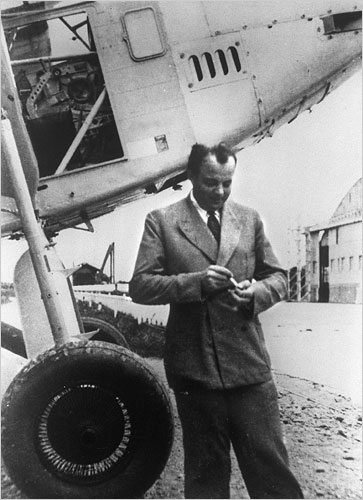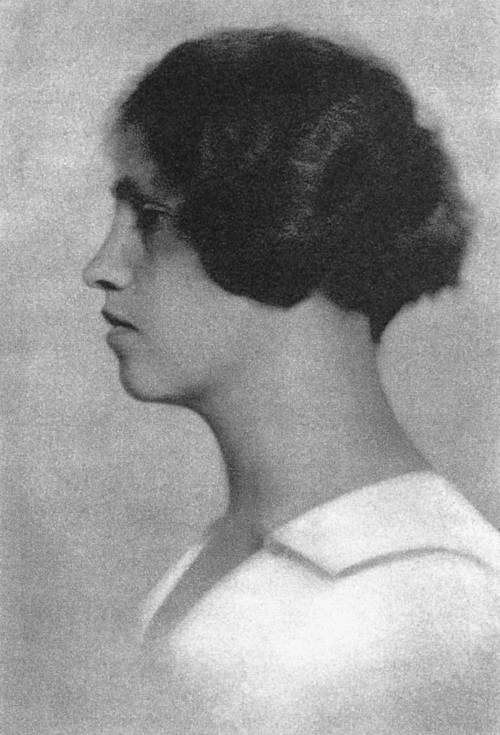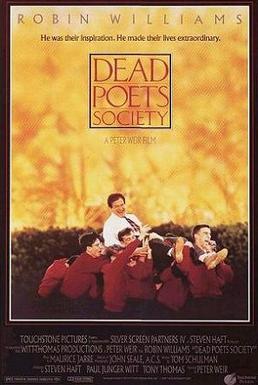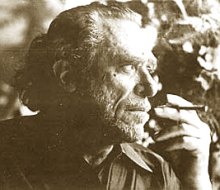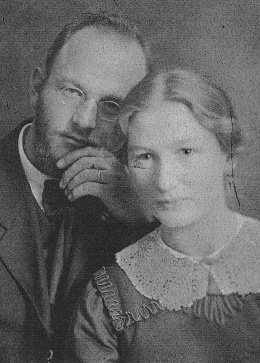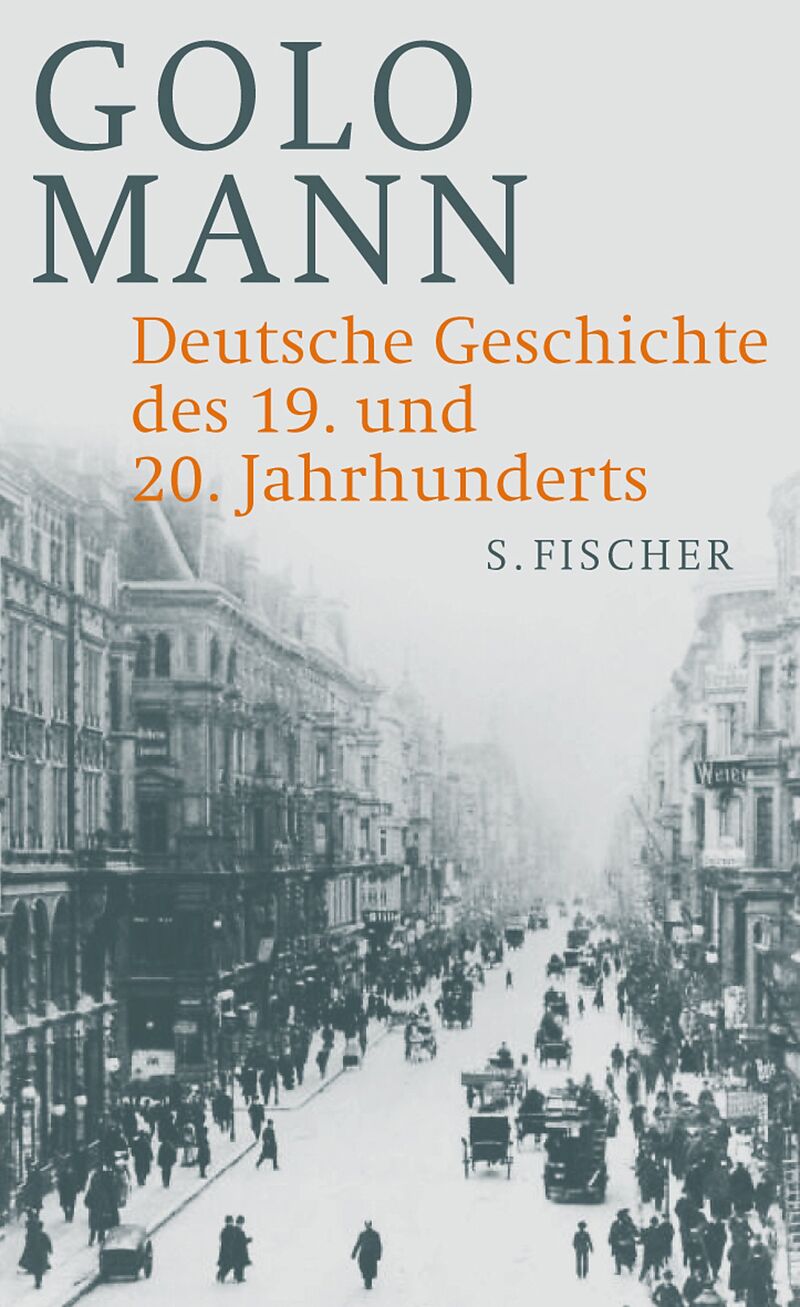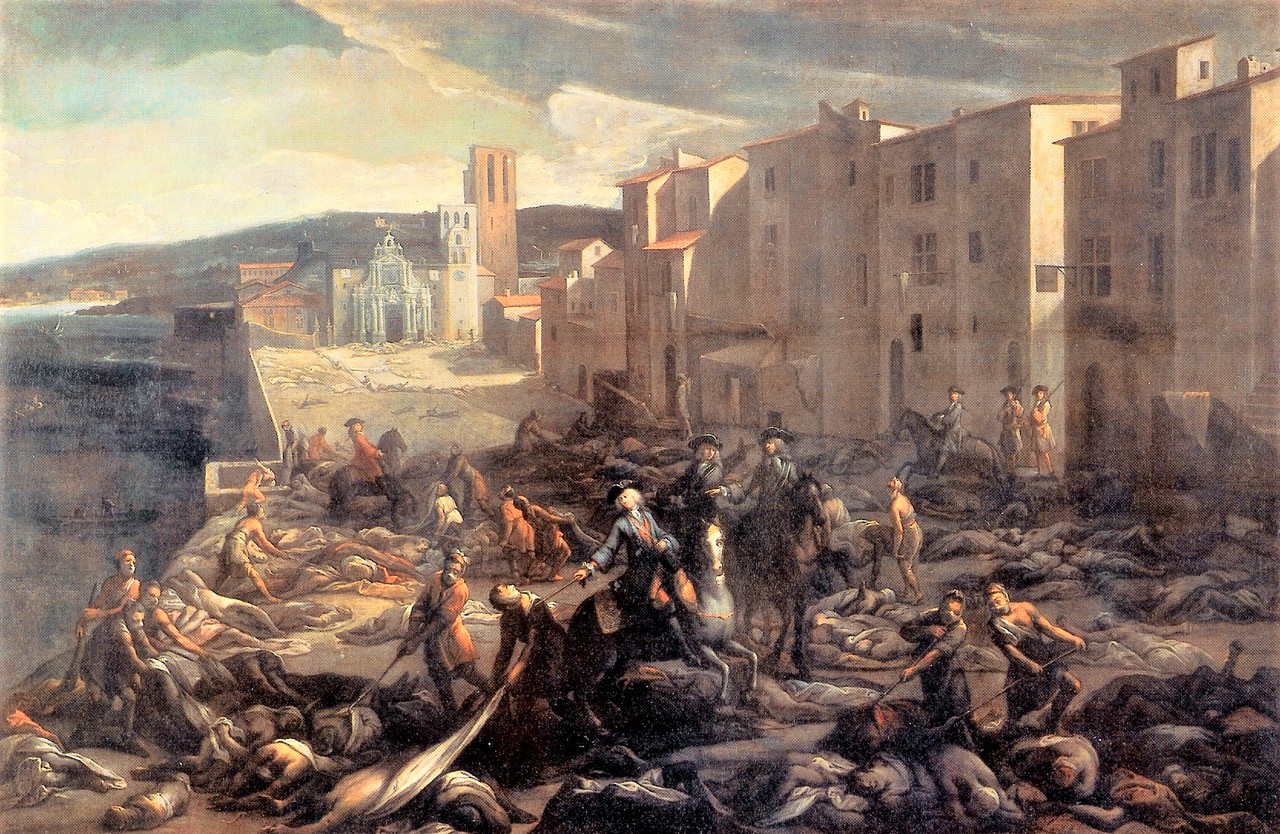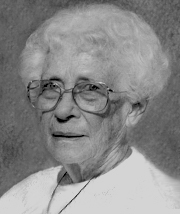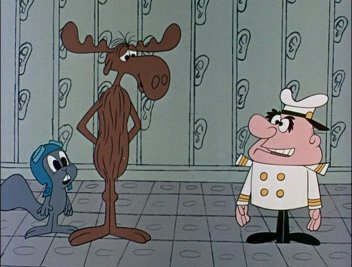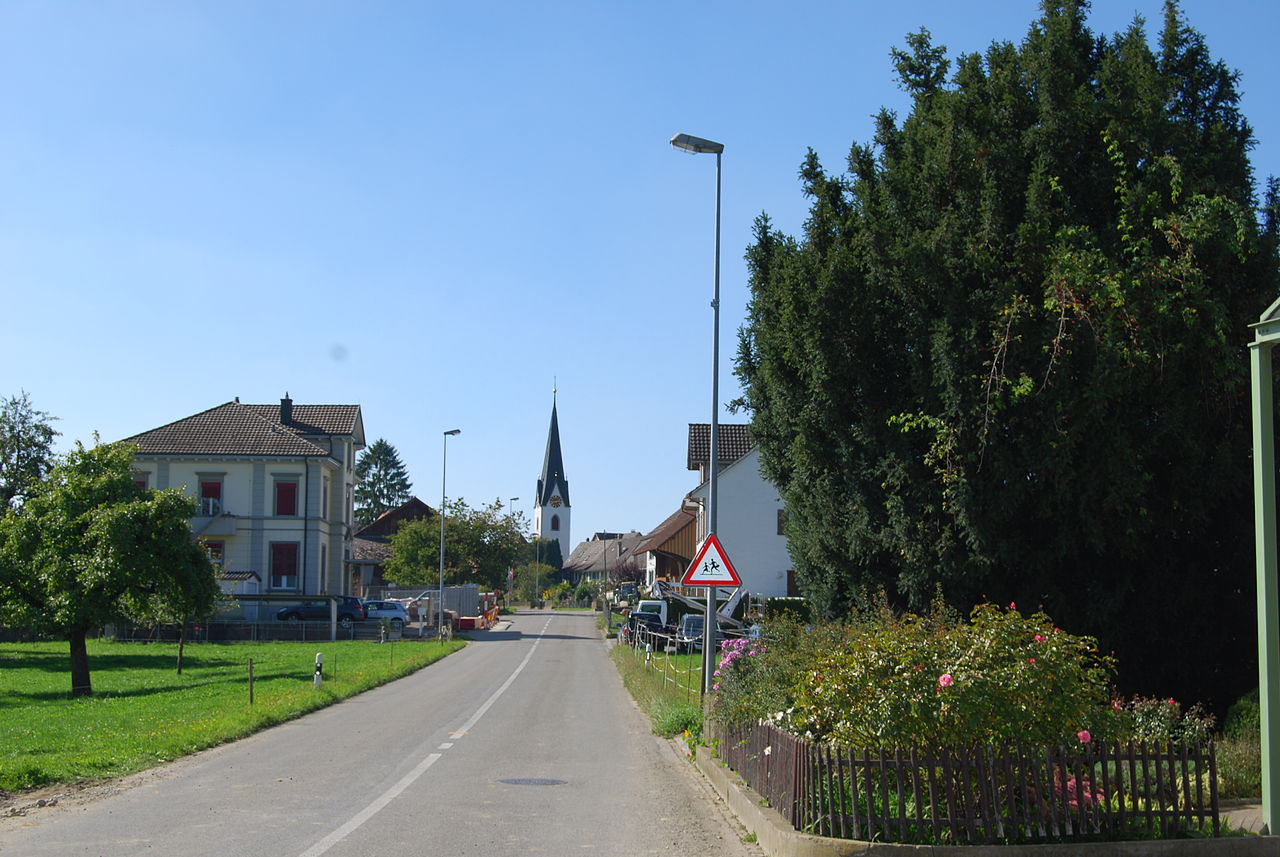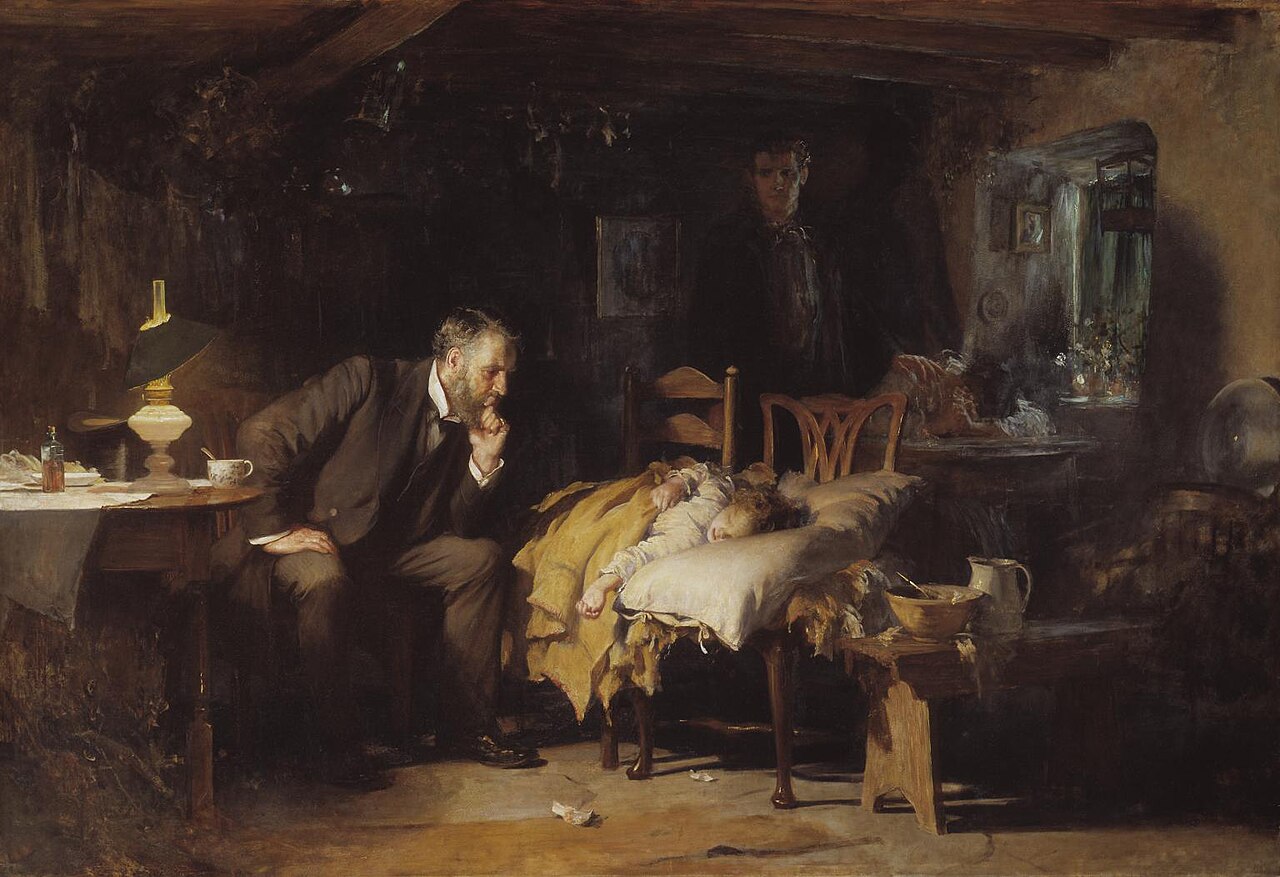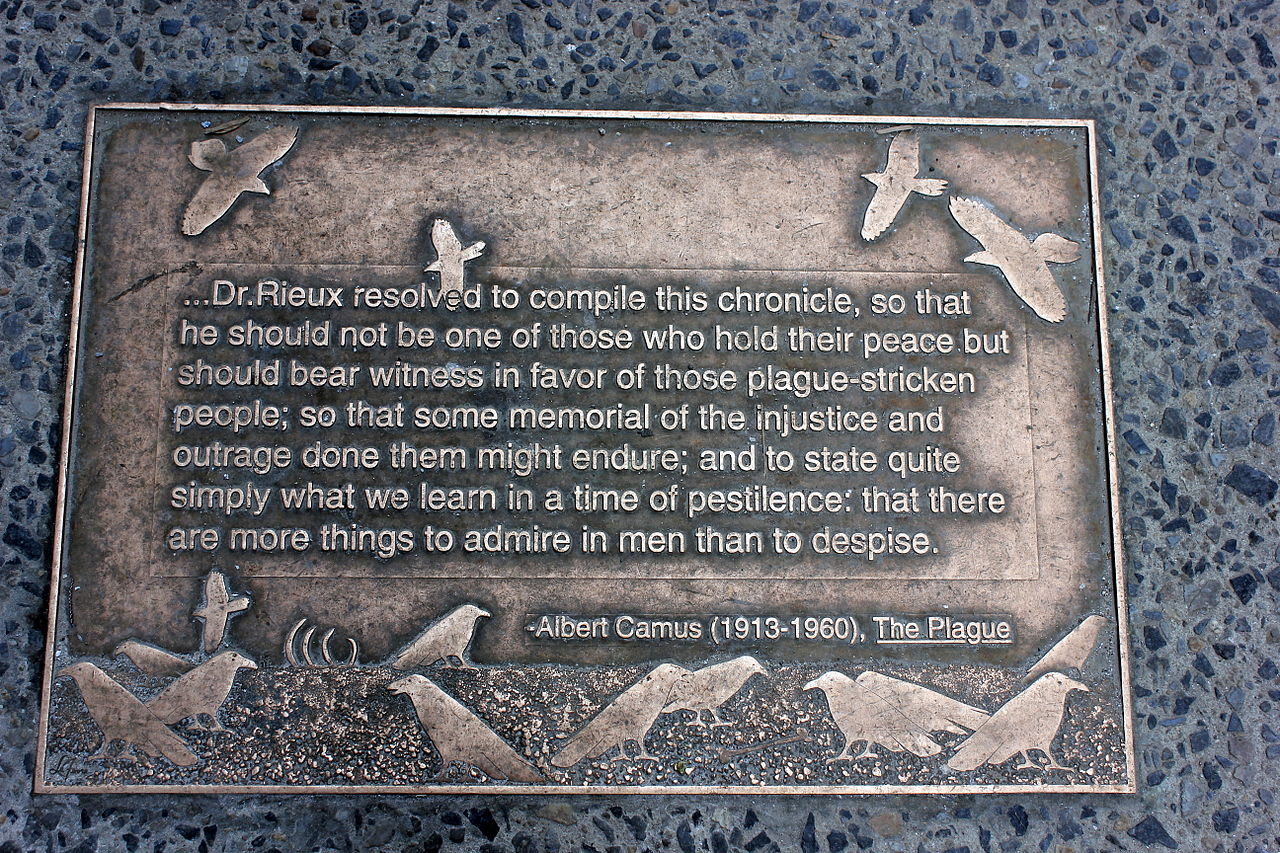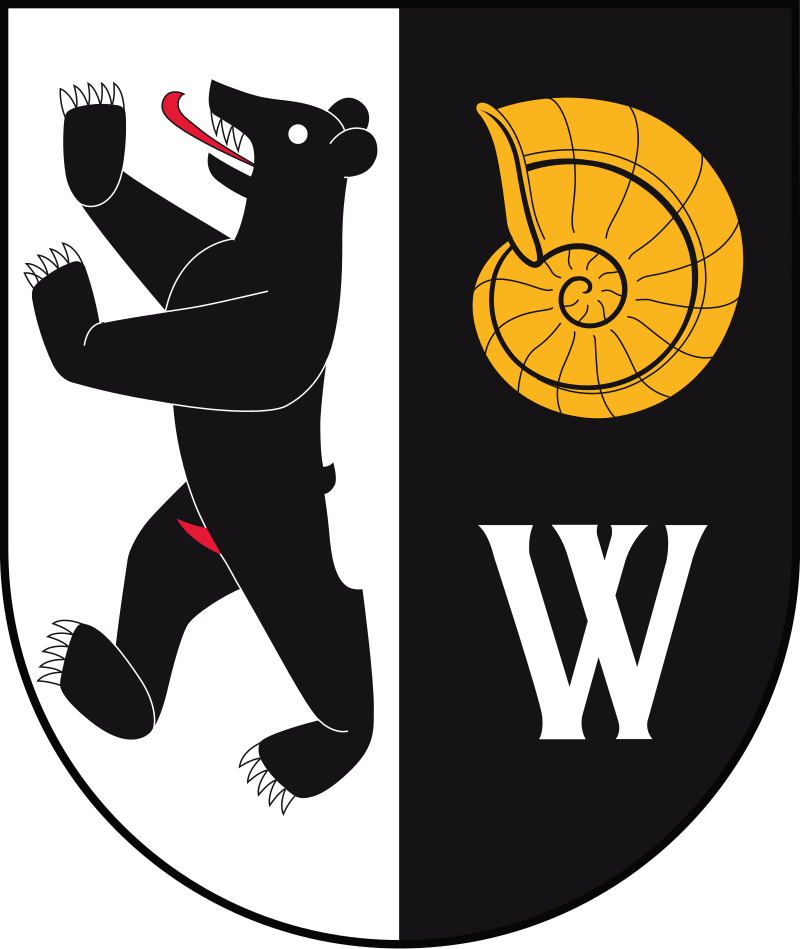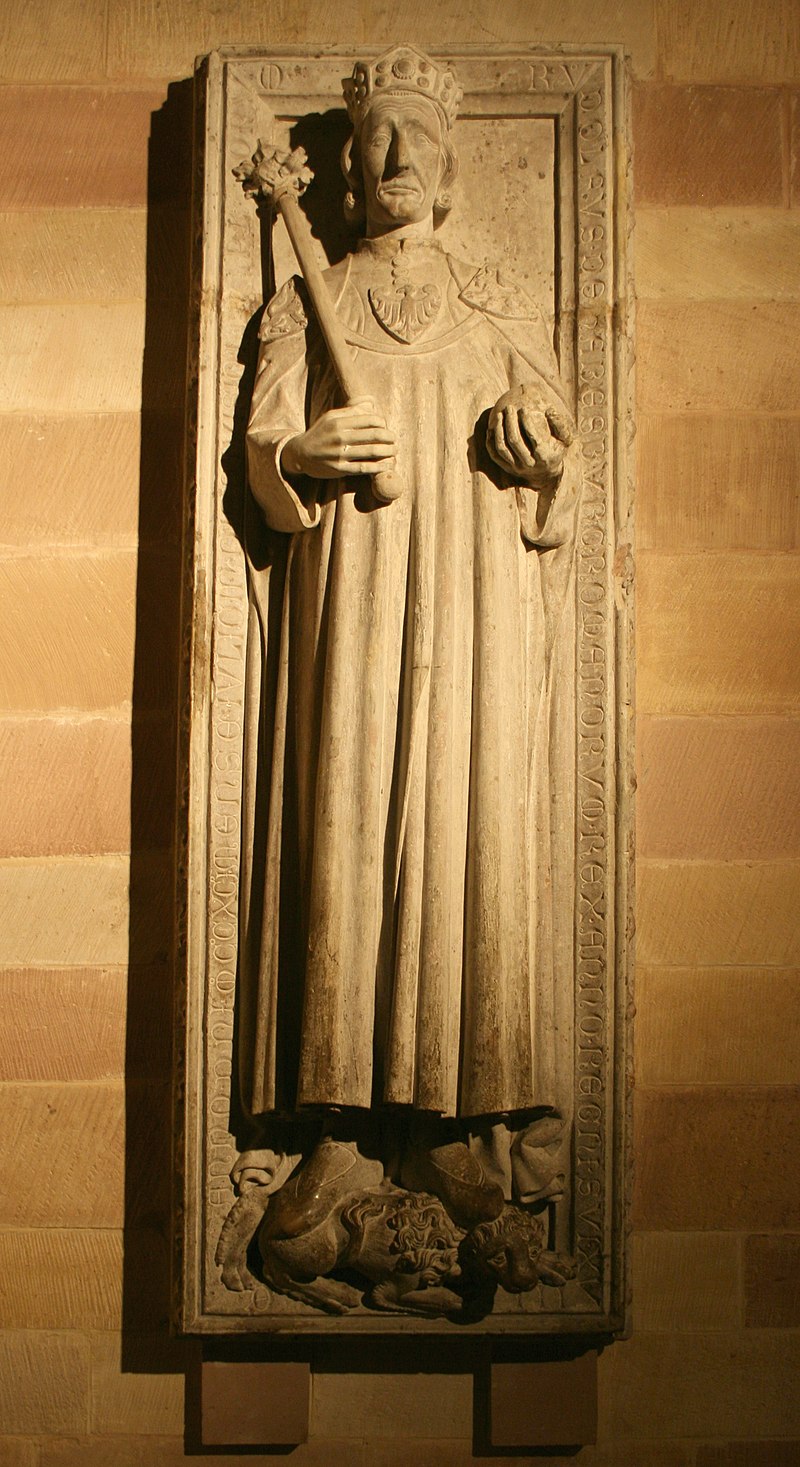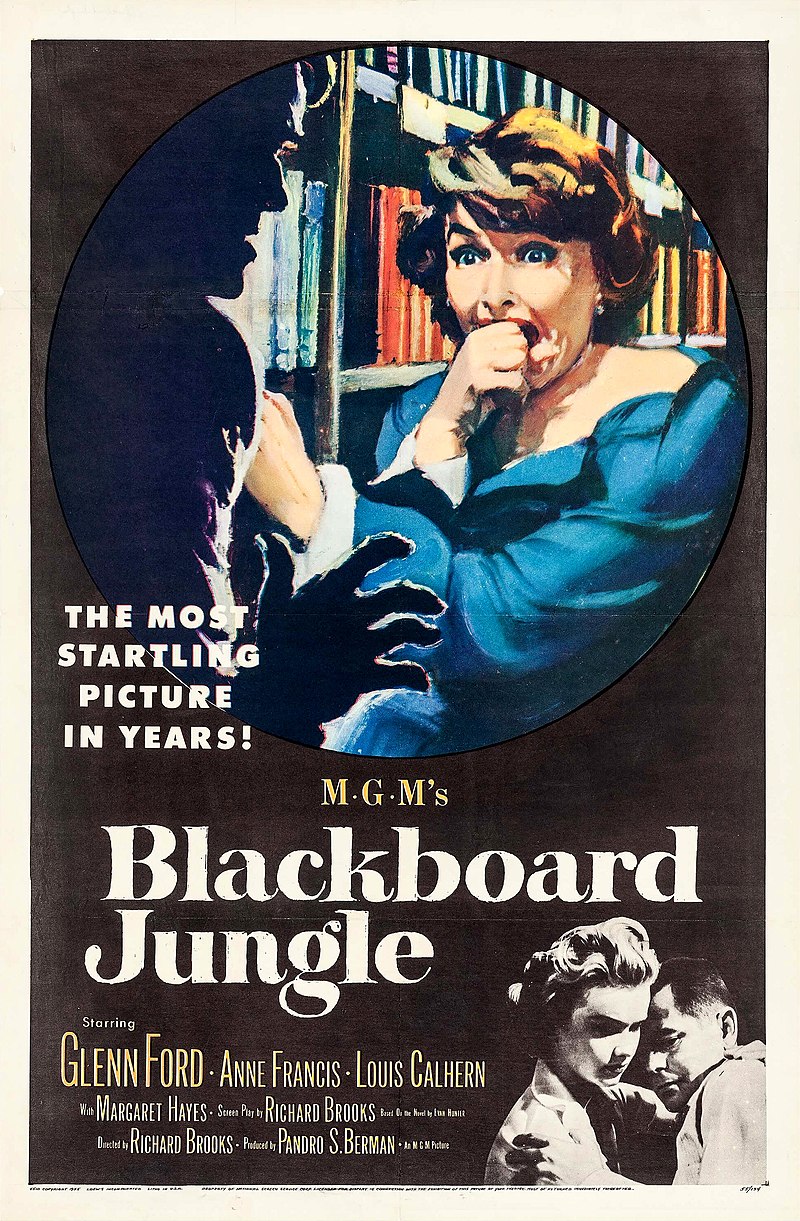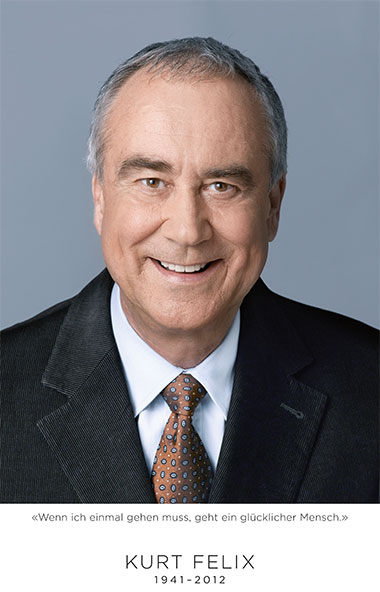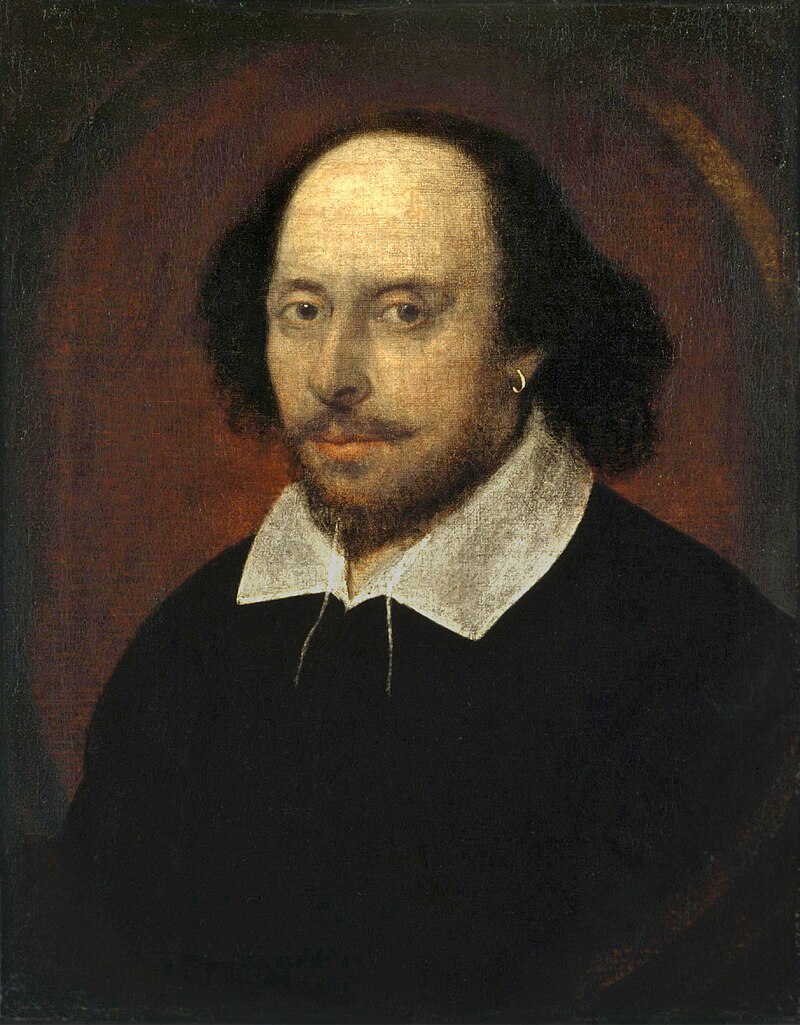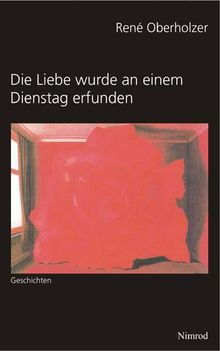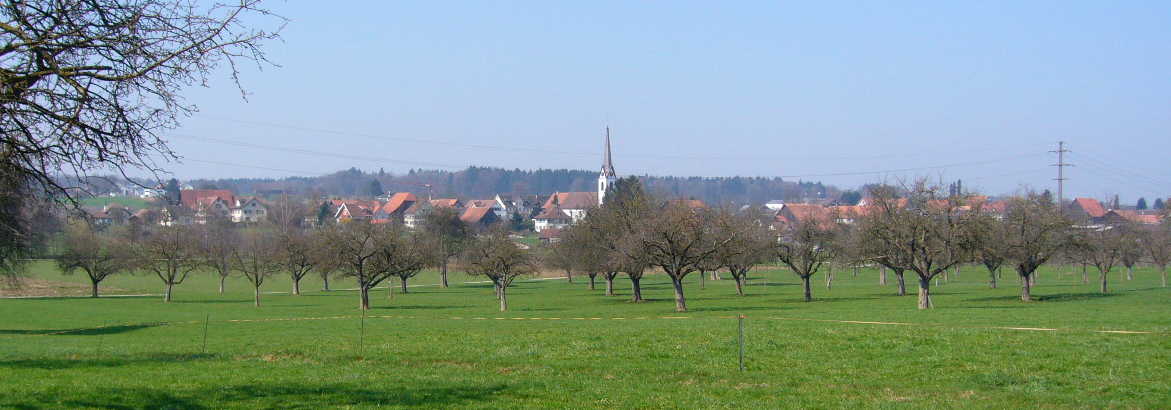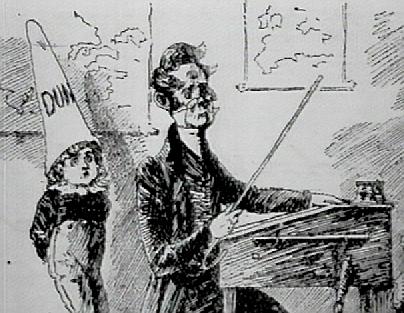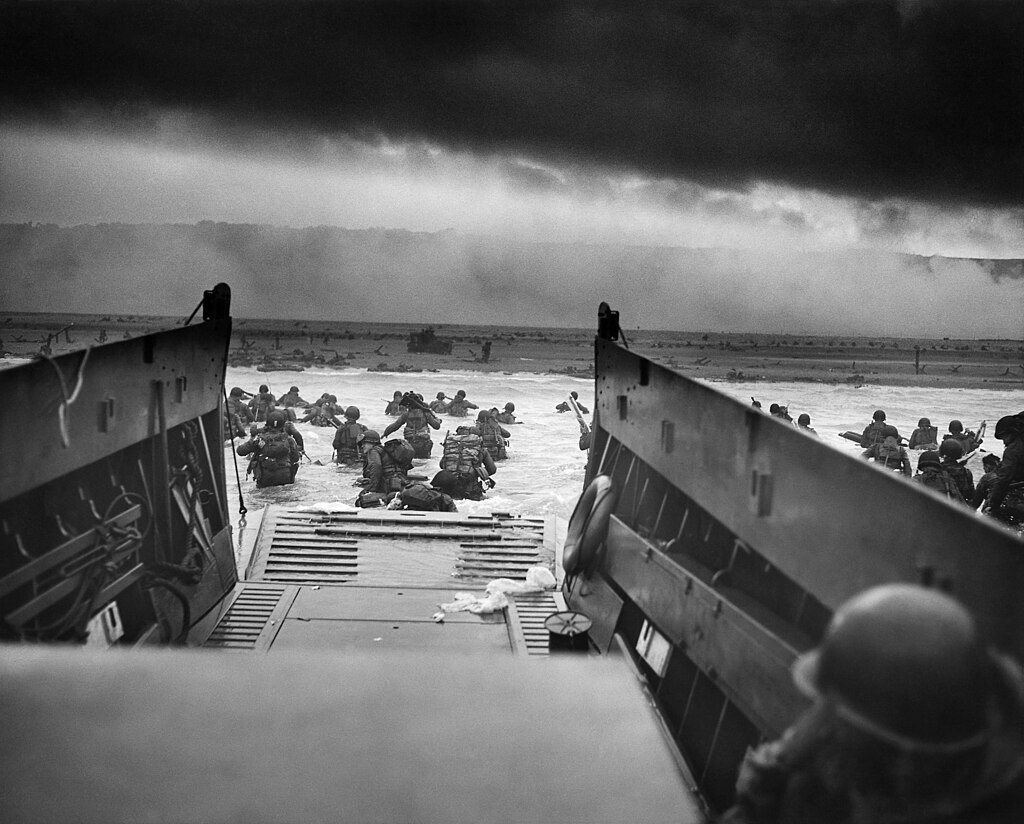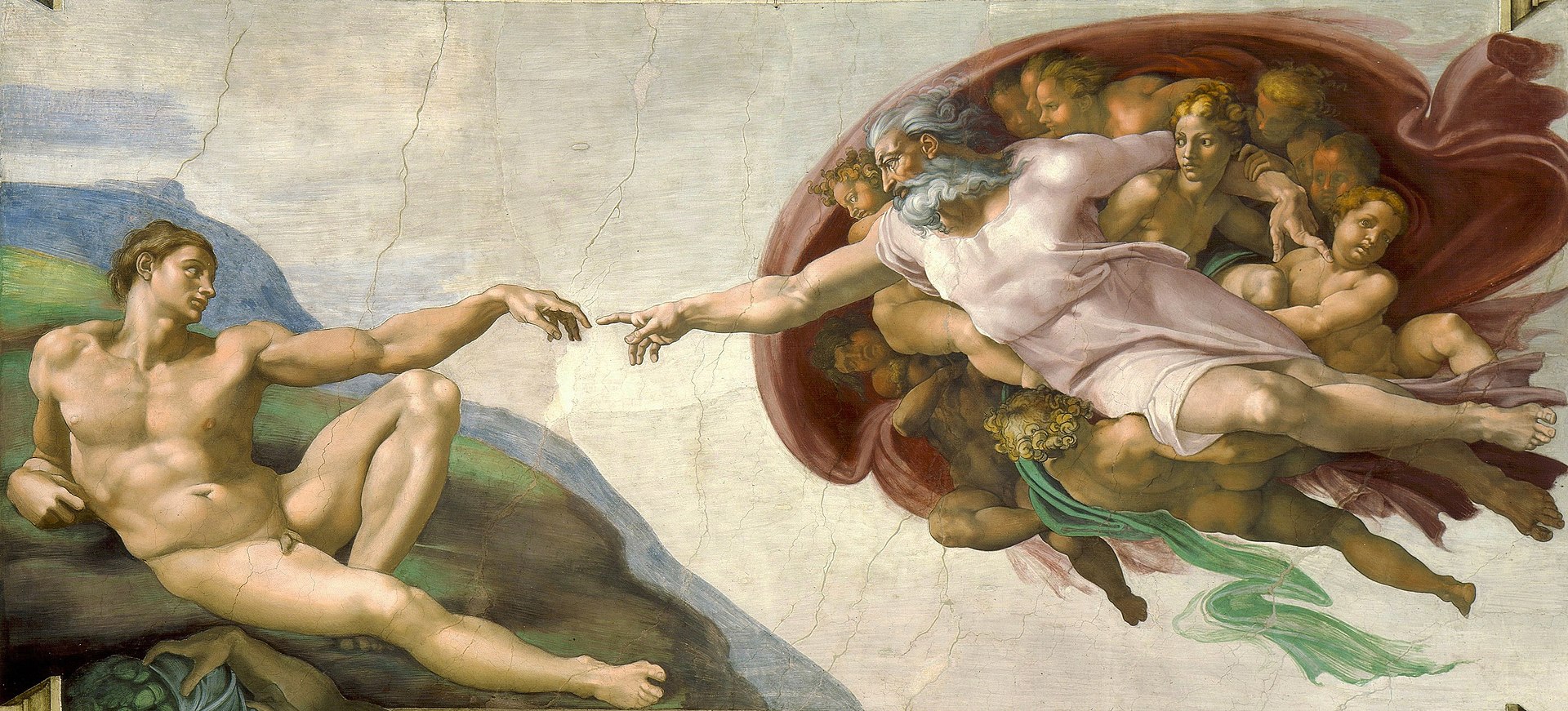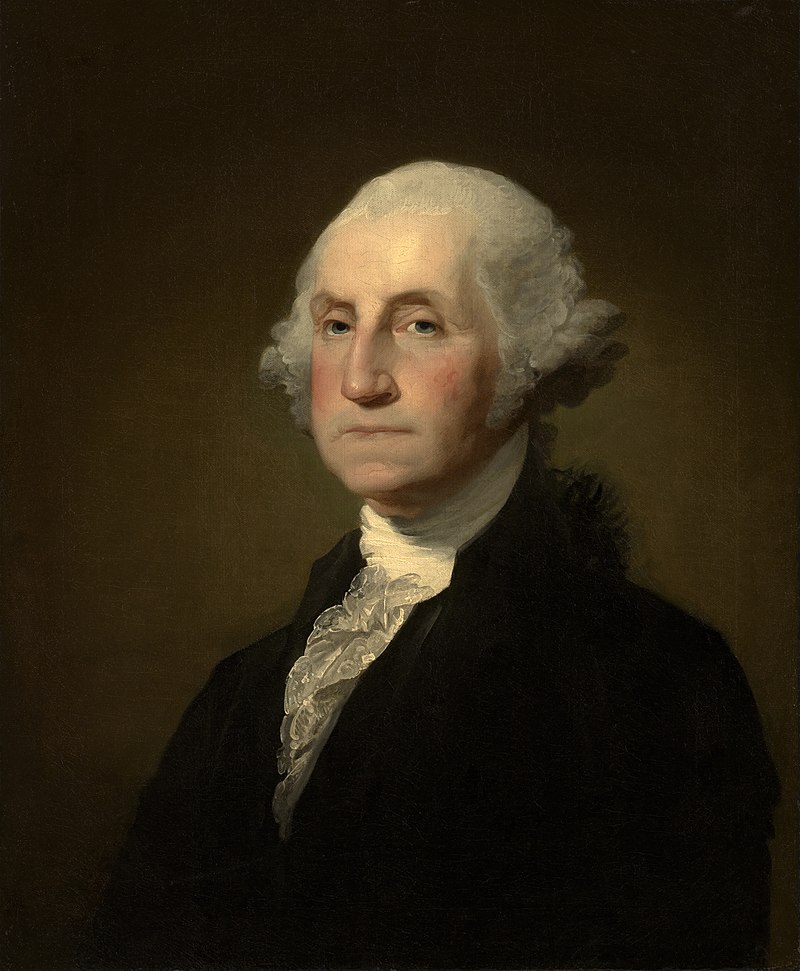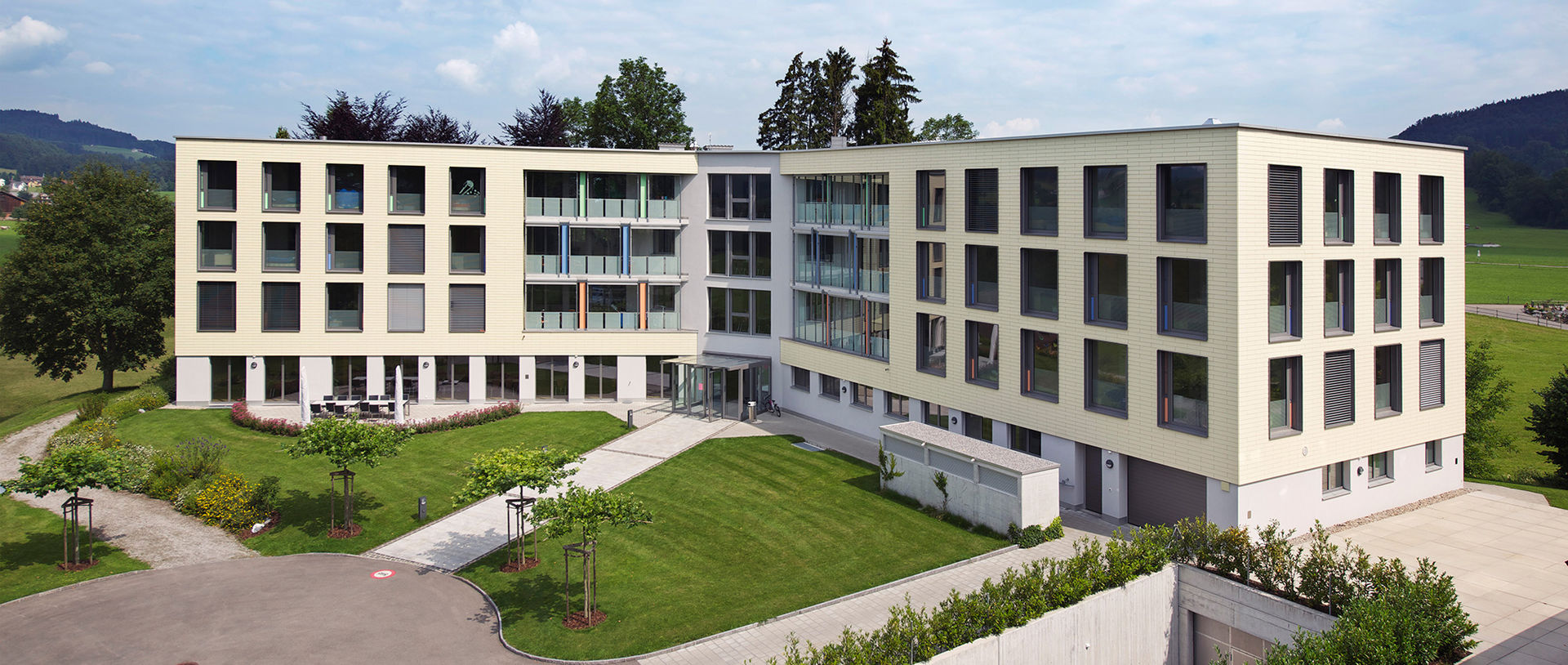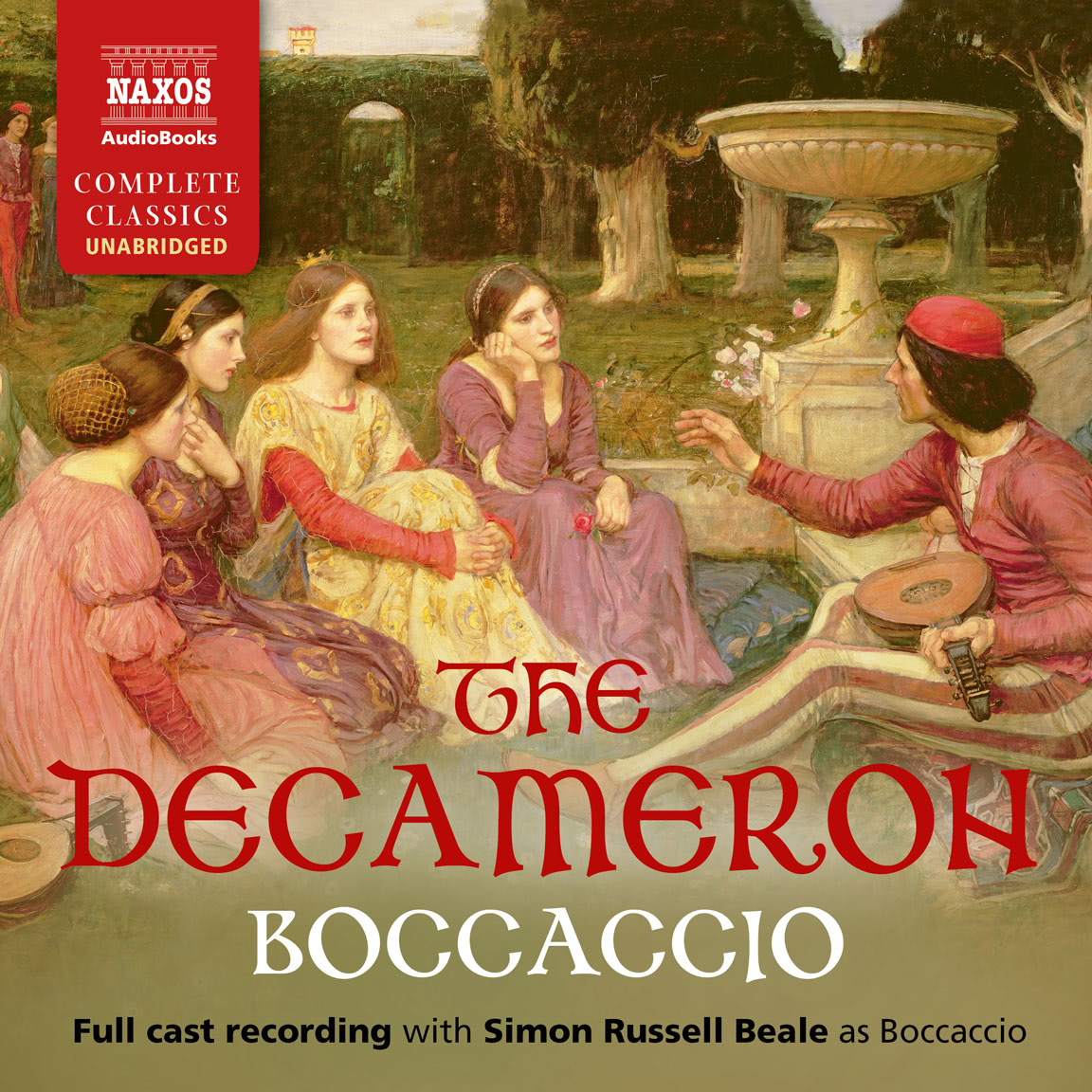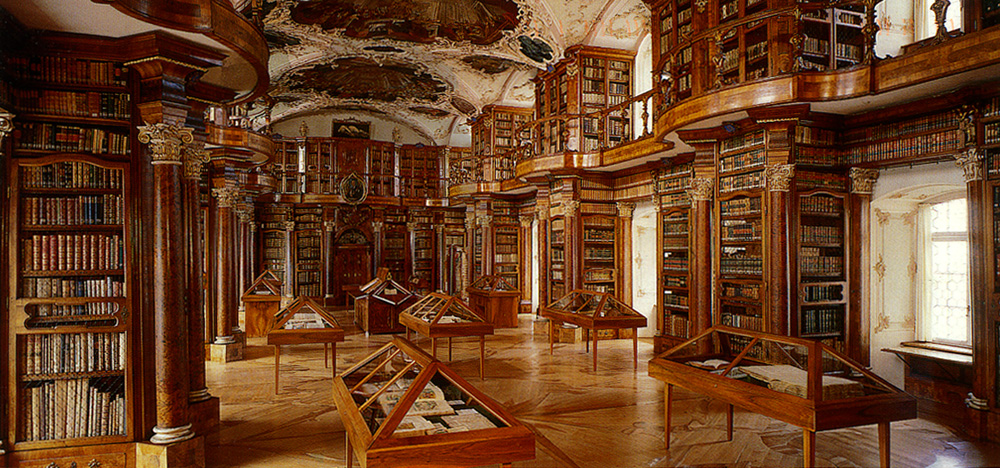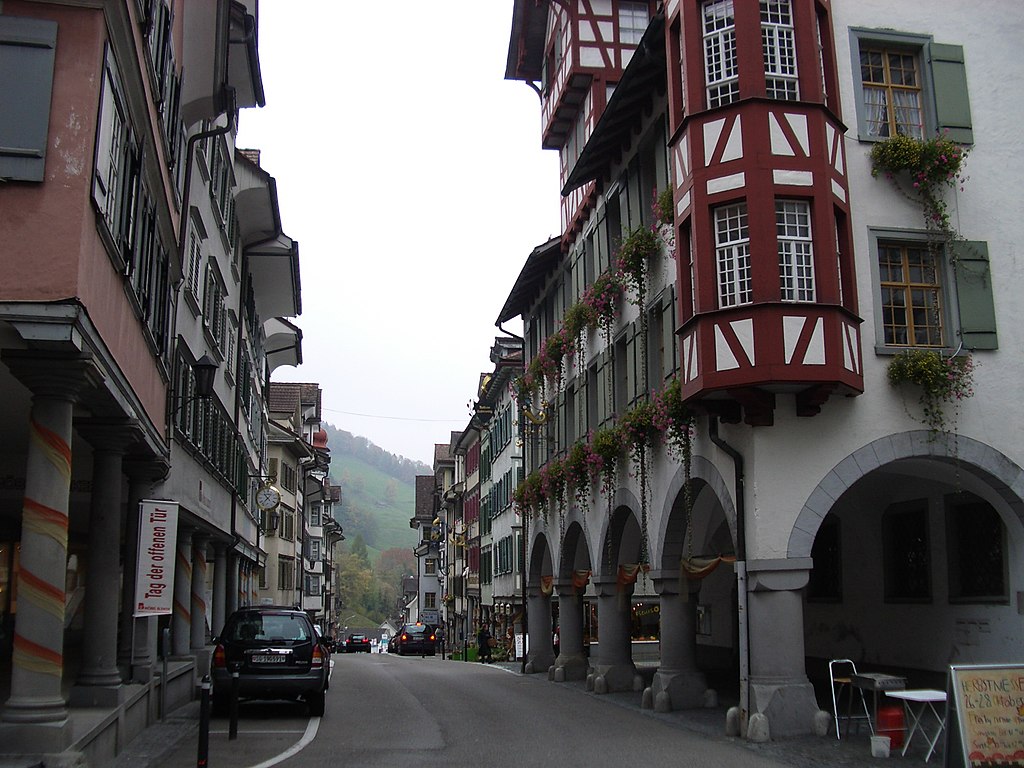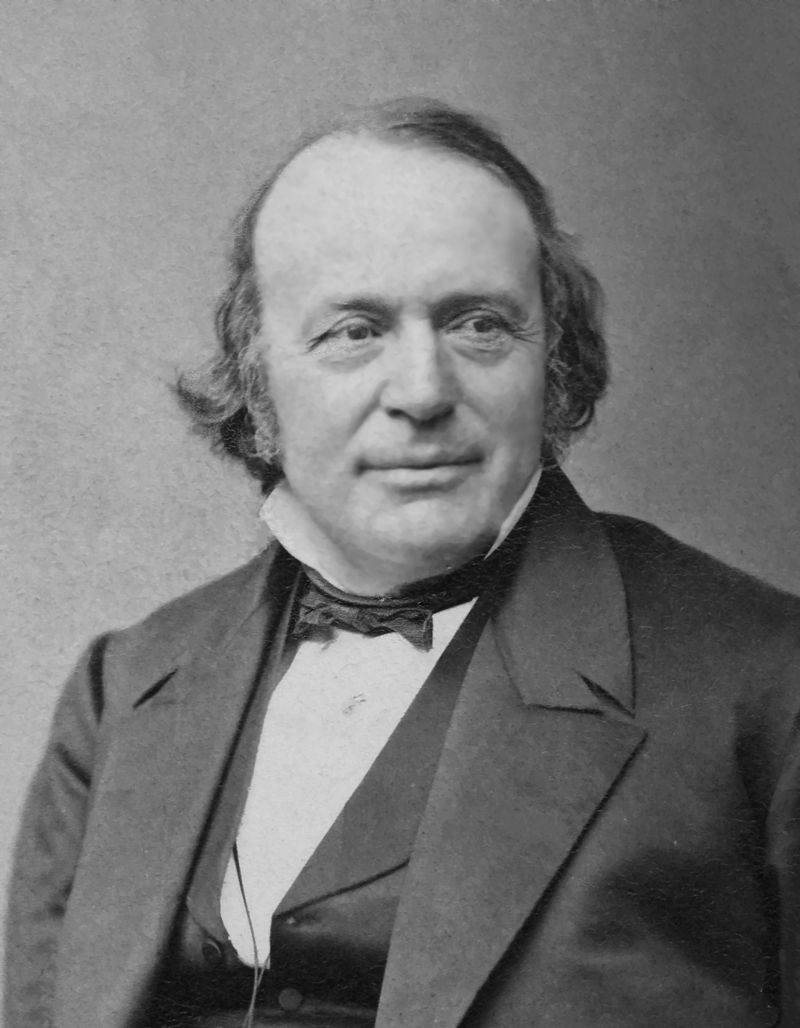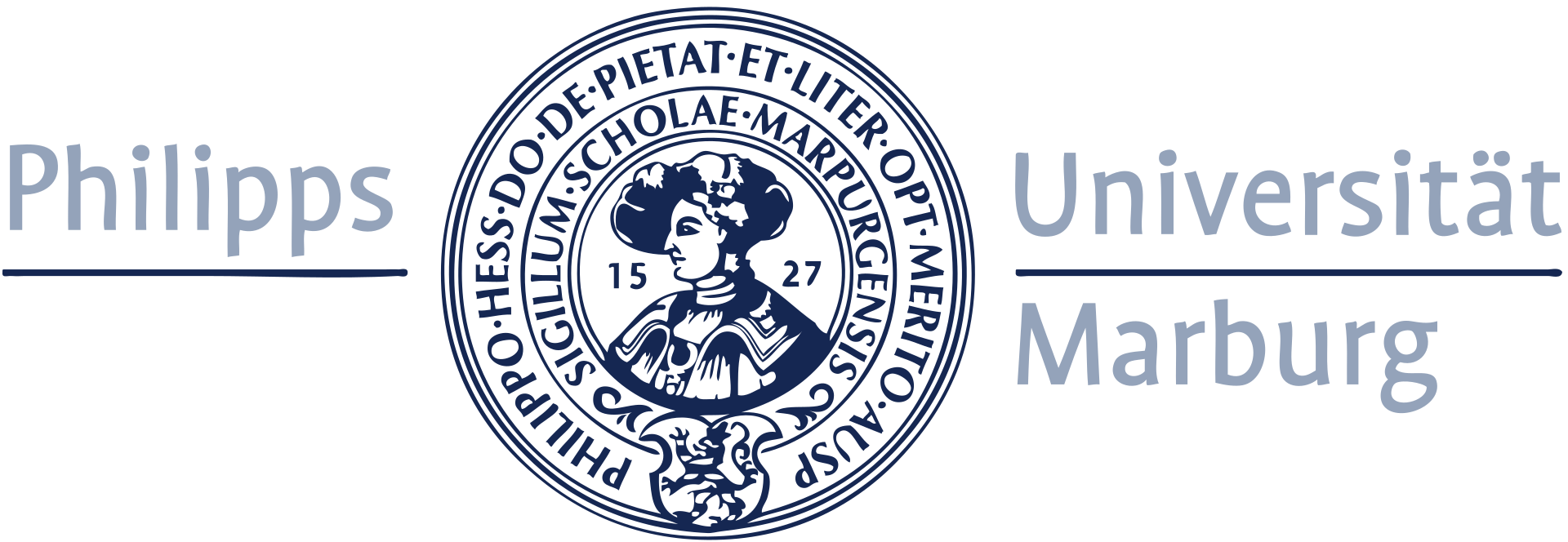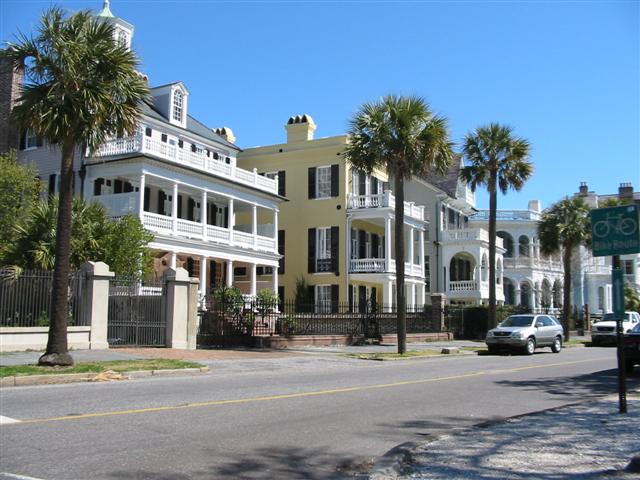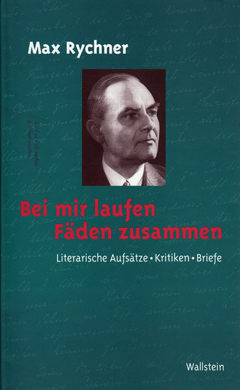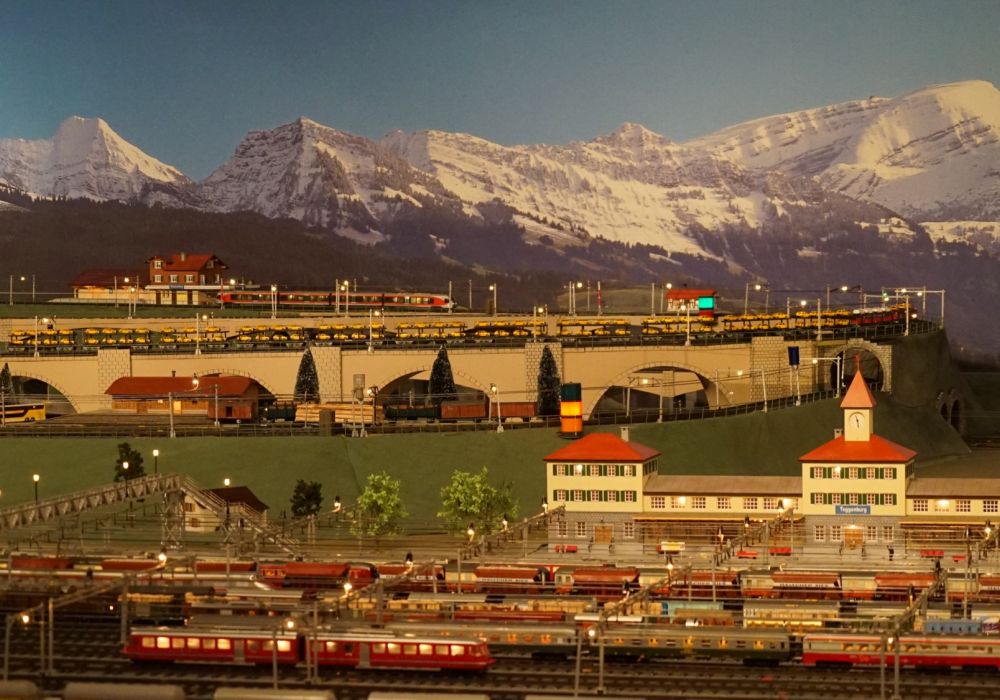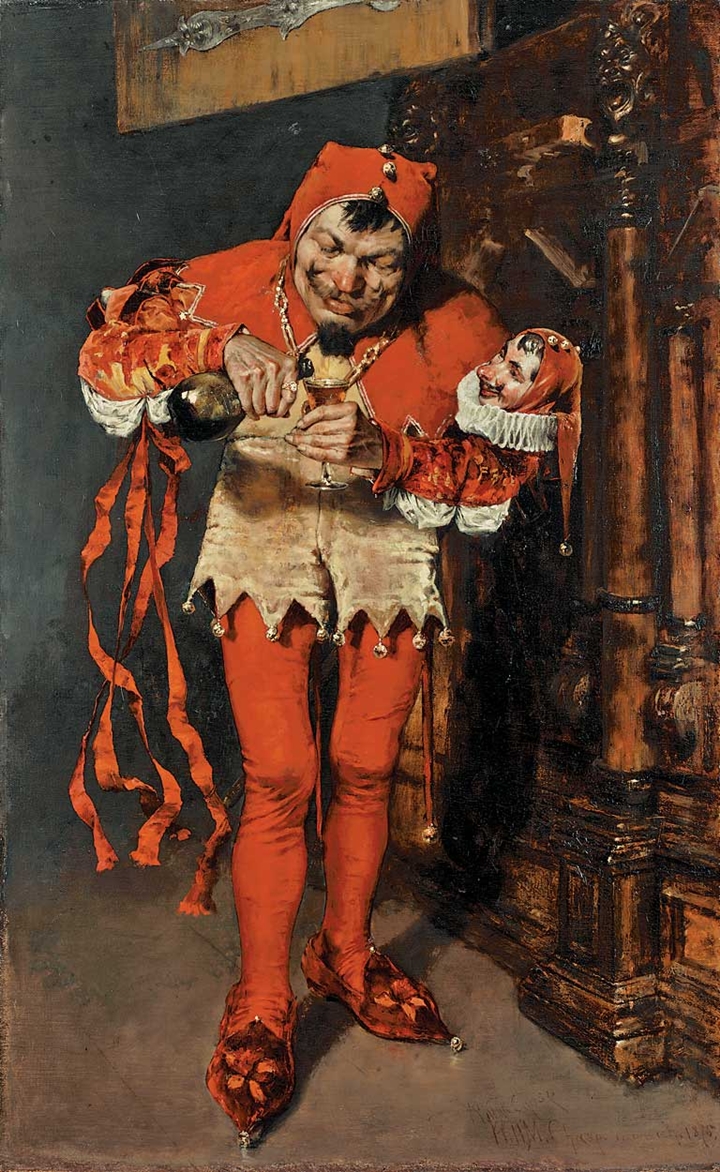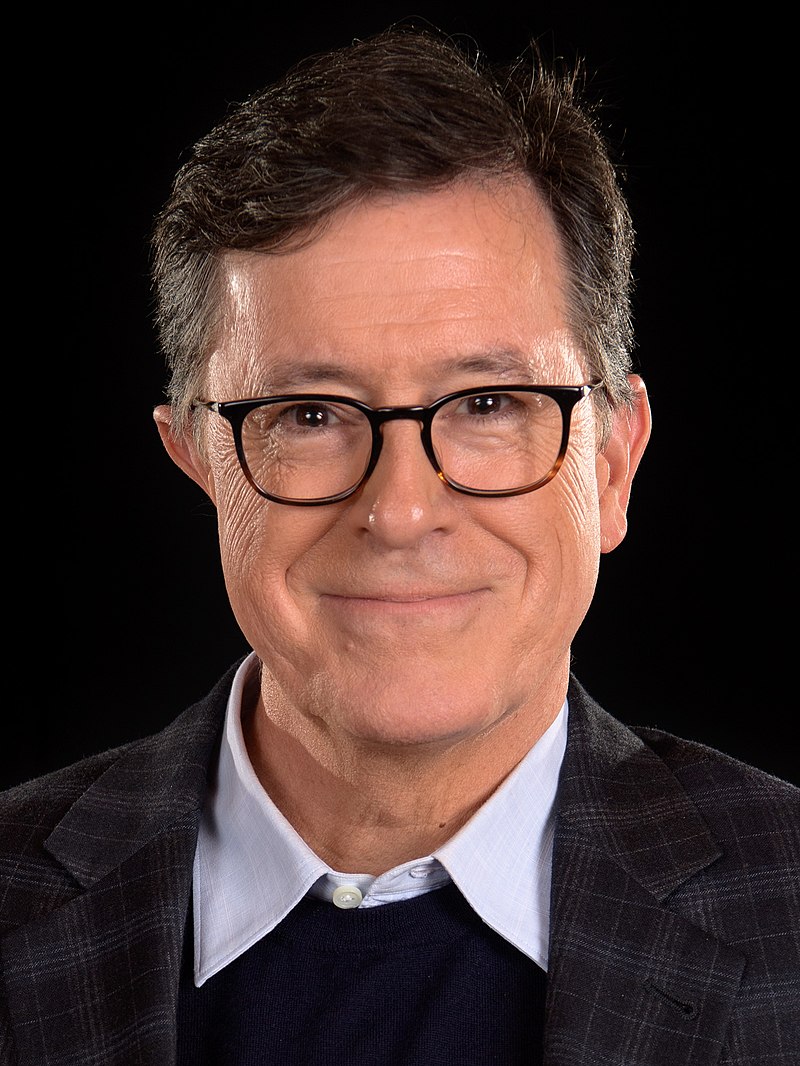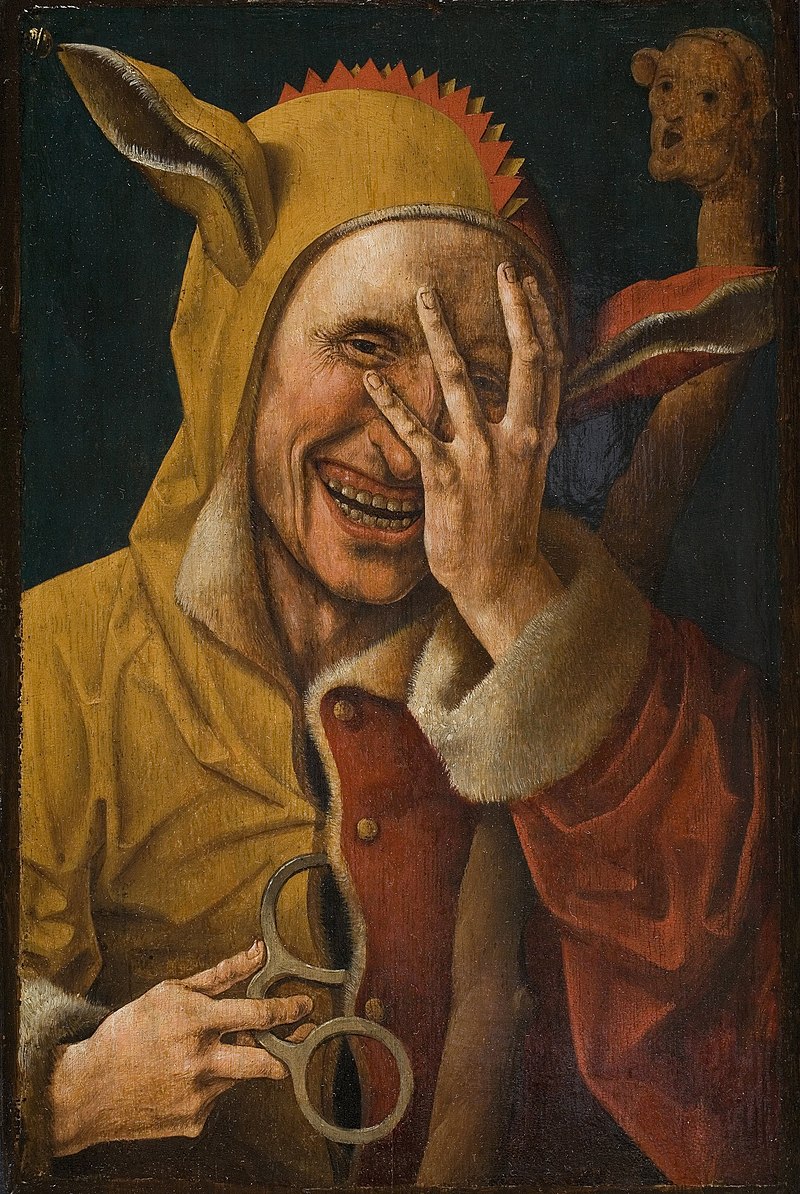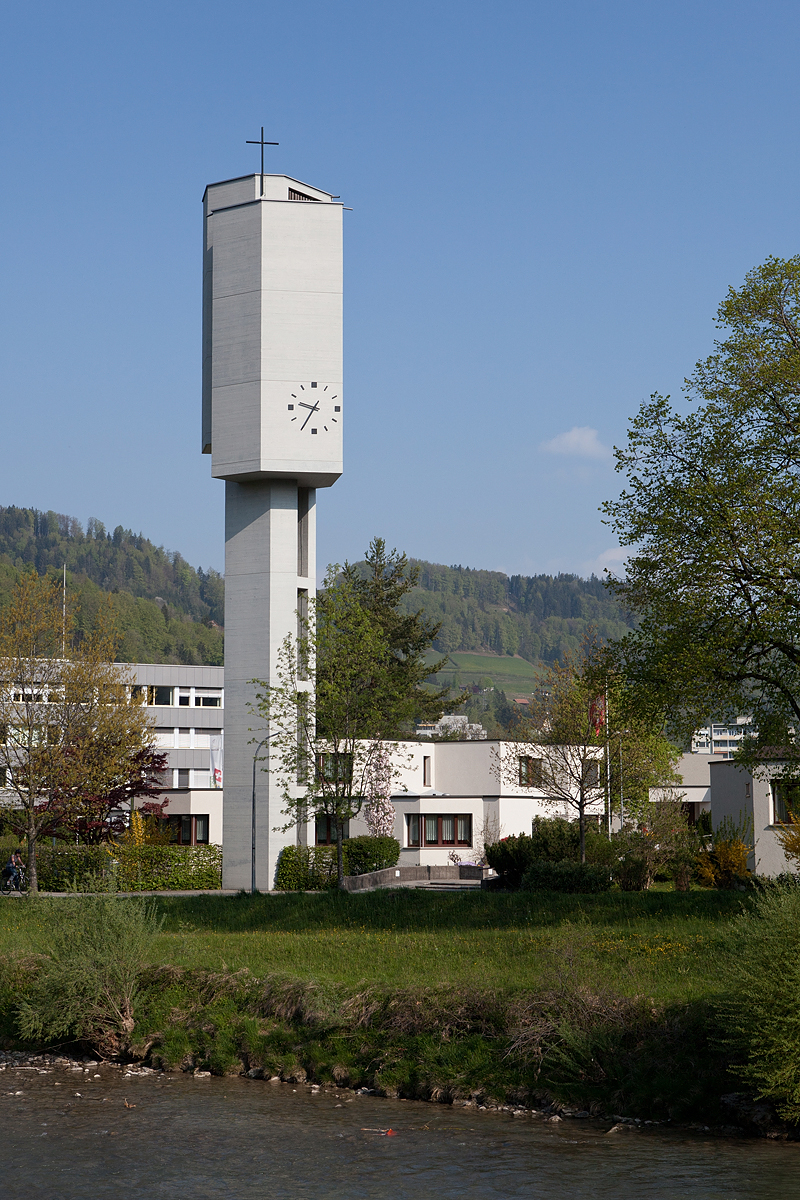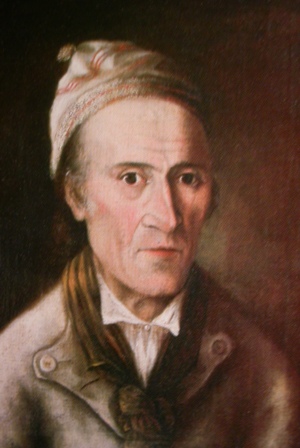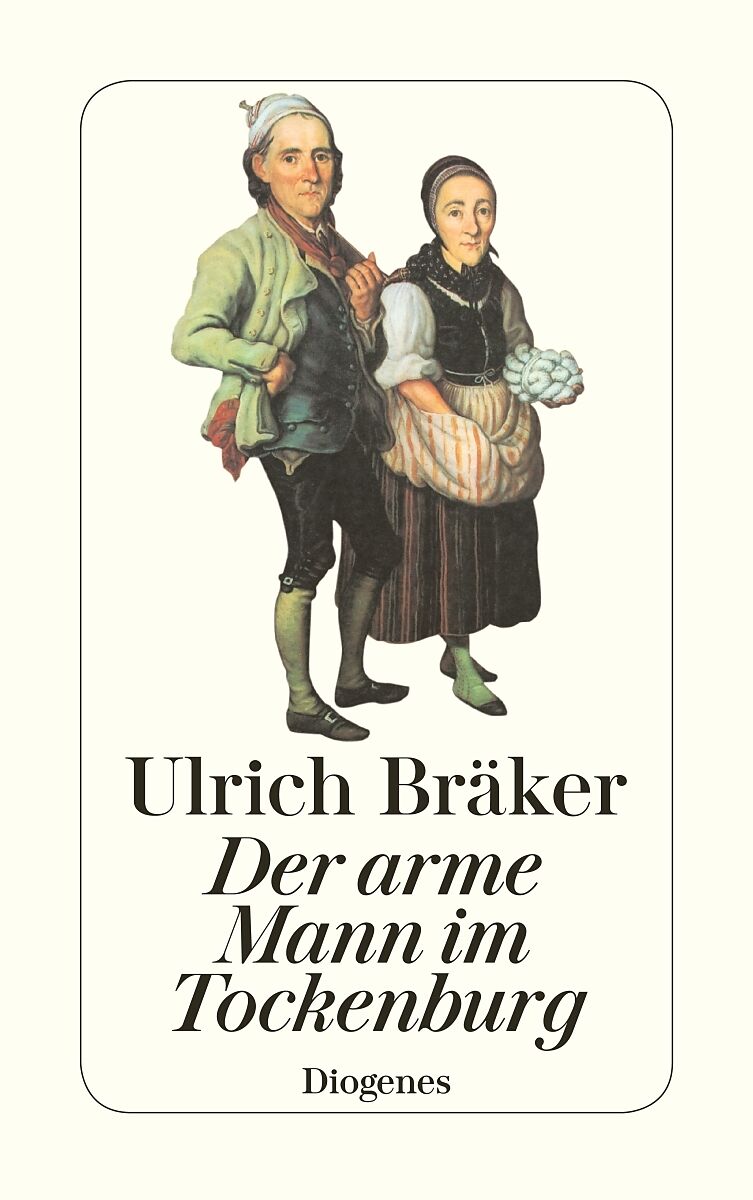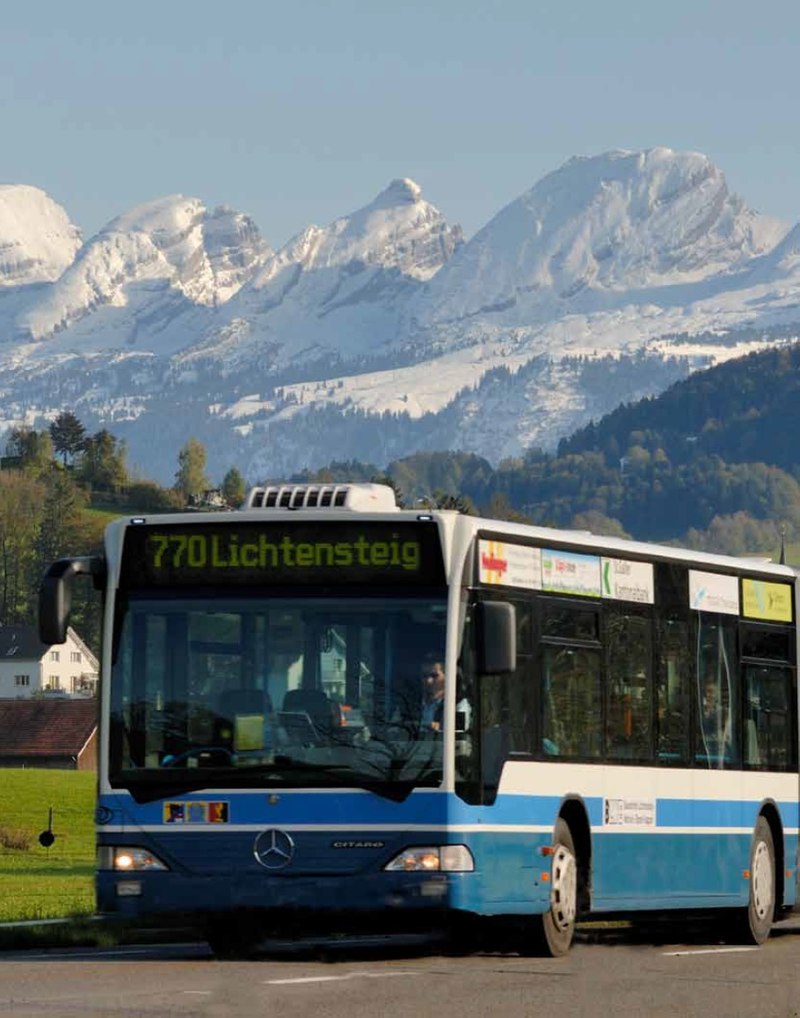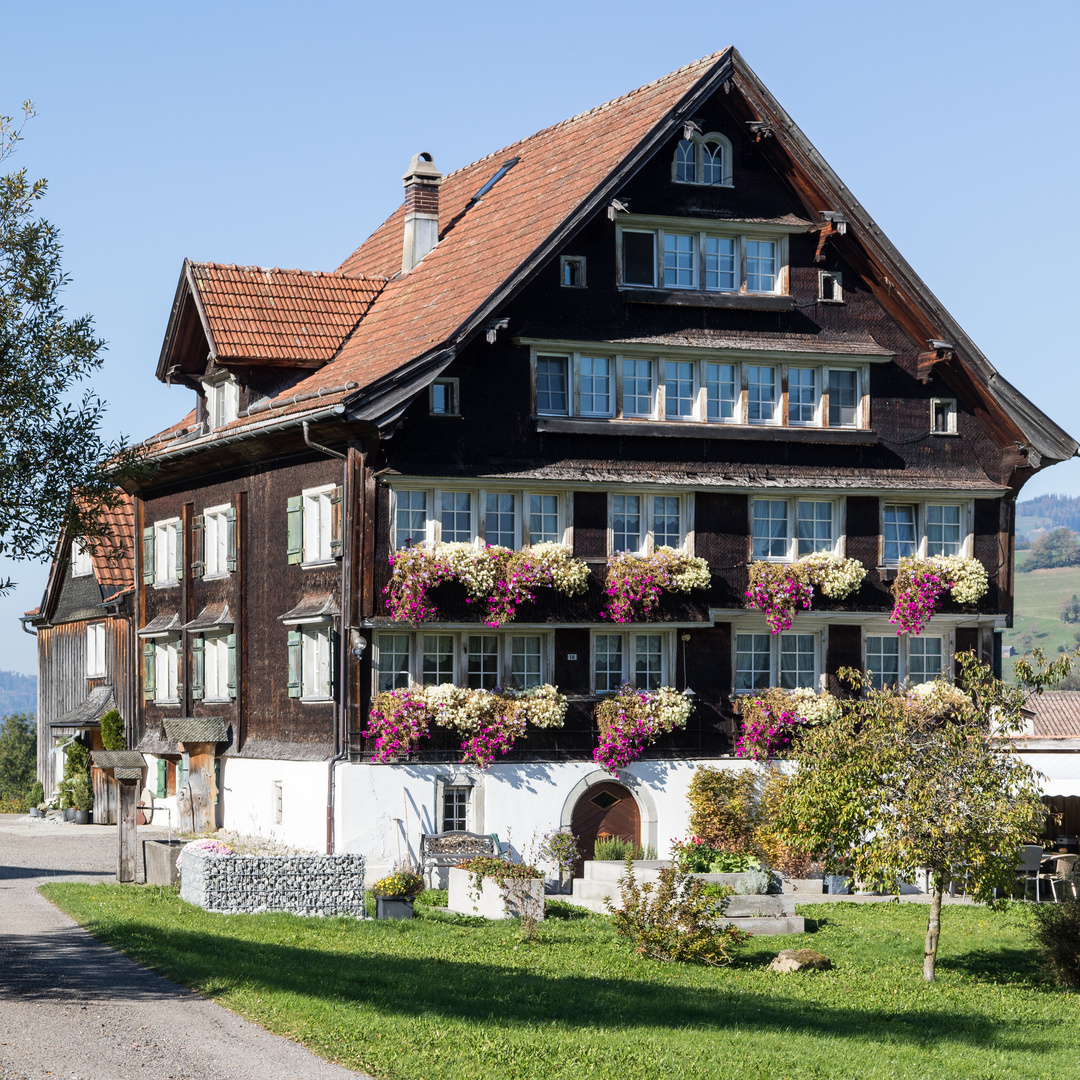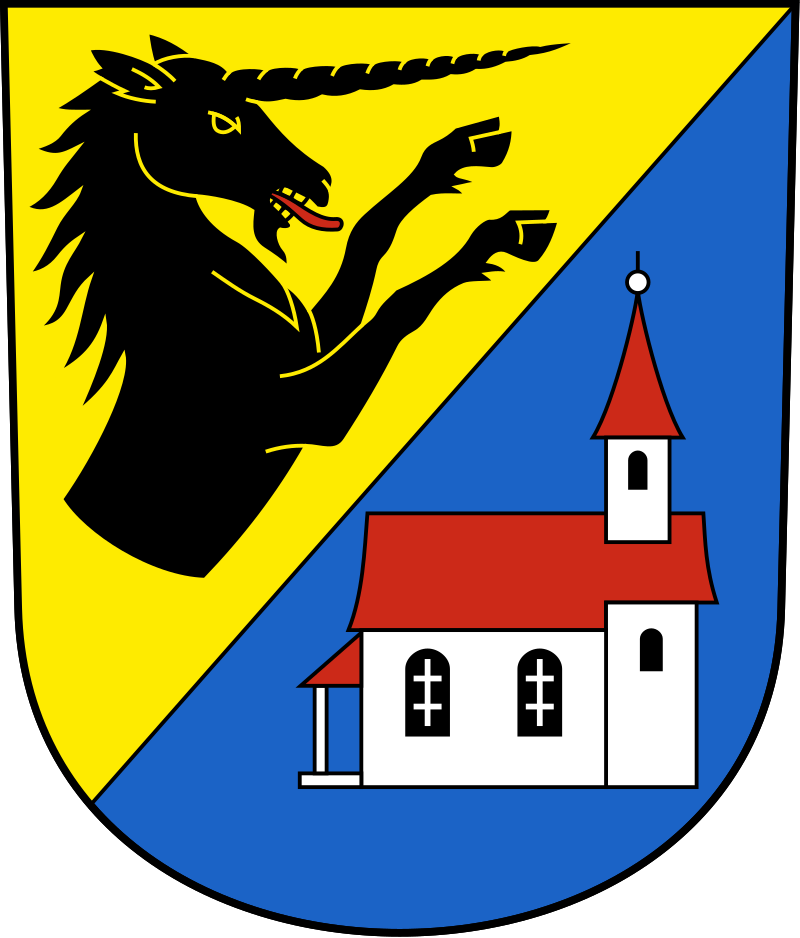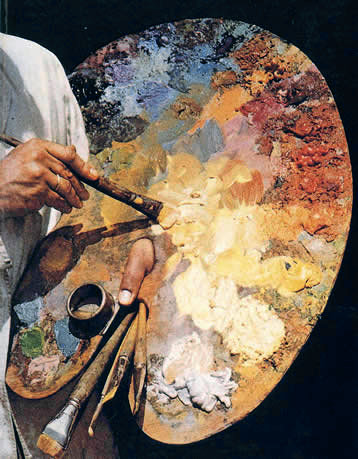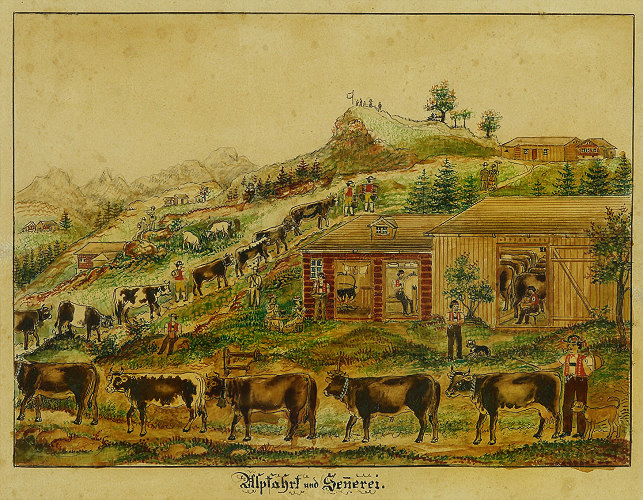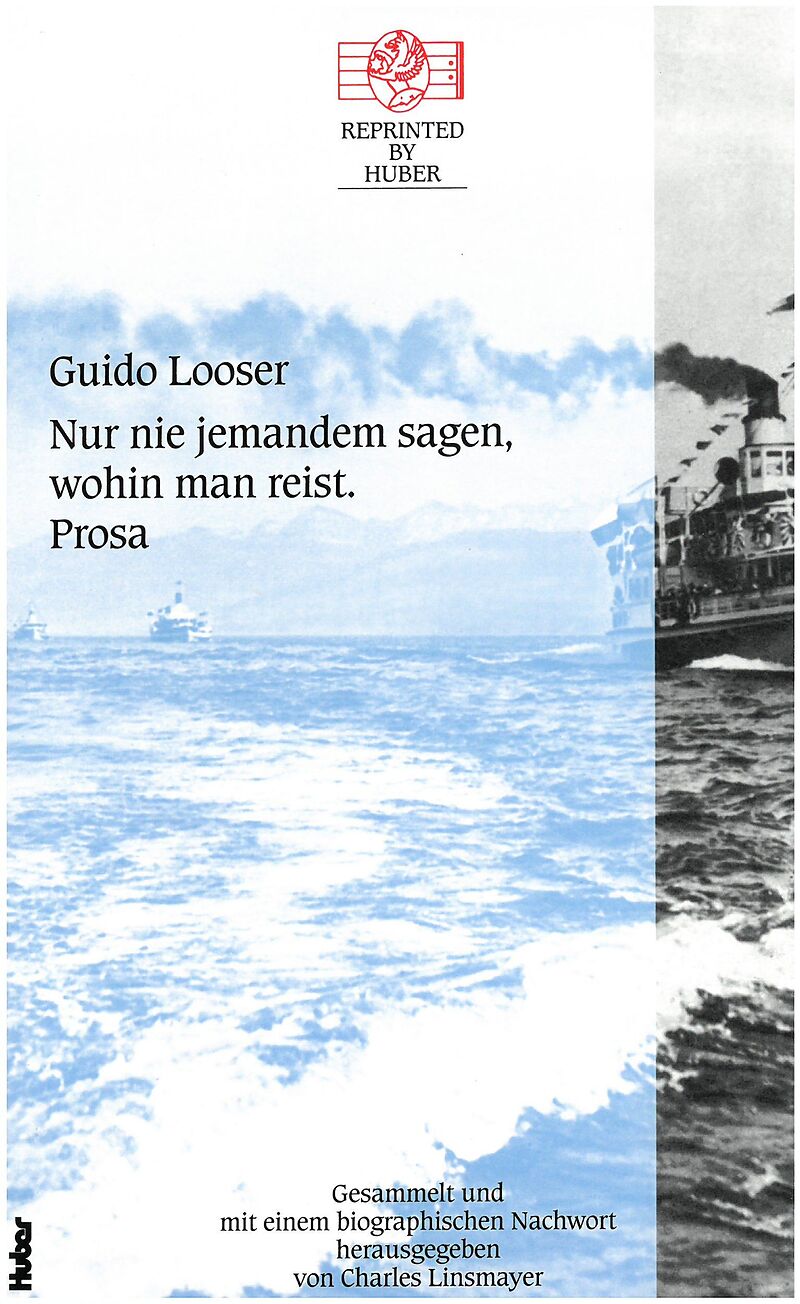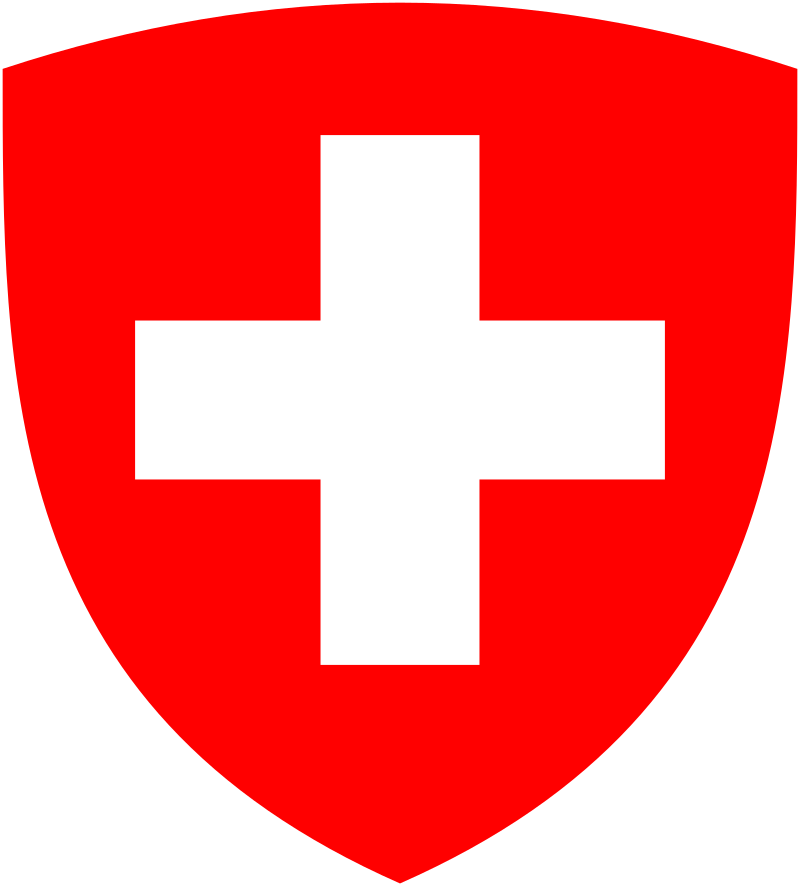The right rites?

Eskişehir, Türkiye, Sunday 21 August 2022
More than a century ago, wanderlust was not a desirable trait.
Instead it was considered a psychological condition.
Albert Dadas was the first man diagnosed for “travelling obsessively, often without identification or a specific reason for why he was travelling” in France in the 1890s.
Dadas would become one of many in the epidemic of Frenchmen who were locked up for wandering, be it across borders or continents, with no apparent destination or set plan in mind.
These men, when caught, would be put into a jail or a mental asylum.
They were eventually diagnosed amongst professionals as “pathological tourists“.
These diagnoses would continue in France for 23 years, from 1886 to 1909.
The epidemic would eventually have cultural repercussions for its misuse as a convenient diagnosis rather than a true psychiatric condition.
Doctors would label men as pathological tourists for any behaviour that were seen as outside as social norms.
Left your wife?
Pathological tourist.
Left the army?
Pathological tourist.
Quit your job?
Pathological tourist.

As I sit down to write this blogpost, I have recently just returned to my apartment from a month of mostly travelling.
I feel hazy and disoriented.
I look around my living room and I am reminded that I am back to reality.
A physical reaction to this realization: a rush in my chest, followed by…..
Absolute nothingness.
The escapism I had sought and found when I was away is now merely a memory.
I find myself imagining where my next escape will be.
To wander the world with no apparent destination in mind.
I rarely stop to consider the intent behind my travels.
I believe that travel makes us interesting.
Is that why most people travel?

“Any active participant in modern day society is prone to a series of low level addictive behaviours, checking our phones, finishing shows we don’t like, travelling not because we want to but because we want to be able to say that we went.
We are looking for diversions.
Freedom is not having more brands of cereal to choose from or more beach vacations to take selfies on.” (Mark Manson, Everything is F***ed)

90% of young travellers share their vacation photos on social media during their trip.
#Wanderlust has over 108 million posts on Instagram.

Travel is an entirely beautiful and enriching facet to life, but why do so many of us travel today?
Perhaps travel is a quick fix that provides immediate relief, experienced in the brain the same as pleasure.
Perhaps we seek to escape relationships or office life.
Perhaps travel helps with the pain of considering life mundane.
Perhaps travel makes us feel validated to have others call us well-travelled.
Perhaps some people believe that a move will make a fresh start, that their symptoms and suffering will vanish.
But new does not always mean better.

Certainly there are periods of peace and days of distraction, but the anxiety ascends, the depression descends, the addictive effects of the agony artificially abandoned return.
Because wherever you go, there you are.
But travel still has its trophies, to go is to gain growth and perspective.
Keep travelling.
Go far, explore often, meet new people, make new friends, learn new things.
Escape can effect enrichment.
Pain is postponed, suffering substituted, experience embraced leads to an upgrade of living.

“If I were asked under what sky the human mind has most deeply pondered over the great problems of life and has found solutions to some of them which well deserve the attention even of those who have studied Plato and Kant –
I should point to India.
And if I were to ask myself from what literature we who have been nurtured almost exclusively on the thoughts of Greeks and Romans, and of one Semitic race, the Jewish, may draw the corrective which is most wanted in order to make our inner life more perfect, more comprehensive, more universal, in fact more truly human a life –
Again I should point to India.“
(Max Müller)

A land of remarkable diversity – from ancient traditions and artistic heritage to magnificent landscapes and culinary creations – India ignites my curiosity, a land that shakes the senses and warms the soul.
From the towering icy peaks of the northern mountains to the sun-bleached beaches of the southern coast, India’s terrain is breathtaking.
Exquisite temples rise majestically out of pancake-flat deserts.
Crumpling fortresses peer over plunging ravines.
Aficionados of the great outdoors can scout for big jungle cats on wildlife safaris, paddle in shimmering waters, trek high in the Himalaya, or simply inhale pine-scented air on a meditative forest walk.
Spirituality is the common characteristic painted across the vast and varied canvas that is contemporary India.
The multitude of sacred sites and rituals are testament to the country’s long and colourful religious history.
India can be challenging and yet this is the experience of India.
To embrace India’s unpredictability is to embrace one’s soul.

With monkeys galore, the usual smattering of cows and even the odd working elephant, the relatively-free streets of Ayodhya would be an intriguing place to spend some time even if it wasn’t for the religious significance of the place.
Ayodhya (population: 55,890) is a city situated on the banks of the holy river Saryu in the Indian state of Uttar Pradesh.

Ayodhya, also known as Saketa, is an ancient city of India, the alleged birthplace of Rama and the setting of the great epic Ramayana.

(Rama is the 7th and one of the most popular avatars of Vishnu (God).
The entire life story of Rama, his wife Sita, and their companions allegorically discusses duties, rights and social responsibilities of an individual.
It illustrates dharma (duty) and dharmic living through model characters.
He is the central figure of the ancient Hindu epic Ramayana, a text historically popular in the South Asian and Southeast Asian cultures
The Ramayana is one of the largest ancient epics in world literature, consisting of nearly 24,000 verses.
It belongs to the genre of itihasa (narratives of past events/puravrtta) interspersed with teachings on the goals of human life.)

Ayodhya is not only the birthplace of Rama and as such one of Hinduism’s seven holy cities nor is it just the birthplace of four of Jainism’s 24 tirthankaras (religious teachers), this is also the site of one of modern India’s most controversial religious disputes.

(Jainism is one of the world’s oldest religions in practice to this day.
An ancient Indian religion, Jainism traces its spiritual ideas and history through the succession of 24 tirthankaras (supreme preachers of Dharma) – with the 1st in the current time cycle being Rishabhadeva, whom tradition holds to have lived millions of years ago, the 23rd tirthankara Parshwanatha, whom historians date to the 9th century BCE, and the 24th tirthankara Mahavira, around 600 BCE.
Jainism is considered to be an eternal dharma with the tirthankaras guiding every time cycle of the cosmology.
The three main pillars of Jainism are ahimsa (non-violence), anekantavada (non-absolutism), and aparigraha (asceticism).
The religion has between four and five million followers, known as Jains, who reside mostly in India.
Outside India, some of the largest communities are in Canada, Europe, and the US, with Japan hosting a fast-growing community of converts.
Estimates for the population of Jains differ from just over 4 million to 12 million.)

The early Buddhist and Jain canonical texts mention that the religious leaders Gautama Buddha and Mahavira visited and lived in the city.

Archaeological Museum, Sarnath, India.

The Jain texts also describe it as the birthplace of five tirthankaras and associate it with the legendary Bharata Chakravarti.

From the Gupta period (4th – 6th centuries) onwards, several sources mention Ayodhya and Saketa as the name of the same city.

Owing to the belief as the birthplace of Ram, Ayodhya has been regarded as one of the seven most important pilgrimage sites for Hindus.
It is believed that a temple stood at the supposed birthplace of Rama, which was demolished by the orders of the Mughal Emperor Babur and a mosque erected in its place.

In 1992, the dispute over the spot led to the demolition of the mosque by Hindu mobs, who aimed to rebuild a grand temple of Rama at the site.

A five-judge full bench of the Supreme Court heard the title cases from August to October 2019 and ruled that the land belonged to the government per tax records, and ordered it to be handed over to a trust to build a Hindu temple.

It also ordered the government to give an alternative 5 acres (2.0 ha) of land to the Uttar Pradesh Sunni Central Waqf Board to build a mosque in lieu of the demolished Babri mosque.

The construction of Ram Mandir commenced in August 2020.

The Ayodhya dispute is a political, historical, and socio-religious debate in India, centred on a plot of land in the city of Ayodhya.
The issues revolve around the control of a site traditionally regarded among Hindus to be the birthplace of their deity Rama, the history and location of the Babri Masjid at the site, and whether a previous Hindu temple was demolished or modified to create a mosque, the Babri Masjid.
Many attempts were thwarted previously, one of which led to the 1990 Ayodhya firing incident.

The Ayodhya firing describes the occasion when the Uttar Pradesh opened fire on civilians on two separate days, 30 October 1990 and 2 November 1990, in the aftermath of the Ram Rath Yatra (a political and religious rally by the Bharatiya Janata Party (BJP) and its Hindu nationalist affiliates.
The civilians were kar sevaks (religious volunteers), assembled near the Ram Janmabhoomi site at Ayodhya.
The state government’s official records reported that 50 people were killed.

On 30 October 1990, the police barred all bus and train services to Ayodhya.
Most kar sevaks reached Ayodhya by foot.
Some swam across the Sarayu River.

The police also barricaded the 1.5 km-long climb to the disputed structure and imposed a curfew.
According to the investigatory Liberhan Commission report, issued after the event:
- 28,000 Uttar Pradesh Provincial Armed Constabulary personnel were deployed in Ayodhya.
- Out of 40,000 kar sevaks, only 10,000 managed to reach Ayodhya
At around 10am, a large group of kar sevaks headed towards the site, this led to a mob frenzy and open confrontation between civilians and policemen.
At around 11am, a Hindu holy man (sadhu) managed to gain control of an Armed Constabulary bus in which the police were holding detainees.
The sadhu drove the bus right through the barricades, clearing a way for the others to follow on foot.
The security forces were caught off guard and were forced to chase about 5,000 kar sevaks, who stormed through the heavily guarded site.

According to eyewitnesses a saffron flag was mounted the Kothari brothers mounted atop the Babri Masjid.

On orders, government security personnel fired on the crowd and chased kar sevaks across the area.
Many people died from head wounds.
There was a stampede at the Saryu Bridge, which killed a number of people.

On the morning of 2 November 1990, assembled kar sevaks offered prayers (pooja) at Ramlila and then proceeded to Babri Masjid.
Members of the crowd used the strategy of touching security personnel’s feet, which made them withdraw a step.
This worked for a while, and the procession continued.

However, the police took firm action by using tear gas and baton charges to disperse the crowd.
Nevertheless, some contingents of kar sevaks reached and partially damaged the mosque.
In response, the police opened fire for the second time in 72 hours, and chased kar sevaks through the alleys around Hanumangarhi.
In one place, later named Shaheed Gali (Martyr’s Alley), police killed many kar sevaks.

Some Indians have accused the police of disposing of many dead bodies, either by cremating them at unknown places or by dumping them into the Saryu River in sacks.
News of the shootings was mostly suppressed from the Indian media, but some local and international media outlets mentioned them.
The firing incident had a major impact on Uttar Pradesh and on Indian national politics.
The Chief Minister of Uttar Pradesh was given the sobriquet ‘Mulla’ Mulayam Singh for his pro-Muslim stance during the incident.
He described his decision to fire on the crowd in Ayodhya as “painful yet necessary as it was ordered by the High Court to maintain peace, law and order till the judgment come out “.

Ayodhya became tragically synonymous with Hindu extremism in 1992 when rioting Hindus tore down the Babri Masjid, a mosque built by the Moghuls in the 15th century, which Hindus claimed stood on the site of an earlier Rama temple, marking Lord Rama’s birthplace.
The demolition of the Babri Masjid was illegally carried out on 6 December 1992 by a large group of activists of the Vishva Hindu Parishad and allied organizations.

The 16th-century Babri Masjid in the city of Ayodhya had been the subject of a lengthy socio-political dispute, and was targeted after a political rally organised by Hindu nationalist organizations turned violent.
In the 16th century a Mughal general, Mir Baqi, had built a mosque, known as the Babri Masjid at a site identified by some Hindus as Ram Janmabhoomi, or the birthplace of Rama.

The Archaeological Survey of India states that the mosque was built on land where a non-Islamic structure had previously existed.

In the 1980s, the Vishva Hindu Parishad (VHP) began a campaign for the construction of a temple dedicated to Rama at the site, with the Bharatiya Janata Party (BJP) as its political voice.
Several rallies and marches were held as a part of this movement.


On 6 December 1992, the VHP and the BJP organised a rally at the site involving 150,000 volunteers, known as kar sevaks.
During the first few hours of the rally, the crowd grew gradually more restless, and began raising slogans.
A police cordon had been placed around the structure in preparation for attack.
However, around noon, a young man managed to slip past the cordon and climb the structure itself, brandishing a saffron flag.
This was seen as a signal by the mob, who then stormed the structure.
The police cordon, vastly outnumbered and unprepared for the size of the attack, fled.
The mob set upon the building with axes, hammers, and grappling hooks, and within a few hours, the entire structure, made from mud and chalk, was levelled.

A subsequent inquiry into the incident found 68 people responsible, including several leaders of the BJP and the VHP.

The ensuing riots spread to cities like Mumbai (formerly named Bombay), Surat, Ahmedabad, Kanpur, Delhi, Bhopal, and several others, eventually resulting in over 2,000 deaths, mainly Muslim.






The Bombay Riots alone, which occurred in December 1992 and January 1993 caused the death of around 900 people, and estimated property damage of around $3.6 billion.
The demolition and the ensuing riots were among the major factors behind the 1993 Mumbai bombings and many successive riots in the coming decade.
In the Bombay riots in December 1992 and January 1993, an estimated 900 people died.
The riots were mainly due to escalations of hostilities after large scale protests by Muslims in reaction to the 1992 Babri Masjid demolition in Ayodha and by Hindu mobs in regards with the Ram Temple issue.
Historian Barbara Metcalf has described the riots as an anti-Muslim pogrom, where the official death toll was of 275 Hindus, 575 Muslims and 50 others.

The riots were followed by the 12 March 1993 Bombay Bombings.

At 13:30 hours on 12 March 1993, a powerful car bomb exploded in the basement of the Bombay Stock Exchange (BSE) building.
The 28-story office building was severely damaged and many nearby office buildings also suffered damage.
Reports indicate that 50 were killed by this explosion.

About 30 minutes later, another car bomb exploded in front of the Mandvi branch of Corporation Bank near Masjid.

From 13:30 hours to 15:40 hours a total of 12 bombs exploded throughout Mumbai.
Most of the bombs were car bombs but some were in scooters.
Three hotels – the Hotel Sea Rock, Hotel Juhu Centaur, and Hotel Airport Centaur – were targeted by suitcase bombs left in rooms booked by the perpetrators.



Banks, the regional passport office, the Air India Building, and a major shopping complex were also hit.

Bombs exploded at Zaveri Bazaar and opposite it, a jeep bomb exploded at the Century Bazaar.


Grenades were thrown at Sahar International Airport and at Fishermen’s Colony, apparently targeting certain citizens at the latter.


A double-decker bus was very badly damaged in the deadliest explosion, with as many as 90 people killed.

The official number of fatalities was 257 with 1,400 others injured.

Jihadi groups, including the Indian Mujahideen, cited the demolition of the Babri Masjid as a reason for their terrorist attacks.

In Pakistan, the government closed offices and schools on 7 December to protest against the demolition of the Babri Masjid.

The Pakistani Foreign Ministry summoned the Indian Ambassador to lodge a formal complaint, and promised to appeal to the United Nations (UN) and the Organization of Islamic Cooperation (OIC) to pressure India to protect the rights of Muslims.


Strikes were held across the country, while Muslim mobs attacked and destroyed as many as 30 temples in one day by means of fire and bulldozers, and stormed the office of Air India, India’s national airline, in Lahore.


The retaliatory attacks included rhetoric from mobs calling for the destruction of India and of Hinduism.
Students from the Quaid-i-Azam University in Islamabad burned an effigy of Indian Prime Minister, P.V. Narashima Rao and called for “jihad” against Hindus.


In subsequent years, thousands of Pakistani Hindus visiting India sought longer visas, and in some cases citizenship of India, citing increased harassment and discrimination in the aftermath of the demolition.

Following the demolition, Muslim mobs in Bangladesh attacked and burned down Hindu temples, shops and houses across the country.

An India-Bangladesh cricket match was disrupted when a mob of an estimated 5,000 men tried to storm the Bangabandhu National Stadium in the national capital of Dhaka.

The Dhaka office of Air India was stormed and destroyed.
Ten people were reportedly killed, 11 Hindu temples and several homes destroyed.

The aftermath of the violence forced the Bangladeshi Hindu community to curtail the celebrations of Durga Puja in 1993, while calling for the destroyed temples to be repaired and investigations be held into the atrocities.

Above: Durga Puja, also called Durgotsava, is an annual Hindu festival in the Indian subcontinent that reveres the goddess Durga. It is particularly popular in West Bengal, Bihar, Jharkhand, Odisha, Assam, Tripura, Bangladesh and the diaspora from this region, and also in Nepal where it is called Dashain. The festival is observed in the Hindu calendar month of Ashvin, typically September or October of the Gregorian calendar, and is a multi-day festival that features elaborate temple and stage decorations (pandals), scripture recitation, performance arts, revelry, and processions. It is a major festival in the Shaktism tradition of Hinduism across India and Shakta Hindu diaspora. Depicted is Devi Durga killing Mahishasura with her trident riding her vahana lion, while Lakshmi and Ganesha flank the left and Saraswati and Kartikeya flank on the right.
At its summit meeting in Abu Dhabi, the Gulf Cooperation Council strongly condemned the Babri Masjid demolition.

It adopted a resolution which described the act as a “crime against Muslim holy places“.

Among its member states, Saudi Arabia severely condemned the act.

The United Arab Emirates (UAE), home to large expatriate communities of Indians and Pakistanis, conveyed a more moderate reaction.
In response, the Indian government criticized the GCC for what it regarded as interference in its internal affairs.

Ayatollah Ali Khamenei condemned the demolition and called upon India to do more to protect its Muslim population.

Although its government condemned the events, the UAE experienced severe public disturbances due to the demolition of the Babri Mosque.
Street protests broke out, and protesters threw stones at a Hindu temple and the Indian Consulate in Dubai.

In Al-Ain, 250 km east of Abu Dhabi, angry mobs set fire to the girls’ wing of an Indian school.

In response to the violence, UAE police arrested and deported many expatriate Pakistanis and Indians who had participated in the violence.
The Commander-in-Chief of the Dubai police force, Dhahi Khalfan, condemned the violence by foreign nationals in his country.

Hindus built Ram Janam Bhumi in its place.

The problem eventually reached the High Court.
Archaeological investigations were carried out at the site.
In September 2010, the Allahabad High Court ruled that the site should be split equally between three religious groups: two Hindu, one Muslim.
The Muslim group Sunni Wapf Board vowed to appeal against the decision.

A day after the demolition of the mosque, on 7 December 1992, the New York Times reported that over 30 Hindu temples across Pakistan were attacked, some set on fire, and one demolished.
The government of Pakistan closed school and offices in a day of protest.
Hindu temples in Bangladesh were also attacked.
Some of these Hindu temples that were partially destroyed during the retaliation of Babri Masjid have since remained that way.
On 5 July 2005, five terrorists attacked the makeshift Ram temple at the site of destroyed Babri Mosque.
All five were shot dead in the ensuing gunfight with the Central Reserve Police Force (CRPF), while one civilian died in the grenade attack that the attackers launched in order to breach the cordoned wall.
The CRPF suffered three casualties, two of whom were seriously injured with multiple gunshot wounds.

Since then, security around the Ram Janam Bhumi has remained incredibly tight.
Visitor must first show their passports, then leave all their belongings and money behind in nearby lockers.
The visitor is then searched several times before being accompanied through a caged corridor that leads to a spot 20 metres away from a makeshift tent of a shrine that marks Rama’s birthplace.

Ayodhya, Uttar Pradesh, India, Wednesday 5 August 2020
As priests in saffron robes chanted hymns, Indian Prime Minister Narendra Modi sprinkled sacred water and flowers into a small robe, part of a ritual marking the start of construction of a grand Hindu temple.
It was an event for the history books.
The ceremony in northern India represents a signal victory for Modi and Hindu nationalism in their quest to transform the nation – a vast, multireligious democracy founded on secular ideals – into a state dominated by the Hindu majority.

For nearly 500 years, a mosque stood at the same spot in the city of Ayodhya.
Hindu extremists illegally razed the mosque in 1992, setting off bloody nationwide riots.
India’s Supreme Court handed control of the site to Hindu groups in 2019 after a protracted legal battle.

Modi struck a triumphant tone as he presided over the culmination of India’s most bitter religious dispute.
“The entire country is emotional and overwhelmed.“, he said.
“Today centuries of waiting are over.”
The ceremony, broadcast live across the country, was scaled down because of the corona virus pandemic.
With infections rising and the economy struggling, the temple groundbreaking is a welcome diversion for Modi, India’s most powerful Prime Minister in almost five decades.

The ceremony underlined how quickly – and dramatically – Modi has moved to put his stamp on this nation of more than 1.3 billion people since winning a landslide re-election victory in May 2019.

A year ago, he revoked the semi-autonomy granted to Kashmir, India’s only Muslim majority region, breaking with seven decades of Indian policy.

In December, his government passed a law that excluded Muslim migrants from a fast track to citizenship.

In February, Hindu-Muslim riots erupted in Delhi, the deadliest such violence in the capital since Indian independence.

India’s Muslim community has viewed these developments with alarm.
Although roughly 200 million Muslims live in India, they represent only 14% of the population.
They face discrimination in employment and housing and fare poorly on measures of socioeconomic progress.
Now many of them fear they are becoming second class citizens.

The construction of the temple in Ayodhya is a prime example.
For three decades, the campaign to build the temple devoted to Lord Rama, a beloved deity, has been the animating principle of India’s ruling Bharatiya Janata Party (BJP).
The issue fused religion and politics in an amalgam that proved both effective and combustible.
Many Hindus revere the site as the spot where Lord Ram was born.
For some, the ceremony fulfills a yearning to honour a god worshipped for his heroism and virtue.

But the push to build the temple is not a simple act of religious devotion.
Hindu nationalists view much of recent Indian history as a series of humiliations – centuries of rule by Muslim kings and the British Empire – that must be rectified.
They believe a Hindu temple originally stood at the site in Ayodhya and was later torn down by India’s Muslim rulers.
The subsequent destruction of the mosque and the ultimate construction of the temple are viewed as the remedy to years of subjugation.


The Ram temple is a “symbol of nationalism“, said Dattatreya Hosabale, a senior Hindu nationalist ideologue, at an event in Delhi in July.
“It was meant for regaining the self, which was damaged by foreign aggressors.“

Hindu nationalism is a majoritarian ideology that seeks to create a state “where minorities have to give up their separate identity and pay allegiance to the dominant culture“, said Christophe Jaffrelot, a political scientist at the Paris Institute of Political Studies.
The construction of the Ram temple is “one more blow” to India’s secular foundations, but there will be others, said Jaffrelot, who studies the Hindu nationalist movement.

The temple will rise to 161 feet at its highest point.
Construction is expected to be completed in 2023, the year before India’s next national elections.
In the meantime, there are plans to transform Ayodhya – a small city on the Sarayu River – with a new railway station, a new airport and a towering statue of Lord Ram.

The temple is being built at the site of the former Babri mosque, which was completed in the 16th century.
The legal tussle over whether Hindus or Muslims should control the site began 70 years ago, but it did not emerge as a national flash point until the BJP made the construction of the temple its signature issue and organized processions to Ayodhya, where party leaders rallied supporters to their cause.

After one such rally in 1992, a mob using axes, hammers, and their bare hands razed the mosque.
The demolition sparked riots across the country that are estimated to have killed 2,000 people.
The temple project was also at the root of deadly riots in Gujarat in 2002 that left more than 1,000 people died, mostly Muslims.

A.G. Noorani, a lawyer and constitutional expert who wrote a book on the Ram temple dispute, said the groundbreaking left him dejected.
“I feel saddened and depressed.“, he said.
“This is no longer the same India.
Narendra Modi has seen to it that it becomes a Hindu India.”

The temple construction officially started again after a Bhoomi Poojan ceremony on 5 August 2020.
Three-day long Vedic rituals were held ahead of the ground-breaking ceremony, which revolved around the installation of a 40 kg silver brick as the foundation stone by Indian Prime Minister Narendra Modi.

On 4 August, the Ramarchan Puja was performed, an invitation to all the major gods and goddesses.

On the occasion of the Bhoomi-Pooja, soil and holy water from several religious places across India were collected.
Soil was also sent from various temples across the nation to bless the upcoming temple.
Soil was also sent form the four pilgrimage locations of Char Dham.

Temples in the US, Canada, Trinidad and Tobago, Guyana and Suriname held a virtual service to celebrate the occasion.





Rama’s image was shown at Times Square.

All 7,000 temples in a 7-km radius of Hanumangarhi were also asked to join in the celebrations by lighting diyas.
Muslims devotees in Ayodhya who consider Rama as their ancestor also looked forward to the bhoomi-puja.
Spiritual leaders from all faiths were invited on the occasion.
On 5 August, Prime Minister Modi first offered prayers at Hanumangarhi to seek blessings of Hanuman for the day’s events.

Following this the ground breaking and foundation stone laying ceremony of Ram Mandir took place.
Yogi Adityanath, Mohan Bhagwat, Nritya Gopal Das and Narendra Modi gave speeches.



Modi started his speech with Jai Siya Ram (glory to Sita and Rama) and urged those in attendance to chant it with him.

He stated, “the call of Jai Siya Ram is resonating not only in the city of Lord Ram but throughout the world today” and that “Ram Mandir will become the modern symbol of our traditions“.

Narendra Modi also paid his respects to the many who had made sacrifices for the Ram temple.
Mohan Bhagwat also thanked L.K. Advani for his contributions to the movement to get the temple built.

Modi also planted a sapling of Parijat tree (night-flowering jasmine).

In front of the deity, Modi performed a dandvat pranam / sashtang pranam, lying completely prone on the ground with hands outstretched in prayer.

Due to the COVID-19 pandemic, attendees at the temple were limited to 175.

(The COVID-19 pandemic in India is a part of the worldwide pandemic of the corona virus disease 2019 (COVID-19) caused by severe acute respiratory syndrome corona virus 2 (SARS-CoV-2).
As of 21 August 2022, according to official figures, India has the 2nd highest number of confirmed cases in the world (after the US) with 44,298,864 reported cases of COVID-19 infection and the 3rd highest number of COVID-19 deaths (after the US and Brazil) at 527,206 deaths.
But these official numbers are suspected to be significant undercounts.

The first cases of COVID-19 in India were reported on 30 January 2020 in three towns of Kerala, among three Indian medical students who had returned from Wuhan (China), the epicenter of the pandemic.

Lockdowns were announced in Kerala on 23 March, and in the rest of the country on 25 March.

Infection rates started to drop in September.
Daily cases peaked mid-September with over 90,000 cases reported per day, dropping to below 15,000 in January 2021.

A second wave beginning in March 2021 was much more devastating than the first, with shortages of vaccines, hospital beds, oxygen cylinders and other medical supplies in parts of the country.
By late April, India led the world in new and active cases.
On 30 April 2021, it became the first country to report over 400,000 new cases in a 24-hour period.

Experts stated that the virus may reach an endemic stage in India rather than completely disappear.
In late August 2021, Soumya Swaminathan, Chief Scientist at the World Health Organization, said India may be in some stage of endemicity where the country learns to live with the virus.


By 23 December 2021, India had 78,190 active cases which was lowest in 573 days.
This number fell to 21,530 in March 2022.
India began its vaccination programme on 16 January 2021.
On 30 January 2022, India announced that it administered about 1.7 billion doses of vaccines and more than 720 million people were fully vaccinated.)

Some priests and religious leaders complained that the ceremony did not follow proper ritual procedures, claiming, among others, that 5 August was not a ritually auspicious date and that the function did not include a havan (or homa) (a fire ritual performed on special occasions by a Hindu priest, usually for a homeowner).

In this respect, writer Arundhati Roy, a noted critic of Modi, pointed out that the chosen date marked one year since the revocation of the special status of Jammu and Kashmir, arguing that the decision to schedule the ceremony for 5 August, which she claimed was an inauspicious date with no significance in the Hindu calendar, symbolized the conclusion of a period “in which India under Modi has formally declared itself a Hindu Nation, the dawning of a new era“.

Among the international community, Pakistan made an official statement through its Pakistan Foreign Office related to the temple.

The Times of India also reported that post Ram Mandir ground–breaking, Pakistani Hundus fear violence in the same way as what happened in 1992.
Various Indian political leaders hailed the ground-breaking ceremony.
While some openly celebrated it, others worded their statements carefully.
Many expressed hope in furthering the country’s progress by following the ideals of Ram.
Soon after the ground-breaking ceremony, residents of Ayodhya expressed hope in improvements of job opportunities and development of the city, through tourism generated by the temple.

In August 2021, a viewing location was created for the public to watch the construction.
Following the ground-breaking ceremony, up to 40 feet of debris were removed and the remaining earth compacted.
The foundation was made using roller-compacted concrete.
A total of 48 layers, each layer one feet high, was completed by mid-September 2021.
Due to electricity supply issues in Mirzapur, the process for cutting sandstones was slowed down.

At the beginning of 2022, a video was released by the temple trust showing the planned construction of the temple in 3D along with other related information.
All should be accomplished by the end of August 2023.
The temple trust decided to launch a nationwide “mass contact and contribution campaign“.
Voluntary donations of 10 rupees (13¢ US) and higher will be accepted.

On 15 January 2021, the then-President of India Ram Nath Kovind made the first contribution towards the construction of the Ram Mandir by donating 501,000 rupees (US$6,300).
This was followed by several leaders and eminent personalities across the nation.
By April 2021, around 5,000 crore (1 crore = 10 million) (US$630 million) was collected as donations from across the country.
Nearly 1.50 lakh (1 lakh = 100,000) Vishwa Hindu Parishad activists collected funds from all across the nation.
The temple trust not only received donations from Hindu devotees but also from several members of Christian and Muslim communities.

A few individuals including former Karnataka Chief Ministers H.D. Kumaraswamy and Siddaramaiah strongly questioned the manner of collection of funds.


Following the inability to collect funds, a Rashtriya Swayamsevak Sangh (RSS)-affiliated school saw bullying.

Following allegations of corruption, Tata Consultancy Services was roped in to digitize the accounts.

Mandir wahi banayenge is an expression in Hindi, translating as “the temple will be built there“.
It is one of the most popular slogans in relation to the Ram Janmabhoomi movement and Ram Mandir used as early as 1985, popularized in the 1990s, and has a number of variations.
The slogan has been used in both positive and negative connotations.
It has been a symbol of hope and it has become a part of festivities on one hand, while on the other it has become a part of standup comedy, jokes and memes.
In 2019, the slogan was used in the Parliament of India, and has also been used by media houses.
The slogan has been used as a threat as well as a vow.

Before we become too critical of the Hindu conversion of a Muslim mosque (or the prior conversion of a non-Muslim temple into a mosque), we must concede that conversion of a holy site from one faith to another is not a new phenomenon.
The conversion of mosques into non-Islamic places of worship has occurred for centuries.
The most prominent examples of such took place after and during the Reconquista of the Iberian Peninsula when mosques became Christian churches, as seen in Cordoba, Toledo, Sevilla, Jerez, Zargoza, Árchez, and Ronda.







Mosques into churches has also occurred in Hungary, Bulgaria, Greece and Romania.




Former mosques with identified original buildings have been converted into Hindu temples in Ayodhya, Sonipat, Farrukhnagar, Aurangabad and Hisar cities in India.

Former mosques with identified original buildings have been converted into Sikh gurdwaras in Meham, Amritsar, Haryana and Patipat in India and in Lahore, Pakistan.

Former mosques with identified original buildings have been converted into Jewish synagogues in the Israeli communities of Nes Ziona, Azur and Tel Aviv.

Lest we believe that Muslims are innocent of converting non-Islamic structures into mosques, this has occurred to Hindu temples, Jain temples, Christian churches, Jewish synagogues, and Zoroastrian fire temples in Mecca and Jerusalem, as well as in India, Iran, Albania, Bosnia and Herzegovina, Turkey, Cyprus, France, Greece, the Crimea, Hungary, Lebanon, Morocco, Spain, Syria, Algeria, Libya, Iraq and Israel.























Destroyed heritage sites abound around the world, done either for religious or political reasons, or simply done with malicious intent.

Why do I mention all of this to you, gentle reader, who may know nothing of other religions save (or perhaps even) your own?
I do so, partly to help you understand my compulsion to travel and partly to help you see a world beyond your own comfortable surroundings.
For many folks, travelling still means seeing if you can eat your own weight and still snorkel when you get into port.
I do not condemn this, for we all work hard for our leisure and I will not criticize anyone for what they choose to do with their free time as long as the activities are not harmful to themselves or others.
Simply put, for many, travelling is simply an exercise in hedonism.
And this hedonism accentuates the differences between Us and Them.
I believe that travel should bring humanity together, that travel should be thoughtful and challenging and broaden the mind, rather than thoughtlessly and effortlessly broadening the waistline.
Certainly I know the comforts of a good hotel, the desire to avoid long lines, the delight of sampling local delicacies, and the importance of catching a connection on time.
But travelling could be so much more.
We could travel to have enlightening experiences, to meet inspirational people, to be stimulated (sensory and intellectually), to learn, to grow.
Sometimes we need to rearrange the furniture within our minds, to challenge our ethnocentric self-assuredness.
Sometimes we need to be humbled by an awareness of our own ignorance as we witness the birth of other kinds of wisdom ne’er before dreamt of in our philosophies.
Oh, to better myself by watching others!
Oh, to learn about my society by observing other societies!
Oh, to challenge oneself to be broad-minded when it comes to international issues!
Oh, to make my little corner of the world a better place by learning from my travels and bringing those ideas home!
Thoughtful travel means powerful lessons.

From my own limited point-of-view, the desecration of one’s holy place to be converted into someone else’s divine sanctuary seems inherently wrong to me.
But should I condemn Hindus for razing a mosque and replacing it with a temple or should I feel Schadenfreude that they restore a temple that had been razed to be replaced by a mosque?
History and world politics is replete with the cries of “We were here first!“

Speak to Palestine for an example of this.

As religions go I find myself prone to practice a kind of ignorant willful barbarianism.
Once upon a time a man climbed to the top of a mountain and, standing on tiptoe, seized hold of the Truth.
Satan, suspecting mischief from this upstart, directed one of his underlings to follow him.
When the demon reported with alarm the man’s success – that he had seized hold of the Truth – Satan was unperturbed.
“Don’t worry.“, he yawned.
“I will tempt him to institutionalize it.“

There is so much ambiguity in religion that the empowering theological and metaphysical truths behind them fail to inspire me.
Constituted as they are of people with their inbuilt frailties, institutions are built of their vices as well as their virtues.
Sometimes I think that religion’s best mistake was to ever get involved with people.
But to be aloof from people would mean that faith’s impact and traction on history would never have borne the benefits of philosophy and morality that make our continued civilizations possible.
I look at religion not so much for its assurance of a reality beyond my own, an existence beyond my years, but rather I seek to sift from them the truths that religious institutions preserve and which in turn empower those institutions.
When religions are sifted for truths, they become the world’s wise traditions.

“Where is the knowledge that is lost in information?
Where is the wisdom that is lost in knowledge?”
(T.S. Eliot)

By looking at different religions I do not seek to compare them in a quest to compare their worth.
I do not seek to say that one religion is superior to another.
In fact, it has been this insistence that Ours is better than Theirs wherein lies much of the sorrow and carnage that has been visited upon this planet.

“There is no one alive today who knows enough to say with confidence whether one religion has been greater than all others.”
(Arnold Toynbee)

I travel and write about my travels (and the travels of others) (past and planned) because I seek to embrace the world, in spite of all my limitations.
I cannot claim to understand the Muslim mind, the Hindu heart, the Buddhist beliefs, the clarity of Confucianism, the truths of Taoism, the joys of Judaism, the hopes of Christianity nor even the essence of primal religions, but this does not mean that a glimpse into these might not garner wisdom inherent to all humanity.
I want to visit Ayodhya, not to celebrate the triumph of one faith’s temple on the ruins of another, but to try and understand why Ayodhya is so significant to so many people.

I have been given the tiniest of glimpses into Hinduism through my connection with my Indian friend Sumit and his family now based in the greater Metropolitan Toronto area.

At first glance, Hinduism seems quite alien to me having being raised as by an Anglophone Baptist foster mother and a French Catholic foster father in the Canadian province of Québec.

To take Hinduism as a whole – its vast literature, its complicated rituals, its sprawling folkways, its opulent art – is to find this Western man afloat in an ocean he cannot comprehend.
So, perhaps it is through a Western perspective we must first consider what all of this means.

Los Alamos, New Mexico, Monday 16 July 1945

In the deep privacy of the desert, an event occurred that may prove to be the single most important happening in the 20th century.
A chain reaction of scientific discoveries that began at the University of Chicago and centred at Site Y at Los Alamos was culminated.


The first atomic bomb was a success.

No one had been more instrumental in this achievement than Robert Oppenheimer, director of the Los Alamos project.

An observer who was watching him closely has given us the following account:
“He grew tenser as the last seconds ticked off. He scarcely breathed.
He held on to a post to steady himself.
When the announcer said “Now!”, there came this tremendous burst of light, followed by the deep-growling roar of the explosion, his face relaxed in an expression of tremendous relief.“
This much from the outside.
But what flashed through Oppenheimer’s own mind during those moments, he recalled later, were two lines from the Bhagavad-Gita in which the speaker is God (Vishnu):
“I am become death, the shatterer of worlds, waiting that hour that ripens to their doom.“
This is one side of the Hindu faith.


Eskişehir, Türkiye, Sunday 21 August 2022

Mahatma Gandhi lived in an age in which violence and peace faced each other more fatefully than ever before.

His name became, in the middle of the 20th century, the counterpoise to those of Stalin and Hitler.


The achievement for which the world credited this man (who weighed less than 100 pounds and whose worldly possessions when he died were worth less than $2) was the British withdrawal from India in peace.
What is less known is that among his own people he lowered a barrier more formidable than that of race in America.
He renamed India’s untouchables harijan (“God’s people“) and raised them to human stature.

The colonial government expelled Dalits, along with their traditional profession of leather and tannery work, from Mumbai (Bombay) peninsula to create Dharavi.
Currently, about 20% of the Dharavi population are Dalits, compared to 16% nationwide.
Dalits live together with Muslims (who constitute about a third of Dharavi’s population) and other castes and tribes.
In doing so he provided the nonviolent strategy as well as the inspiration for Martin Luther King, Jr.’s comparable civil rights movement in the United States.

Gandhi’s own inspiration and strategy came from his faith:
“Such power as I possess for working in the political field has derived from my experiments in the spiritual field.
Truth is the sovereign principle and the Bhagavad-Gita is the book par excellence for the knowledge of Truth.“

Hinduism is variously defined as an Indian religion, a set of religious beliefs or practices, a religious tradition, a way of life, or dharma — a religious and universal order by which followers abide.

As a religion it is the world’s 3rd largest, with over 1.2 billion followers, or 16% of the global population, known as Hindus.

Hinduism is the most widely professed faith in India, Nepal and Mauritius.


Significant numbers of Hindu communities are found in Southeast Asia (including in Bali, Indonesia), the Caribbean, North America, Europe, Oceania, Africa and other regions.
Hinduism has been called the oldest religion in the world, which refers to the idea that its origins lie beyond human history, as revealed in the Hindu texts.
Hinduism is a diverse system of thought marked by a range of philosophies and shared concepts, rituals, cosmological systems, pilgrimage sites, and shared textual sources that discuss theology, metaphysics, mythology, Vedic yajna (mantras said in front of a sacred fire), yoga, agamic (Hindu literature and scriptures) rituals, and temple building, among other topics.







It is from this point that Wikipedia classification gets…..
Complicated.

If we were to take Hinduism as a whole, we would find it saying:
You can have what you want.
This sounds promising, but it throws the problem back at us:
What do we want?
India has lived with this question for millennia and her answer is that people want four things:

They begin by wanting pleasure (Kama).
This is natural.
We are all born with built-in pleasure-pain reactors.
To the person who wants pleasure, India says:
Go after it – there is nothing wrong with it.
The world is awash with beauty and heavy with sensual delights.
Like everything else, hedonism requires good sense.
Not every impulse can be followed with impunity.
Small immediate goals must be sacrificed for long-range gains.
Impulses that would injure others must be curbed to avoid antagonisms and remorse.
Only the stupid will lie, steal or cheat for immediate profit.
Only the stupid will succumb to addictions.
But as long as the basic rules of morality are obeyed, you are free to seek pleasure you want.
Far from condemning pleasure, Hindu texts give pointers on how to enlarge its scope.
To simple people who seek pleasure almost exclusively, Hinduism presents itself as little more than a regimen for ensuring health and prosperity.
While, at the other end of the spectrum, for sophisticates, it elaborates a sensual aesthetic that shocks in its explicitness.
(Think Kama Sutra as an example of this.)
Hinduism suggests that if pleasure is what you want, do not suppress the desire.
Seek it intelligently.

These scenes include courtship, amorous couples in scenes of intimacy (mithuna), or a sexual position. Depicted: 6th to 14th century temples in Madhya Pradesh, Uttar Pradesh, Rajasthan, Gujarat, Karnataka, Chhattisgarh, Odisha, Tamil Nadu, Andhra Pradesh and Nepal.
This India says.
India waits.
It waits for the time when a person realizes that pleasure is not all that one wants, because pleasure is too trivial to satisfy one’s total nature.
Pleasure is essentially private.
The self is too small an object for perpetual enthusiasm.

“In the bottomless ocean of pleasure I have sounded in vain for a spot to cast anchor.
I have felt the almost irresistible power with which one pleasure drags another after it, the kind of adulterated enthusiasm which it is capable of producing, the boredom, the torment which follows.
The glamour of yesterday I have come to see as tinsel.”
(Søren Kierkegaard, Journal)

Sooner or later you may want to experience more than a kaleidoscope of momentary pleasures, however delectable.
When this time comes an individual’s interests can shift to the second major goal of life:
Worldly success (Artha), with its three prongs of wealth, fame and power.
Success’ satisfactions last longer, for, unlike pleasure, success is a social achievement and, as such, it involves the lives of others.
For this reason, success commands a scope and importance that pleasure cannot boast.
Visitors from abroad do not find North Americans or Europeans enjoying life a great deal or much bent on doing so, for they are too busy.
Being enamored not with sensualism but with success, what takes arguing in the West is not that achievement’s rewards exceed those of the senses, but that success too has its limitations.
“What is a man worth?” does not come down to “How much has he got?“.
Drives for power, position and possessions run deep, so they should not be disparaged per se.
A modicum of worldly success is indispensable for supporting a household and discharging duties responsibly.
Beyond this minimum, worldly achievements confer dignity and self-respect.
However, these too have their term, for they all harbour limitations:

- Wealth, fame and power are exclusive, hence competitive, hence precarious.
Unlike mental and spiritual values, they do not multiply when shared.
They cannot be distributed without diminishing one’s portion.

- The drive for success is insatiable, for people who make these things their chief ambition their lusts cannot be satisfied.
To try to extinguish the drive for riches with money is like trying to quench a fire by pouring gasoline upon it.
Success is a goal without a satiation point.

“Poverty consists not in the decrease of one’s possessions but in the increase of one’s need.”
(Plato)

“Could you from all the world all wealth procure, more would remain whose lack would leave you poor.“
(Gregory Nazianzen)

- Success centres meaning in the self.
Neither fortune nor station can obscure the realization that one lacks so much else.
In the end everyone wants more from life.

- Success’ achievements are ephemeral.
Wealth, fame and power do not survive bodily death.
“You can’t take it with you.“
Since we can’t, this keeps these things from satisfying us wholly, for we are creatures who can envision eternity and must instinctively rue by contrast the brief purchase on time that worldly success commands.

The personal desires of the individual have thus so far been foremost in charting life’s course.
Other goals lie ahead, but this does not mean that we should berate these preliminaries, for nothing is gained by repressing desires wholesale or pretending that we do not have them.
As long as pleasure and success is what we think we want, we should seek them, remembering only the provisos of prudence and fair play.
The guiding principle is not to turn from desire until desire turns from you.
The prospect of adults who fail to develop interests more significant is sad.
Individuals whose development is not arrested will move through delighting in success and the senses to the point where their attractions have been outgrown.
Where the suspicion arises that life holds more than one is now experiencing.
Here we find the back-to-nature people who, disillusioned, renounce affluence to gain freedom from social rounds and the glut of things.
But this is only the beginning.

If renunciation always entails the sacrifice of a trivial Now for a more promising Yet-to-be, religious renunciation is akin to that of athletes who resist indulgences that could deflect them from their all-consuming goal.
The exact opposite of disillusionment, renunciation is evidence that the life force is strongly at work.
Hinduism does not say that everyone will find the path of desire wanting, but it draws a distinction between chronological and psychological age.
Neither the pursuit nor the attainment of the world’s visible rewards brings true happiness, for each attainment fans the flames of new desire.
None satisfies fully.
All perish with time.

Eventually, there comes the suspicion that they are caught on a treadmill, having to run faster and faster for rewards that mean less and less.
When that suspicion dawns and they find themselves crying “Vanity, vanity, all is vanity!“, it may occur to them that the problem stems from the smallness of the self they have been scrambling to serve.
What if the focus of their concern were shifted?
Might not becoming a part of a larger, more significant whole relieve life of its triviality?

True religion begins with the quest for meaning and value beyond self-centredness.
The community is greater than ourselves.
In supporting at once our own life and the lives of others, the community has an importance no single life can command.
The transfer from self to community makes the first great step in religion:
It produces the third great aim of life in the Hindu outlook:
Duty (Dharma).

Duty’s power over the mature is tremendous.
Myriads of men have transformed the will-to-get into the will-to-give, the will-to-win into the will-to-serve.
Not to triumph, but to do one’s best – to acquit oneself responsibly, whatever the task at hand – has become the prime objective.
Hinduism abounds in directives to people who would put their shoulders to the social wheel.
It details duties appropriate to age, temperament and social status.

A typical Hindu wedding is solemnized before by a Vedic fire ritual.
Duty too yields notable rewards, only to leave the human spirit unfilled.
Duty’s rewards require maturity to be appreciated, but given maturity, they are substantial.
Faithful performance of duty brings respect and gratitude from one’s peers.
More important, however, is the self-respect that comes from doing one’s best.
But in the end even these rewards prove insufficient.
For even when time turns community into history, history is finite and hence ultimately tragic.
It is tragic not only because it must end, but in its refusal to be perfected.
Hope and history are always light years apart.
The final human good must be elsewhere.

“There comes a time when one asks even of Shakespeare, even of Beethoven, is this all?”
(Aldous Huxley)



“There is no true good here below, that everything that appears to be good in this world is finite, limited, wears out and once worn out, leaves necessity exposed in all its nakedness.”
(Simone Weil)

When this point is reached, the point where one finds oneself asking even of the best this world has to offer:
“Is this all?“
This is the moment Hinduism has been waiting for.
As long as people are content with the prospect of pleasure, success or service, the Hindu sage will not be likely to disturb them beyond offering some suggestions as how to proceed more effectively.
The critical point in life comes when these things lose their original charm and one finds oneself wishing that life had something more to offer.
The Hindu answer is unequivocal.
Life holds other possibilities.
Pleasure, success and duty are never humanity’s ultimate goals.
At best they are means that we assume will take us in the direction of what we really want.
What we really want are things that lie at a deeper level.

First, we want being.
Everyone wants to be rather than not be.
No one wants to die.
There is a profound reluctance to give up the future.

Second, we want to know.
Whether it be scientists probing the secrets of nature, a typical family watching the nightly news, or neighbours catching up on local gossip, we are insatiably curious.

Third, people seek joy, a feeling that is the opposite of frustration, futility and boredom.

These are what people really want.
They want these things indefinitely.
A distinctive feature of human nature is its capacity to think of something that has no limits.
The infinite.
Mention any good and we can imagine more of it.
Medical science has doubled life expectancy, but has living twice as long made life worth living or made us readier to die?
People want infinite being, infinite knowledge and infinite bliss.
The fourth aim in Hinduism is liberation (Moksha) – release from the finite that restricts us from the limitless being, consciousness and bliss our hearts desire.
What is a human being?
A body?
Certainly.
But anything else?
Some say no.
If we really are infinite in our being, why is this not apparent?
Why do we not act accordingly?
The answer, say the Hindus, lies in the depth at which the Eternal is buried under the almost impenetrable mass of distractions, false assumptions and self-regarding instincts that comprise our surface selves.
A lamp can be covered by dust and dirt to the point of obscuring its light completely.
The problem life poses for the human self is to cleanse the dross of its being to the point where its infinite centre can shine forth in full display.

“The aim of life is to get as far as possible from imperfection.”
(Justice Holmes)

Hinduism says to pass beyond.
If we were to set out to compile a catalogue of the specific imperfections that hedge our lives, it would have no end.
We lack strength and imagination to effect our dreams.
We grow tired, fall ill, and are foolish.
We fail and become discouraged.
We grow old and die.
All these limitations reduce to three basic variants:
We are limited in joy, knowledge and being.
Hinduism asks:
Is it possible to pass beyond the structures that separate us from these things?
Is it feasible to seek to rise to a quality of life that, because less circumscribed, would be life indeed?

According to Hinduism, the structures on our joy fall into three subgroups:
- Physical pain
- Frustration that arises from the thwarting of desire
- Boredom with life in general

Physical pain’s intensity is partly due to the fear that accompanies it.
The conquest of fear can reduce pain.
Pain can also be accepted if we believe it has a purpose.

More serious is the psychological pain that arises from the thwarting of specific desires.
Life is so filled with disappointments that we are likely to assume that they are built into the human condition.
On examination, however, there proves to be something all disappointments share in common:
Each thwarts an expectation of the individual ego.
If the ego were to have no expectations, there would be nothing to disappoint.
What it the interests of the self were expanded to the point of approximating a God’s-eye view of humanity?
Seeing all things under the aspect of eternity would make one objective towards oneself, accepting failure on a par with success in the stupendous human drama of yes and no, positive and negative, push and pull.
How could one feel disappointed at one’s defeat if one experienced the victor’s joy as also one’s own?
We should content ourselves with noting how different this would feel from life as it is usually lived.


When detachment from the finite self or attachment occurs, life is lifted above the possibility of frustration and above ennui, for the cosmic drama is too spectacular to permit boredom in the face of such vivid identification.

The second great limitation of human life is ignorance, the lack of an insight that lays beyond the point of everything.
Psychologists liken the mind to an iceberg, most of which is invisible.
What does the mind contain?
Some think it contains every memory and experience that has come its way, nothing being forgotten by the deep mind that never sleeps.

Others, like Carl Jung, think it includes memories that summarize the experience of the entire human species.
Psychoanalysis aims a few pinpoints of light at this mental darkness.
Who is to say how far the darkness can be dispelled?

As for life’s third limitation, its restricted being, Hinduism suggests that we first have to ask how the boundary of the self is to be defined.
Not, certainly, by the amount of physical space our bodies occupy, the amount of water we displace in the bathtub.
It makes more sense to gauge our being by the size of our spirits, the range of reality with which we identify.
A man who identifies with his family, finding his joy in them, would have that much reality.
A woman who could identify with humankind would be that much greater.
By this criterion, people who could identify with being as a whole would be unlimited.

Yet this seems hardly right, for they would still die, for even as the object of their concerns would continue, they themselves would be gone.
Hinduism suggests that we need, therefore, to approach this question of being not only spatially, so to speak, but also in terms of time.
Our everyday experience provides a wedge for doing so.

Strictly speaking, every moment of our lives is a dying.
The I of a moment dies, never to be reborn.
Yet despite the fact that in this sense life consists of nothing but funerals, we do not conceive of ourselves as dying each moment, we do not equate ourselves with our individual moments.
We endure through them – experiencing them, without being identical with any of them in their singularities.
Hinduism carries this a notion a step further.

Hinduism posits an extensive self that lives successive lives in the way a single life lives successive moments.
A child’s heart is broken by misfortunes we consider trivial, as it identifies completely with each incident, being unable to see the moment against the backdrop of a whole, variable lifetime.
A lot of living is required before the child can withdraw its self-identification from the individual moment and approach, thereby, adulthood.
Compared with children we are mature, but according to Hinduism we are children nonetheless as we are no more capable of seeing our total selves in perspective than a three-year-old who has dropped its ice cream cone, because our attention is fixated on our present lifespan.
If we were truly mature we would see that lifespan in a larger setting, one that is actually unending.
Samsara: the cycle of death and rebirth.

This is the basic point in the Hindu estimate of the human condition.
Psychology has accustomed us to the fact that there is more to ourselves than we suspect.
Like the 18th century European view of the Earth, our minds have their own darkest Africas, their unmapped Borneos, their Amazonian basins.



Their bulk continues to await exploration.
Hinduism sees the mind’s hidden continents as stretching to infinity.
Infinite in being, infinite in awareness, there is nothing beyond them that remains unknown.
Infinite in joy, too, for there is nothing alien to them to mar their beatitude.

Hindu literature is studded with metaphors and parables designed to awaken us to the realms of gold that are hidden in the depths of our being.
We are like kings who, falling victim to amnesia, wander our kingdoms in tatters not knowing who we really are.
We are like a lion cub who, having become separated from its mother, is raised by sheep and takes to grazing and bleating on the assumption it is a sheep as well.
We are like a lover who, in his dream, searches the wide world in despair for his beloved, oblivious of the fact that she is lying by his side throughout.
What the realization of our total being is like can no more be described than can a sunset to one born blind.
It must be experienced.
All of us dwell on the brink of the infinite ocean of life’s creative power.
We carry this within us: supreme strength, the fullness of wisdom, unquenchable joy.
It is never thwarted and cannot be destroyed.
But it is hidden.
Deep.
Which is what makes life a problem.
The infinite is down in the darkest profoundest vault of our being, in the forgotten well house, the deep cistern.
What if we could bring it to light and draw from it increasingly?
This question became India’s obsession.
Her people sought religious truth, not simply to increase their store of general information, they sought it as a chart to guide them to higher states of being.
Religious people sought to transform their natures, reshape them to a superhuman pattern through which the infinite could shine with fewer obstructions.
Just as a man carrying on his head a load of wood that has caught fire would go rushing to a pond to quench the flames, even so will the seeker of truth, scorched by the fires of life – birth, death, self-deluding futility – go rushing to a teacher wise to the ways of the things that matter most.

How to come to God and remain in touch, how to become divine while still on Earth?
The spiritual trials that Hindus have blazed toward this goal are four:
At first this may seem surprising:
If there is one goal, should there not be only one path to it?
This might be the case if we were all starting from the same place.
As it is, people approach the goal from different directions, so there must be multiple trails to the common destination.
Where one starts from depends on who they are, the kind of person one is.
Karma: action, intent and consequences.

“The aim of spiritual directors should not be to guide souls by a way suitable to themselves, but to ascertain the way by which God Himself is pointing them.”
(St. John of the Cross, The Living Flame)

There is also a strong Hindu tradition of questioning authority in order to deepen the understanding of these truths and to further develop the tradition.
Hinduism includes a diversity of ideas on spirituality and traditions, but has no ecclesiastical order, no unquestionable religious authorities, no governing body, no prophet(s) nor any binding holy book.
Ideas about all the major issues of faith and lifestyle – vegetarianism, nonviolence, belief in rebirth, even caste – are subjects of debate, not dogma.
Because of the wide range of traditions and ideas covered by the term Hinduism, arriving at a comprehensive definition is difficult.
The religion defies our desire to define and categorize it.
Hinduism has been variously defined as a religion, a religious tradition, a set of religious beliefs, and a way of life.
From a Western lexical standpoint, Hinduism like other faiths is appropriately referred to as a religion.
In India, the term dharma is preferred, which is broader than the Western term religion.
The study of India and its cultures and religions, and the definition of “Hinduism“, has been shaped by the interests of colonialism and by Western notions of religion.
Since the 1990s, those influences and its outcomes have been the topic of debate among scholars of Hinduism, and have also been taken over by critics of the Western view on India.

To its adherents, Hinduism is a traditional way of life.
Many practitioners refer to the “orthodox” form of Hinduism as Sanatana Dharma, “the eternal law” or the “eternal way“.
Hindus regard Hinduism to be thousands of years old.
The Puranic chronology (the timeline of events in ancient Indian history as narrated in the Mahabaratha, the Ramayana, and the Puranas) envisions a chronology of events related to Hinduism starting well before 3000 BCE.
The Sanskrit word dharma has a much broader meaning than religion and is not its equivalent.
All aspects of a Hindu life, namely acquiring wealth (artha), fulfillment of desires (kama), and attaining liberation (moksha), are part of dharma, which encapsulates the “right way of living” and eternal harmonious principles in their fulfillment.

According to the editors of the Encyclopædia Britannica, Sanātana Dharma historically referred to the “eternal” duties religiously ordained in Hinduism, duties such as honesty, refraining from injuring living beings (ahimsa), purity, goodwill, mercy, patience, forbearance, self-restraint, generosity, and asceticism.
These duties applied regardless of a Hindu’s class, caste, or sect, and they contrasted with svadharma, (one’s “own duty“), in accordance with one’s class or caste (varṇa) and stage in life (purusartha).
In recent years, the term has been used by Hindu leaders, reformers, and nationalists to refer to Hinduism.

Sanatana dharma has become a synonym for the “eternal” truth and teachings of Hinduism, that transcend history and are “unchanging, indivisible and ultimately nonsectarian“.
According to other scholars, Sanātana Dharma refers to “timeless, eternal set of truths” and this is how Hindus view the origins of their religion.
It is viewed as those eternal truths and tradition with origins beyond human history, truths divinely revealed (Shruti) in the Vedas – the most ancient of the world’s scriptures.
To many Hindus, the Western term “religion” to the extent it means “dogma and an institution traceable to a single founder” is inappropriate for their tradition.
Hinduism, to them, is a tradition that can be traced at least to the ancient Vedic era.

Beginning in the 19th century, Indian modernists reasserted Hinduism as a major asset of Indian civilisation, meanwhile “purifying” Hinduism from its Tantric elements and elevating the Vedic elements.
Western stereotypes were reversed, emphasizing the universal aspects, and introducing modern approaches of social problems.
This approach had a great appeal, not only in India, but also in the West.
Major representatives of Hindu modernism are Ram Mohan Roy, Swami Vivekananda, Sarvepalli Radhakrishnan and Mahatma Gandhi.
Ram Mohan Roy is known as the father of the Hindu Renaissance.
He was a major influence on Swami Vivekananda (1863 – 1902), who was “a figure of great importance in the development of a modern Hindu self-understanding and in formulating the West’s view of Hinduism“.
Central to his philosophy is the idea that the divine exists in all beings, that all human beings can achieve union with this “innate divinity” and that seeing this divine as the essence of others will further love and social harmony.

According to Vivekananda, there is an essential unity to Hinduism, which underlies the diversity of its many forms.
Vivekananda’s vision of Hinduism “is one generally accepted by most English-speaking middle-class Hindus today“.

Sarvepalli Radhakrishnan sought to reconcile western rationalism with Hinduism, “presenting Hinduism as an essentially rationalistic and humanistic religious experience“.

This “global Hinduism” has a worldwide appeal, transcending national boundaries and “becoming a world religion alongside Christianity, Islam and Buddhism“, both for the Hindu diaspora communities and for westerners who are attracted to non-western cultures and religions.
It emphasizes universal spiritual values such as social justice, peace and “the spiritual transformation of humanity“.
It has developed partly due to “re-enculturation“, or the pizza effect, in which elements of Hindu culture have been exported to the West, gaining popularity there, and as a consequence also gained greater popularity in India.
This globalization of Hindu culture brought “to the West teachings which have become an important cultural force in western societies, and which in turn have become an important cultural force in India, their place of origin“.

Hinduism is a diverse system of thought with a wide variety of beliefs.
Its concept of God is complex and depends upon each individual and the tradition and philosophy followed.
Hindus can choose to be polytheistic (a belief in multiple deities), pantheistic (reality is divinity), panentheistic (the divine intersects every part of the Universe and extends beyond space and time), pandeistic (a creator made the Universe and ceased to separate from it), henotheistic (involving devotion to a single god while accepting the existence of others), monotheistic (there is only one God), monistic (existence is everything), agnostic (God is unknowable), atheistic (there is no God) or humanist (focus on humanity not the divine).
One explanation I have heard from a Hindu is that God has different characteristics which Hinduism represents each of the characteristics as separate avatars – each “god” represents an aspect of God.

The Hindutva movement has extensively argued for the unity of Hinduism, dismissing the differences and regarding India as a Hindu country since ancient times.
There are assumptions of political dominance of Hindu nationalism in India (‘Neo-Hindutva’).
There have also been increase in pre-dominance of Hindutva in Nepal, similar to that of India.
The scope of Hinduism is also increasing in the other parts of the world, due to the cultural influences such as yoga and the Hare Krishna movement by many missionary organizations.
This is also due to the migration of Indian Hindus to the other nations of the world.
Hinduism is growing fast in many western nations and in some African states.

One elm in particular, located next to the semi-circular arrangement of benches in the park’s centre, is important to followers of the Hare Krishna movement.
It was beneath this tree, on 9 October 1966, that A.C. Bhaktivedanta Swami Prabhupada, founder of the International Society for Krishna Consciousness, held the first recorded outdoor chanting session of the Hare Krishna mantra outside of the Indian subcontinent.
Participants in the ceremony included Beat poet Allen Ginsberg.
The event is seen as the founding of the Hare Krishna movement in the US.
The tree is treated by followers as a significant spiritual site.


Should this be a cause of concern to other religions?
Absolutely not.
If a religion is based on truth, its strength is unassailable.
I hold with Hinduism that each man’s path to salvation must be his own.
I neither affirm nor deny any man’s beliefs (or disbelief) in any faith as long as this faith does no harm to others and is practiced in healthy moderation and tolerance to those with differing ideas.
I am in no way, shape or form suggesting that a person become (or not become) a Hindu.
I am simply seeking to understand Hinduism’s attraction for its adherents.

Where the construction of the Ram temple in Ayodhya concerns me is that the crux of the conflict between Hindu and Muslim in India revolves around an intolerance of the other and an insistence that one must needs be dominant over the other.

Hindu nationalism has been collectively referred to as the expression of social and political thought, based on the native spiritual and cultural traditions of the Indian subcontinent.
“Hindu nationalism” (Hindū rāṣṭravāda) is a simplistic translation and it is better described with the term “Hindu polity“.
The native thought streams became highly relevant in Indian history when they helped form a distinctive identity in relation to the Indian polity and provided a basis for questioning colonialism.
These also provided inspiration to Indian nationalists during the independence movement based on armed struggle, coercive politics, and non-violent protests.
They also influenced social reform movements and economic thinking in India.
Hindutva (Hindu-ness) is the predominant form of Hindu nationalism in India.

As a political ideology, the term Hindutva was articulated by Vinayak Damodar Savarkar in 1923.
Savarkar was one of the first in the 20th century to attempt a definitive description of the term “Hindu” in terms of what he called Hindutva meaning Hindu-ness.
The coinage of the term “Hindutva” was an attempt by Savarkar who was non religious and a rationalist, to de-link it from any religious connotations that had become attached to it.
He defined the word Hindu as:
“He who considers India as both his Fatherland and Holy Land“.
He thus defined Hindutva (“Hindu-ness“) or Hindu as different from Hinduism.
This definition kept the Abrahamic religions (Judaism, Christianity and Islam) outside its ambit and considered only native religious denominations as Hindu.
This distinction was emphasised on the basis of territorial loyalty rather than on religious practices.
In his book that was written in the backdrop of the Khilafat movement and the subsequent Malabar rebellion, Savarkar wrote:
“Their [Muslims’ and Christians’] holy land is far off in Arabia or Palestine.
Their mythology and Godmen, ideas and heroes are not the children of this soil.
Consequently, their names and their outlook smack of foreign origin.
Their love is divided.”
Savarkar, also defined the concept of Hindu Rashtra (Hindu Polity).
The concept of Hindu Polity called for the protection of Hindu people and their culture and emphasised that political and economic systems should be based on native thought rather than on the concepts borrowed from the West.

The Hindutva movement has been described by its critics as a variant of “right-wing extremism” and as “almost fascist in the classical sense“, adhering to a concept of homogenised majority and cultural hegemony.
Some analysts dispute the “fascist” label, and suggest Hindutva is an extreme form of “conservatism” or “ethnic absolutism“.
It is championed by the Hindu Nationalist volunteer organization Rashtriya Swayamsevak Sangh (RSS), the Vishva Hindu Parishad (VHP), the Bharatiya Janata Party (BJP) (the present ruling government) and other organizations in an ecosystem called the Sangh Parivar.

The official philosophy of the BJP is “integral humanism” a philosophy first formulated by Deendayal Upadhyaya in 1965, who described it as advocating an “indigenous economic model that puts the human being at centre stage“.
It is committed to Hindutva.
According to the party, Hindutva is cultural nationalism favouring Indian culture over westernization, thus it extends to all Indians regardless of religion.
However, scholars and political analysts have called their Hindutva ideology an attempt to redefine India and recast it as a Hindu country to the exclusion of other religions, making it a Hindu nationalist party in a general sense.
The BJP has slightly moderated its stance after the NDA was formed in 1998, due to the presence of parties with a broader set of ideologies.

Narendra Damodardas Modi is an Indian politician serving as the 14th and current Prime Minister of India since 2014.
Modi is the Member of Parliament (MP) from Varanasi.
Modi was the Chief Minister of Gujarat (like a Canadian Premier or US state governor) from 2001 to 2014
He is a member of the Bharatiya Janata Party (BJP) and of the Rashtriya Swayamsevak Sangh (RSS), a right-wing Hindu nationalist paramilitary volunteer organization.
He is the first Prime Minister to have been born after India’s independence in 1947 and the second Prime Minister not belonging to the Indian National Congress party to have won two consecutive majorities in the Lok Sabha (the lower house of India’s Parliament).
He is also the longest serving Prime Minister from a non-Congress party.

Modi’s administration has tried to raise foreign direct investment in the Indian economy and reduced spending on healthcare and social welfare programmes.
Modi has attempted to improve efficiency in the bureaucracy.
He has centralised power by abolishing the Planning Commission.
He began a high profile sanitation campaign, controversially initiated a de-monetization of high denomination banknotes and transformation of taxation regime, and weakened or abolished environmental and labour laws.
Under Modi’s tenure, India has experienced democratic backsliding.
Following his party’s victory in the 2019 General Election, his administration revoked the special status of Jammu and Kashmir, introduced the Citizenship Amendment Act and three controversial farm laws, which prompted widespread protests and sit-ins across the country, resulting in a formal repeal of the latter.

(Article 370 of the Indian Constitution gave special status to Jammu and Kashmir — a state in India, located in the northern part of the Indian subcontinent and a part of the larger region of Kashmir, which has been the subject of dispute between India, Pakistan and China.
The Article conferred power on Jammu and Kashmir to have a separate constitution, a state flag and autonomy over the internal administration of the state.
The Constituent Assembly of Jammu and Kashmir, after its establishment, was empowered to recommend the articles of the Indian Constitution that should be applied to the state or to abrogate the Article 370 altogether.
After consultation with the state’s Constituent Assembly, the 1954 Presidential Order was issued, specifying the articles of the Indian Constitution that applied to the state.
The Constituent Assembly dissolved itself without recommending the abrogation of Article 370, the article was deemed to have become a permanent feature of the Indian Constitution.
This article, along with Article 35A, defined that the Jammu and Kashmir state’s residents live under a separate set of laws, including those related to citizenship, ownership of property, and fundamental rights, as compared to residents of other Indian states.

Since the partition of India and Pakistan on religious lines, the Hindutva organizations in India have stated that Jammu and Kashmir is an integral, inseparable part of India.
As in past election manifestos, the Bharatiya Janata Party included the integration of Jammu and Kashmir among its campaign promises for the 2019 Indian General Election.
The BJP and its allies won a landslide majority in the Lok Sabha, the lower house of the Indian Parliament.
On 5 August 2019, India issued a Presidential order superseding the 1954 order that made all the provisions of the Indian constitution applicable to Jammu and Kashmir.
Following the resolutions passed in both houses of the Parliament, the President of India issued a further order on 6 August declaring all the clauses of Article 370 except clause 1 to be inoperative.
On 5 August 2019, the Parliament of India voted in favour of a resolution to revoke the temporary special status, or autonomy, granted under Article 370 of the Indian Constitution to Jammu and Kashmir — a region administered by India as a state which consists of the larger part of Kashmir which has been the subject of dispute among India, Pakistan, and China since 1947.

Among the Indian government actions accompanying the revocation was the cutting off of communication lines in the Kashmir Valley restored after five months.
Thousands of security forces were deployed to curb any uprising.
Several leading Kashmiri politicians were taken into custody, including the former Chief Minister.
Government officials described these restrictions as designed for preempting violence, and justified the revocation for enabling people of the state to access government programmes, such as reservation, the right to education and right to information.

(Reservation is a system of affirmative action in India that provides historically disadvantaged groups representation in education, employment, government schemes, health, insurance, banking, foreign higher education, scholarships and politics.
Based on provisions in the Indian Constitution, it allows the Union Government and the States and Territories of India to set reserved quotas or seats, which lower the qualifications needed in exams, job openings, university admissions, scholarships, loan approval, promotions etc. for “socially and educationally backward citizens“.
Reservation is provided regardless of financial condition of the beneficiary: meaning that a rich and a poor belonging to a certain class will receive equal treatment from the government.)

The reaction in the Kashmir Valley was effectively reduced to silence through the suspension of communication and with imposition of curfew (Section 144).
Many nationalists celebrated, declaring the move to herald public order and prosperity in Kashmir.

Secretary-General of the United Nations António Guterres expressed his concern over “restrictions” in Jammu and Kashmir saying that the curbs “could exacerbate the human rights situation in the region“.
The Secretary-General called on all parties to “refrain from taking steps that could affect the status of Jammu and Kashmir” and asked for the final status to be settled by peaceful means.

UN spokesperson Stéphane Dujarric expressed concern over India’s move to revoke the special status of Kashmir and said that “the United Nations Secretary-General all along maintained that Pakistan and India should resolve all outstanding disputes between the two countries through dialogue including Kashmir“.
He urged both India and Pakistan to exercise restraint.

Above: UN Spokesman Stéphane Dujarric
UN Special Rapporteur on Freedom of Expression David Kaye described the communication blackout imposed by India as “unprecedented” and “draconian“.

Amnesty International responded that the Indian government’s action would “likely to inflame tensions in the area and increase the risk of further human rights violations“.
It also mentioned that “use of pellet guns and other weapons are in defiance of international human rights standards“, after the Indian Supreme Court refused to lift restrictions on Jammu and Kashmir.

Human Rights Watch mentioned that basic freedoms was at risk in Kashmir, and asked India to ensure rights protections in Kashmir and “step back“.

Reporters Without Borders reported that Indian-administered Kashmir is cut off from the world and said:
“The state of Jammu and Kashmir became a news and information black hole in the space of a single morning yesterday.“
The organization condemned “the relentless information warfare that Prime Minister Narendra Modi began waging ten days ago by severing all communication in the Kashmir Valley” and called for the immediate restoration of all means of communication.

Genocide Watch, member and current Coordinator of the Alliance Against Genocide, issued a ‘genocide alert‘ calling upon “the United Nations and its members to warn India not to commit genocide in Kashmir” since it claimed that all the “ten stages of the genocidal process” are far advanced and early warnings of “massacres” in the risk factors for genocide are fulfilled.)

(The Indian Constitution implemented in 1950 guaranteed citizenship to all of the country’s residents at the commencement of the Constitution, and made no distinction on the basis of religion.
In 1955, the Indian government passed the Citizenship Act, by which all people born in India, subject to some limitations, were accorded citizenship.
The Act also provided two means for foreigners to acquire Indian citizenship.
People from “undivided India” were given a means of registration after seven years of residency in India.
Those from other countries were given a means of naturalisation after twelve years of residency in India.
Political developments in the 1980s, particularly those related to the violent Assam movement against migrants from Bangladesh, triggered revisions to the Citizenship Act of 1955.
The Act was first amended in 1985, granting citizenship to all Bangladeshi migrants that arrived before 1971, subject to some provisos.
The government also agreed to identify all migrants that arrived afterwards, remove their names from the electoral rolls, and expel them from the country.
The Citizenship Act was further amended in 1992, 2003, 2005 and 2015.

In December 2003, the National Democratic Alliance government, led by the BJP, passed the Citizenship Amendment Act with far-reaching revisions of the Citizenship Act.
It added the notion of “illegal immigrants” to the Act, making them ineligible to apply for citizenship (by registration or naturalisation), and declaring their children also as illegal immigrants.
Illegal immigrants were defined as citizens of other countries who entered India without valid travel documents, or who remained in the country beyond the period permitted by their travel documents.
They can be deported or imprisoned.

The 2003 amendment also mandated the Government of India to create and maintain a National Register of Citizens.

The bill was supported by the Indian National Congress, as well as left parties.

During the parliamentary debate on the amendment, the Leader of the Opposition, Manmohan Singh, stated that refugees belonging to minority communities in Bangladesh and other countries had faced persecution, and requested a liberal approach to granting them citizenship.

The formulation of the 2003 amendment was based on the idea that Muslim groups in Pakistan and Afghanistan that had experienced persecution also needed to be treated with compassion.

A very large number of illegal immigrants, the largest numbers of whom are from Bangladesh, live in India.
The Task Force on Border Management quoted the figure of 15 million illegal migrants in 2001.
In 2004, the government stated in Parliament that there were 12 million illegal Bangladeshi migrants in India.
The reasons for the scale of migration include a porous border, historical migration patterns, economic reasons, and cultural and linguistic ties.
Many illegal migrants from Bangladesh had eventually received the right to vote.
This enfranchisement was widely described as an attempt to win elections using the votes of the illegal migrants from Bangladesh.
It has been estimated that over 11 million Hindus have left Bangladesh for India between 1964 and 2013, at a rate of 230,612 annually.
The reasons were religious persecution and discrimination, especially at the hands of the post-independence military regimes.

An unknown number of Pakistani Hindu refugees also live in India.
An estimated 5,000 refugees arrive per year, citing religious persecution and forced conversion.

India is not a signatory to either the 1951 UN Refugee Convention or the 1967 Protocol.
It does not have a national policy on refugees.
All refugees are classed as “illegal migrants“.
While India has been willing to host refugees, its traditional position is that such refugees must return to their home countries after the situation returns to normal.

According to the US Committee for Refugees and Immigrants, India hosts refugees in excess of 456,000, with about 200,000 from “non-neighbouring” countries.
Since the 1950s and particularly since the 1990s, Indian governments under various political parties have studied and drafted laws for the naturalization of refugees and asylum seekers.
These drafts have struggled with issues relating to a mass influx of refugees, urban planning, cost of basic services, the obligations to protected tribes, and the impact on pre-existing regional poverty levels within India.

The “detection, deletion and deportation” of illegal migrants has been on the agenda of the BJP since 1996.
In the 2016 assembly elections for the border state of Assam, the BJP leaders campaigned in the state promising voters that they would rid Assam of the Bangladeshis.
Simultaneously, they also promised to protect Hindus who had fled religious persecution in Bangladesh.
According to commentators, in the context of an effort to identify and deport illegal immigrants, the proposal to grant citizenship took a new meaning.
Illegal migrants could be granted citizenship if they were non-Muslim, on the grounds that they were refugees; only Muslims would be deported.

In its manifesto for the 2014 Indian General Election, the BJP promised to provide a “natural home” for persecuted Hindu refugees.
The year before the 2016 elections in Assam, the government legalised refugees belonging to religious minorities from Pakistan and Bangladesh, granting them long-term visas.
Bangladeshi and Pakistani nationals belonging to “minority communities” were exempted from the requirements of the Passport (Entry into India) Act, 1920 and the Foreigners Act, 1946.
Specifically mentioned were “Hindus, Sikhs, Christians, Jains, Parsis and Buddhists“, who had been “compelled to seek shelter in India due to religious persecution or fear of religious persecution“.
Eligibility for the exemption was made contingent on a migrant having arrived in India by 31 December 2014.
The BJP government introduced a bill to amend the citizenship law in 2016, which would have made non-Muslim migrants from Pakistan, Afghanistan, and Bangladesh eligible for Indian citizenship.
The bill stalled in Parliament following widespread political opposition and protests in northeast India.
Opponents of the bill in Assam and the northeastern states of India stated that any migration from Bangladesh “irrespective of religion” would cause “loss of political rights and culture of the indigenous people”.

According to Niraja Jayal, while the BJP had promised to grant Indian citizenship to all Hindu migrants from Bangladesh in its election campaigns during the 2010s, the draft Amendment bill angered many in Assam, including its own political allies because they view the amendment as a violation of the Assam Accord.
That accord promised to identify and deport all illegal Bangladeshi migrants who entered the state after 1971, “regardless of their religious identity“.
In 2018, as the draft of this Amendment was being discussed, numerous Assamese organisations petitioned and agitated against it.
They fear that the Amendment will encourage more migration and diminish employment opportunities to the native residents in the state.

The Citizenship Amendment Act (CAA) was passed by the Parliament of India on 11 December 2019.
It amended the Citizenship Act of 1955 by providing a pathway to Indian citizenship for persecuted religious minorities from Afghanistan, Bangladesh and Pakistan who are Hindus, Sikhs, Buddhists, Jains, Parsis or Christians, and arrived in India before the end of December 2014.
The law does not grant such eligibility to Muslims from these Muslim-majority countries.
The act was the first time that religion had been overtly used as a criterion for citizenship under Indian law and attracted global criticism.

The BJP government had promised in previous election manifestos to offer Indian citizenship to members of persecuted religious minorities who had migrated from neighbouring countries.
Under the 2019 amendment, migrants who had entered India by 31 December 2014, and had suffered “religious persecution or fear of religious persecution” in their country of origin, were made eligible for citizenship.
The amendment also relaxed the residence requirement for naturalization of these migrants from twelve years to six.
According to Intelligence Bureau records, there will be just over 30,000 immediate beneficiaries of the bill.

The amendment has been criticized as discriminating on the basis of religion, particularly for excluding Muslims.
The Office of the United Nations High Commissioner for Human Rights (OHCHR) called it “fundamentally discriminatory“, adding that while India’s “goal of protecting persecuted groups is welcome“, this should be accomplished through a non-discriminatory “robust national asylum system“.

Critics express concerns that the bill would be used, along with the National Register of Citizens (NRC), to render many Muslim citizens stateless, as they may be unable to meet stringent birth or identity proof requirements.
Commentators also question the exclusion of persecuted religious minorities from other regions such as Tibet, Sri Lanka and Myanmar.



The Indian government said that since Pakistan, Afghanistan and Bangladesh have Islam as their state religion, it is therefore “unlikely” that Muslims would “face religious persecution” there.
However, certain Muslim groups, such as Hazaras and Ahmadis, have historically faced persecution in these countries.

The passage of the legislation caused large scale protests in India.
Assam and other northeastern states witnessed violent demonstrations against the bill over fears that granting Indian citizenship to refugees and immigrants will cause a loss of their “political rights, culture and land rights” and motivate further migration from Bangladesh.
In other parts of India, protesters said that the bill discriminated against Muslims, and demanded that Indian citizenship be granted to Muslim refugees and immigrants as well.
Major protests against the Act were held at some universities in India.

Students at Aligarh Muslim University and Jamia Millia Islamia alleged brutal suppression by the police.


The protests have led to the deaths of several protesters, injuries to both protesters and police officers, damage to public and private property, the detention of hundreds of people, and suspensions of local internet mobile phone connectivity in certain areas.
Some states announced that they would not implement the Act.
In response, the Union Home Ministry said that states lack the legal power to stop the implementation of the CAA.)

Described as engineering a political realignment towards right wing politics, Modi remains a figure of controversy domestically and internationally over his Hindu nationalist beliefs and his handling of the 2002 Gujarat riots, cited as evidence of an exclusionary social agenda.

(On 27 February 2002, a train with several hundred passengers burned near Godhra, killing approximately 60 people.
The train carried a large number of Hindu pilgrims returning from Ayodhya after a religious ceremony at the site of the demolished Babri Masjid.
In making a public statement after the incident, Modi declared it a terrorist attack planned and orchestrated by local Muslims.

The next day, the Vishwa Hindu Parishad called for a bandh (general strike) across the state.
Riots began during the bandh, and anti-Muslim violence spread through Gujarat.
The government’s decision to move the bodies of the train victims from Godhra to Ahmedabad further inflamed the violence.
The state government stated later that 790 Muslims and 254 Hindus were killed.
Independent sources put the death toll at over 2,000, the vast majority Muslims.
Approximately 150,000 people were driven to refugee camps.
Numerous women and children were among the victims.
The violence included mass rapes and mutilations of women.

The government of Gujarat itself is generally considered by scholars to have been complicit in the riots (with some blaming then-Chief Minister Modi explicitly) and has otherwise received heavy criticism for its handling of the situation.
Several scholars have described the violence as a pogrom, while others have called it an example of state terrorism.
“There is by now a broad consensus that the Gujarat violence was a form of ethnic cleansing, that in many ways it was premeditated, and that it was carried out with the complicity of the state government and officers of the law.”
The Modi government imposed a curfew in 26 major cities, issued shoot-at-sight orders and called for the army to patrol the streets, but was unable to prevent the violence from escalating.
The President of the state unit of the BJP expressed support for the bandh, despite such actions being illegal at the time.
State officials later prevented riot victims from leaving the refugee camps, and the camps were often unable to meet the needs of those living there.
Muslim victims of the riots were subject to further discrimination when the state government announced that compensation for Muslim victims would be half of that offered to Hindus, although this decision was later reversed after the issue was taken to court.
During the riots, police officers often did not intervene in situations where they were able.
Modi’s personal involvement in the 2002 events has continued to be debated.
During the riots, Modi said that:
“What is happening is a chain of action and reaction.”
Later in 2002, Modi said the way in which he had handled the media was his only regret regarding the episode.)

The basic premise of Hindu nationalists is:
Look what they did to us!
They tried to crush us.
We are now strong.
They are still a threat.

Let’s consider that premise by looking first at India before independence:
Early on in the second millennium BCE, persistent drought caused the population of the Indus Valley to scatter from large urban centres to villages.
Around the same time, Indo-Aryan tribes moved into the Punjab from Central Asia in several waves of migration.
Their Vedic Period (1500 – 500 BCE) was marked by the composition of the Vedas, large collections of hymns of these tribes.
Their varna system, which evolved into the caste system, consisted of a hierarchy of priests, warriors and free peasants.
The pastoral and nomadic Indo-Aryans spread from the Punjab into the Gangetic plain, large swaths of which they deforested for agriculture usage.
The composition of Vedic texts ended around 600 BCE, when a new, interregional culture arose.
Small chieftaincies, or janapadas, were consolidated into larger states, or mahajanapadas, and a second urbanisation took place.
This urbanisation was accompanied by the rise of new ascetic movements in Greater Magadha, including Jainism and Buddhism, which opposed the growing influence of Brahmanism and the primacy of rituals, presided by Brahmin priests, that had come to be associated with Vedic religion, and gave rise to new religious concepts.
In response to the success of these movements, Vedic Brahamism was synthesized with the pre-existing religious cultures of the subcontinent, giving rise to Hinduism.

Most of the Indian subcontinent was conquered by the Maurya Empire during the 4th and 3rd centuries BCE.
From the 3rd century BCE onwards, Prakit and Pali literature in the north and Tamil Sangram literature in southern India started to flourish.
Wootz steel originated in south India in the 3rd century BCE and was exported.

The Maurya Empire would collapse in 185 BCE, on the assassination of Emperor Brihadratha, by his General Pushayamitra Shunga.

Shunga would go on to form the Shunga Empire, in the north and northeast of the subcontinent, while the Greco-Bactrian Kingdom would claim the northwest, and found the Indo-Greek Kingdom.


During this Classical Period, various parts of India were ruled by numerous dynasties, including the Gupta Empire (4th to 6th centuries CE).
This period, witnessing a Hindu religious and intellectual resurgence, is known as the classical or “Golden Age of India“.
During this period, aspects of Indian civilisation, administration, culture and religion (Hinduism and Buddhism) spread to much of Asia, while kingdoms in southern India had maritime business links with the Middle East and the Mediterranean.
Indian cultural influence spread over many parts of Southeast Asia, which led to the establishment of Indianized kingdoms in Southeast Asia (Greater India).

The most significant event between the 7th and 11th century was the tripartite struggle centred on Kannauj that lasted for more than two centuries between the Pala Empire, the Rashtrakuta Empire and the Gurjura-Pratihara Empire.

Southern India saw the rise of multiple imperial powers from the middle of the 5th century, most notably the Chalukya, Chola, Pallava, Chera, and Pandyan Empires.
The Chola dynasty conquered southern India and successfully invaded parts of Southeast Asia, Sri Lanka, the Maldives and Bengal in the 11th century.

In the early medieval period Indian mathematics, including Hindu numerals, influenced the development of mathematics and astronomy in the Arab world.

Islamic conquests made limited inroads into modern Afghanistan and Sindh as early as the 8th century, followed by the invasions of Mahmud Ghazni.

The Delhi Sultanate was founded in 1206 CE by Central Asian Turks who ruled a major part of the northern Indian subcontinent in the early 14th century, but declined in the late 14th century, and saw the advent of the Deccan sultanates.

The wealthy Bengal Sultanate also emerged as a major power, lasting over three centuries.

This period also saw the emergence of several powerful Hindu states, notably Vijayanagara and Rajput states, such as Mewar.


The 15th century saw the advent of Sikhism.

The early modern period began in the 16th century, when the Mughal Empire conquered most of the Indian subcontinent, signalling the proto-industrialization, becoming the biggest global economy and manufacturing power, with a nominal GDP that valued a quarter of world GDP, superior than the combination of Europe’s GDP.
The Mughals (16th – 19th centuries) suffered a gradual decline in the early 18th century, which provided opportunities for the Marathas, Sikhs, Mysoreans, Nizams and Nawabs of Bengal to exercise control over large regions of the Indian subcontinent.
Although the Mughal empire was created and sustained by military warfare, it did not vigorously suppress the cultures and peoples it came to rule.
Rather it equalized and placated them through new administrative practices, and diverse ruling elites, leading to more efficient, centralized and standardized rule

From the mid-18th century to the mid-19th century, large regions of India were gradually annexed by the East India Company, a chartered company acting as a sovereign power on behalf of the British government.

Dissatisfaction with company rule in India led to the Indian Rebellion of 1857, which rocked parts of north and central India, and led to the dissolution of the Company.

India was afterwards ruled directly by the British Crown, in the British Raj.
After World War 1, a nationwide struggle for independence was launched by the Indian National Congress party, led by Mahatma Gandhi, and noted for non-violence.

(The Salt March, also known as the Salt Satyagraha, Dandi March and the Dandi Satyagraha, was an act of non-violent civil disobedience in colonial India led by Mahatma Gandhi.
The twenty-four day march lasted from 12 March 1930 to 6 April 1930 as a direct action campaign of tax resistance and non-violent protest against the British salt monopoly.
Another reason for this march was that the Civil Disobedience Movement needed a strong inauguration that would inspire more people to follow Gandhi’s example.
Gandhi started this march with 78 of his trusted volunteers.
The march spanned 385 kilometres (239 mi), from Sabarmati Ashram to Dandi.
Growing numbers of Indians joined them along the way.
When Gandhi broke the British Raj salt laws at 8:30 am on 6 April 1930, it sparked large scale acts of civil disobedience against the salt laws by millions of Indians.
After making the salt by evaporation at Dandi, Gandhi continued southward along the coast, making salt and addressing meetings on the way.
The Congress Party planned to stage a satyagraha (polite insistence) at the Dharasana Salt Works, 40 km (25 mi) south of Dandi.

However, Gandhi was arrested at midnight of 5 May 1930, just days before the planned action at Dharasana.
The Dandi March and the ensuing Dharasana Satyagraha drew worldwide attention to the Indian independence movement through extensive newspaper and newsreel coverage.
The satyagraha against the salt tax continued for almost a year, ending with Gandhi’s release from jail and negotiations with Viceroy Lord Irwin at the Second Round Table Conference.

Although over 60,000 Indians were jailed as a result of the Salt Satyagraha, the British did not make immediate major concessions.
The Salt Satyagraha campaign was based upon Gandhi’s principles of non-violent protest called satyagraha, which he loosely translated as “truth force“.
Literally, it is formed from the Sanskrit words satya, “truth“, and agraha, “insistence“.
In early 1920 the Indian National Congress chose satyagraha as their main tactic for winning Indian sovereignty and self-rule from British rule and appointed Gandhi to organise the campaign.
Gandhi chose the 1882 British Salt Act as the first target of satyagraha.

The Salt March to Dandi, and the beating by the colonial police of hundreds of non-violent protesters in Dharasana, which received worldwide news coverage, demonstrated the effective use of civil disobedience as a technique for fighting social and political injustice.
The satyagraha teachings of Gandhi and the March to Dandi had a significant influence on American activists Martin Luther King Jr., James Bevel, and others during the Civil Rights Movement for civil rights for African Americans and other minority groups in the 1960s.


The March was the most significant organised challenge to British authority since the non-cooperation movement (1920 –1922), and directly followed the Purna Swaraj declaration of sovereignty and self-rule by the Indian National Congress on 26 January 1930.
It gained worldwide attention which gave impetus to the Indian independence movement and started the nationwide Civil Disobedience movement which continued until 1934.)

Later, the All-India Muslim League would advocate for a separate Muslim-majority nation state.
The British Indian Empire was partitioned in August 1947 into the Dominion of India and the Dominion of Pakistan, each gaining its independence.

In the 1930s, the idea of a separate nation-state and influential philosopher Sir Muhammad Iqbal’s vision of uniting the four provinces in northwest British India further supported the rationale of the two nation theory aligning with the same ideas proposed by Syed Ahmad Khan who in 1888 at Meerut said:
“After this long preface I wish to explain what method my nation — nay, rather the whole people of this country — ought to pursue in political matters.
I will treat in regular sequence of the political questions of India, in order that you may have full opportunity of giving your attention to them.
The first of all is this — In whose hands shall the administration and the Empire of India rest?
Now, suppose that all English, and the whole English army, were to leave India, taking with them all their cannon and their splendid weapons and everything, then who would be rulers of India?
Is it possible that under these circumstances two nations — the Mahomedans and the Hindus — could sit on the same throne and remain equal in power?
Most certainly not.
It is necessary that one of them should conquer the other and thrust it down.
To hope that both could remain equal is to desire the impossible and the inconceivable.“


With global events leading up to World War 2 and the Congress party’s effective protest against the United Kingdom unilaterally involving India in the War without consulting the Indian people, the Muslim League went on to support the British war efforts.
The Muslim League played a decisive role in the 1940s, becoming a driving force behind the division of India along religious lines and the creation of Pakistan as a Muslim state in 1947.
After the partition and subsequent establishment of Pakistan, the All-India Muslim League was formally disbanded in India and the leftover Muslim League diminished to a minor party, that too only in Kerala, India.

In Bangladesh, the Muslim League was revived in 1976 but it was reduced in size, rendering it insignificant in the political arena.

In India, a separate independent entity called the Indian Union Muslim League was formed, which continues to have a presence in the Indian Parliament to this day.

In Pakistan, the Pakistan Muslim League eventually split into several political parties, which became the successors of the All-India Muslim League.

My reservations, though coupled with my congratulations, regarding the Ram temple of Ayodhya is that nationalists are using religion to further their domination goals.
Certainly, Muslims don’t need the exact location of the temple for their mosque.
Ayodhya can accommodate more than two religious buildings and two faiths.
Certainly, Ayodhya as the birthplace of one of God’s avatars is important enough to preserve and protect, and the commemoration of the temple is an event all Hindus should celebrate.

But this temple also causes me great concern, for it is used as a symbol of the ruling BJP to promote a Hindu-majoritarian view of India’s past and future, a powerful paramilitary movement that eerily echoes the shadows of Europe’s pre-WW2 fascism.

Like them, the BJP thrives on an US versus THEM sense of identity, with the country’s 200 million Muslims as the chief bogeymen.
Among BJP politicians, anti-Muslim hate speech remains rife.

Last week, India celebrated its 75th anniversary of its independence.
In 2024, everyone fully expects that Narendra Modi will be anointed for a 3rd term as Prime Minister.
There is talk among Modi adepts of an emerging second republic, its past scrubbed of foreign influence (including – especially? – Islam) and its present (and future) defined by a Hindu state as envisioned by the BJP.

Despite being a man who does not adhere to any religion, I can understand the impact and value of religion in the lives of the common people.
But I strenuously object to faith being used as justification for power and prejudice.
The sounds of cheering for Ayodhya linger loudly, but the taste of victory is truly bittersweet.

Now all of the planes have landed
Soldiers are in their beds
Smoke rises from their clothing
Sweet dreams through their heads
Truth faced leaves a strange taste
When joy and sadness meet
A country rain on a city street
This life is bittersweet
The boy with the bloated belly
Hears today’s trucks arrive
He puts down his baby sister
Makes his way outside
Truth faced leaves a strange taste
When joy and sadness meet
A country rain on a city street
This life is bittersweet
Everyone’s a novelist
Everyone can sing
But no one talks when the TV’s on
Sweet dreams fill their heads
The lightning flashed, and the thunder rolled
Dark clouds filled the sky
A country rain on a city street
This life is bittersweet
Sources: Wikipedia / Google / Alain de Botton, The Art of Travel / Lonely Planet India / Moxy Früvous, “Bittersweet” / Joanna Slater and Niha Masih, “As a Hindu temple starts to rise, Modi is transforming India“, Washington Post, 5 August 2020 / Huston Smith, The World’s Religions / Rebecca Solnit, Wanderlust / Rick Steves, Travel as a Political Act

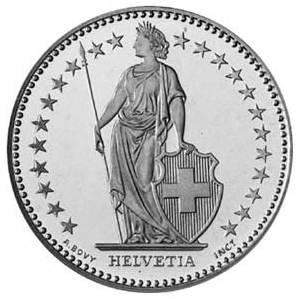
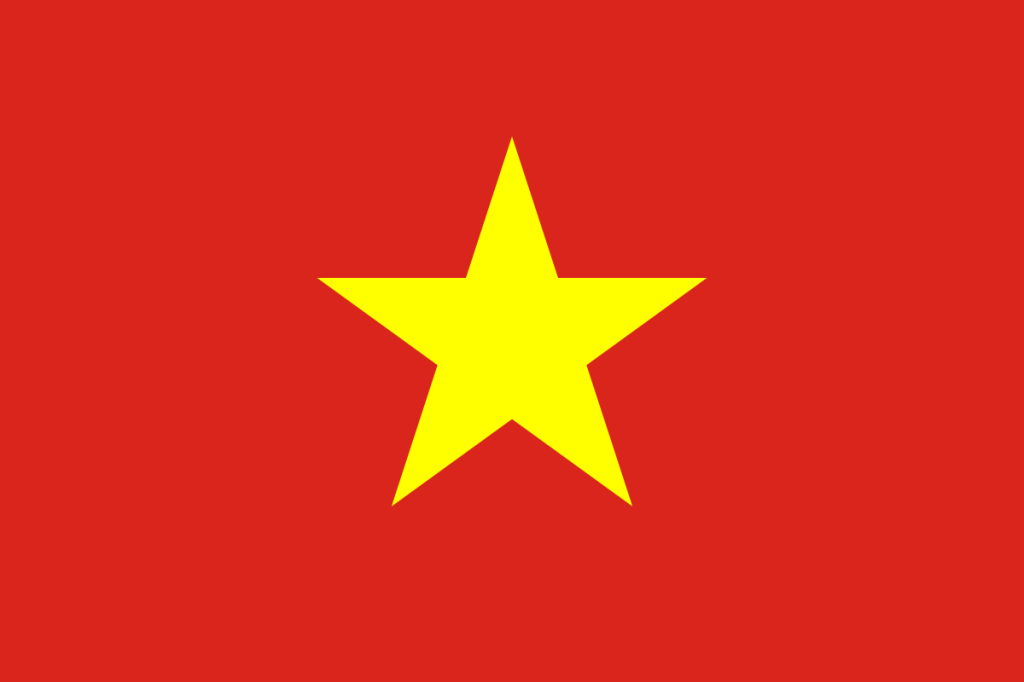

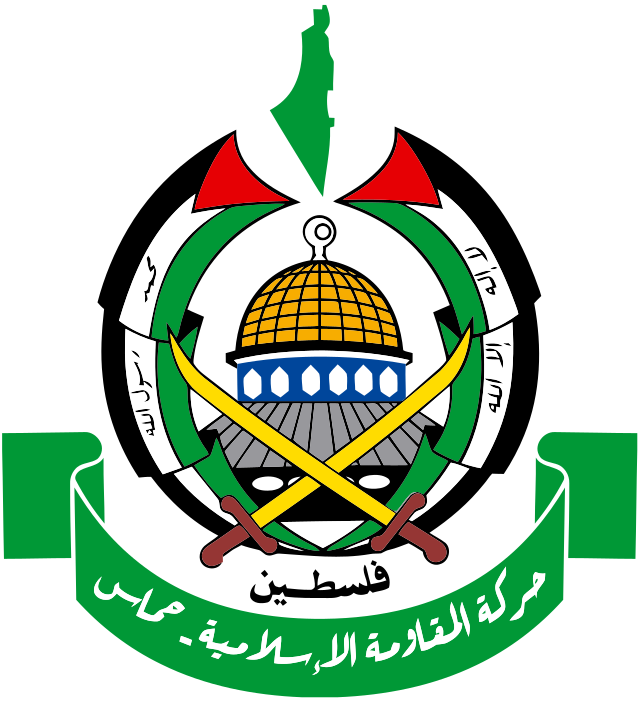
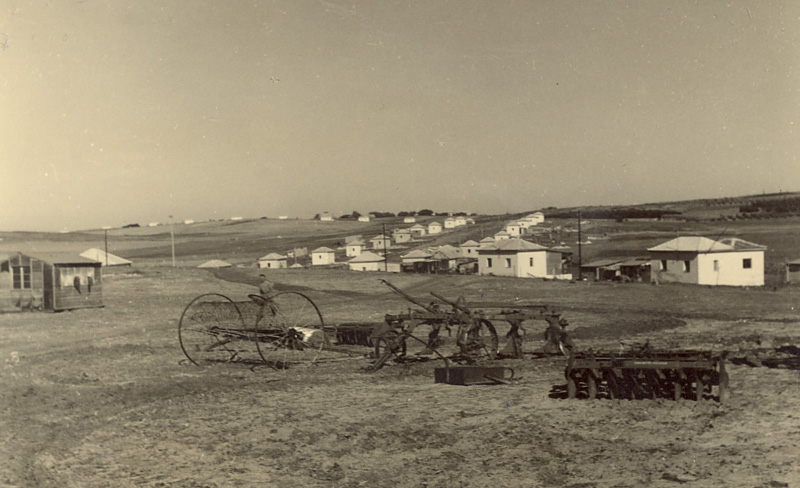
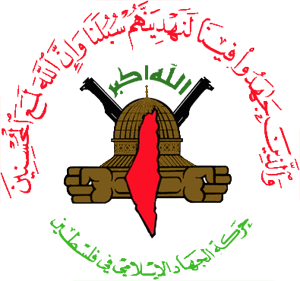
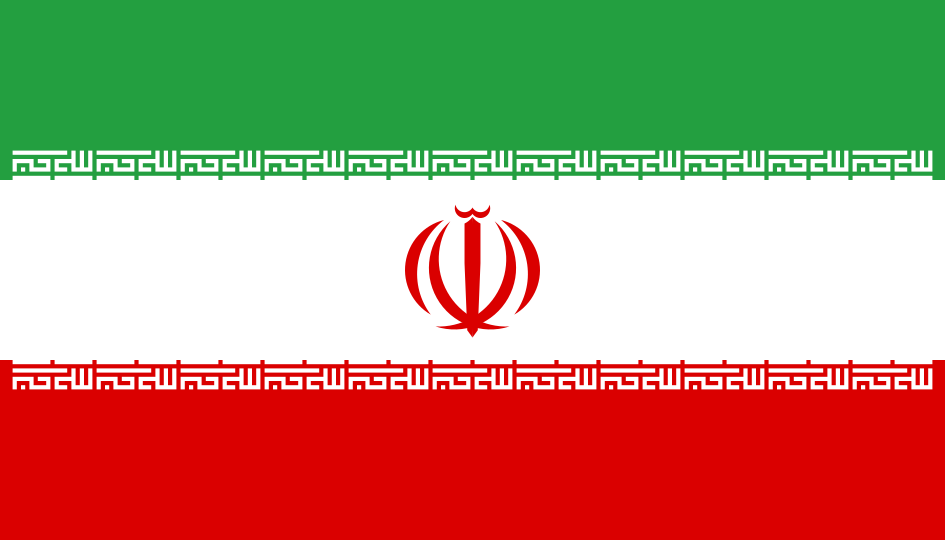
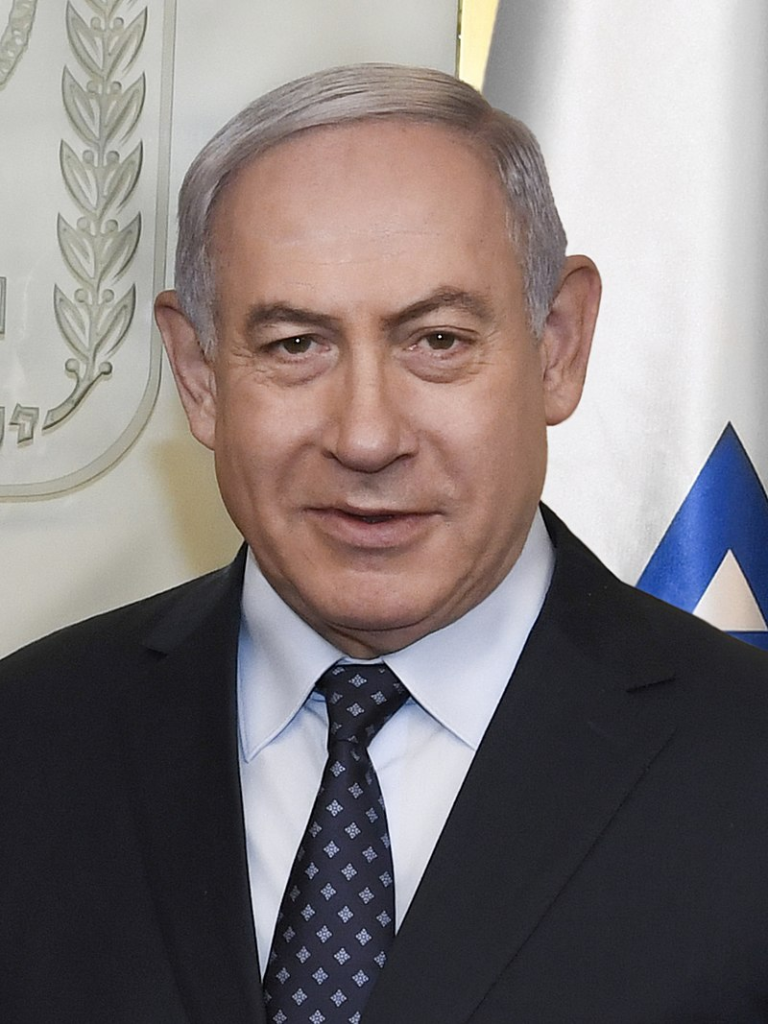

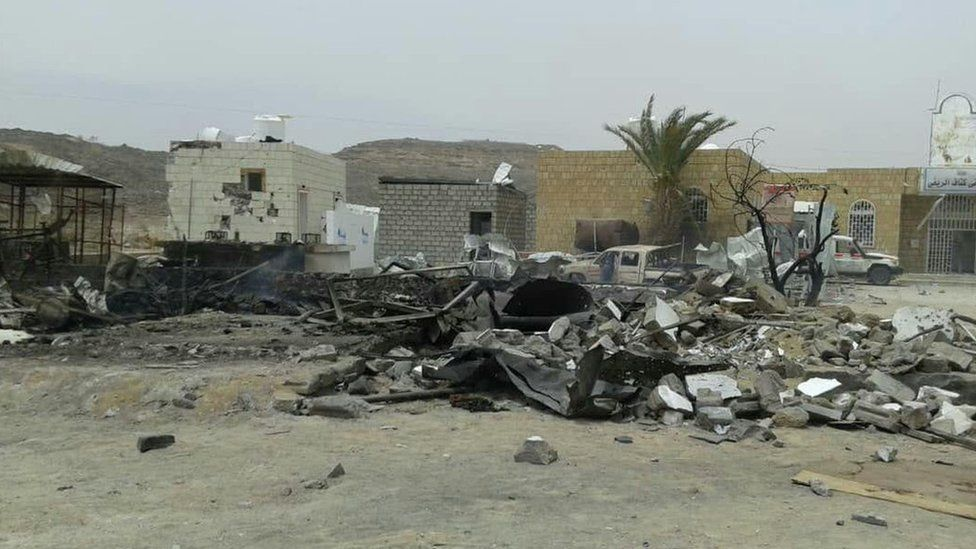
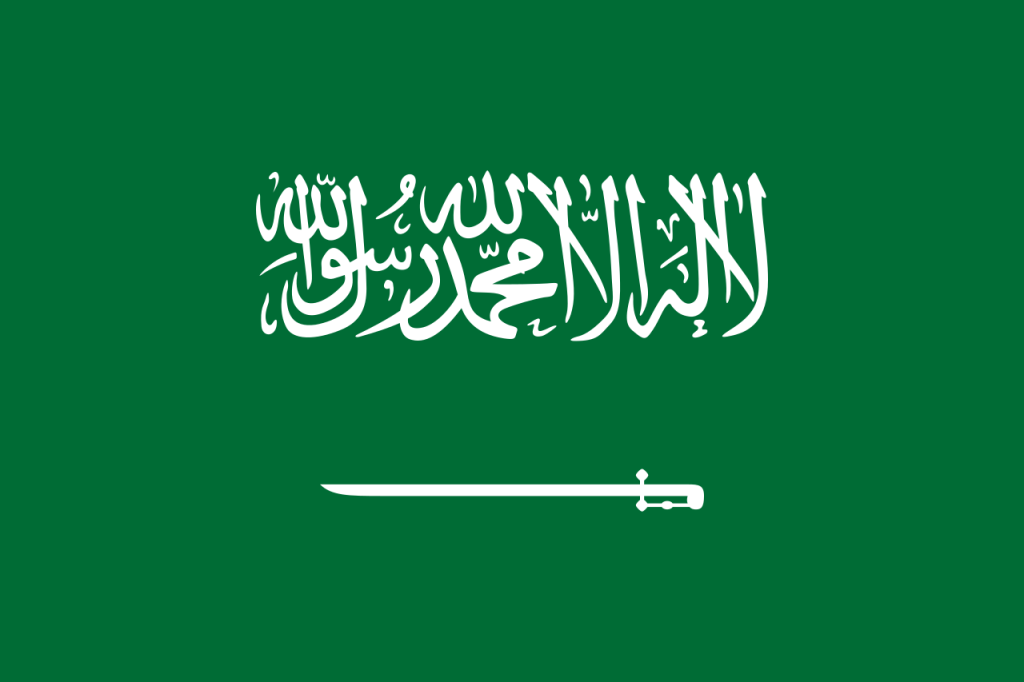


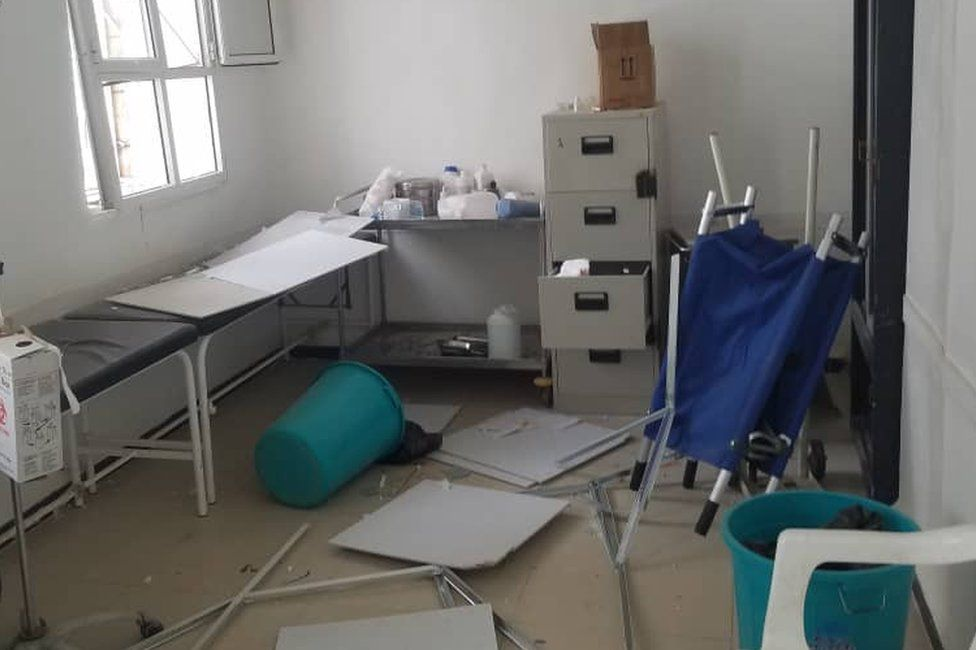
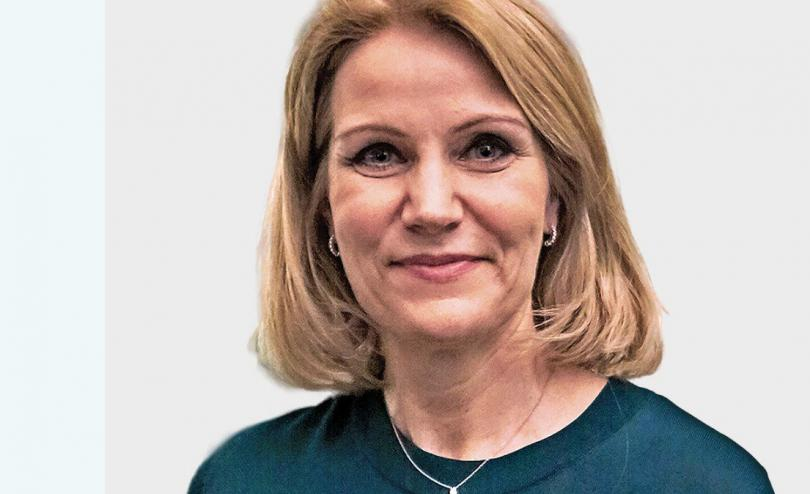
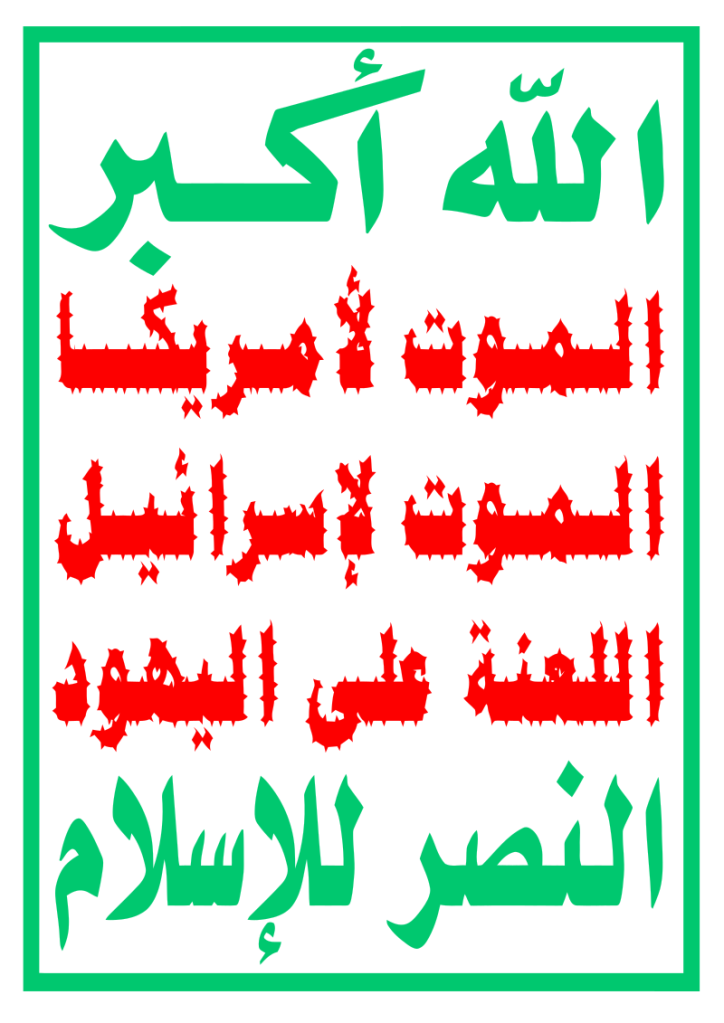



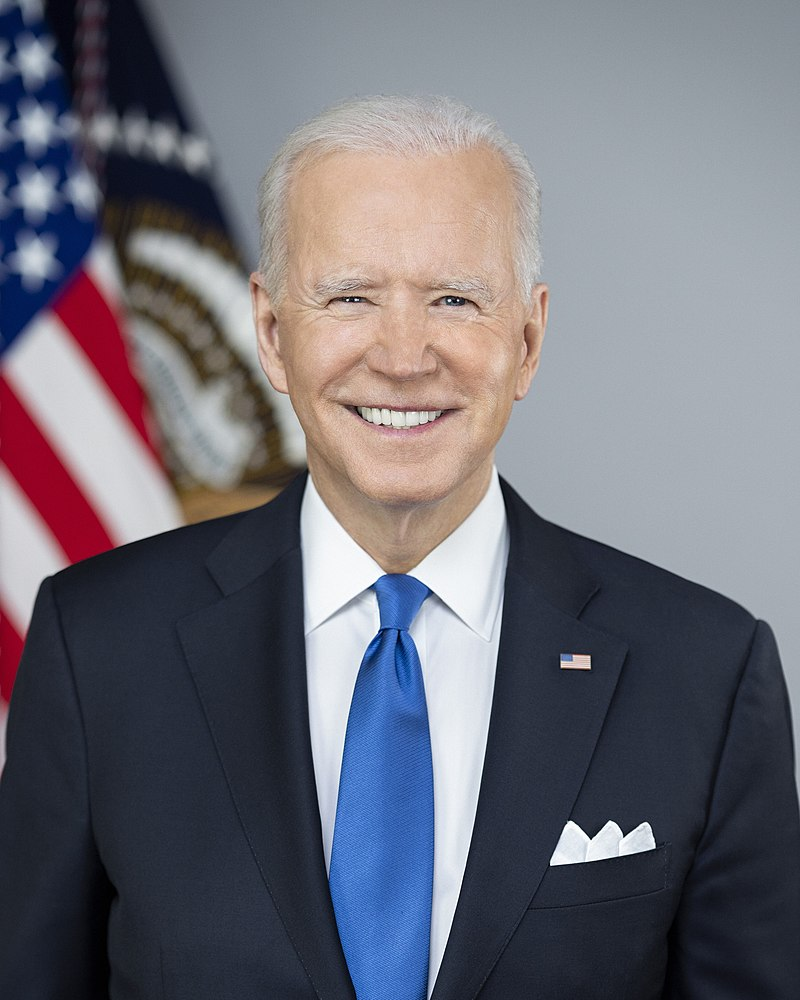


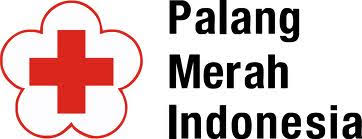

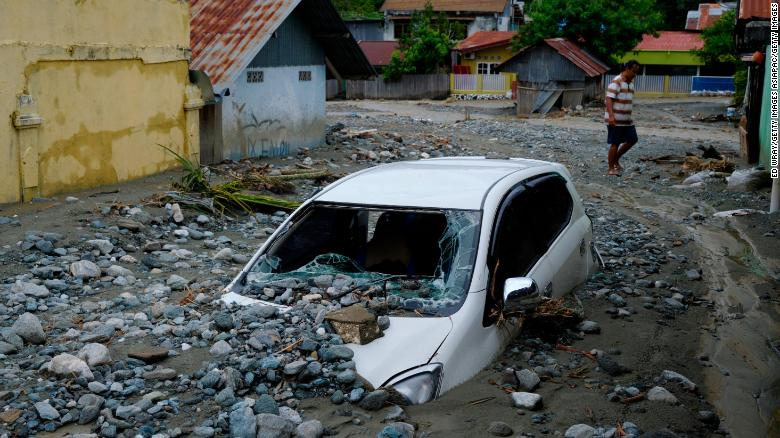

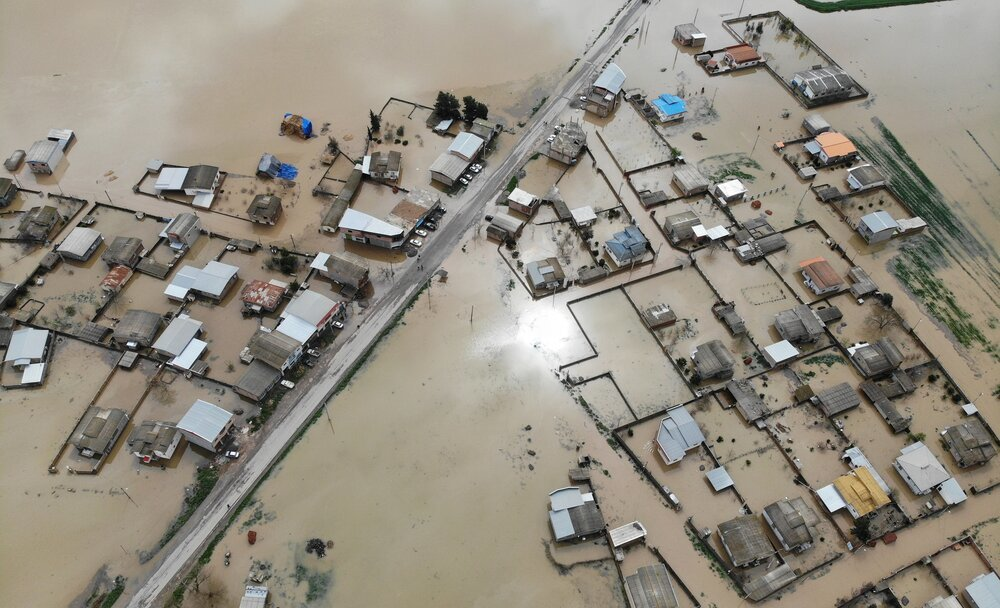

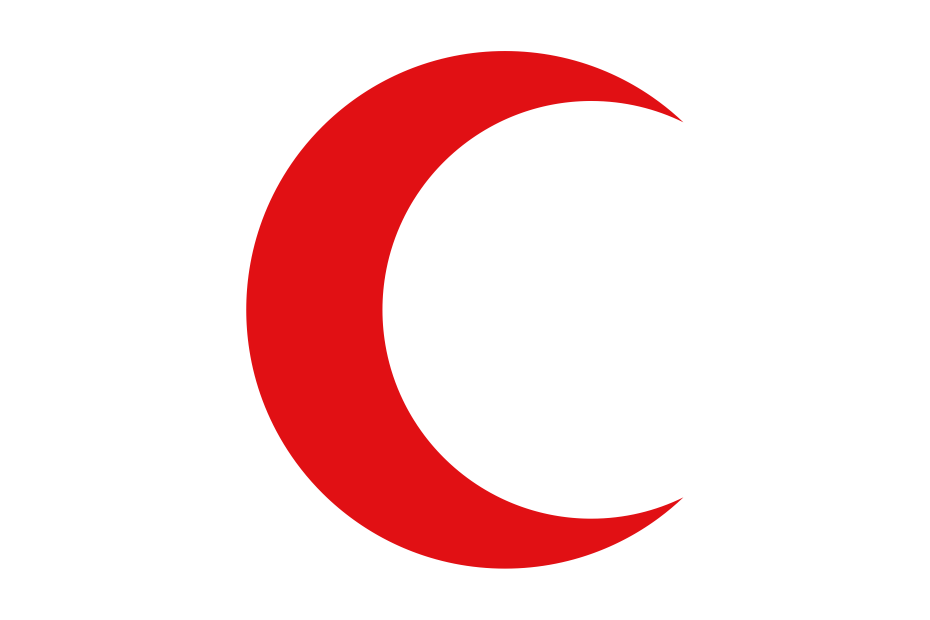

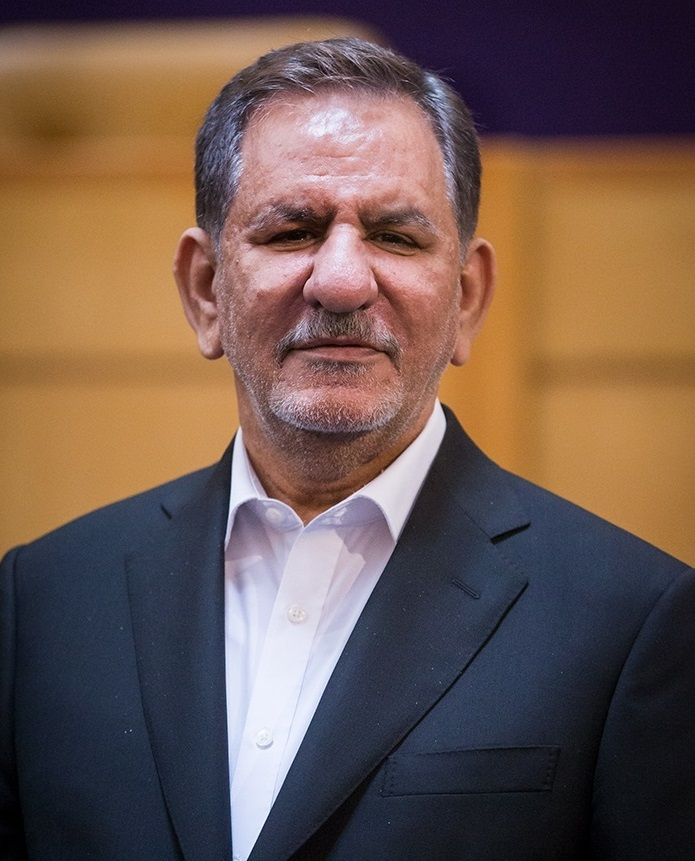
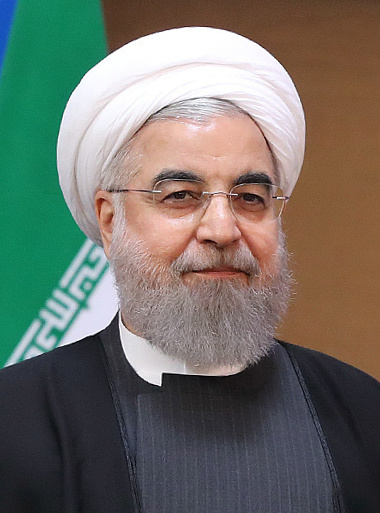

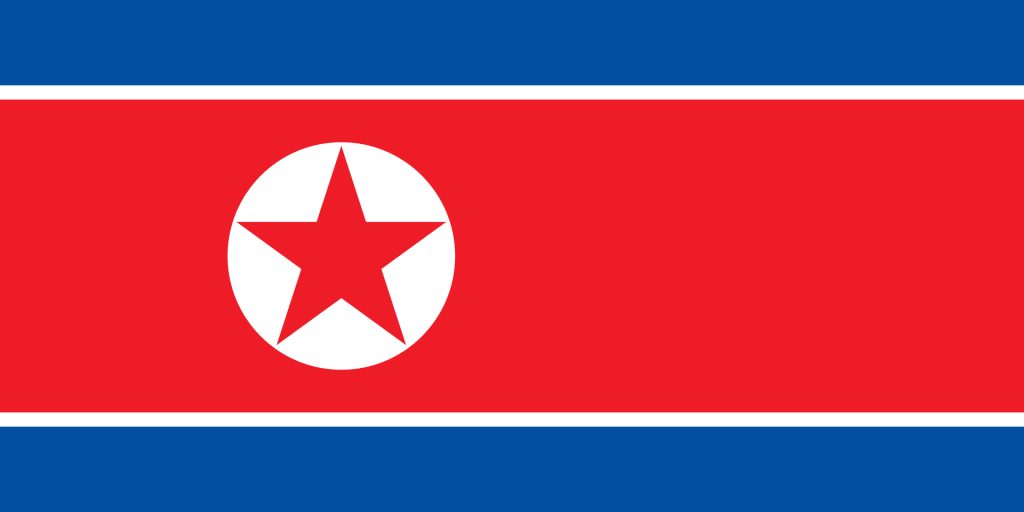

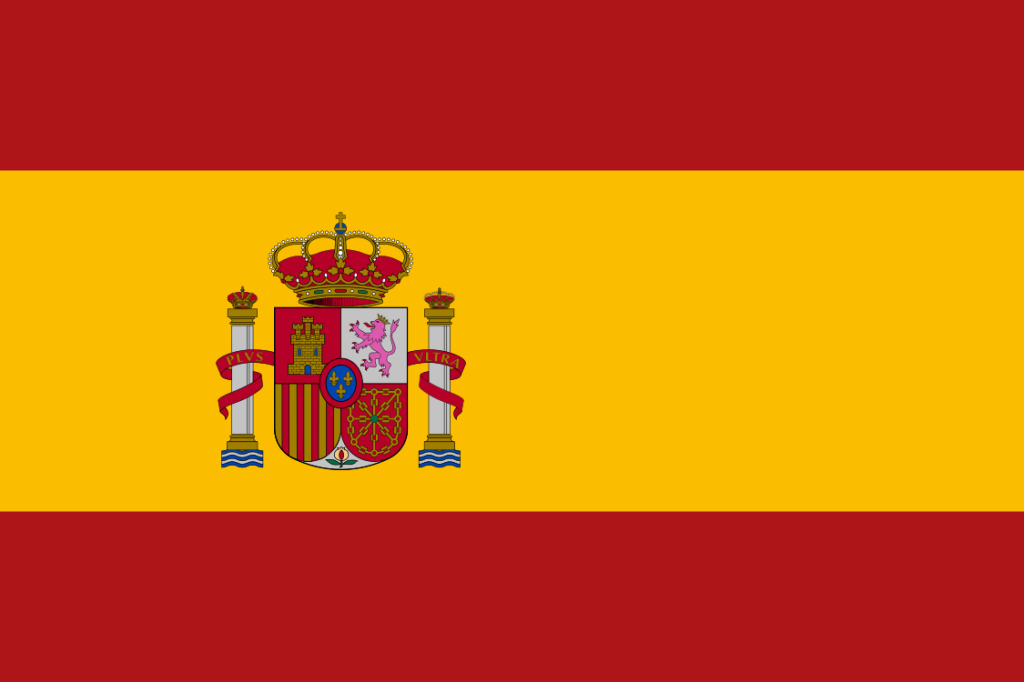
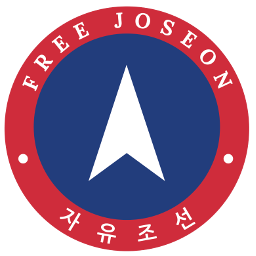
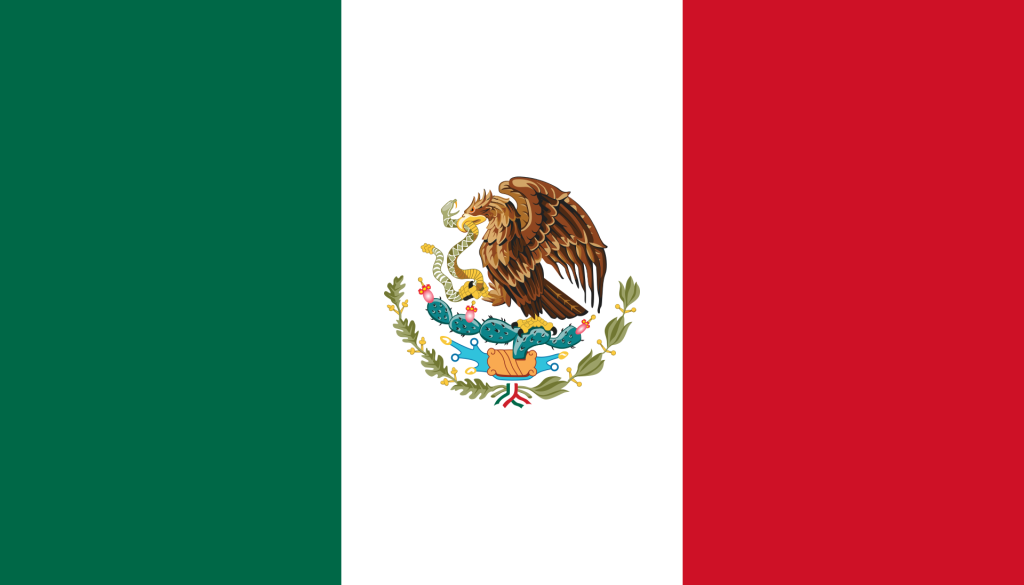
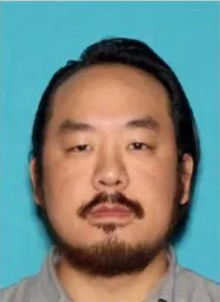



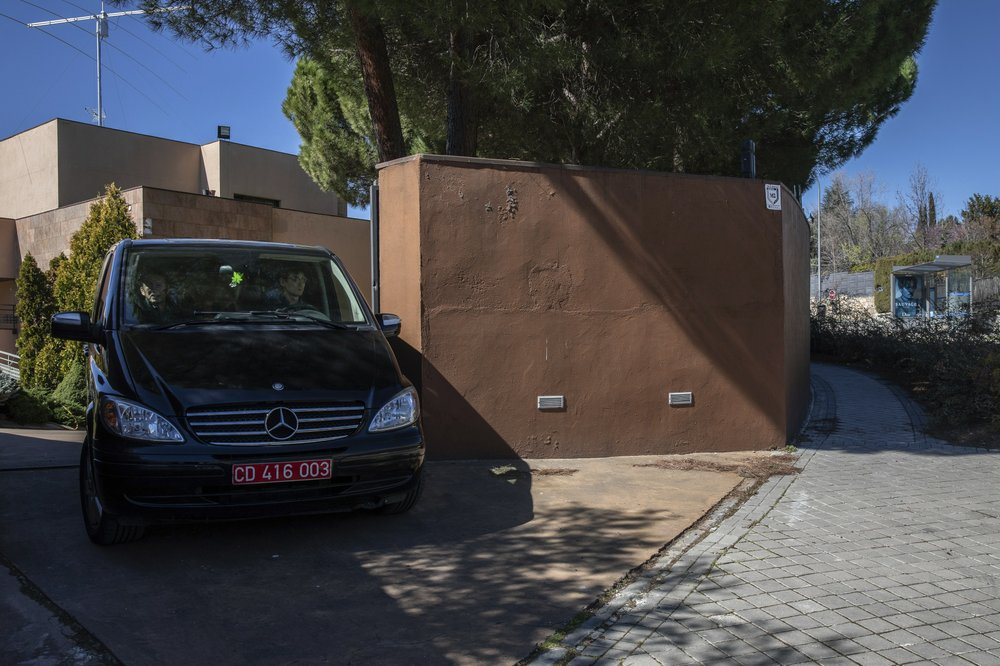
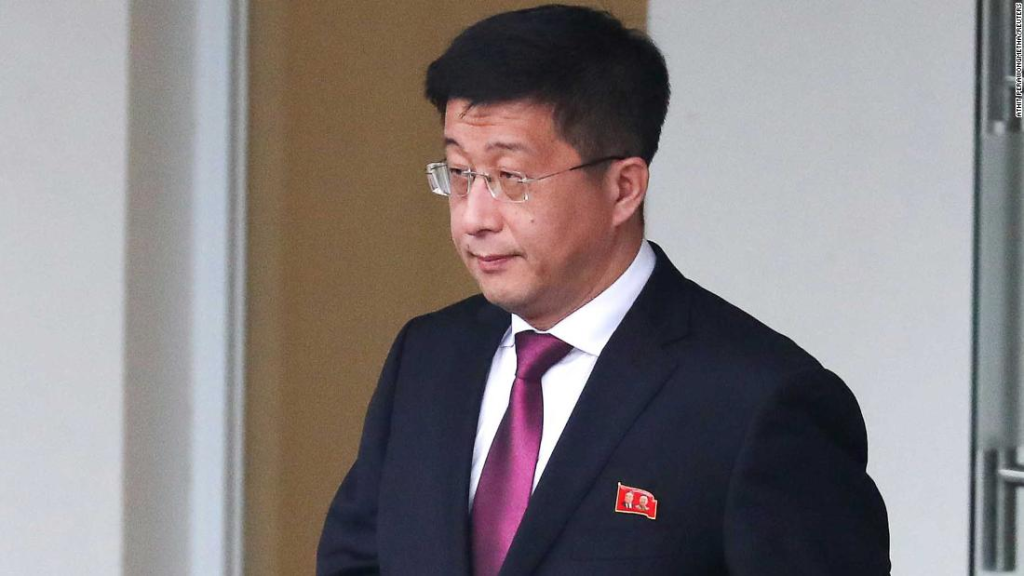
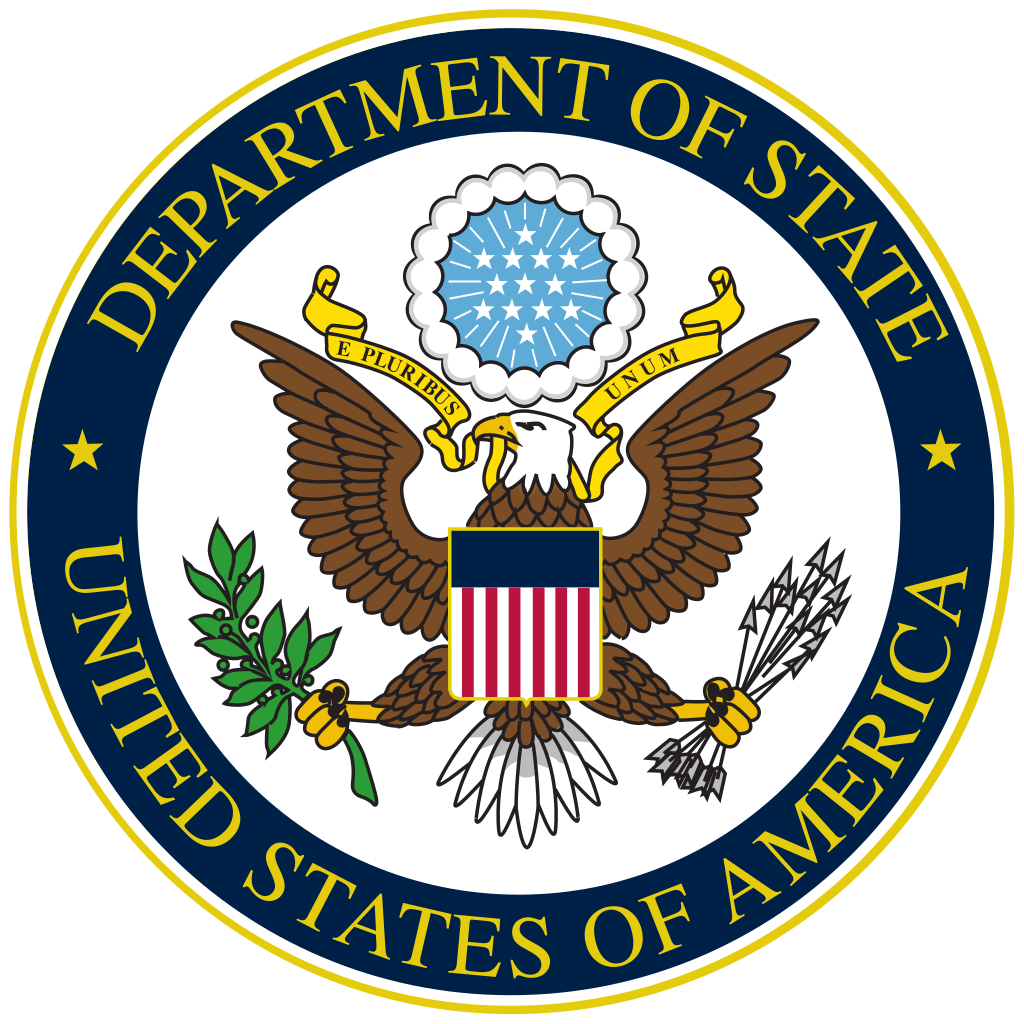
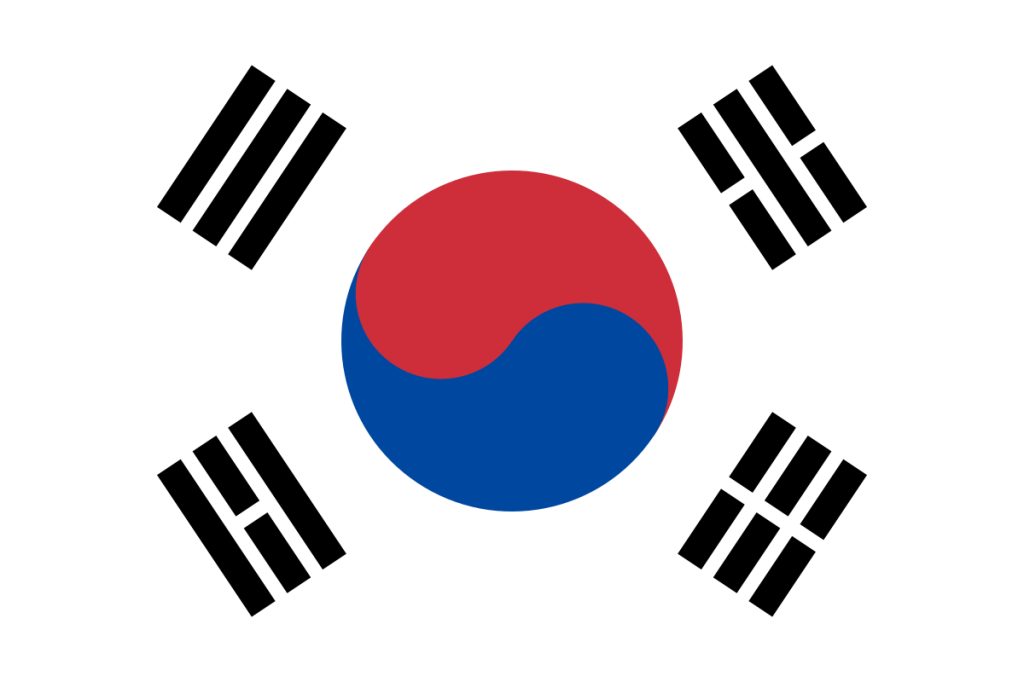

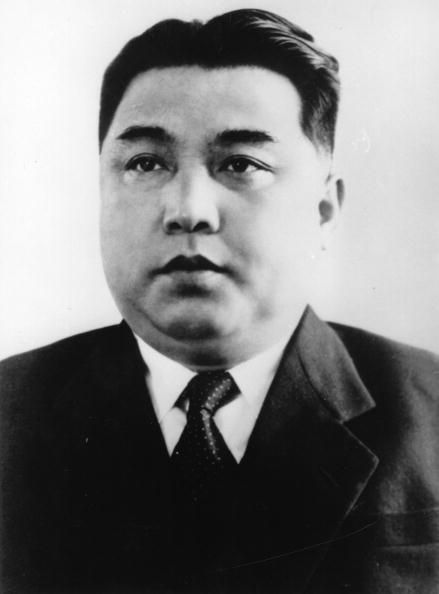
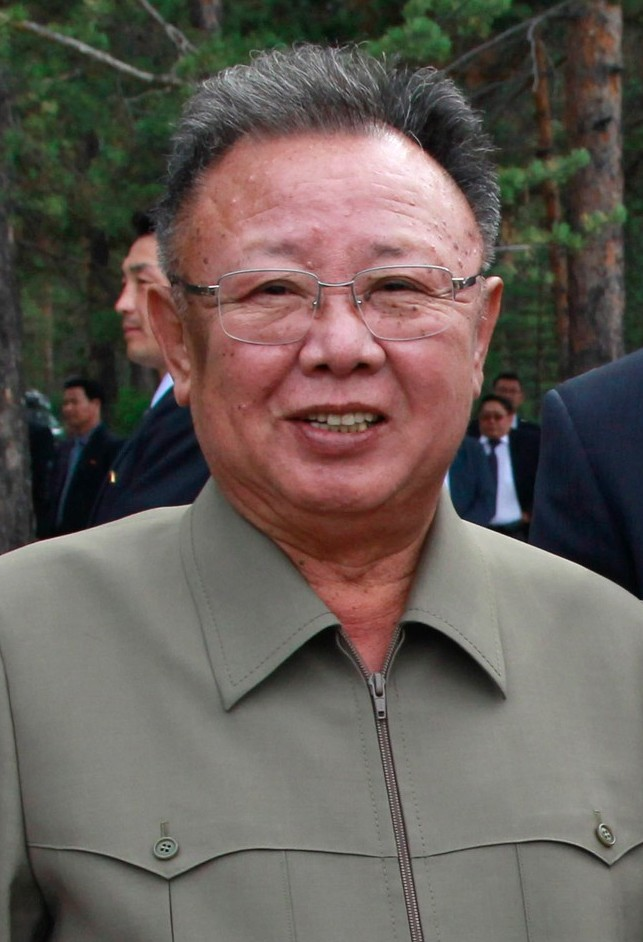

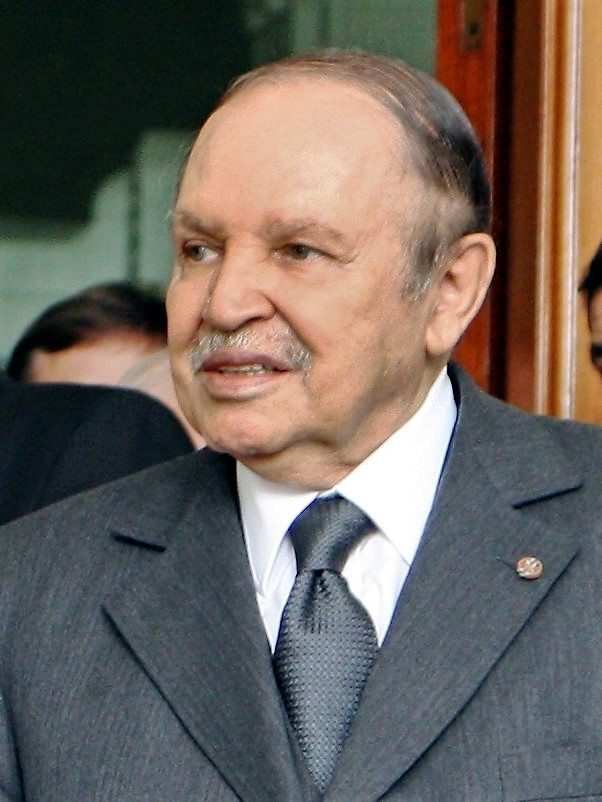

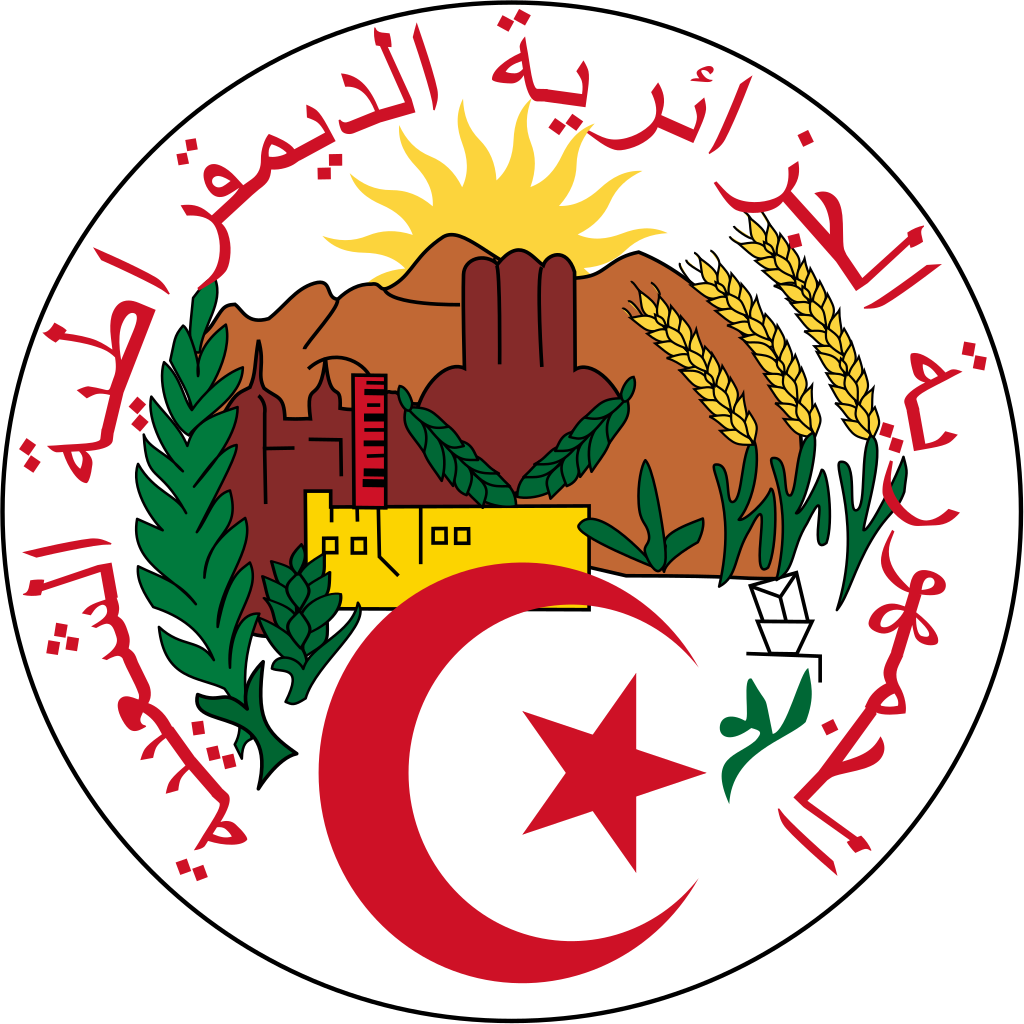
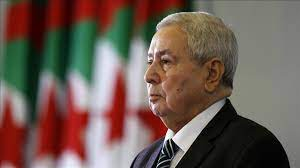
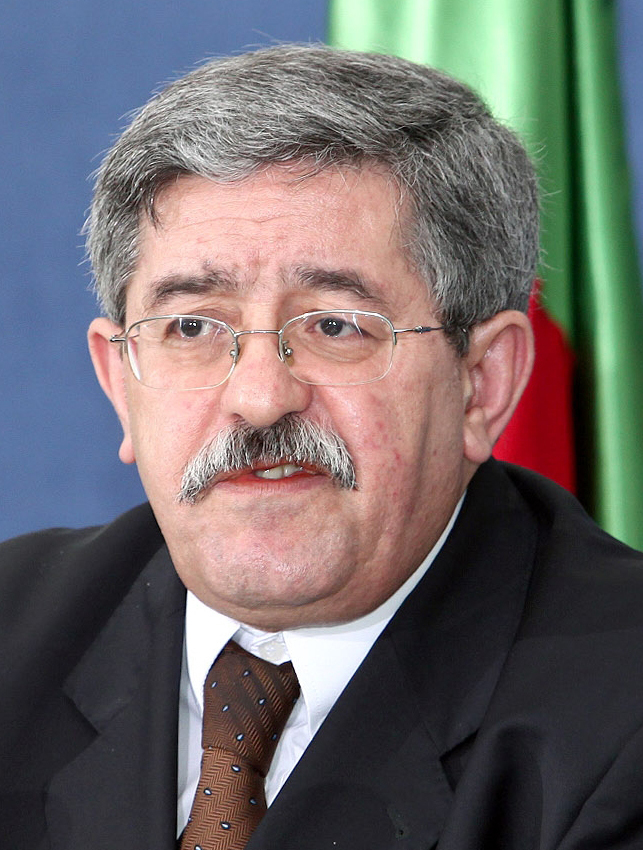
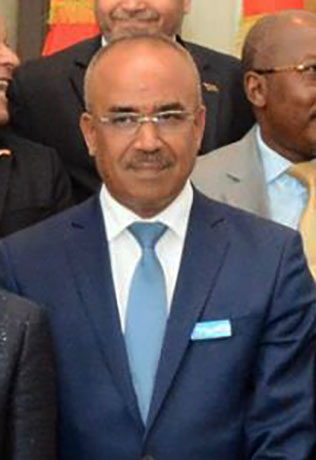
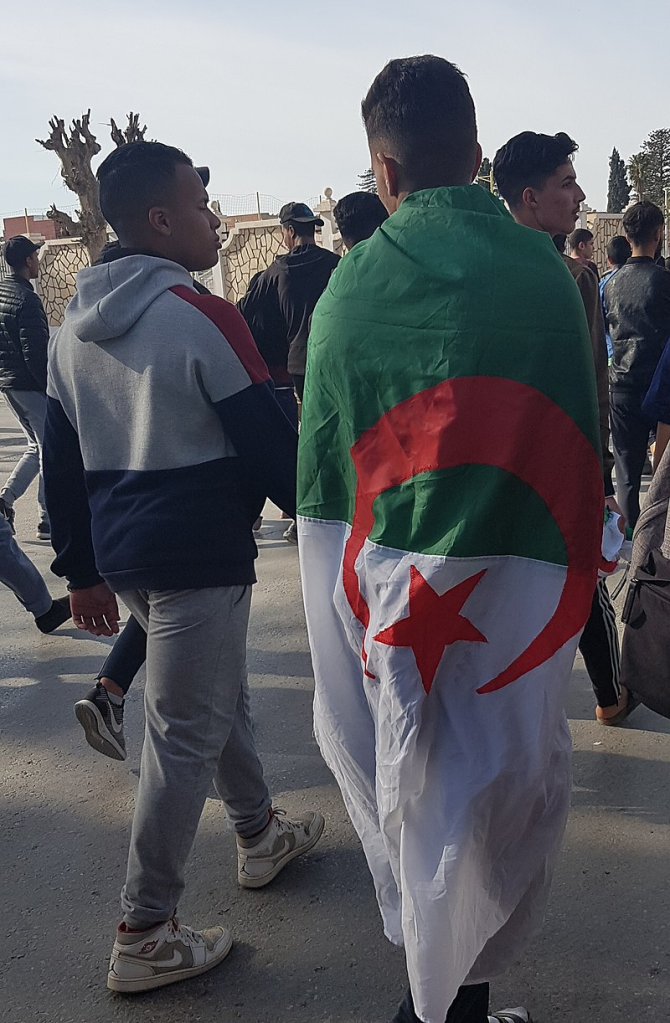



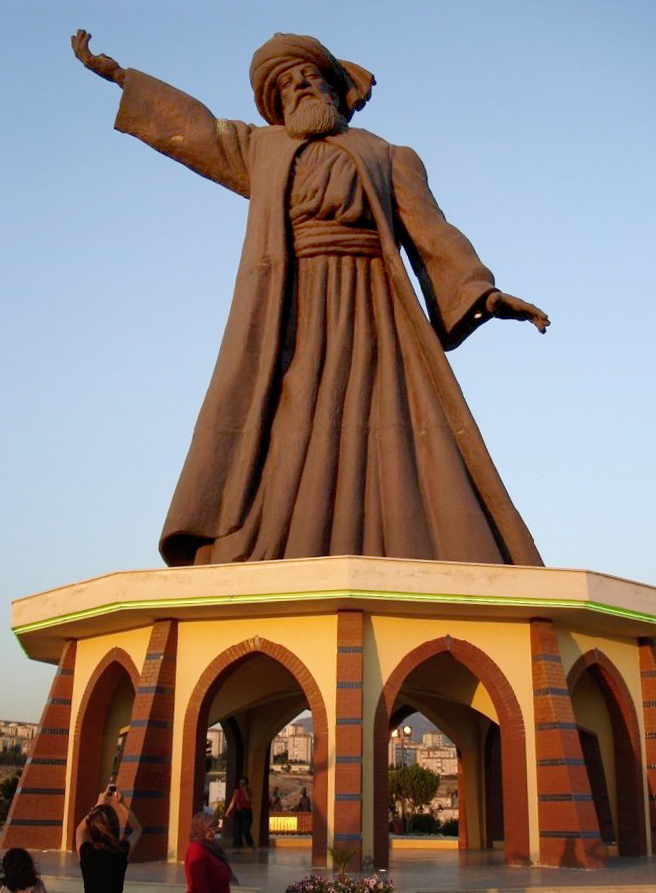
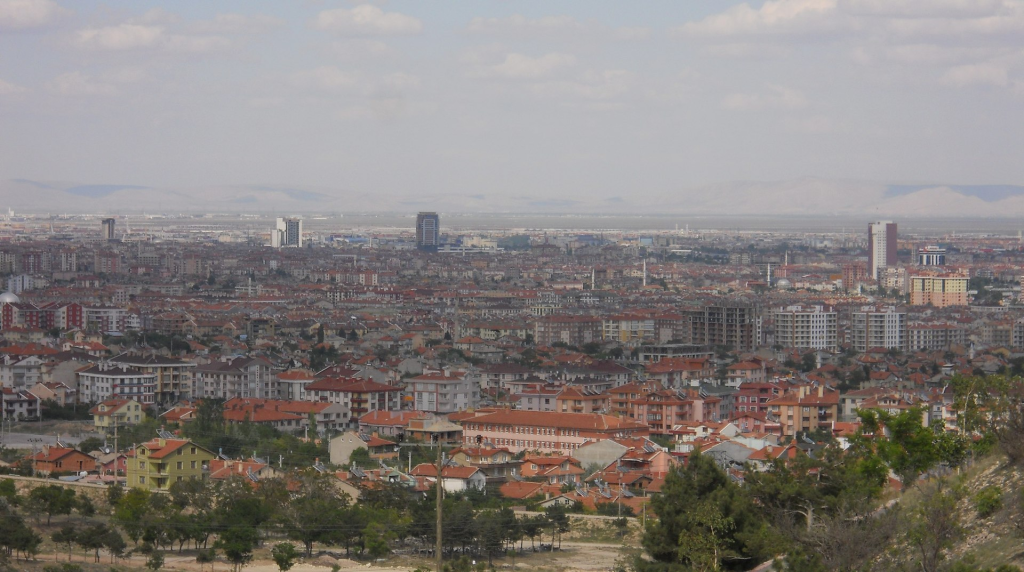
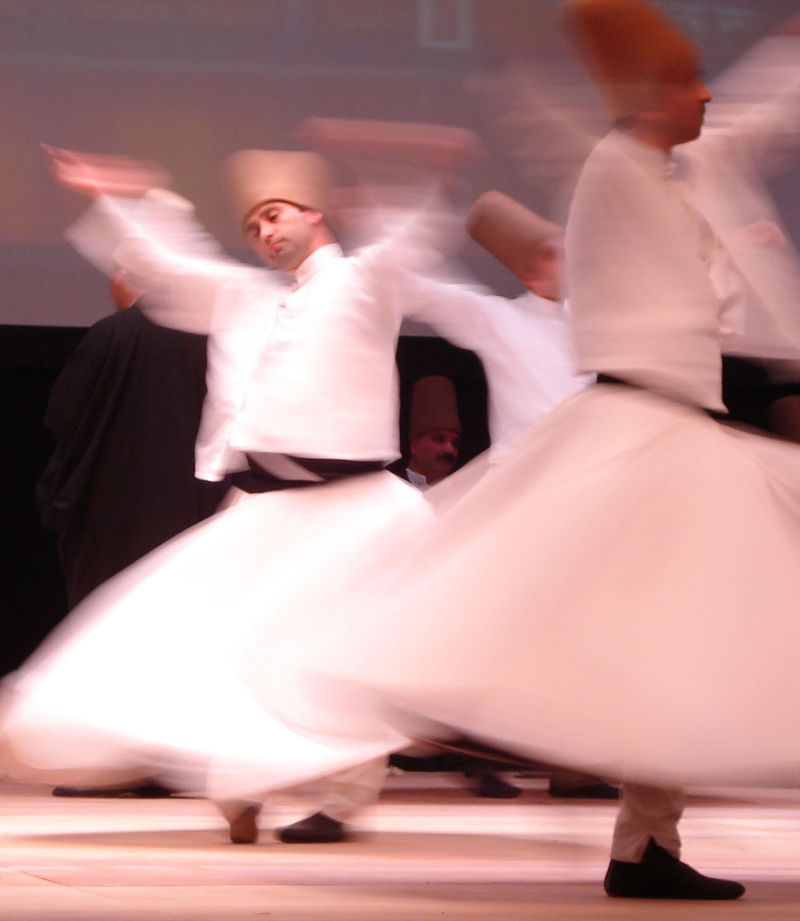
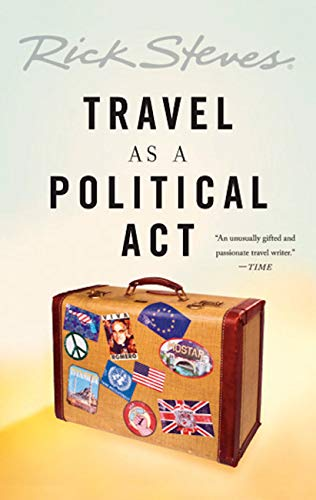
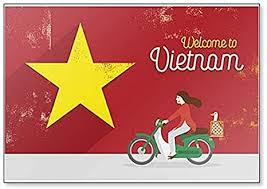
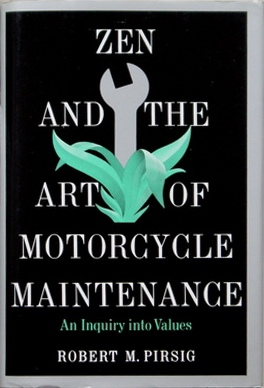




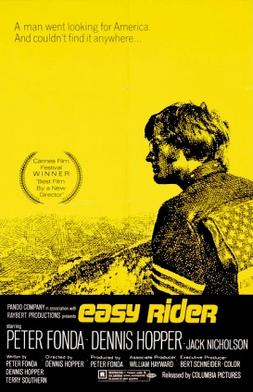

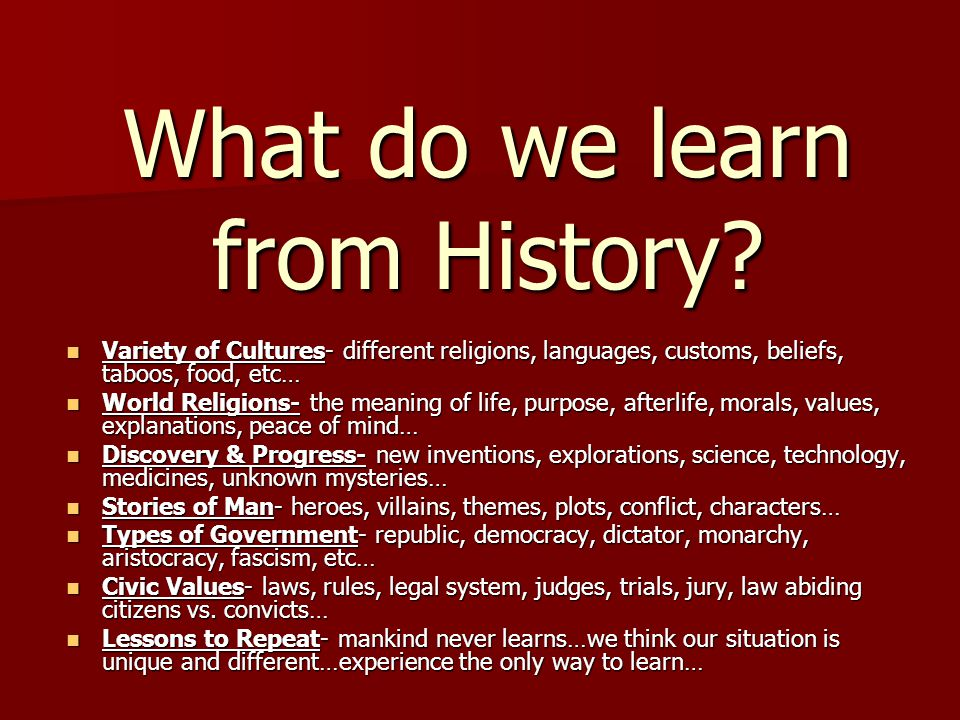





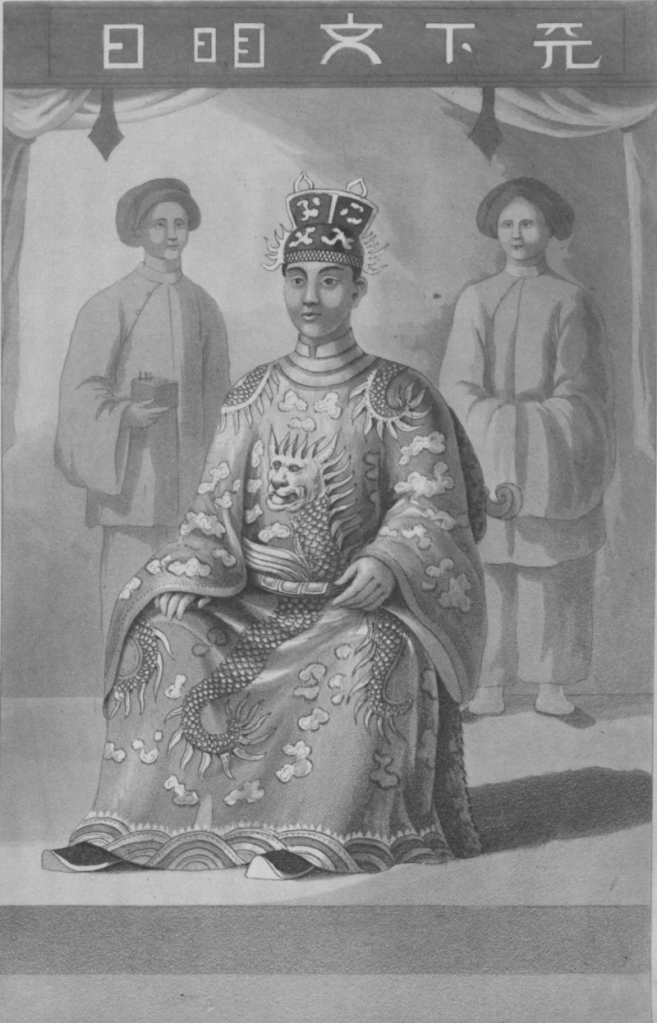


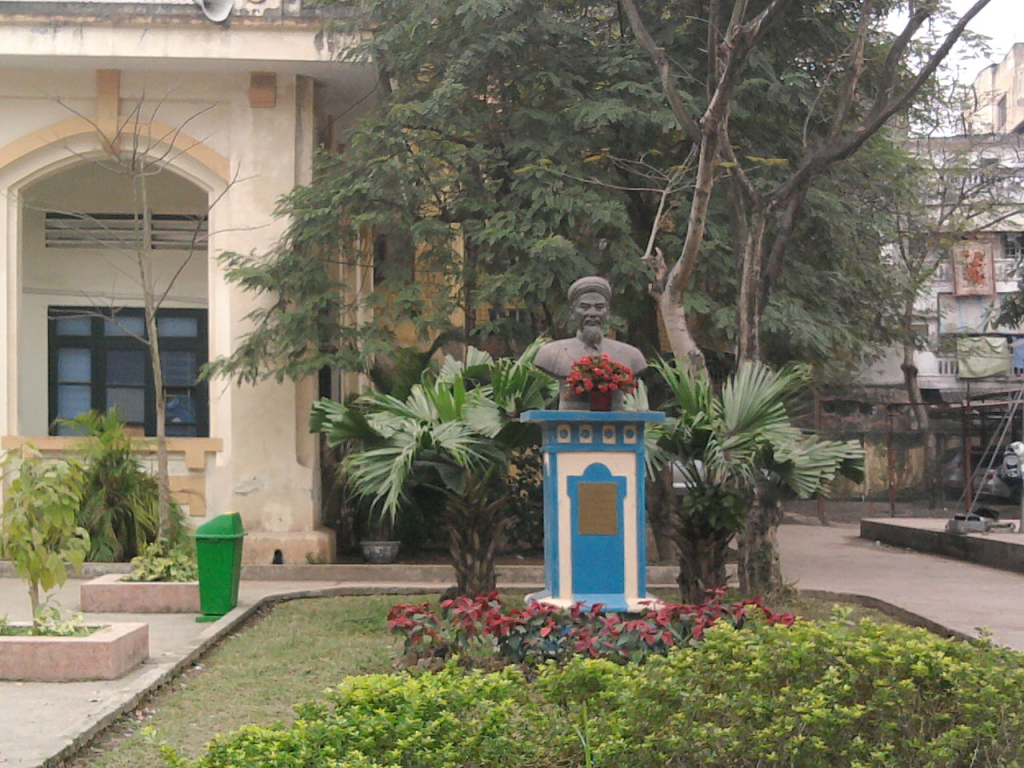
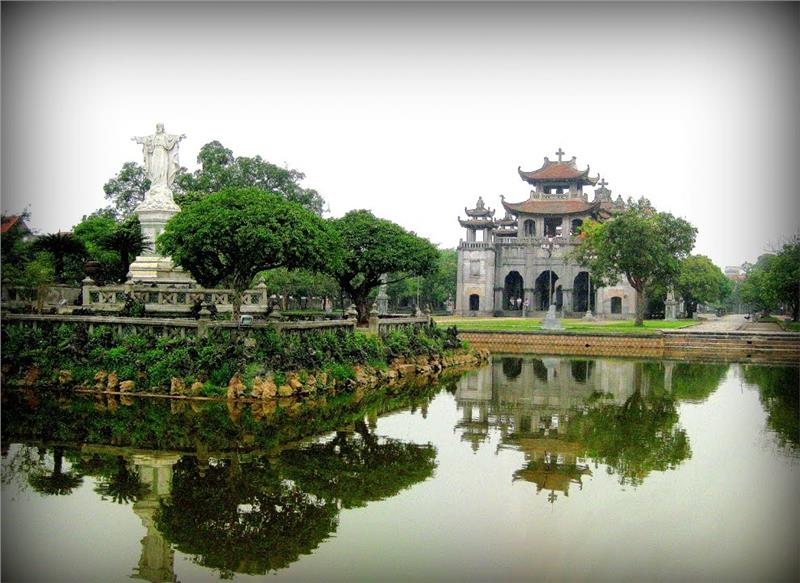

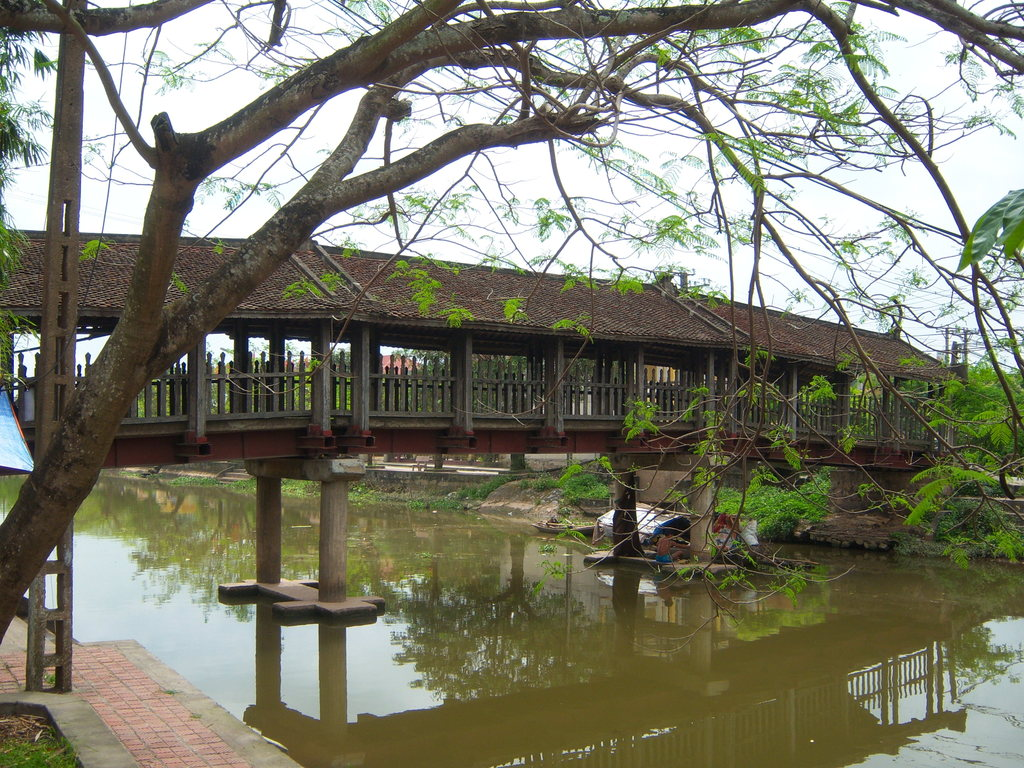

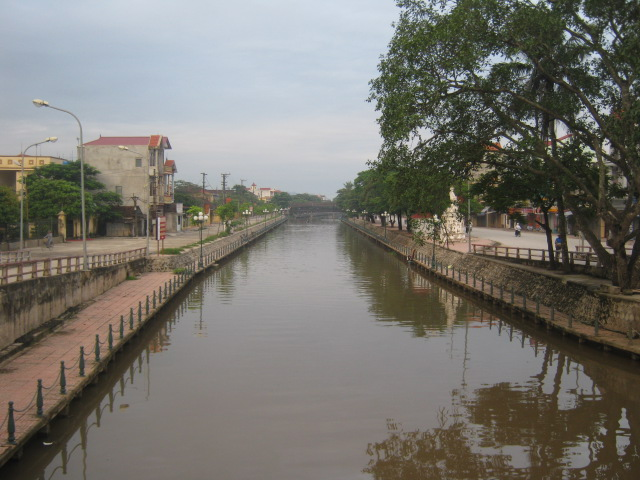

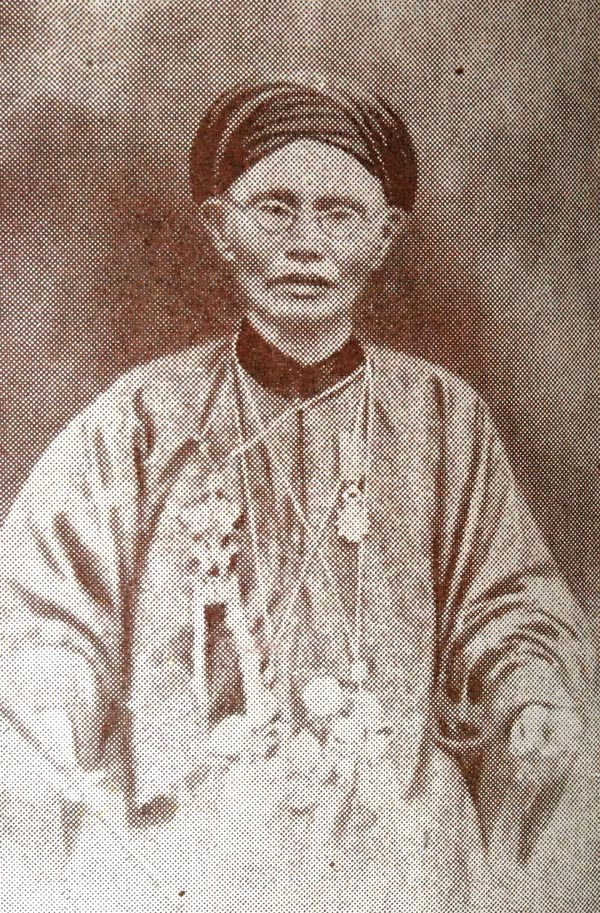
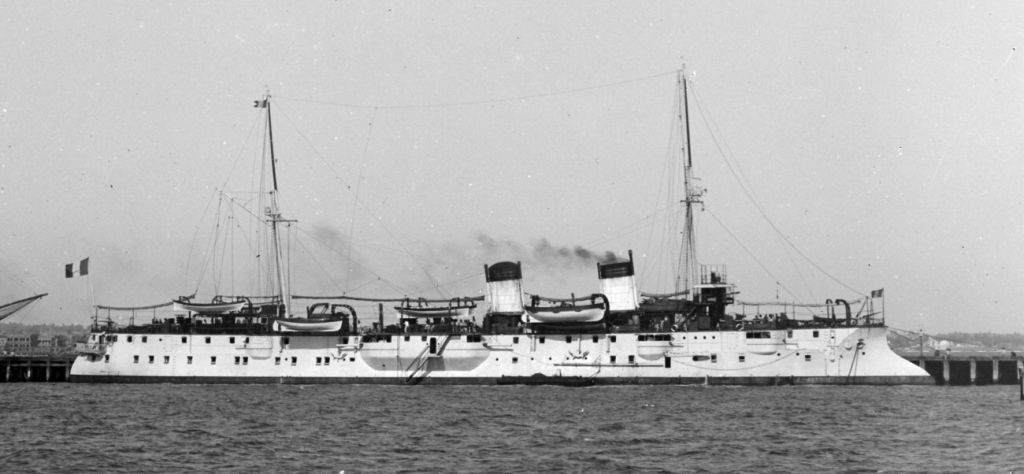
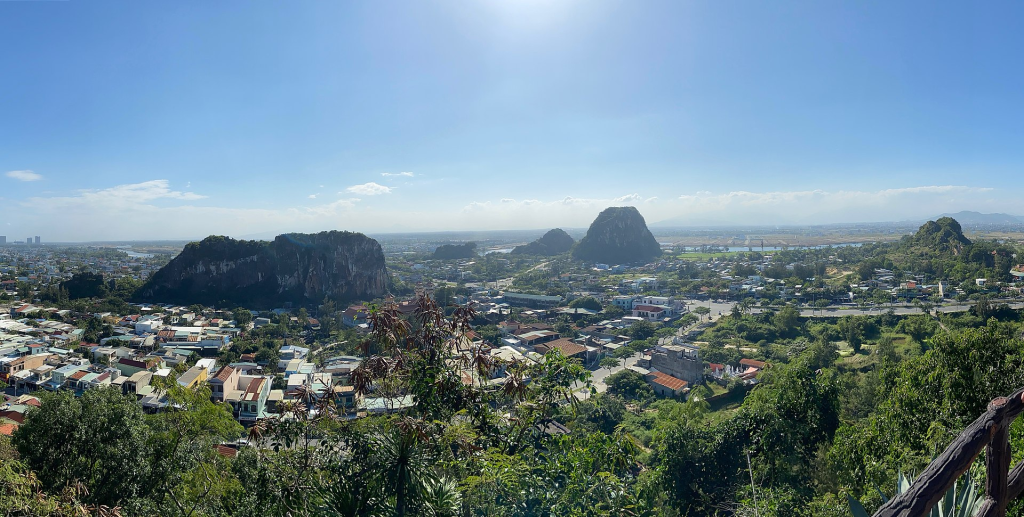

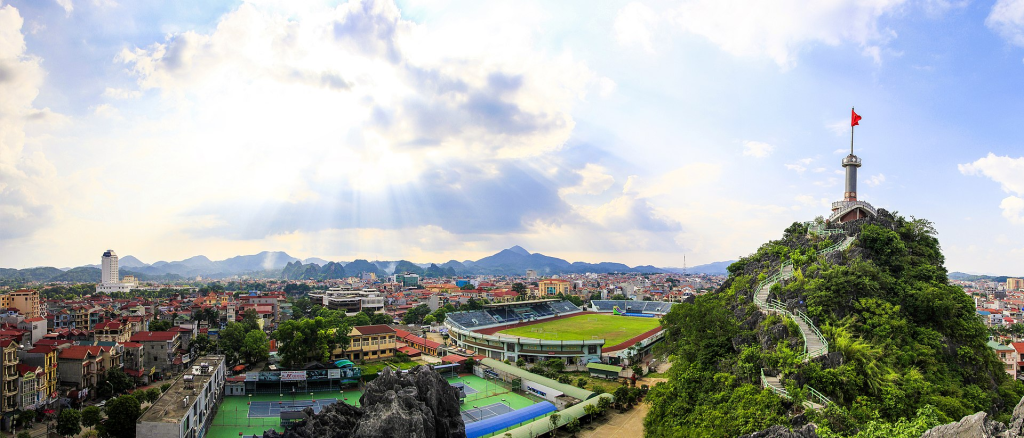

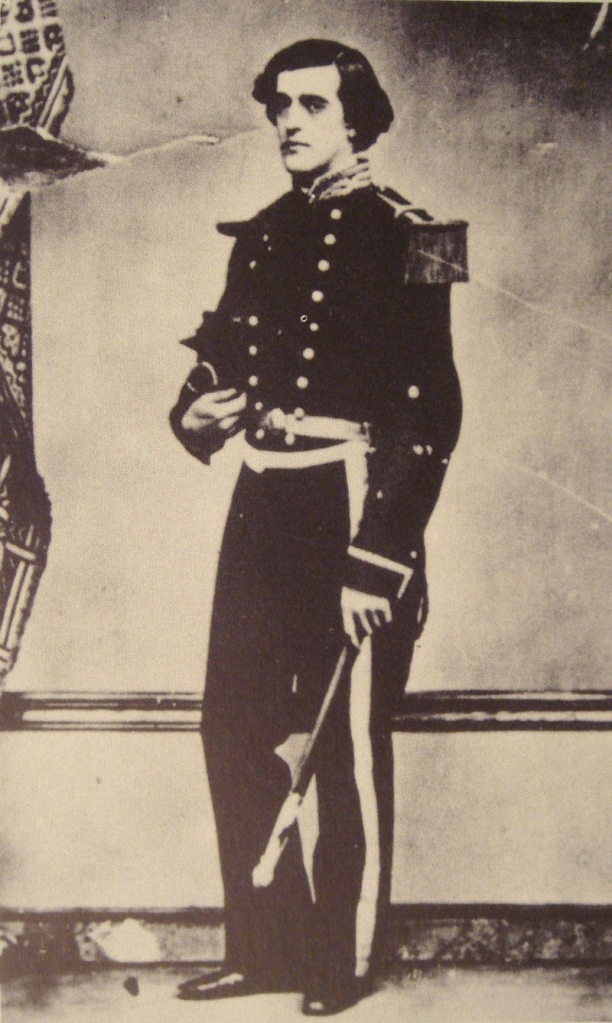

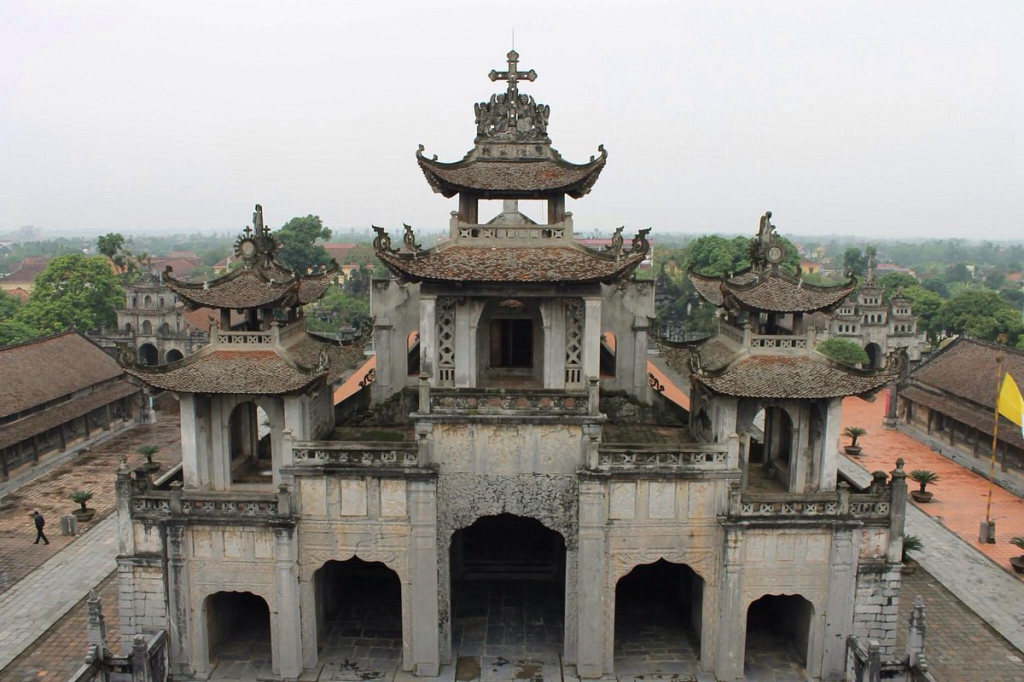
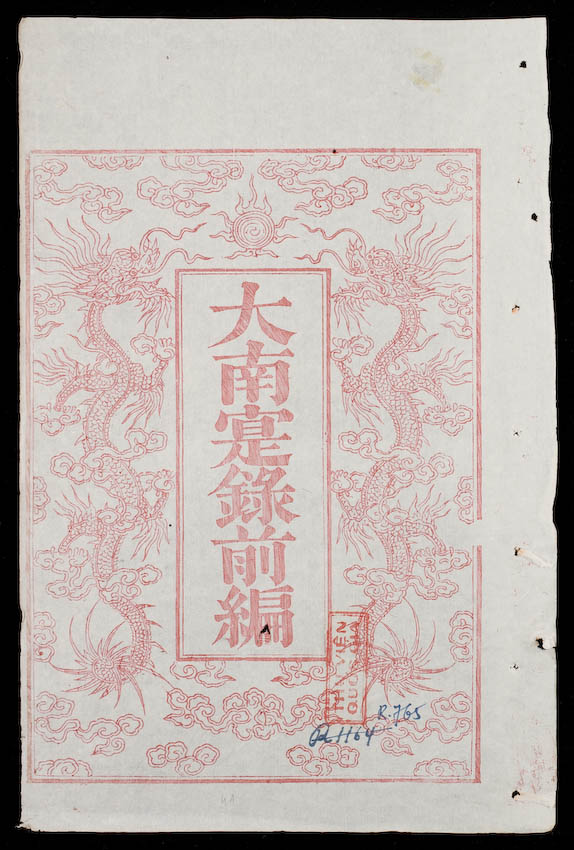
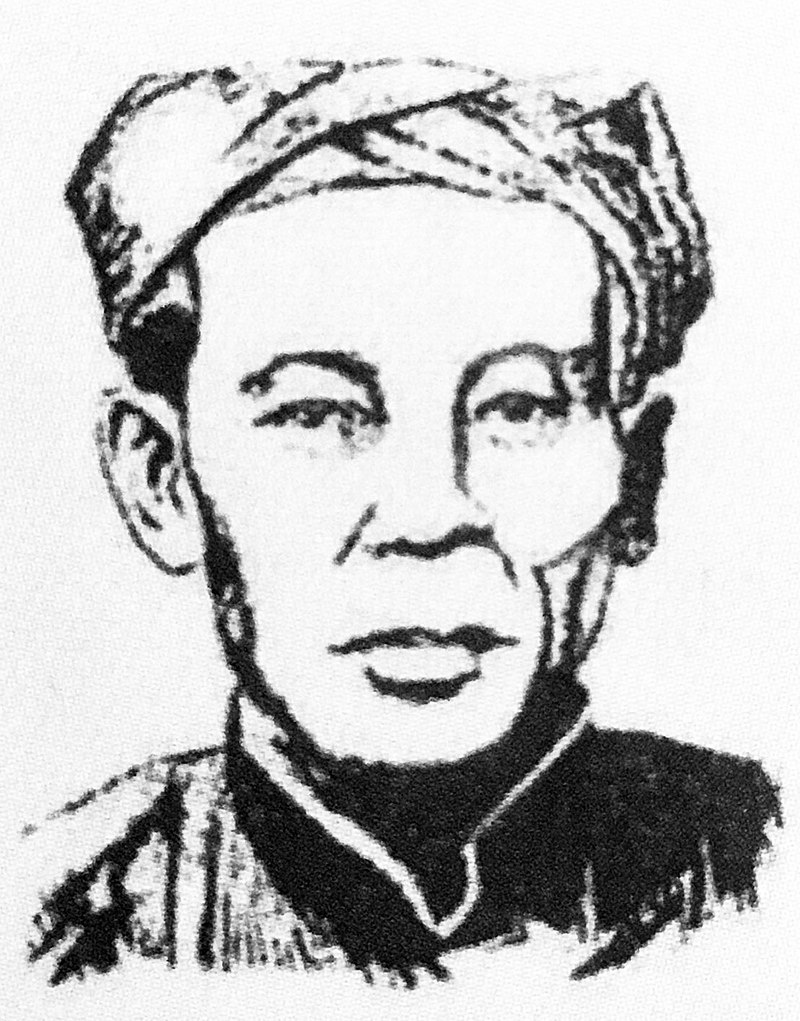
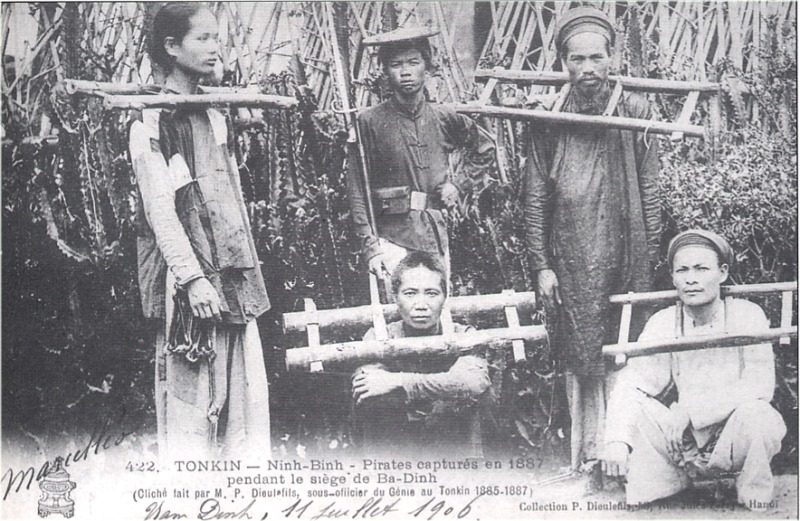
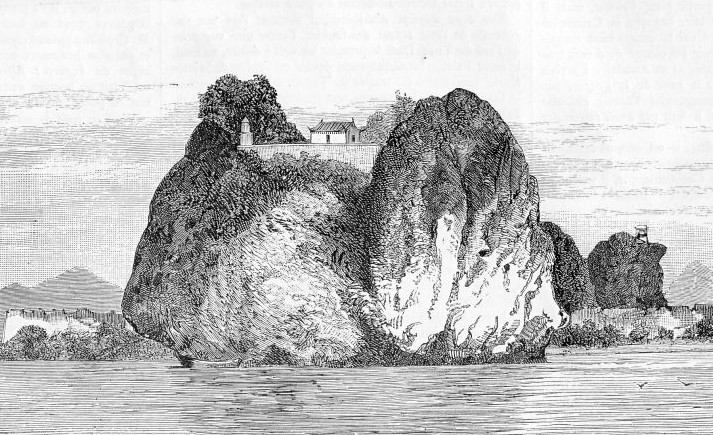
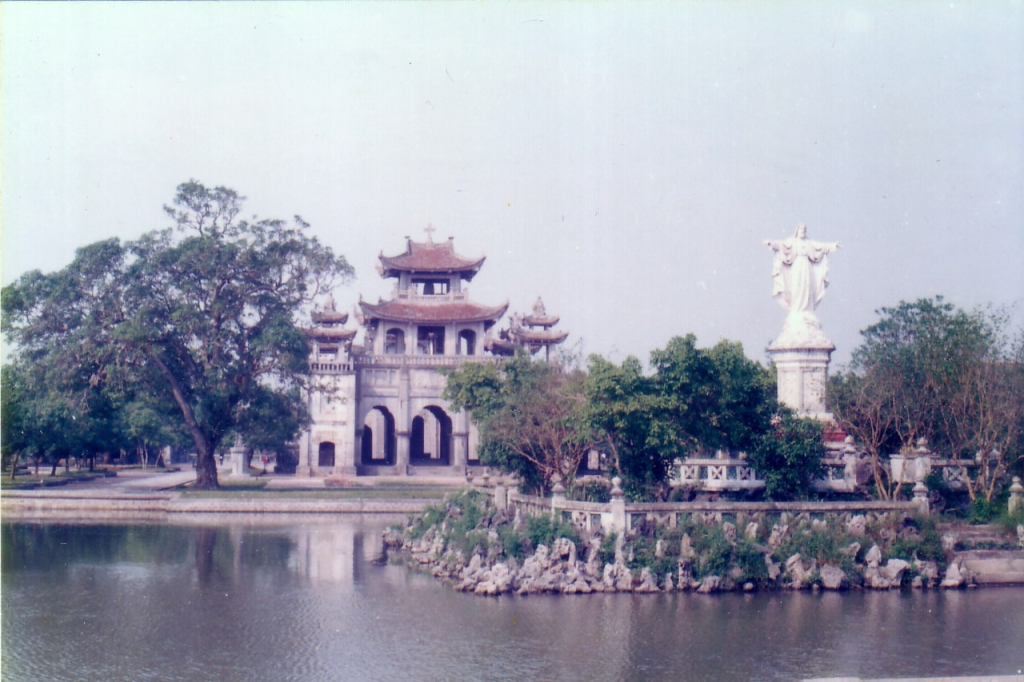
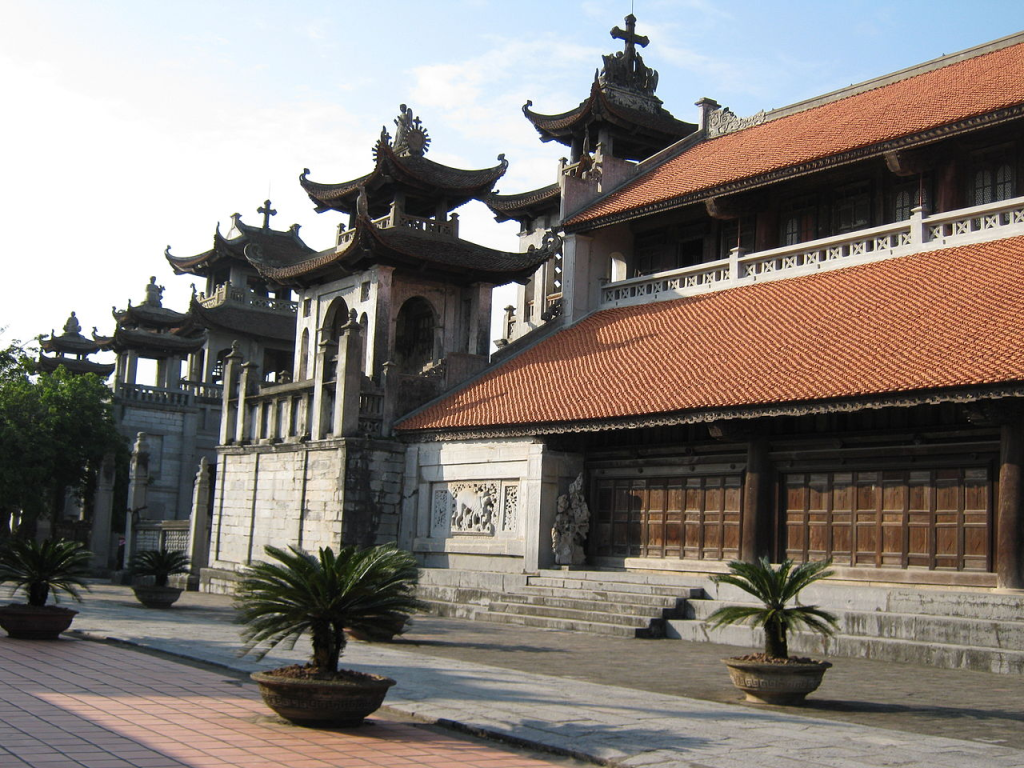
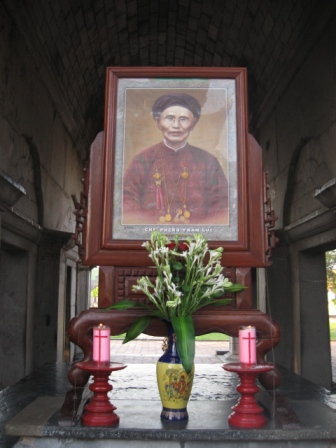
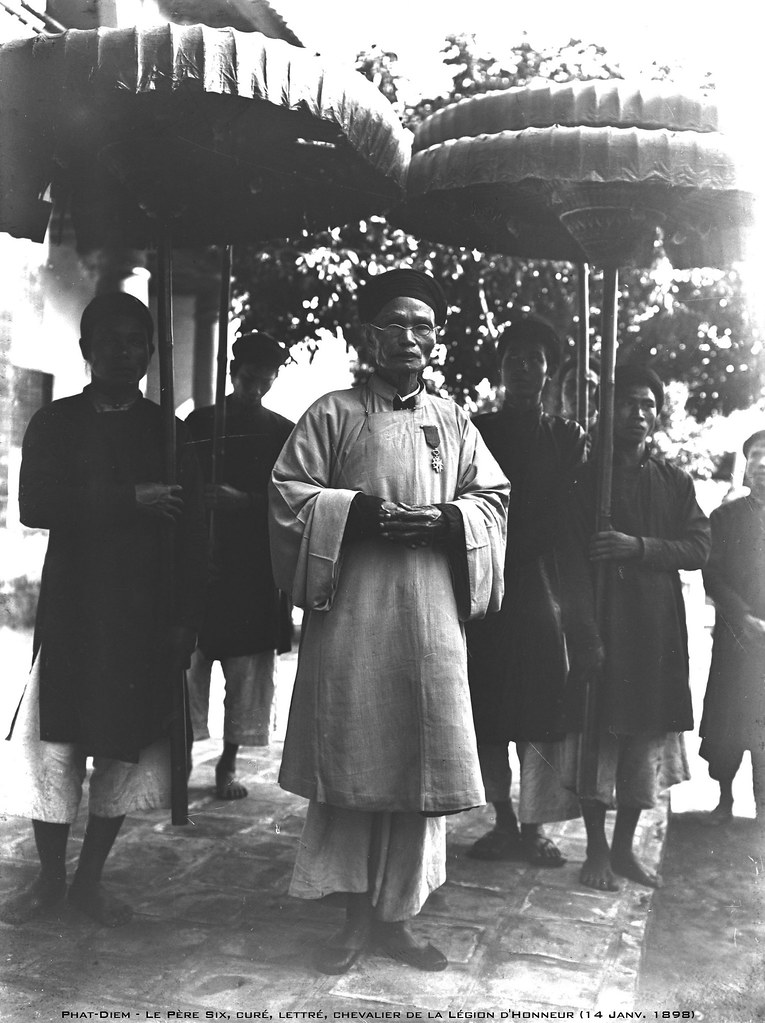
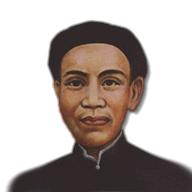
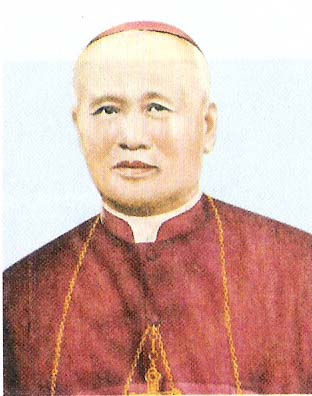


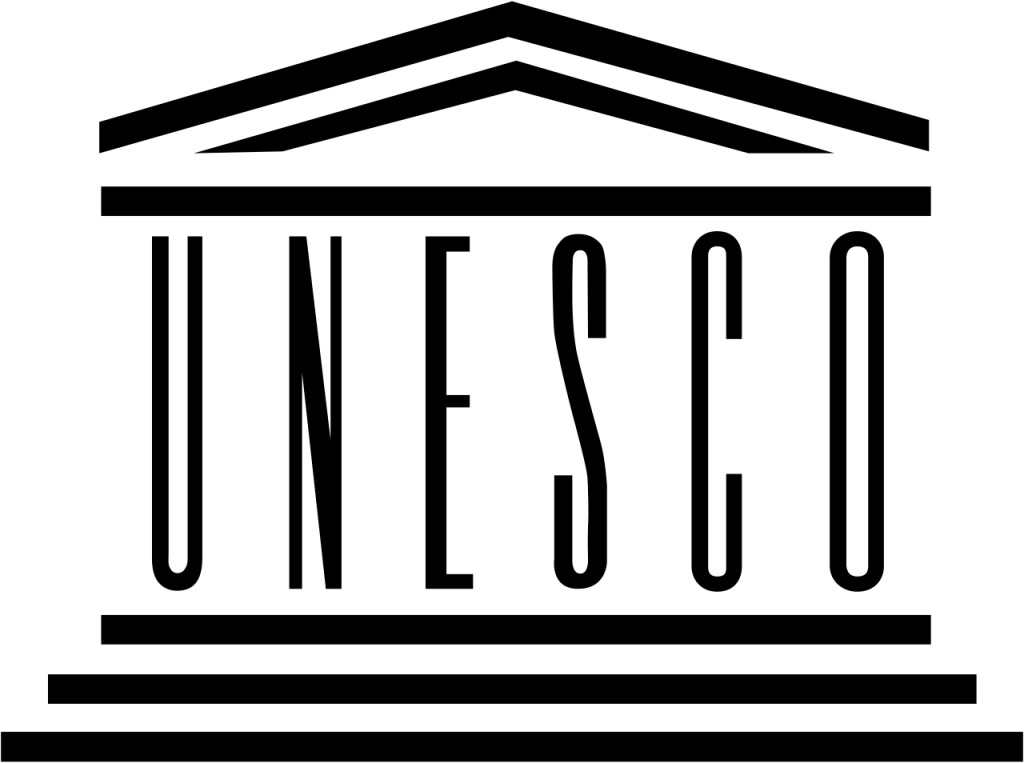
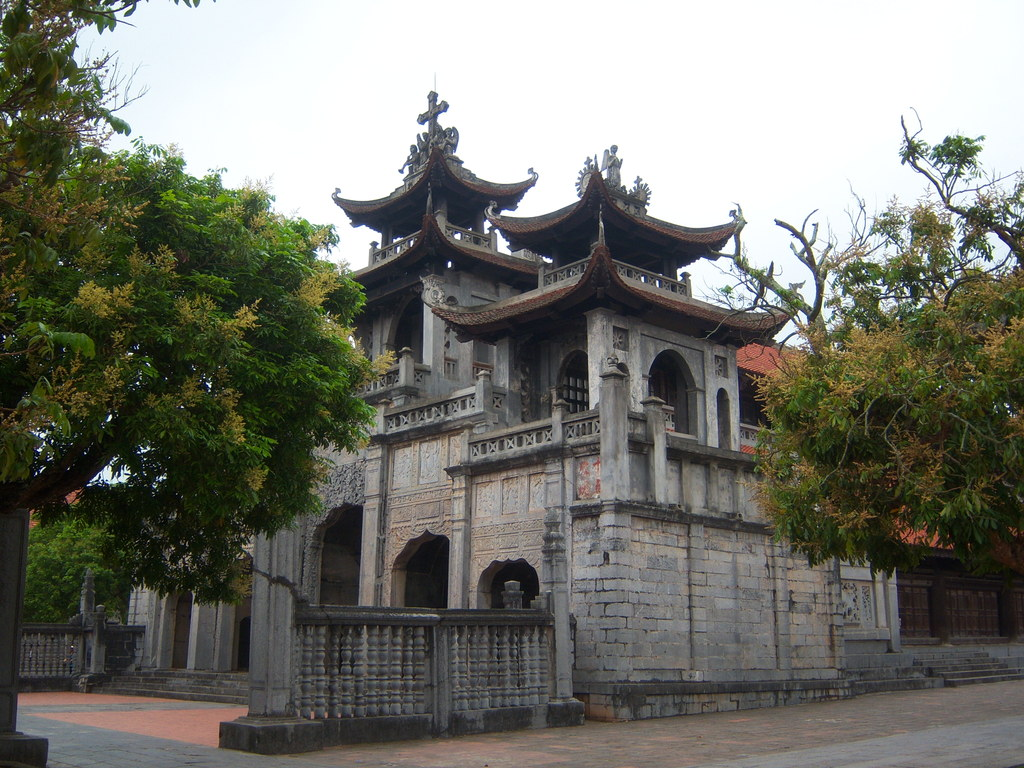
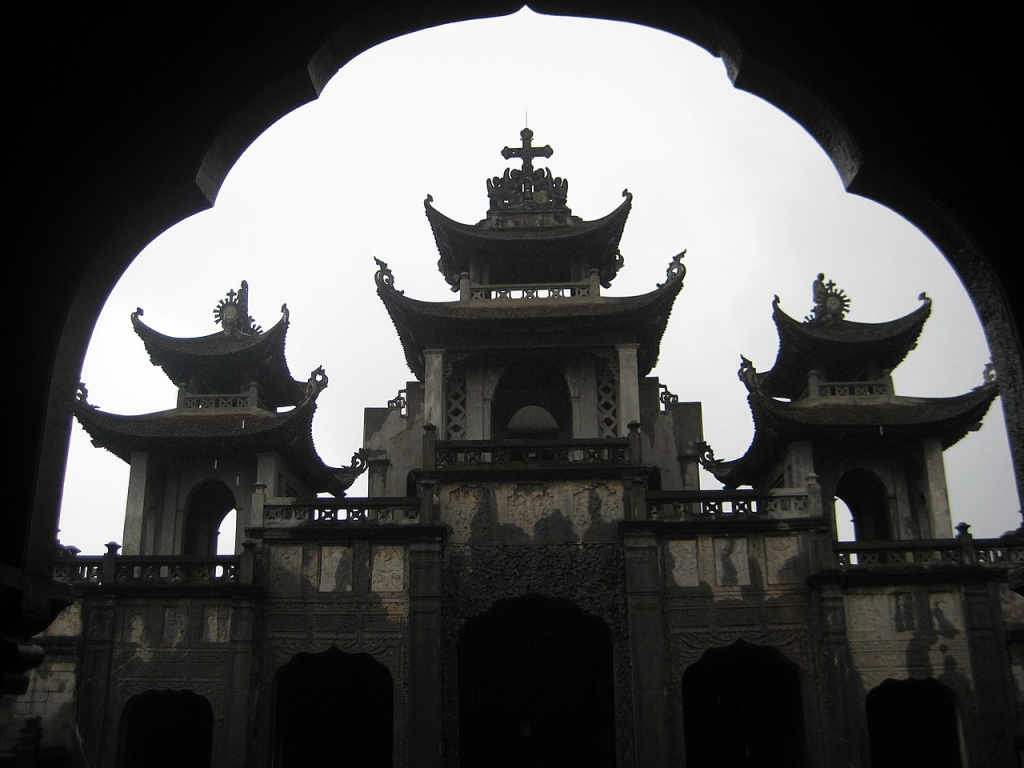
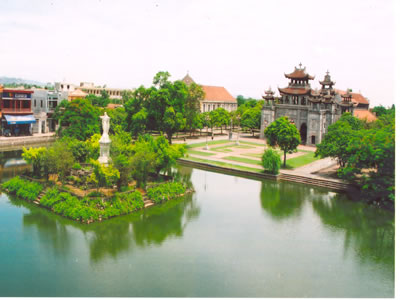
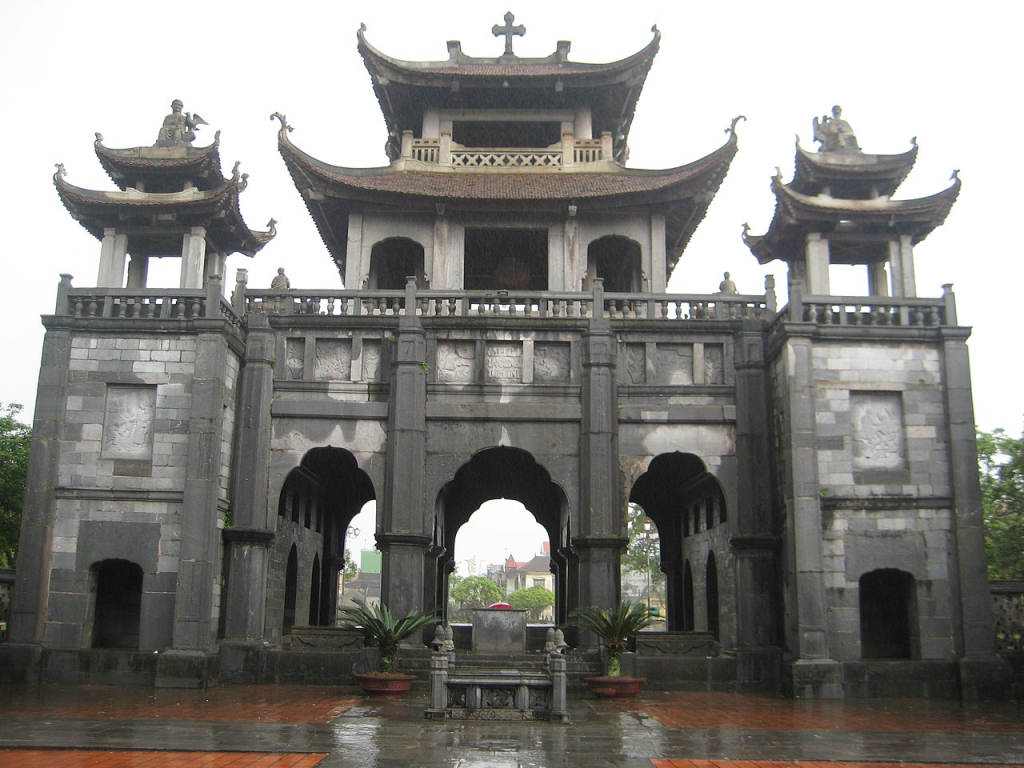
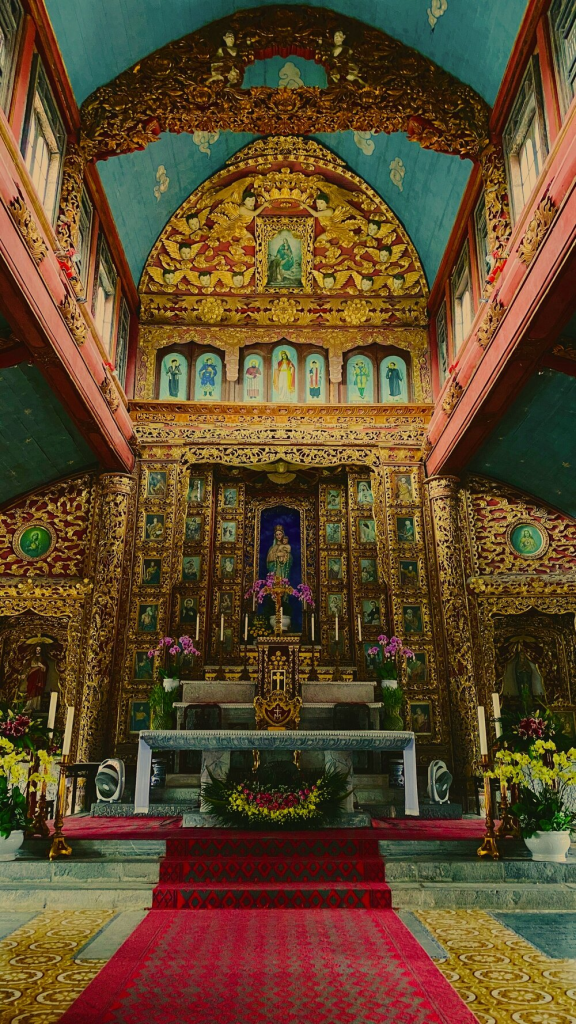
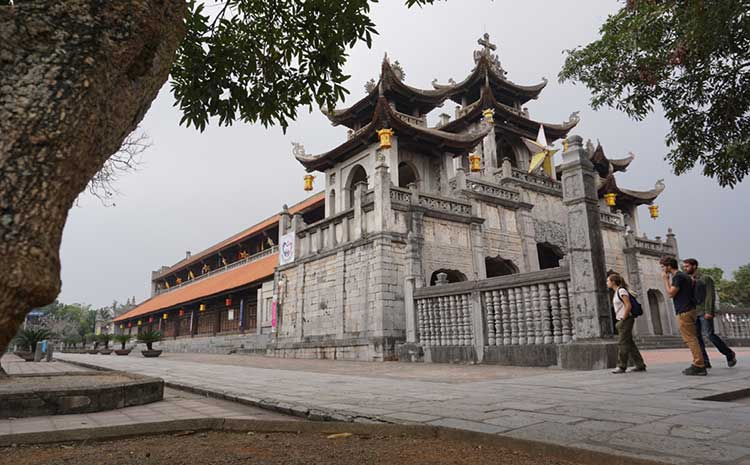
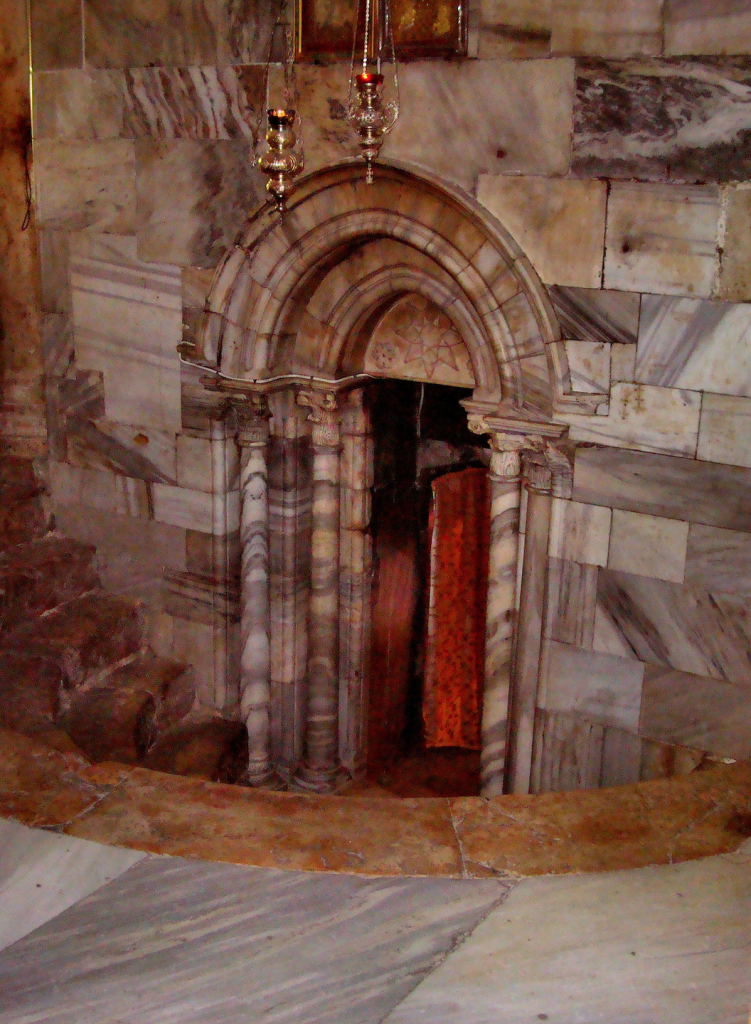


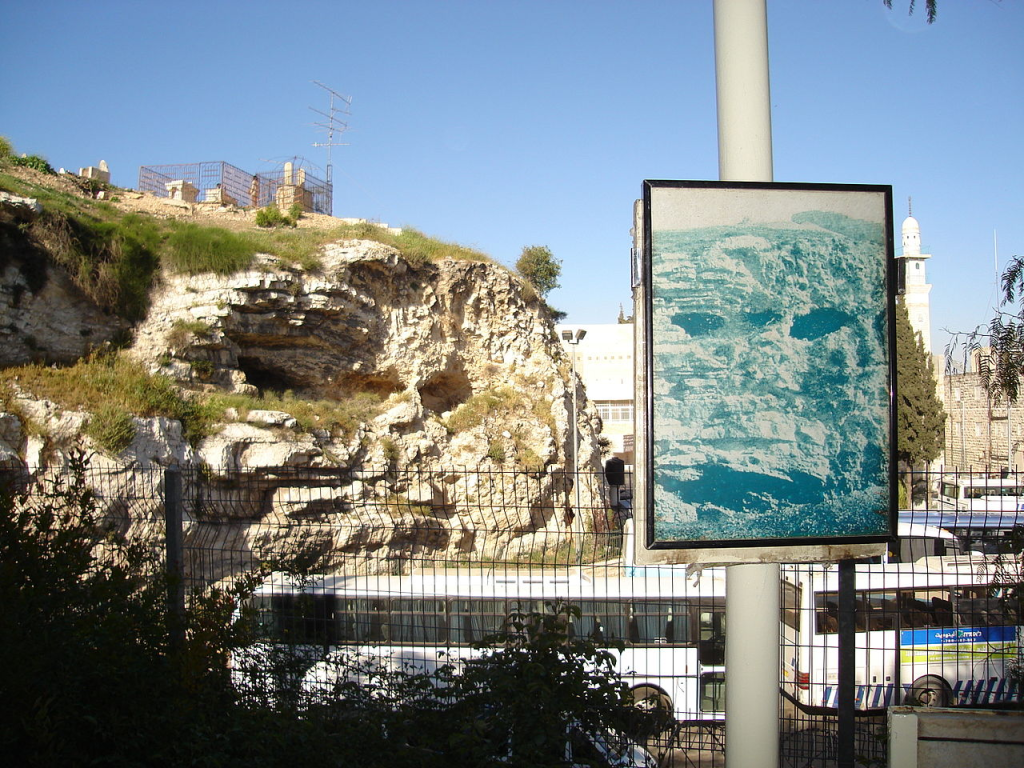
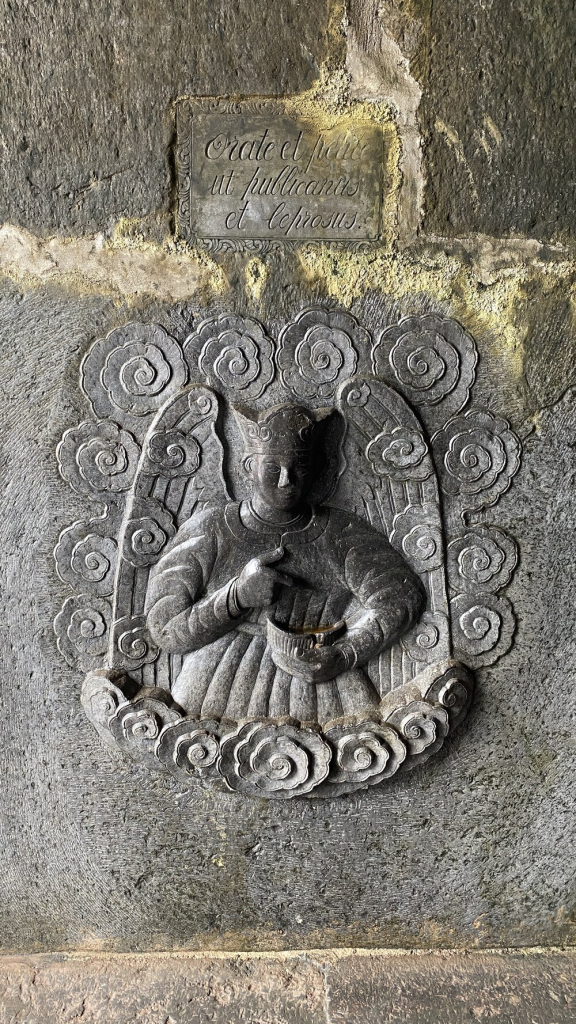
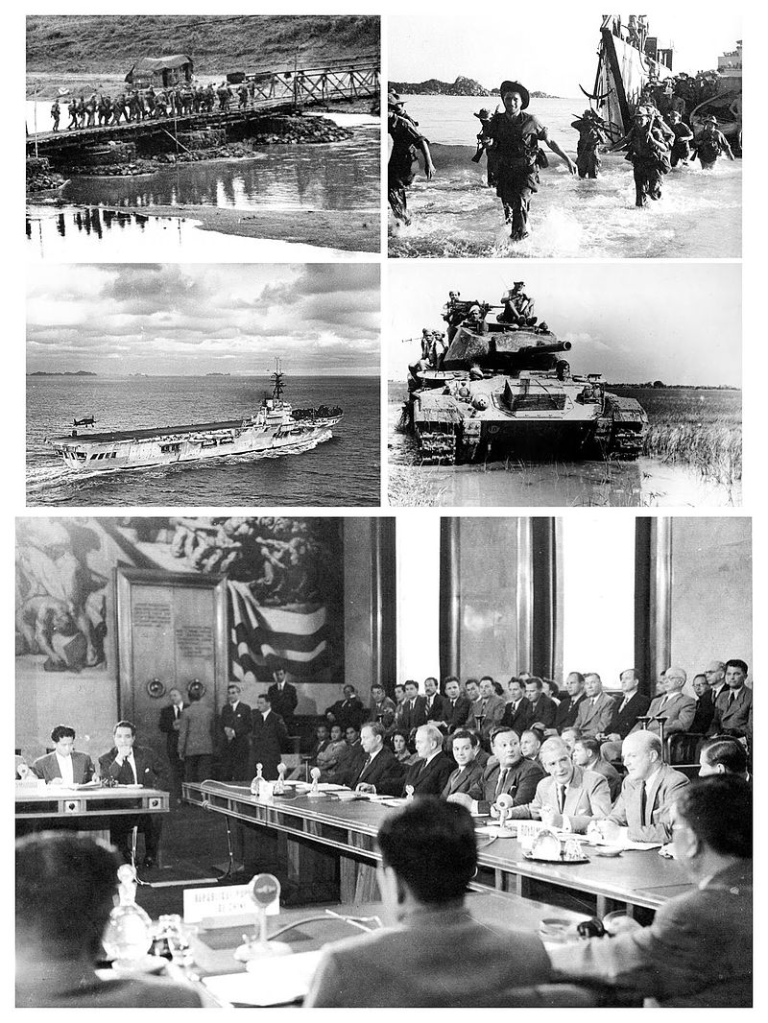
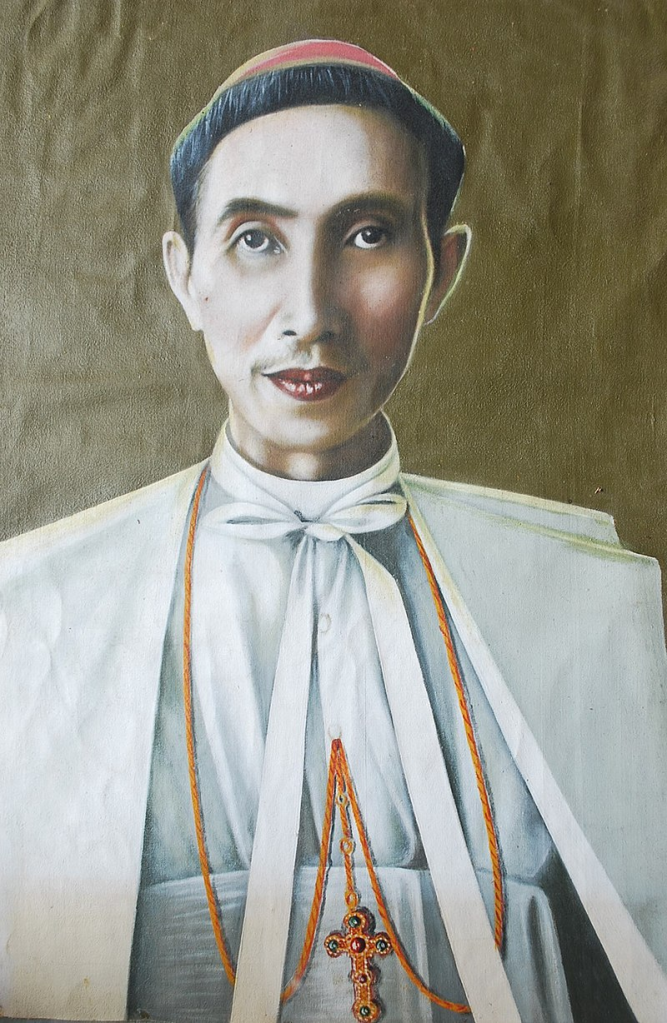
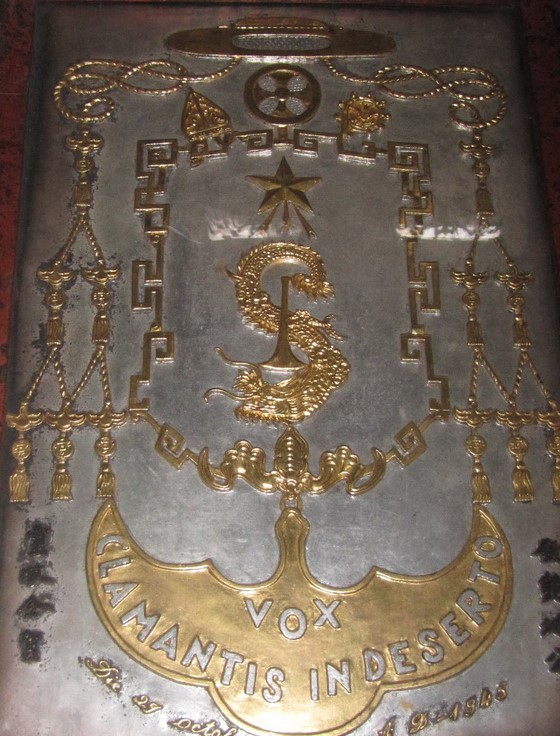




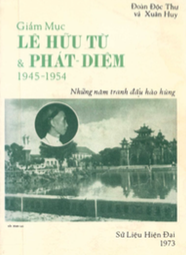
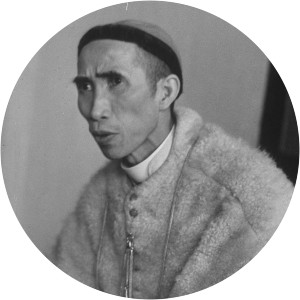
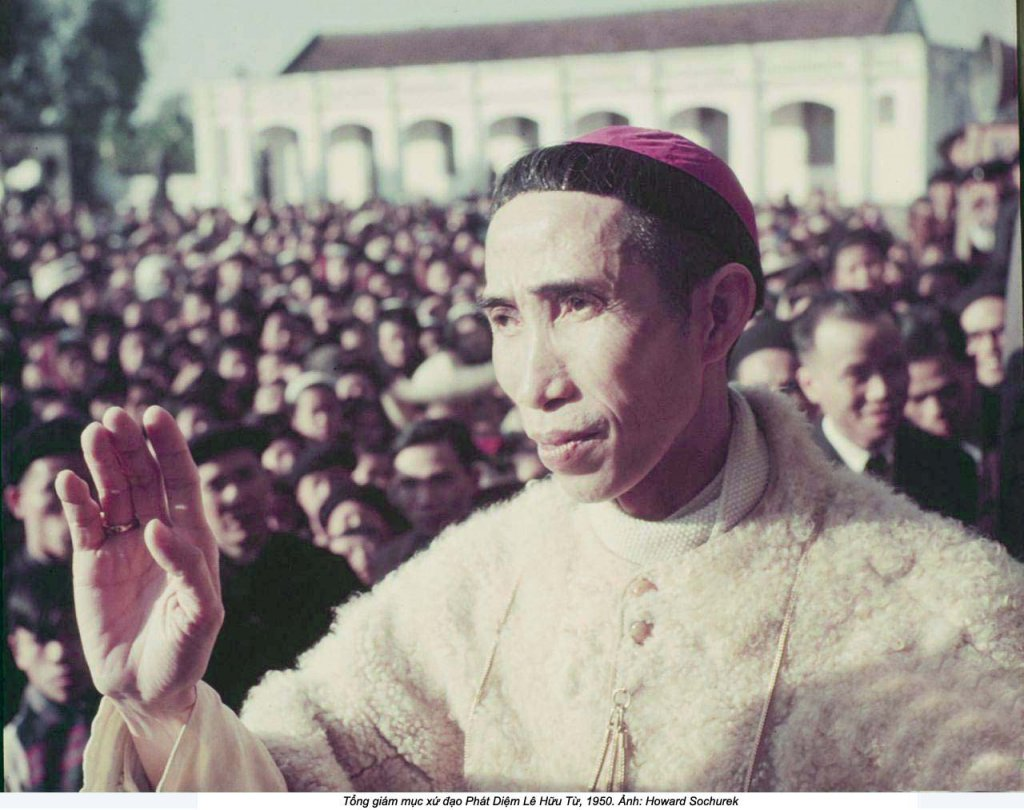
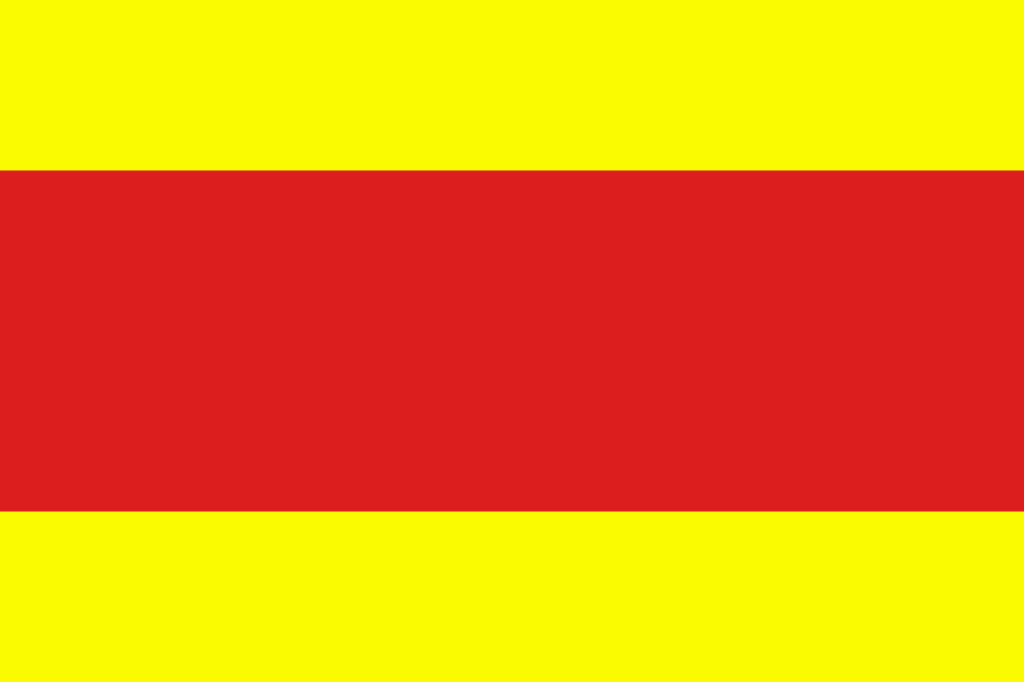
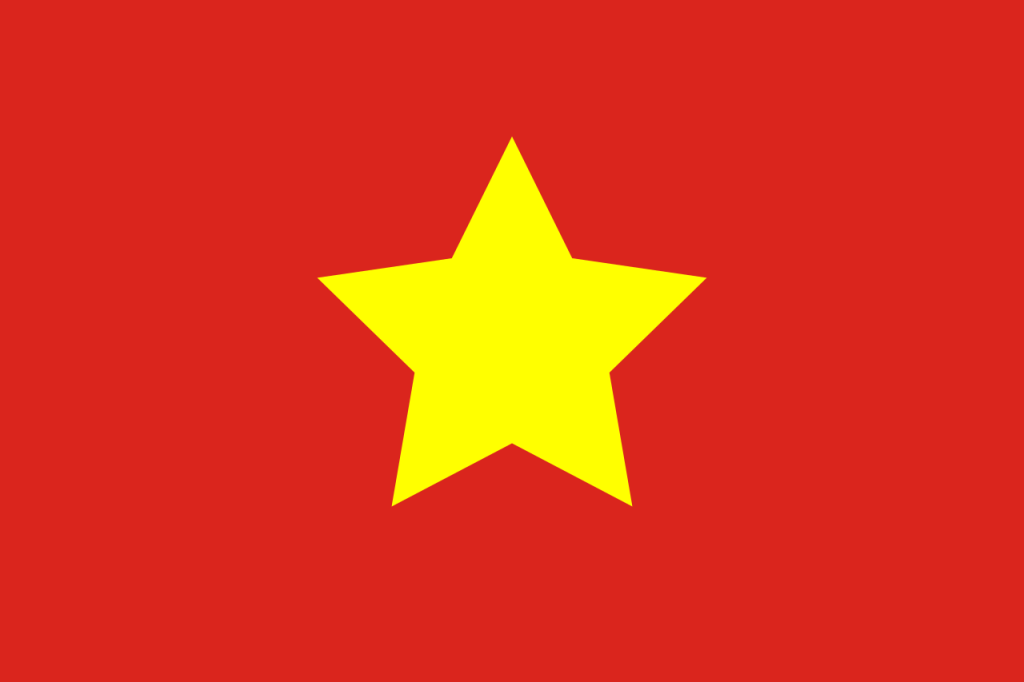


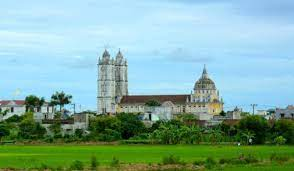

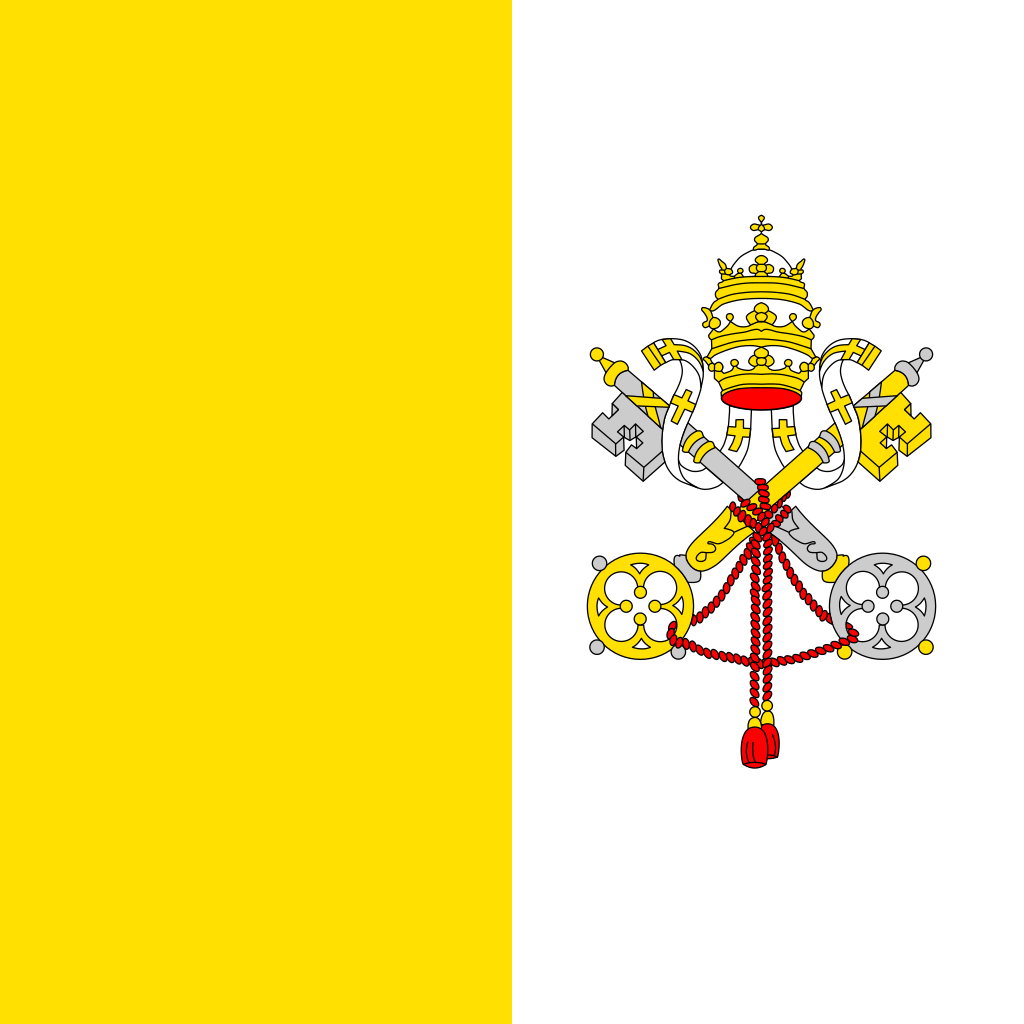
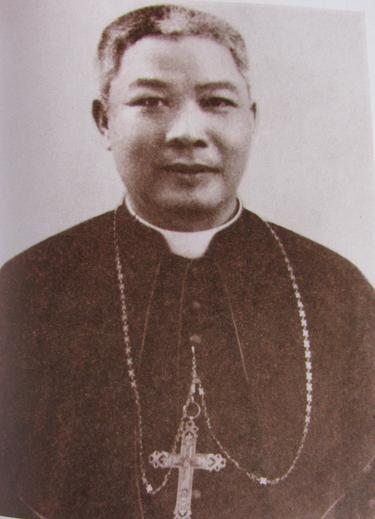
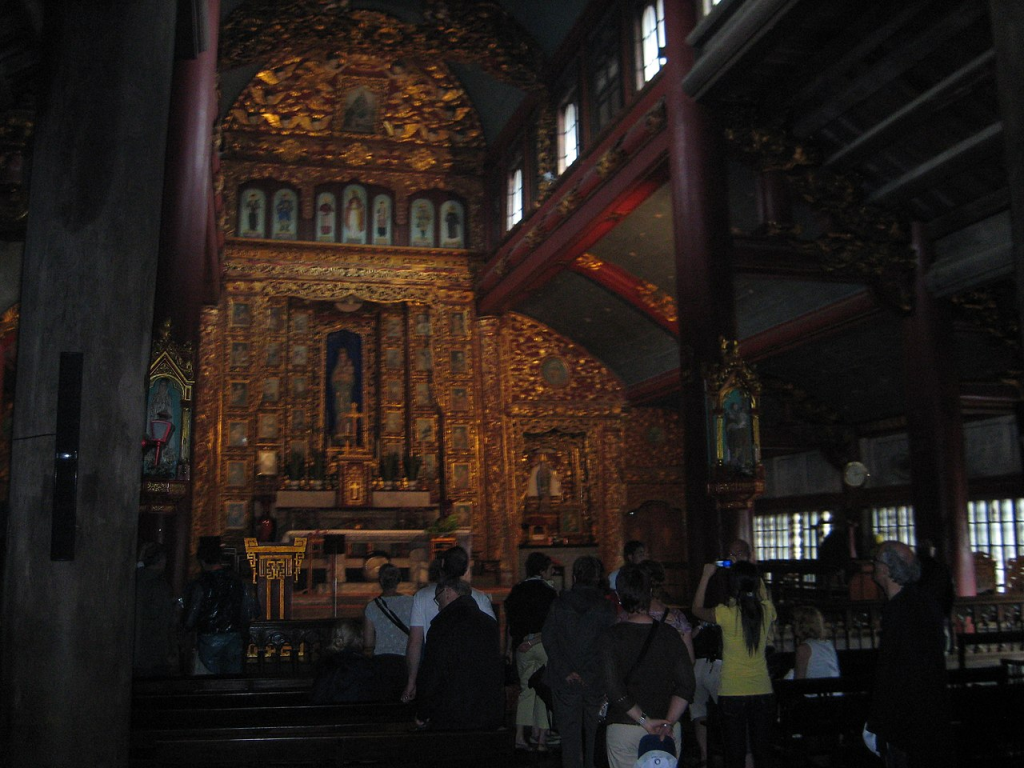


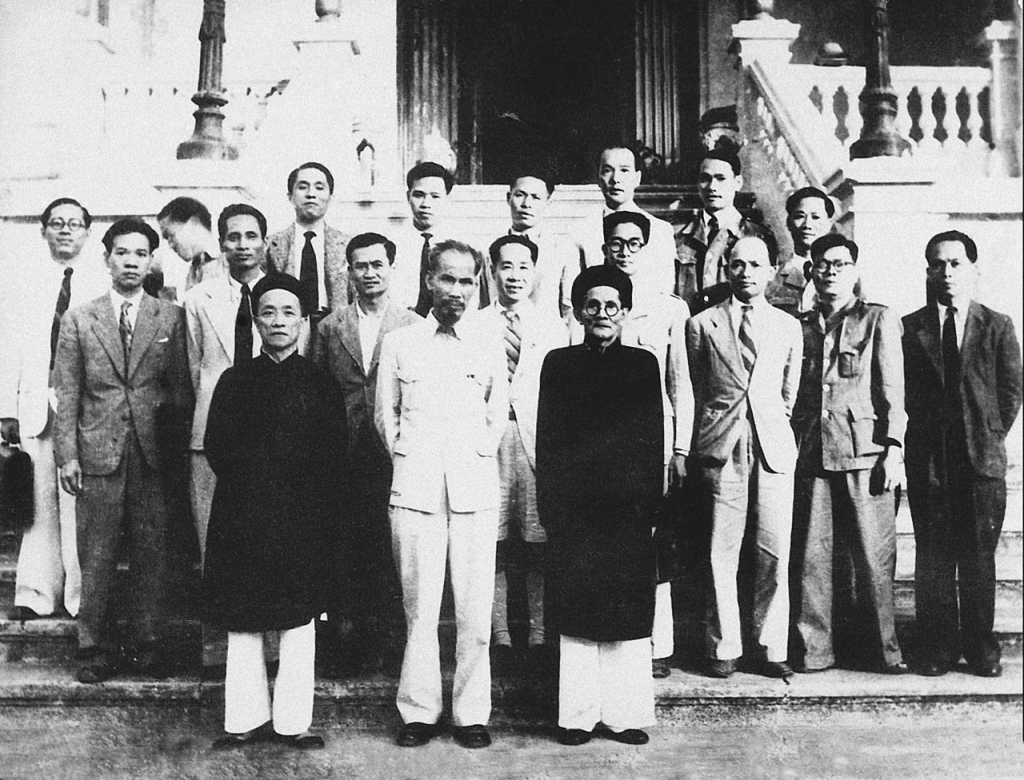
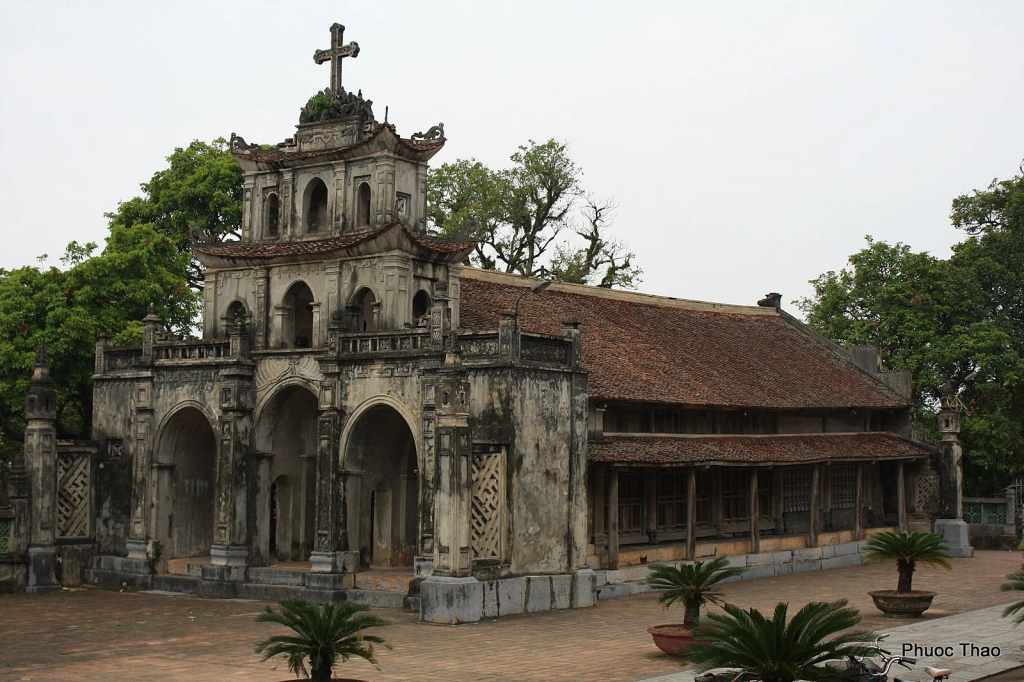
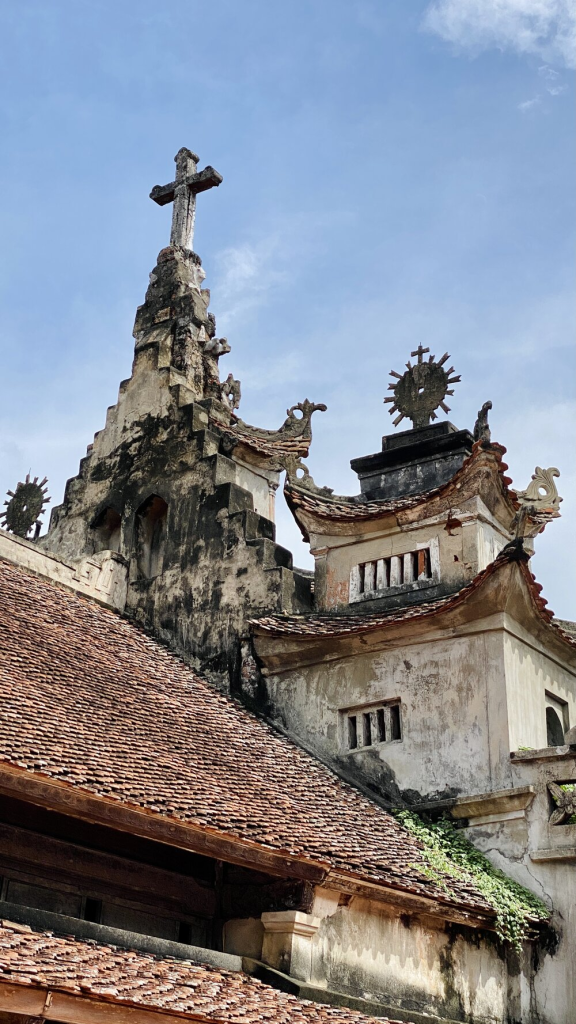

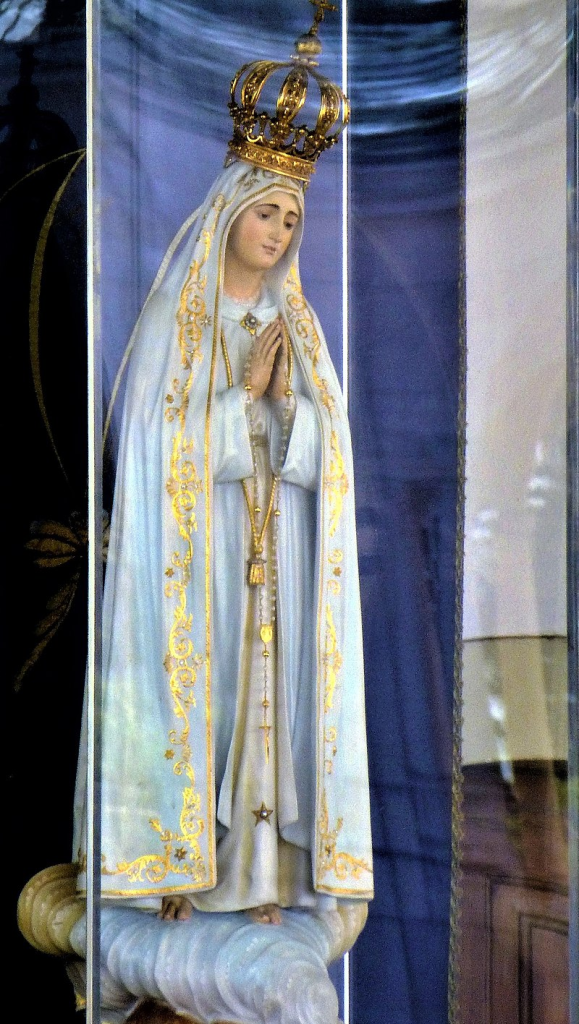
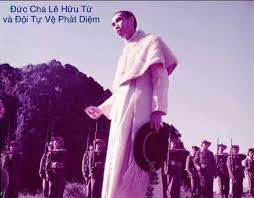
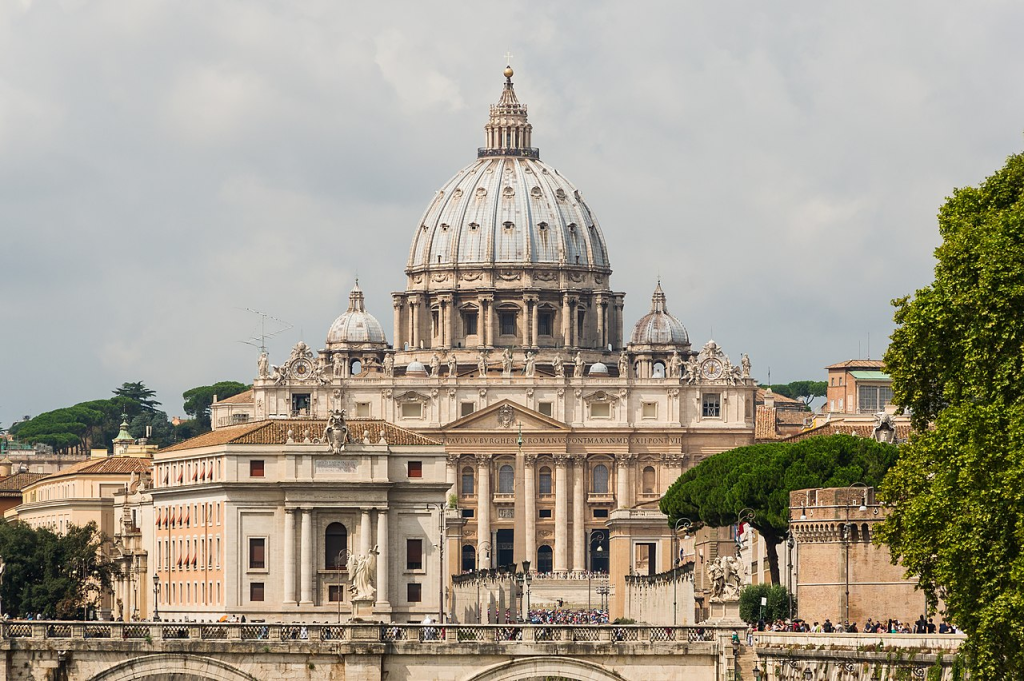
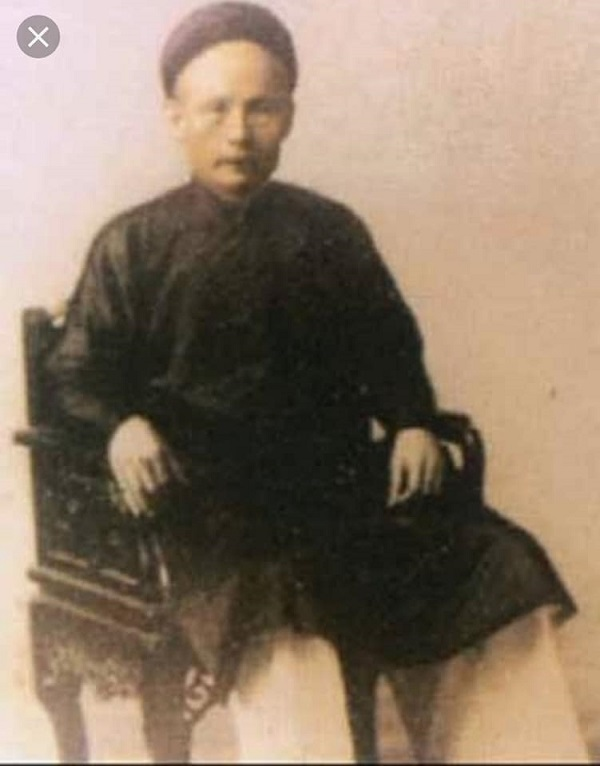
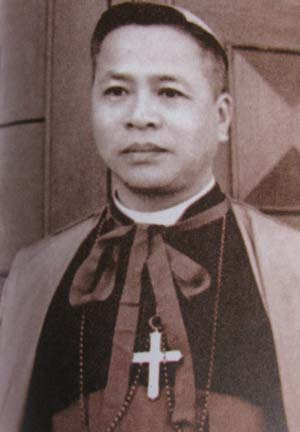
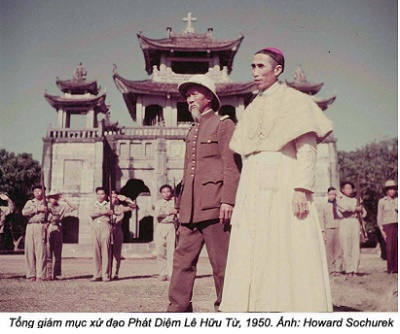


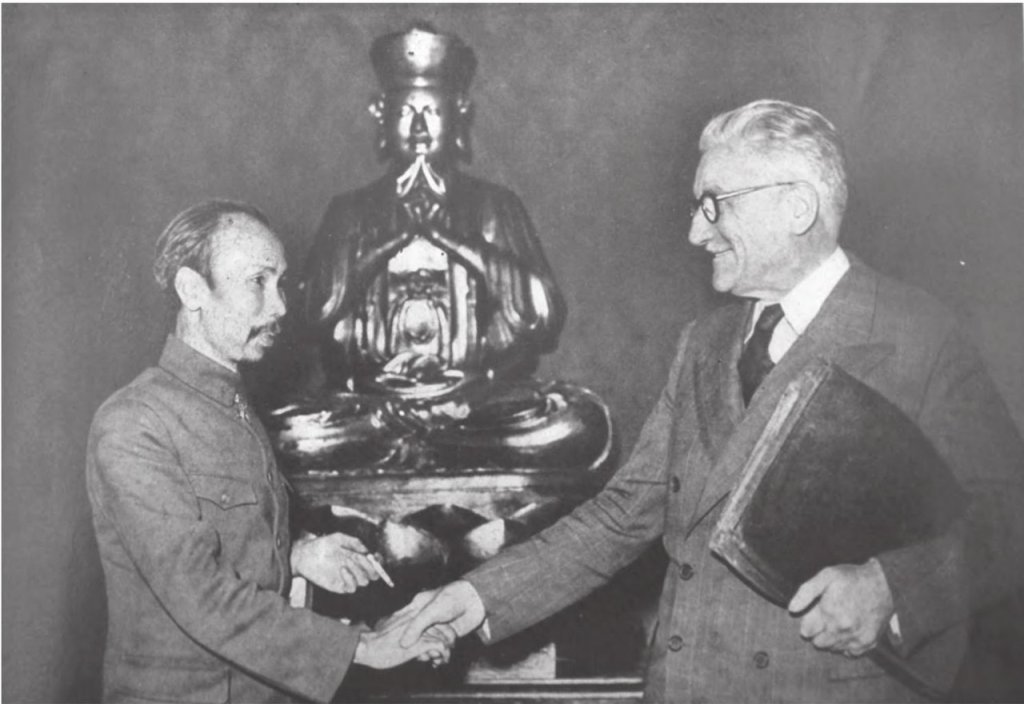
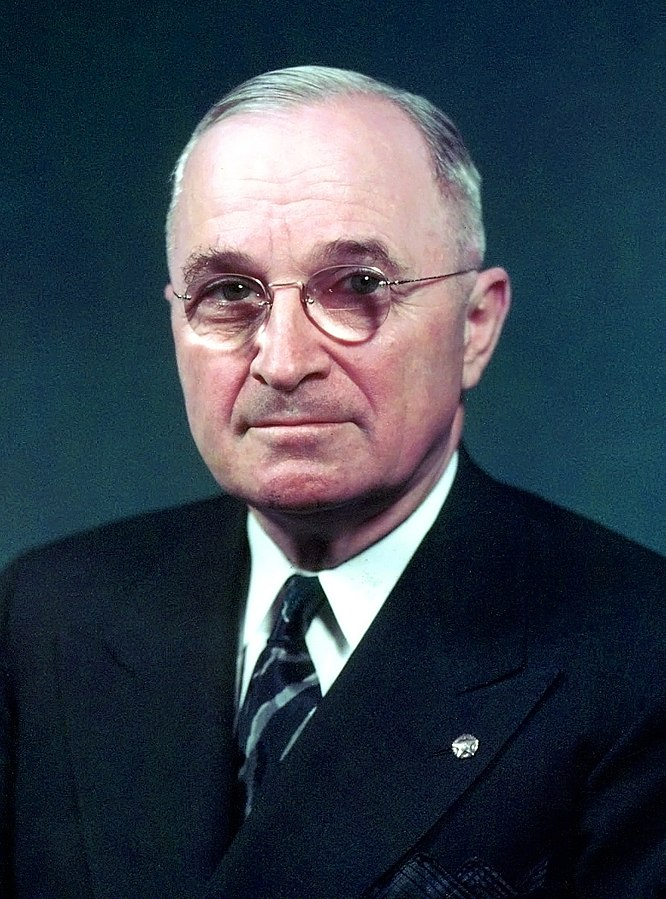
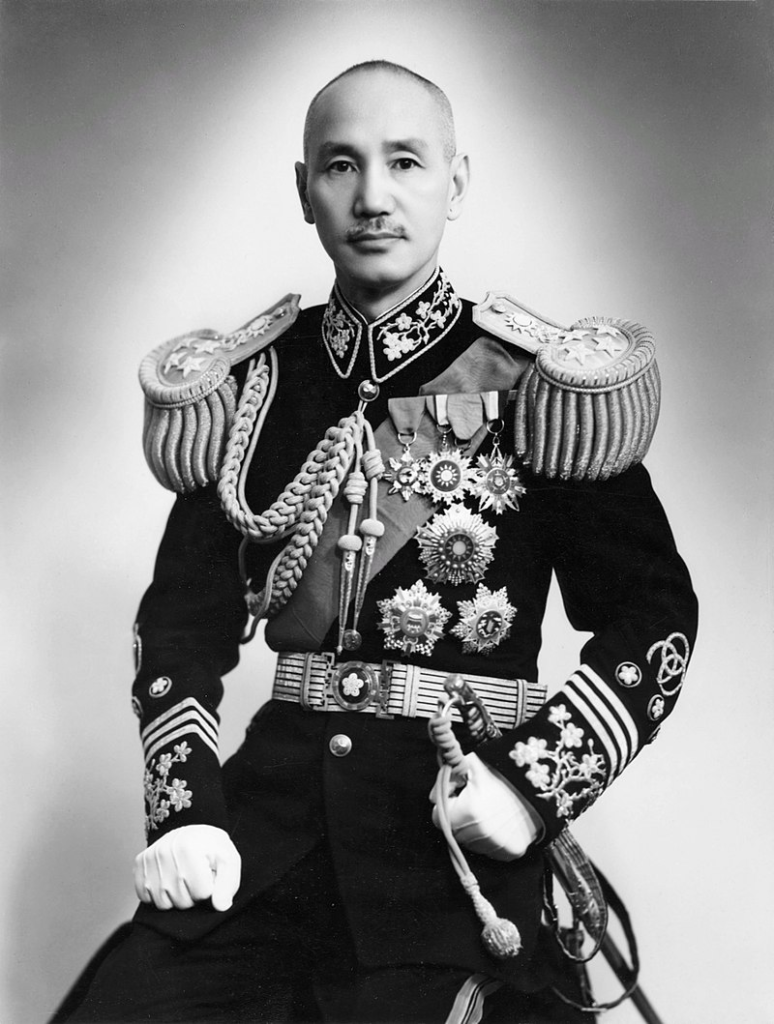
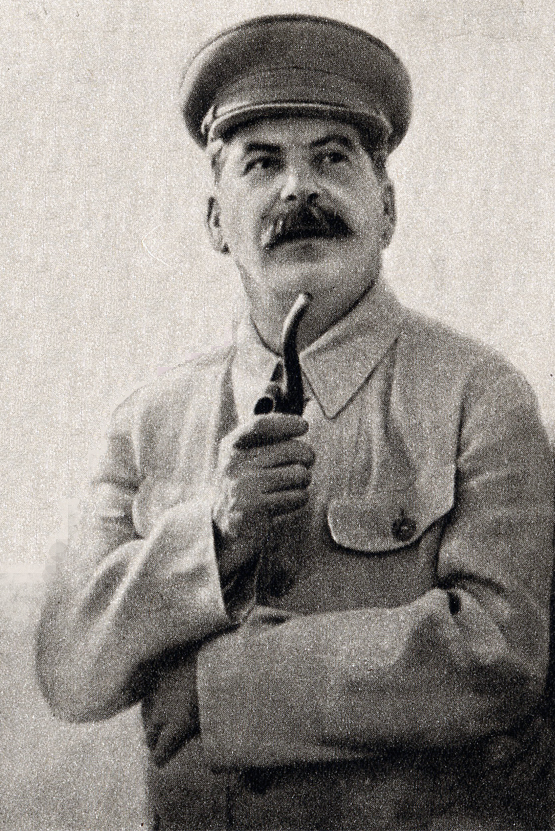


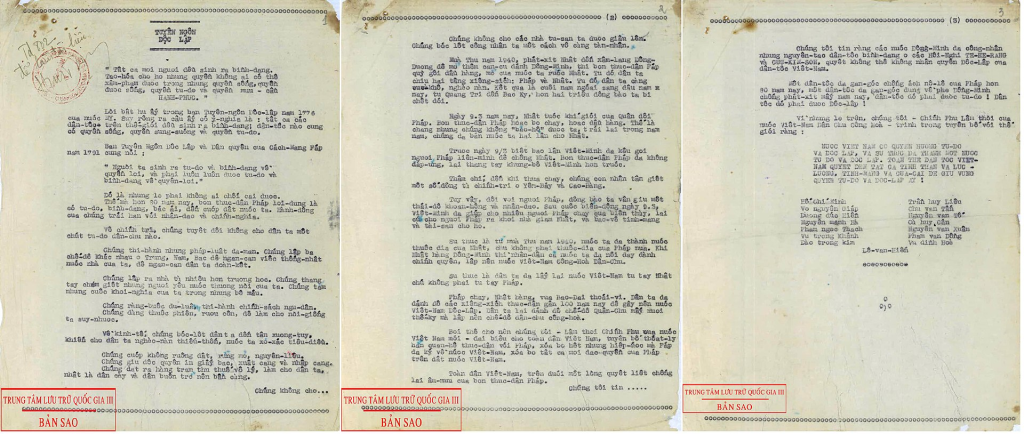
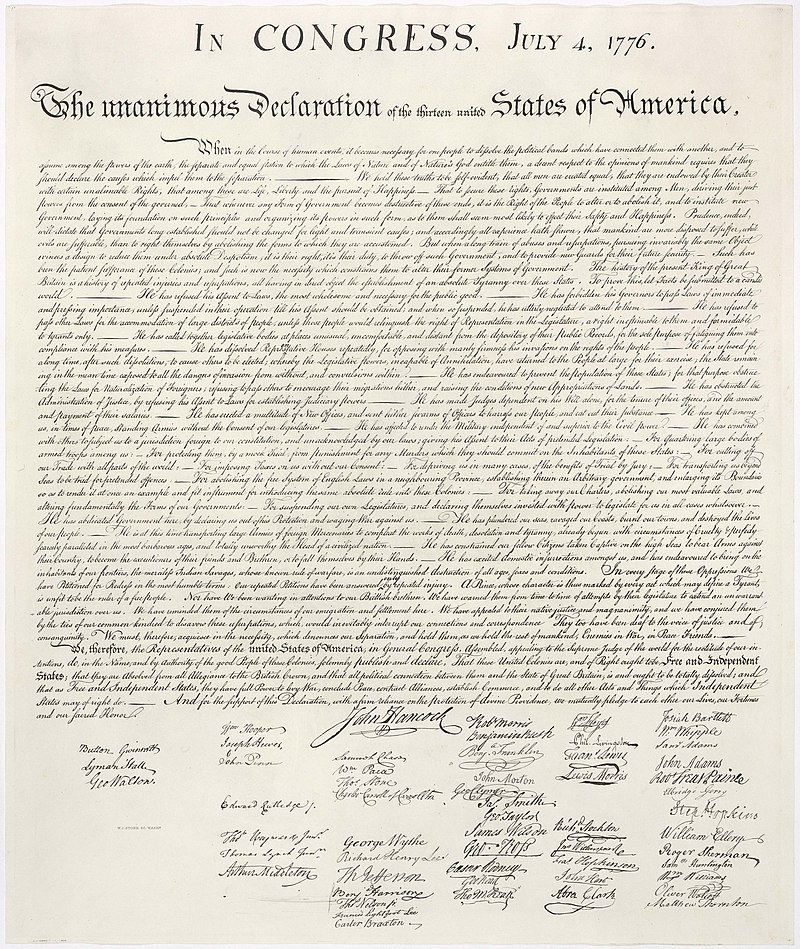
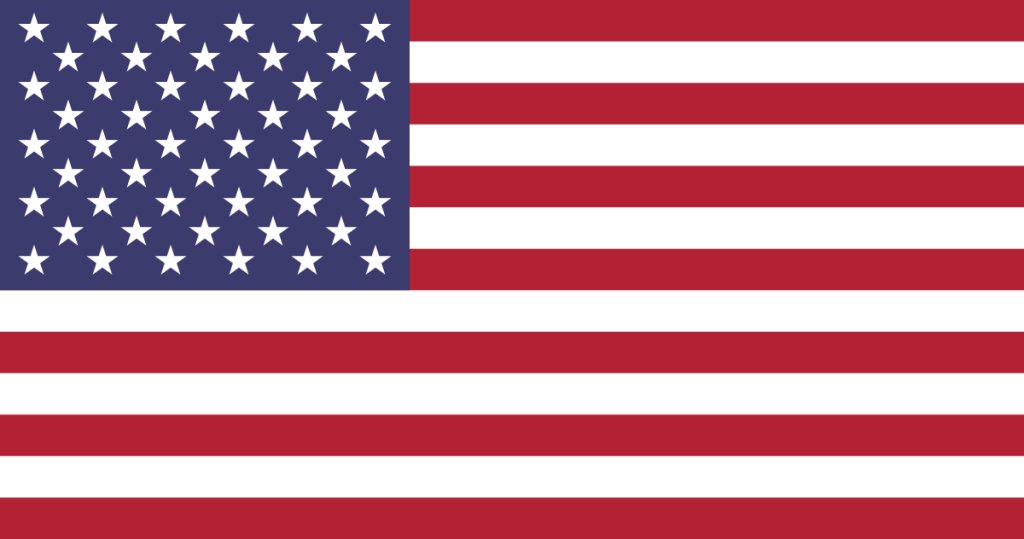
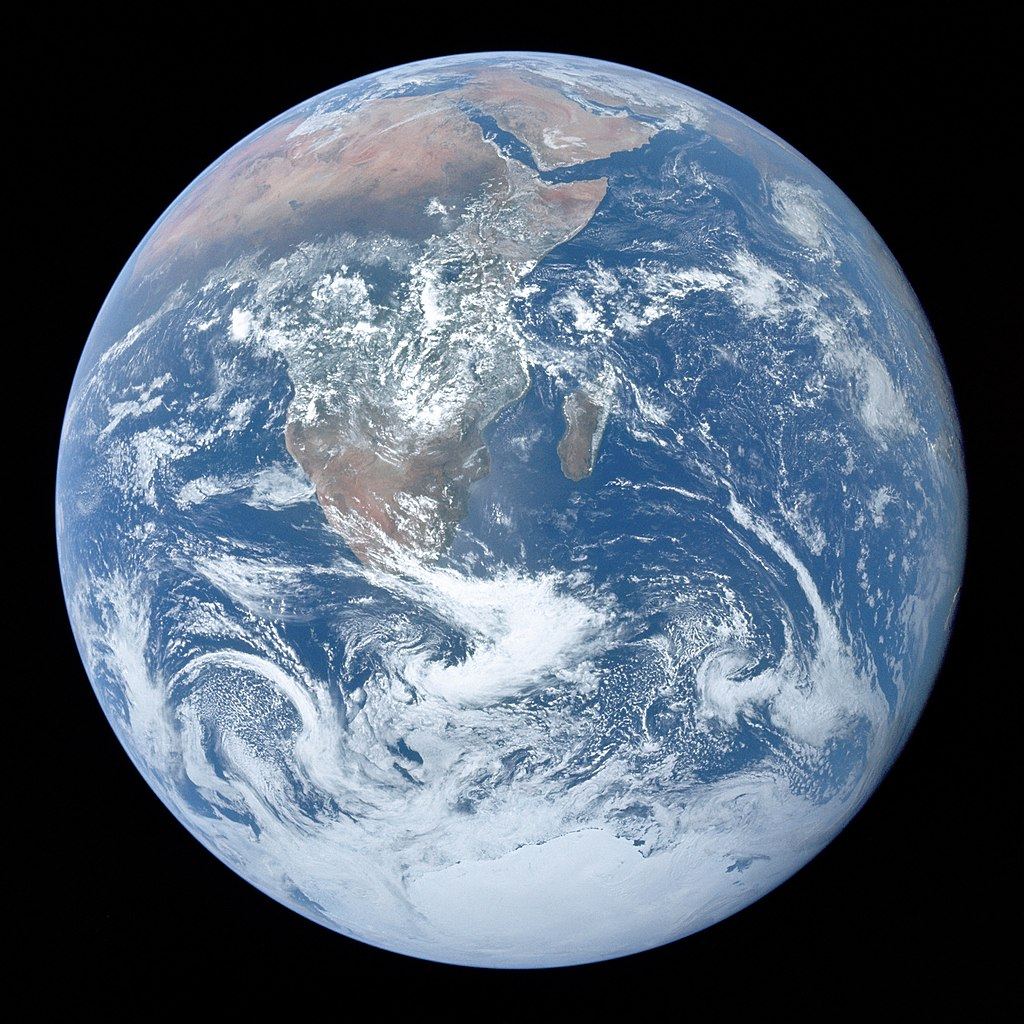
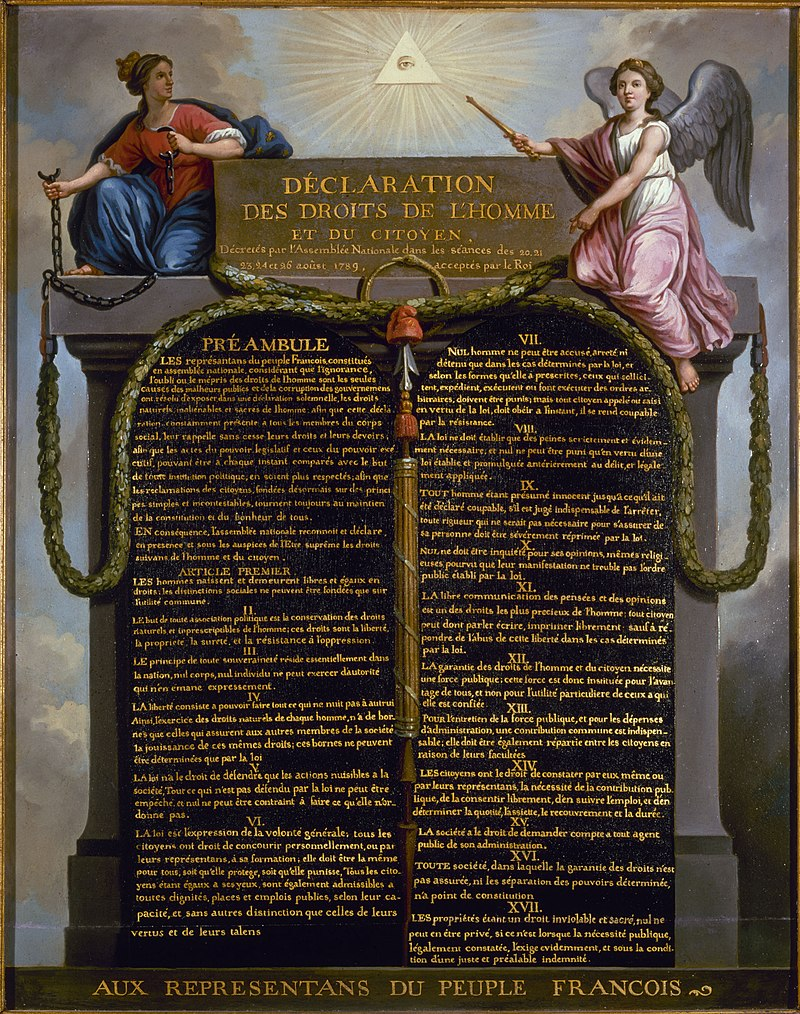
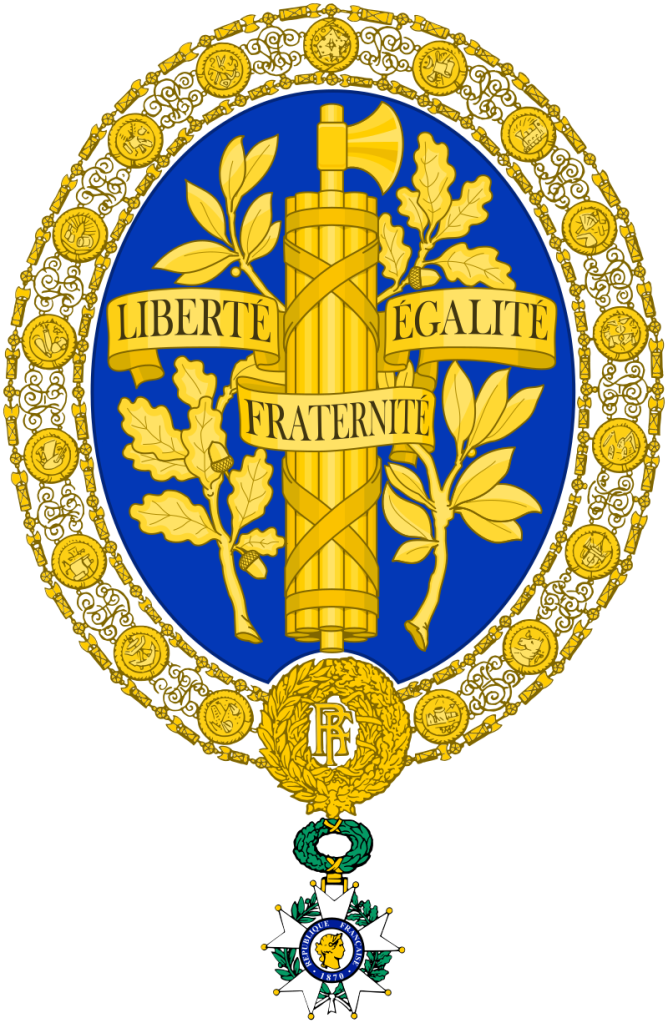
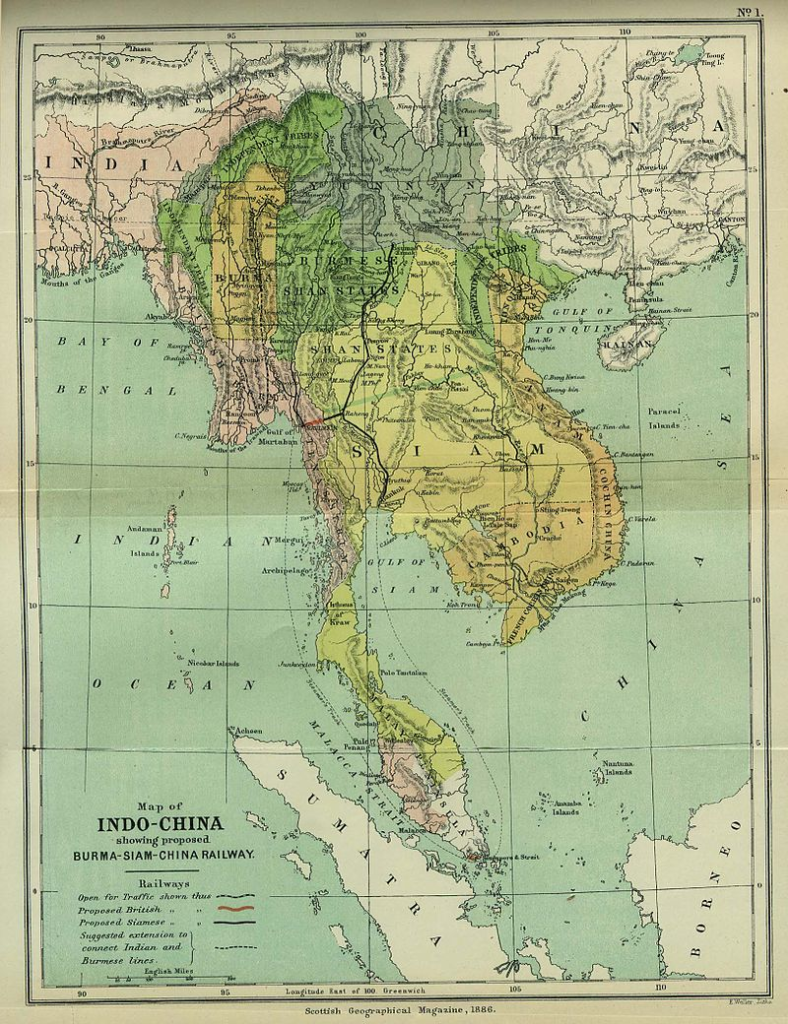

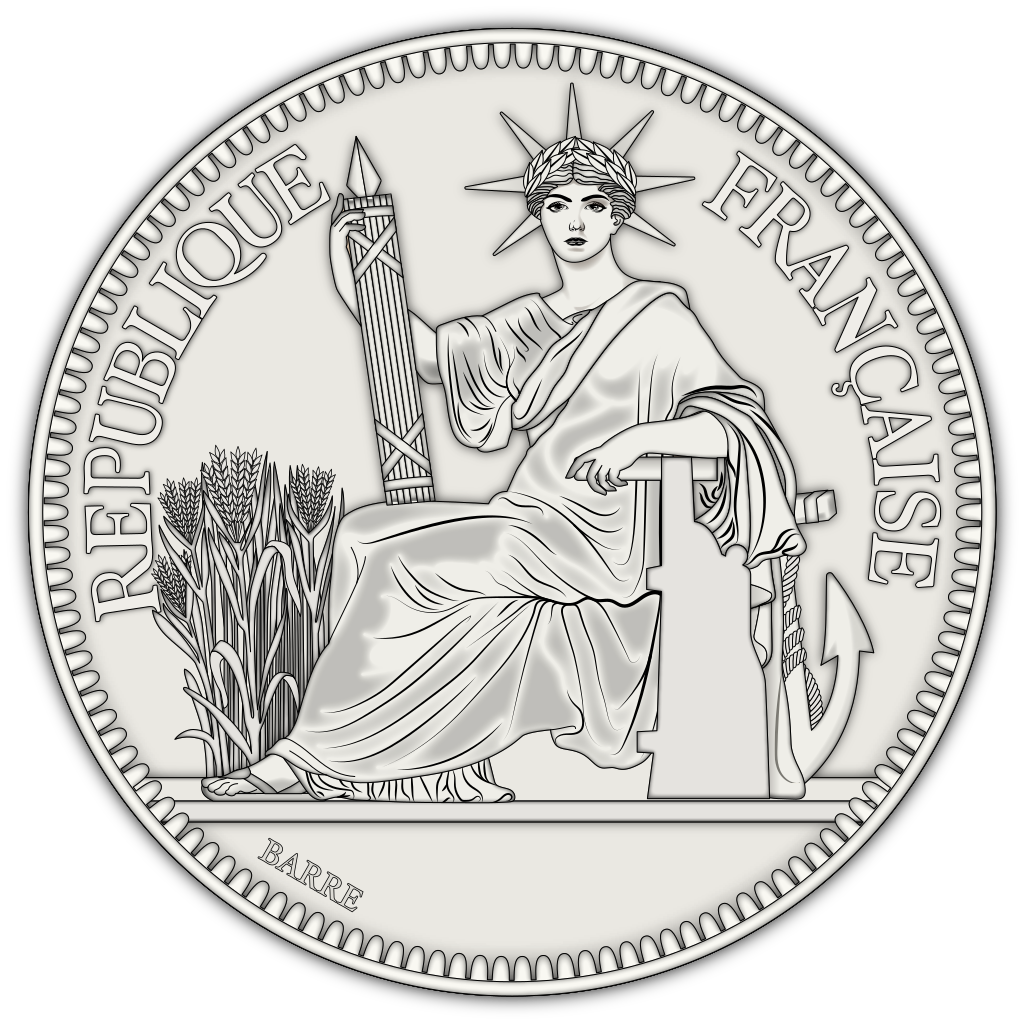
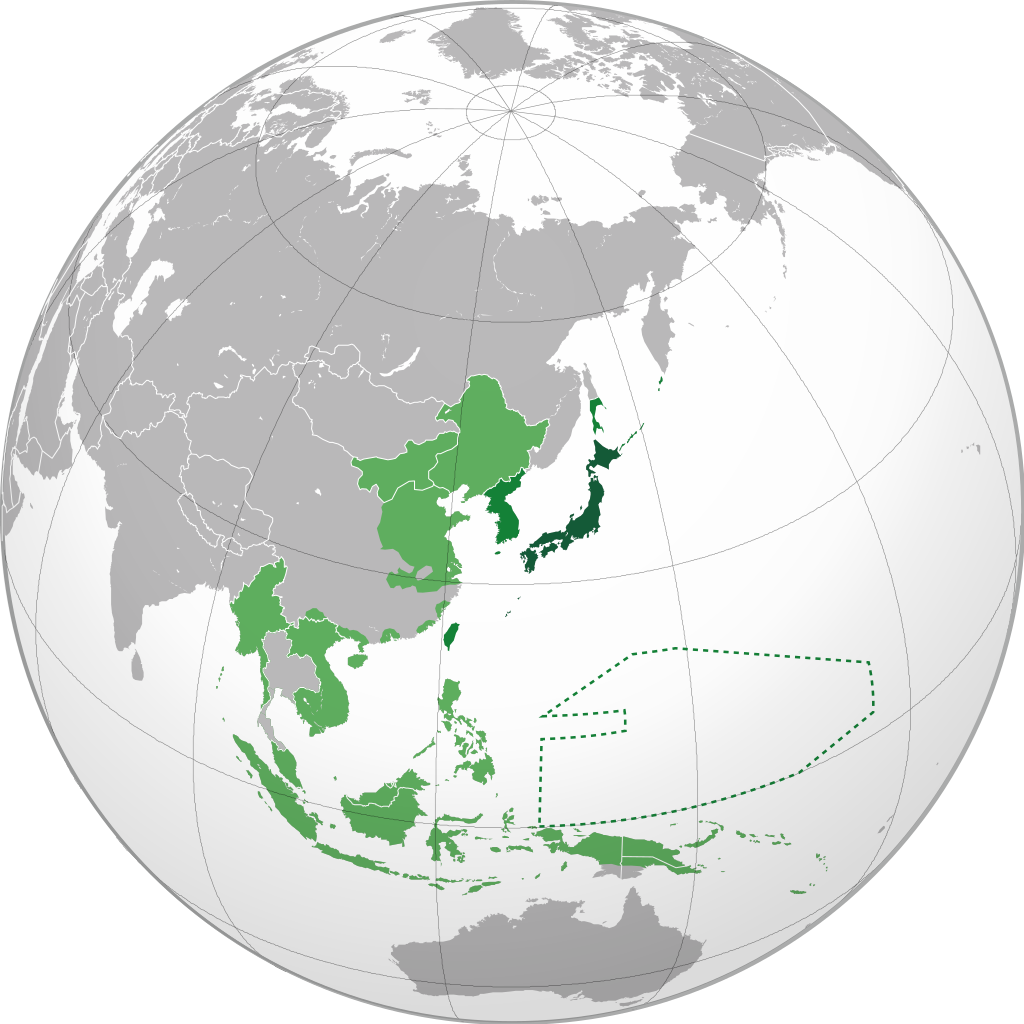
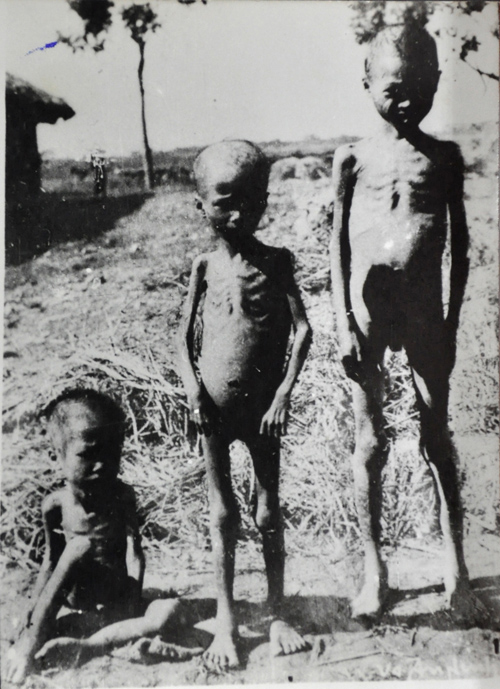

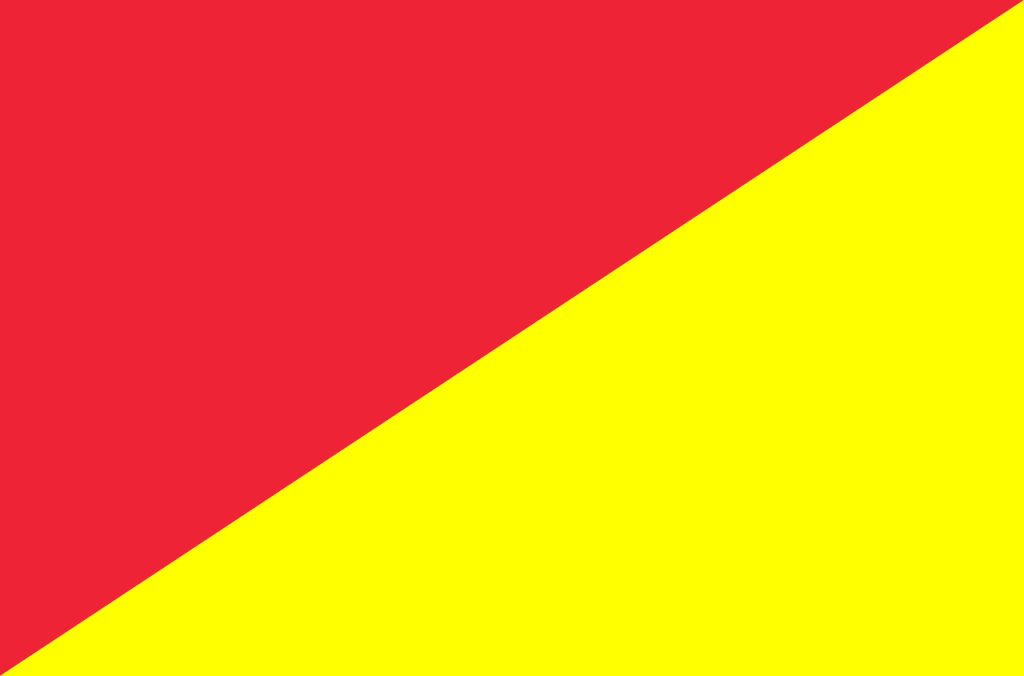

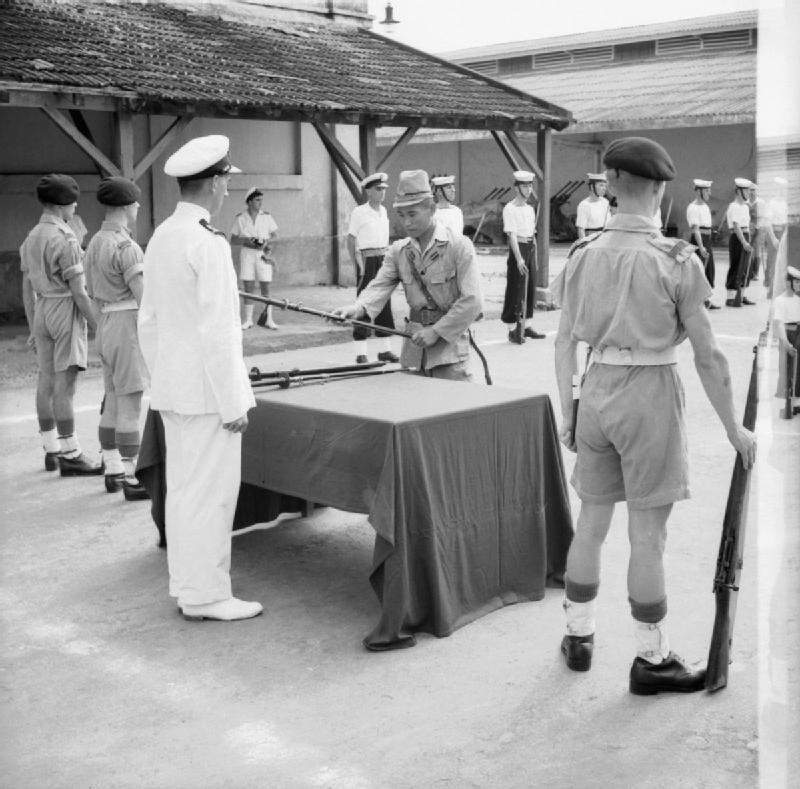


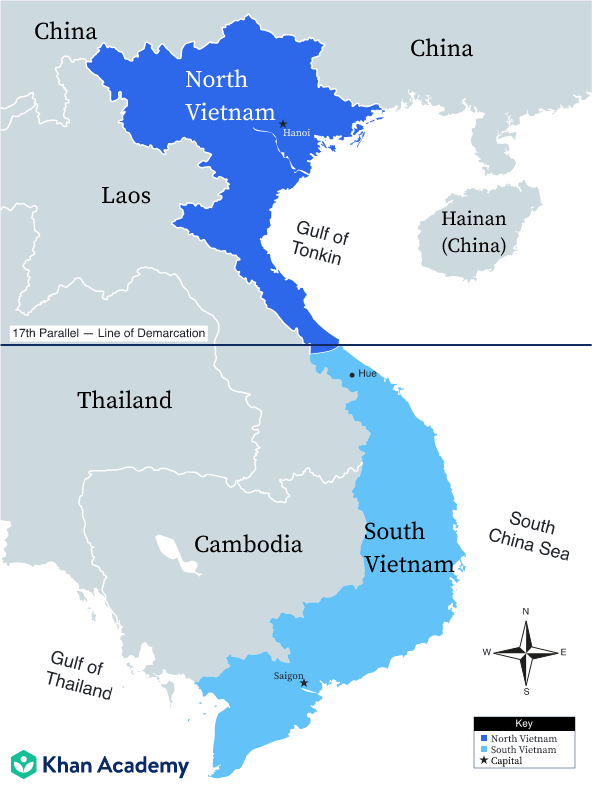
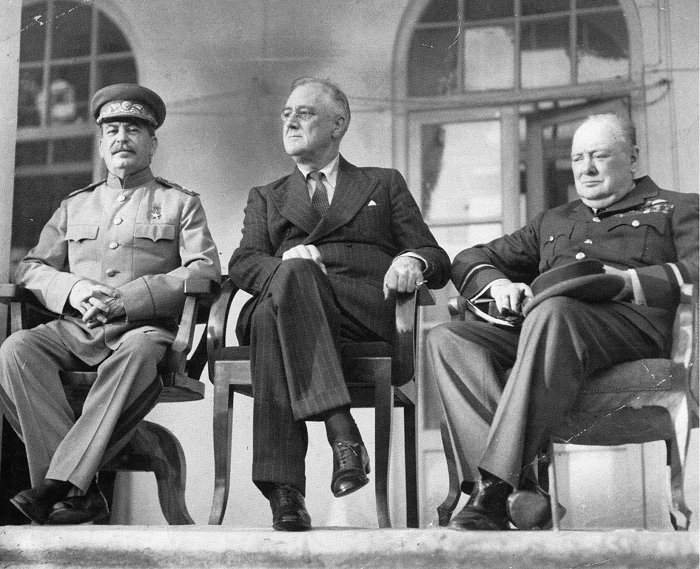

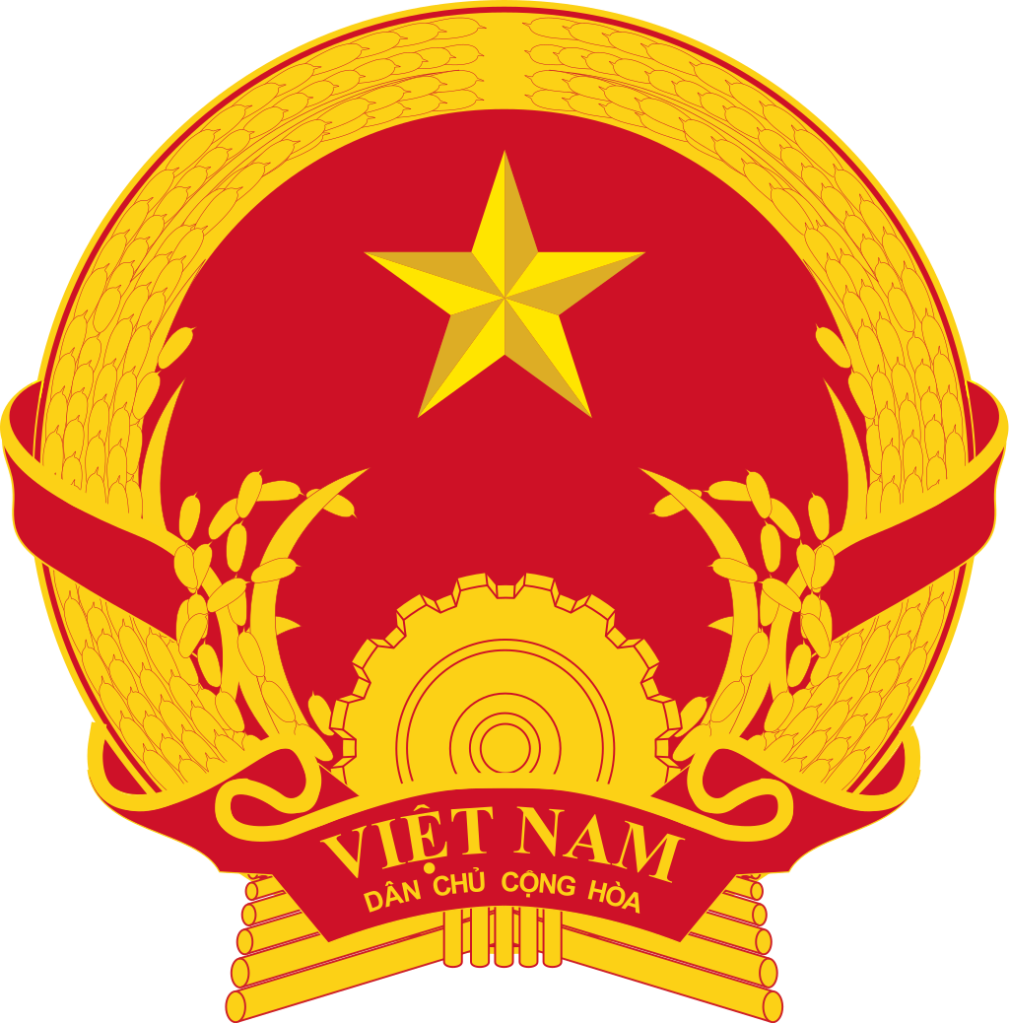

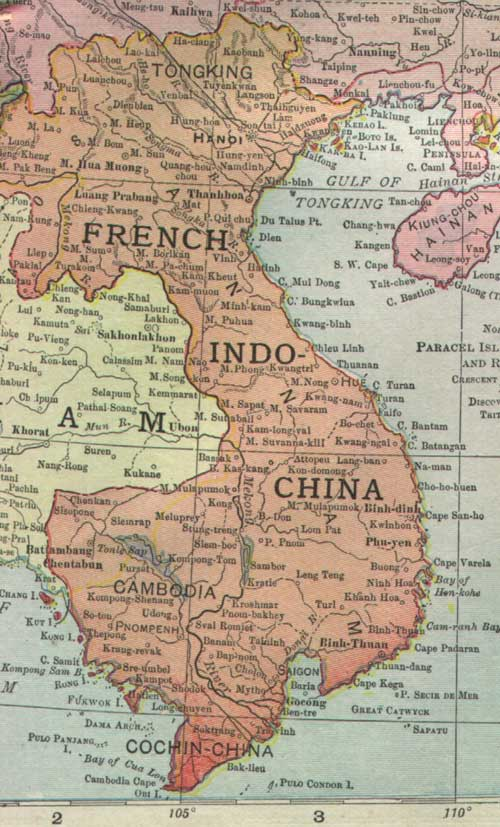

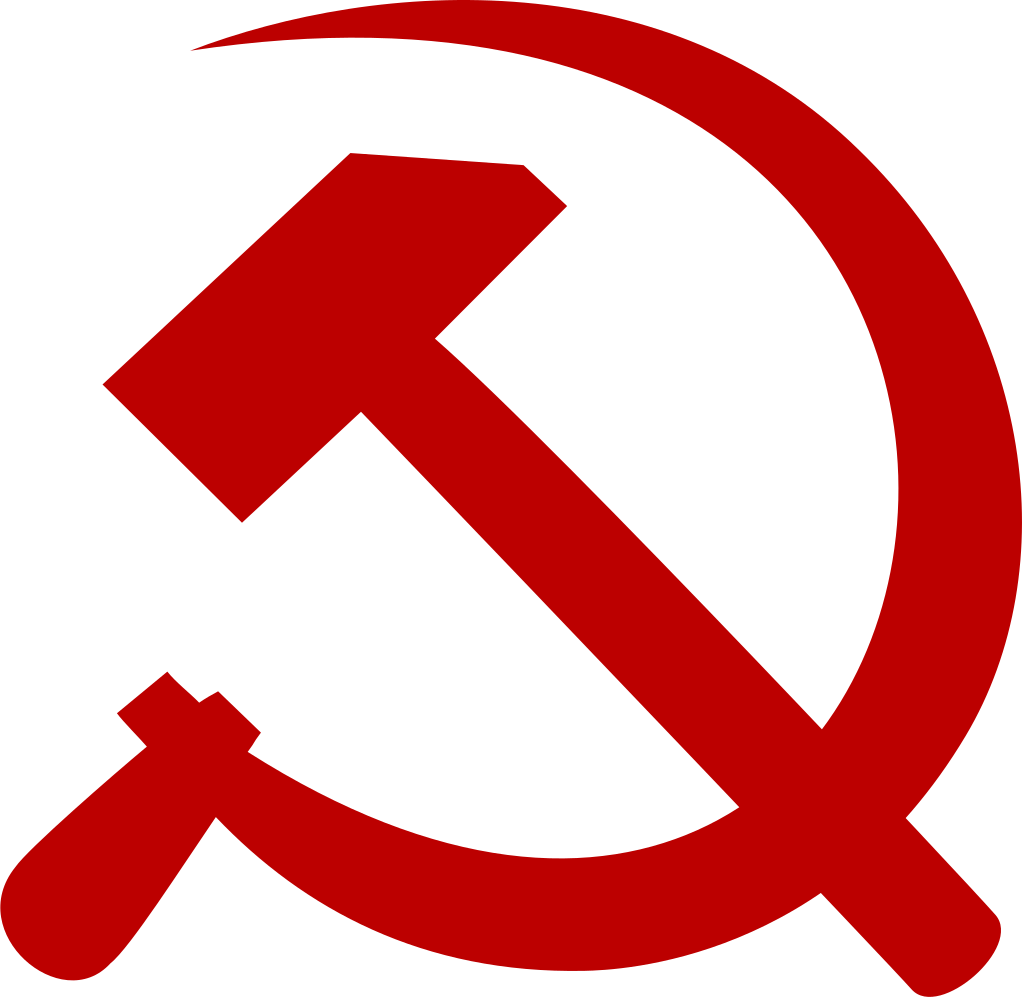
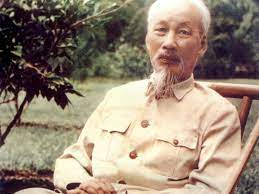
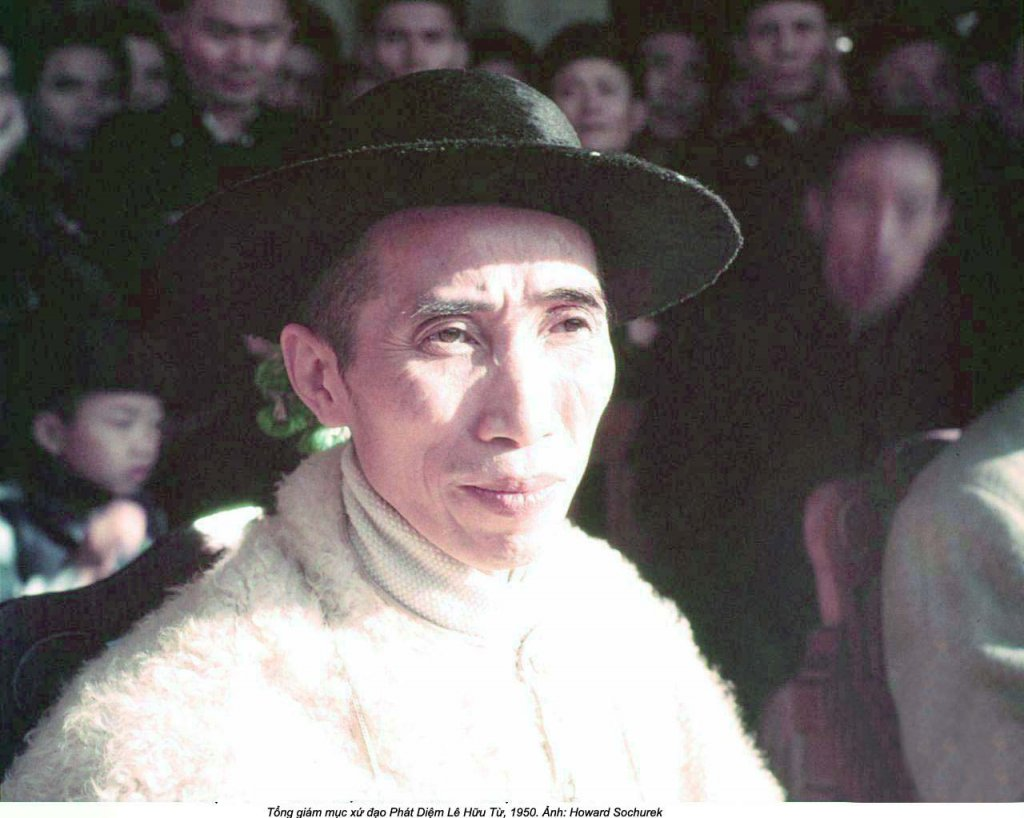

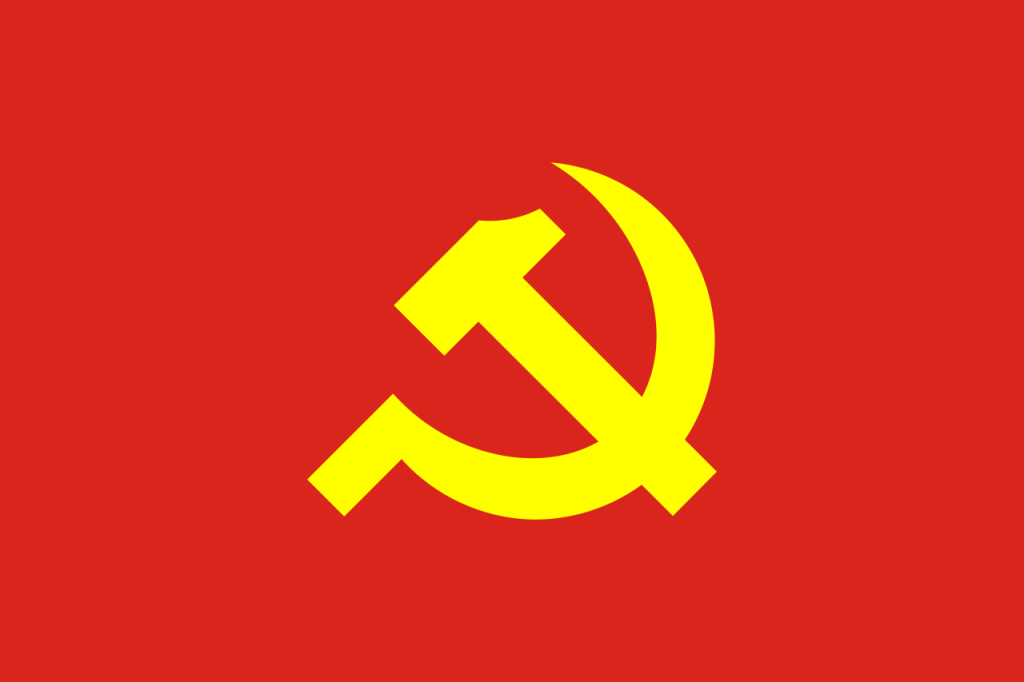
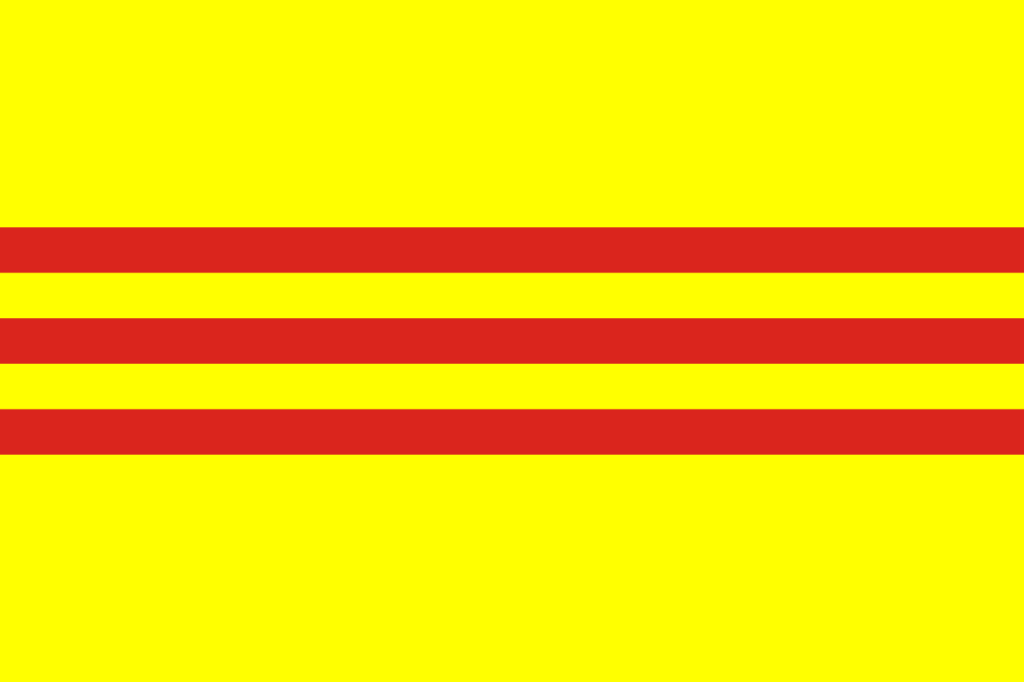
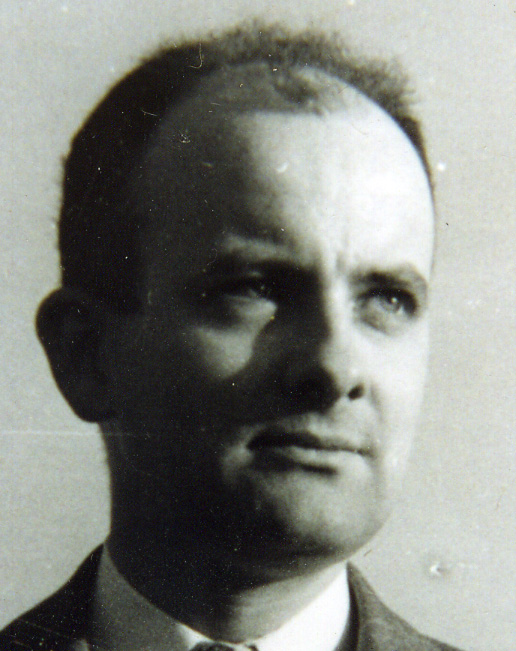

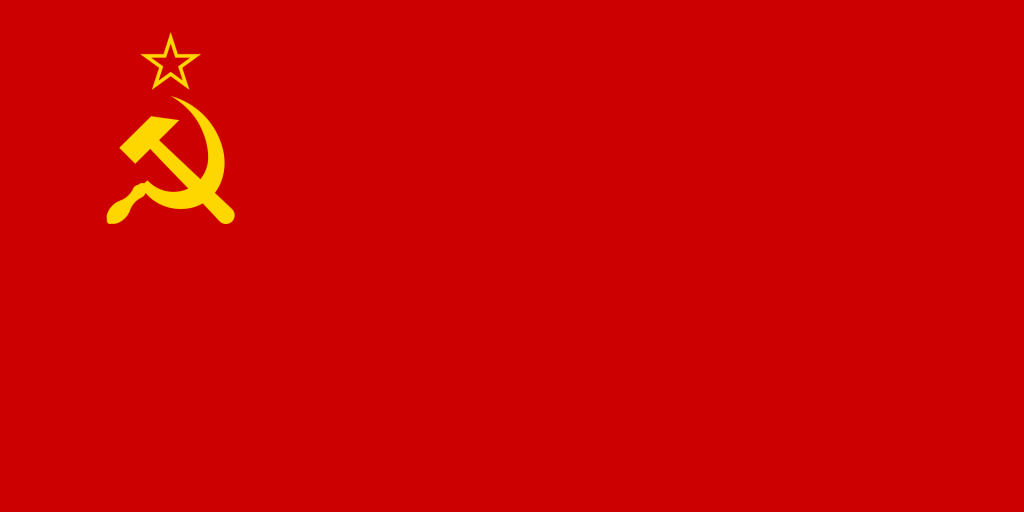
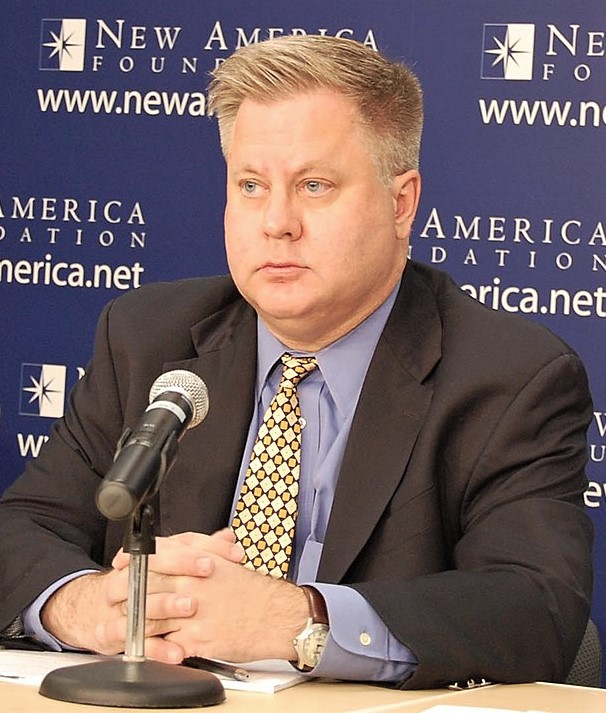
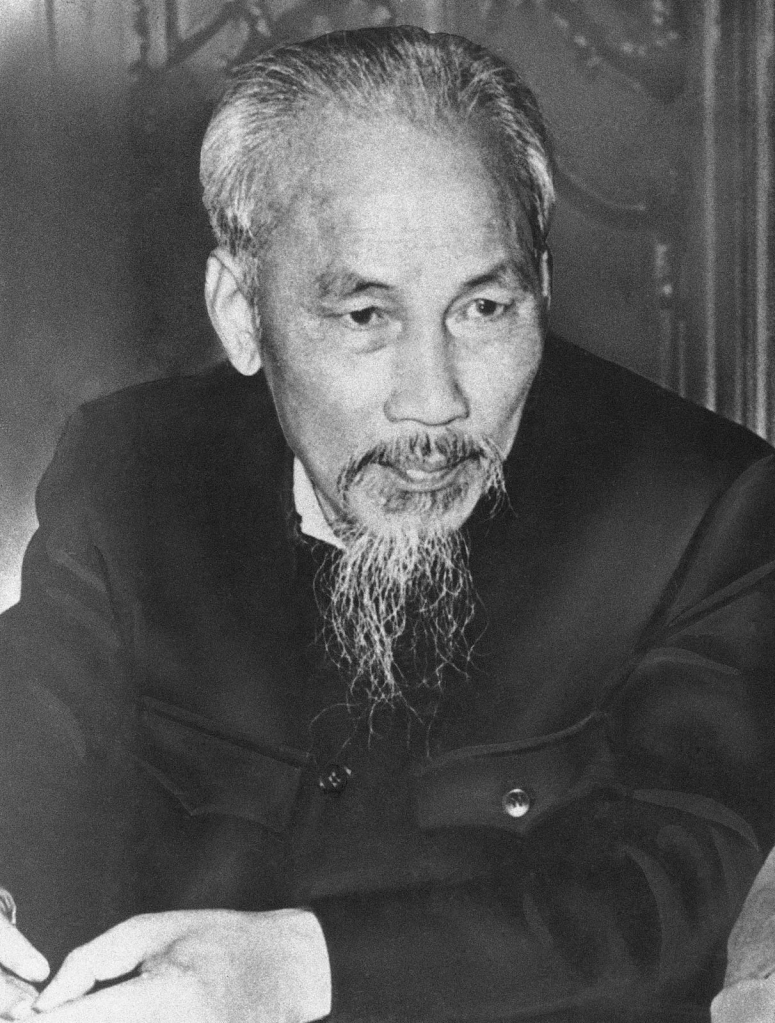
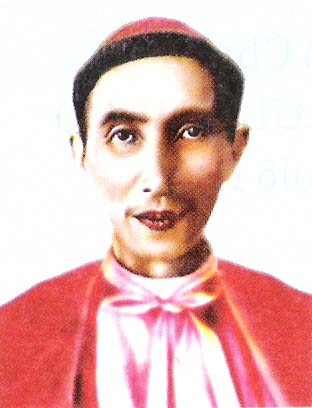




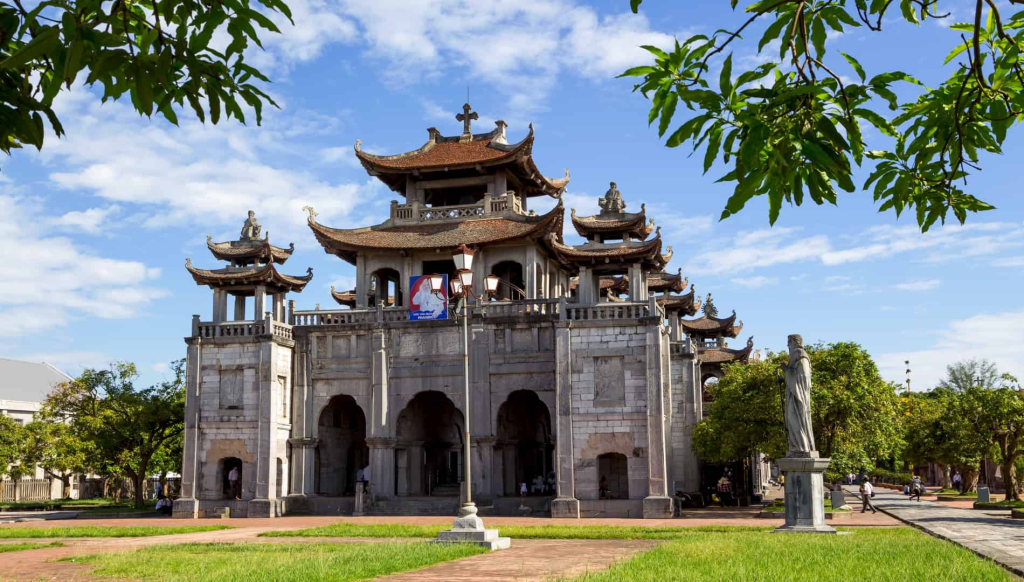
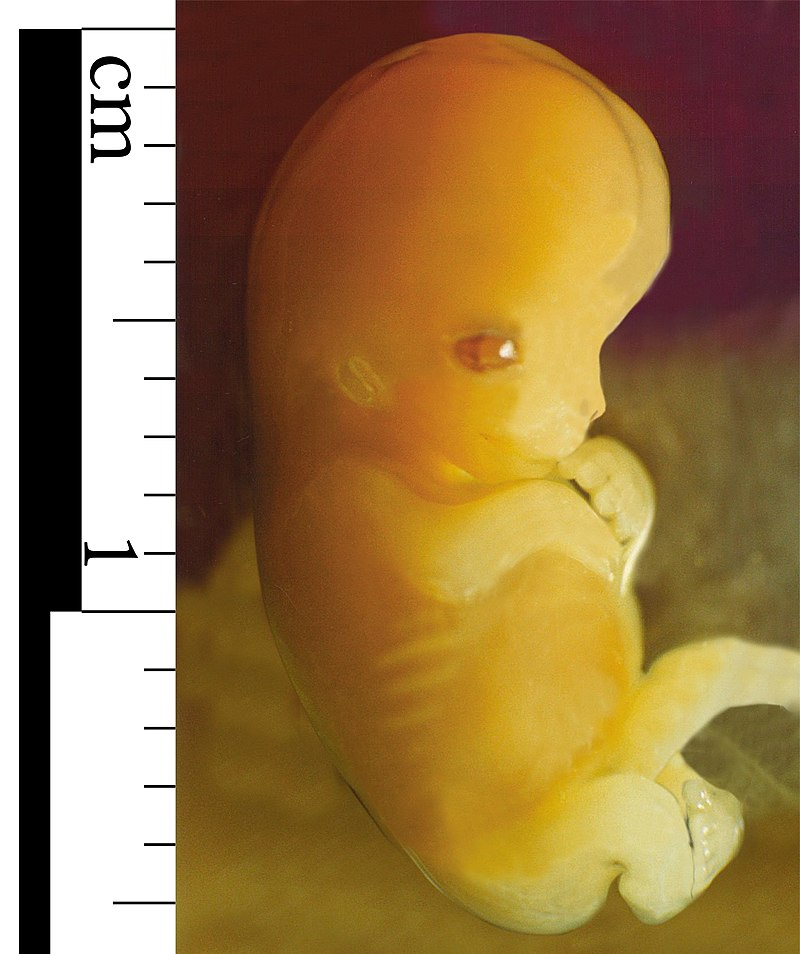
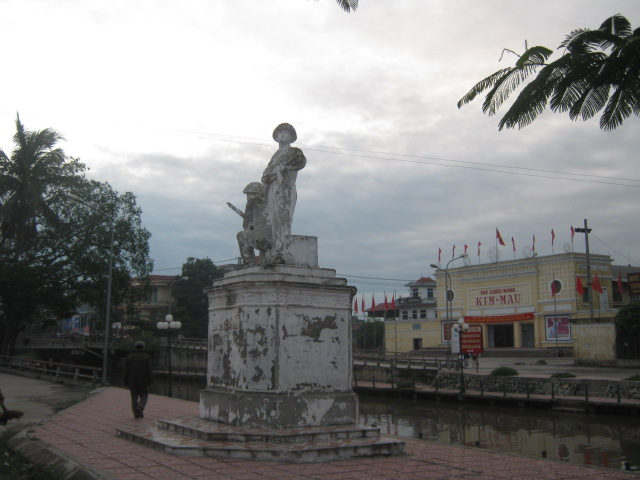
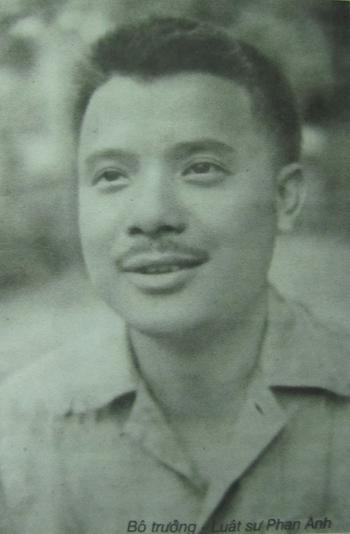
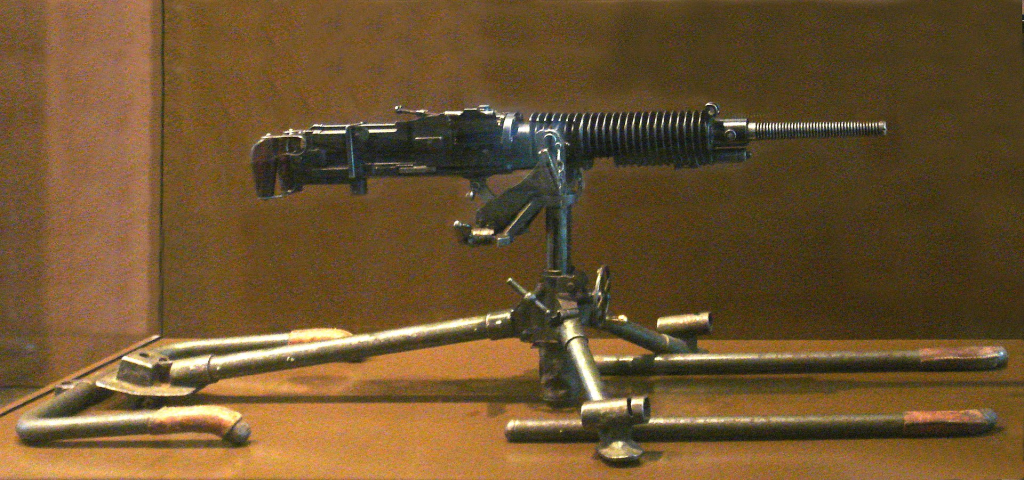

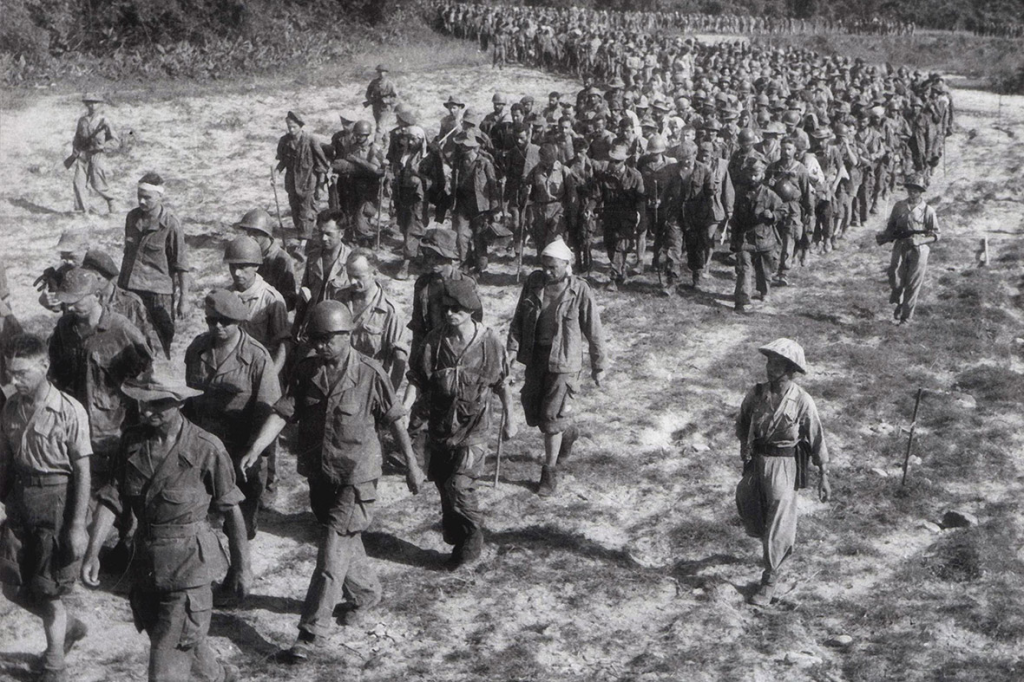
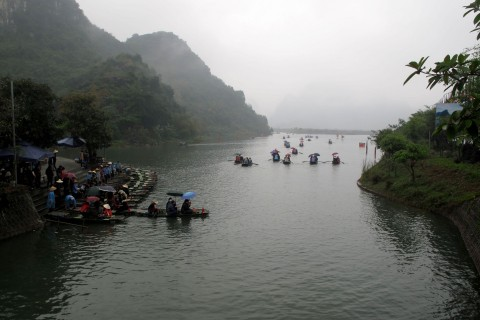
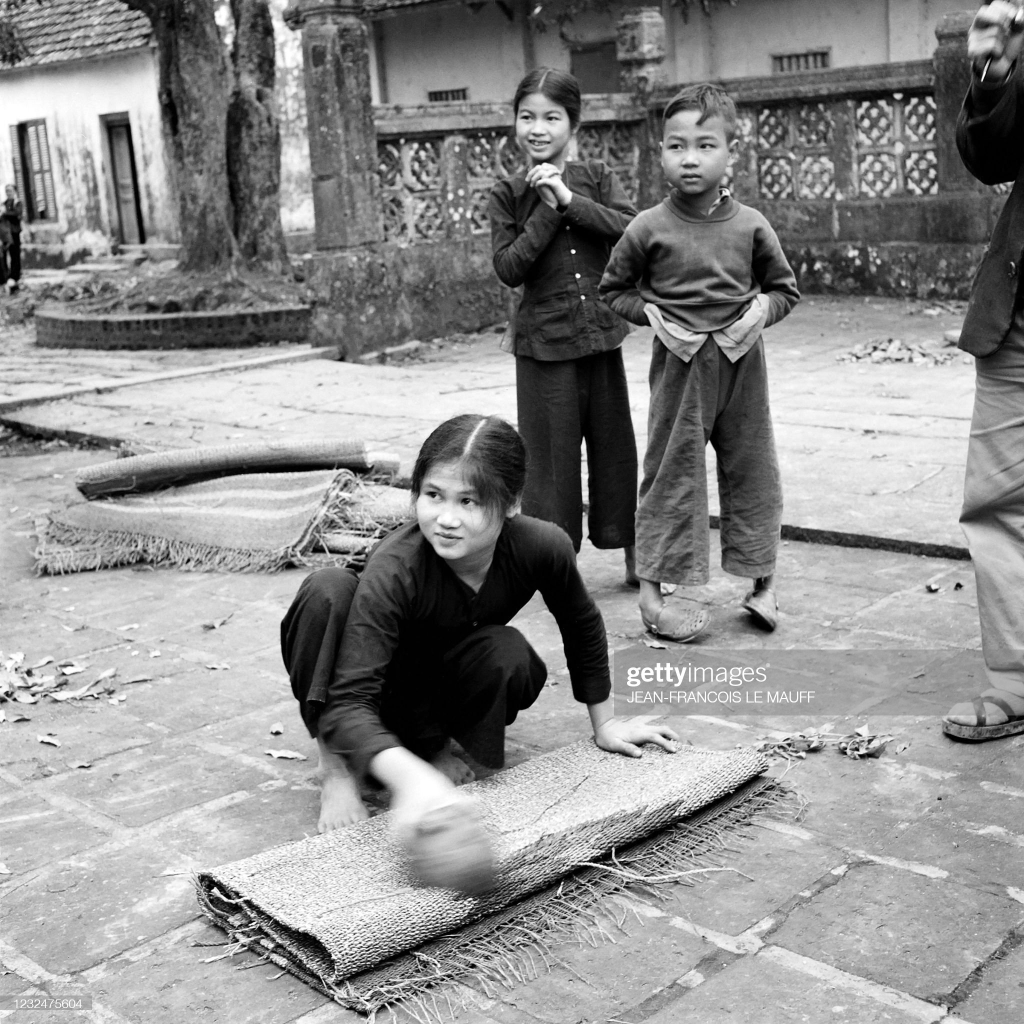
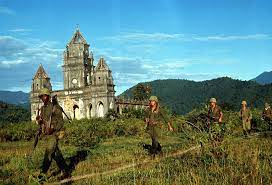

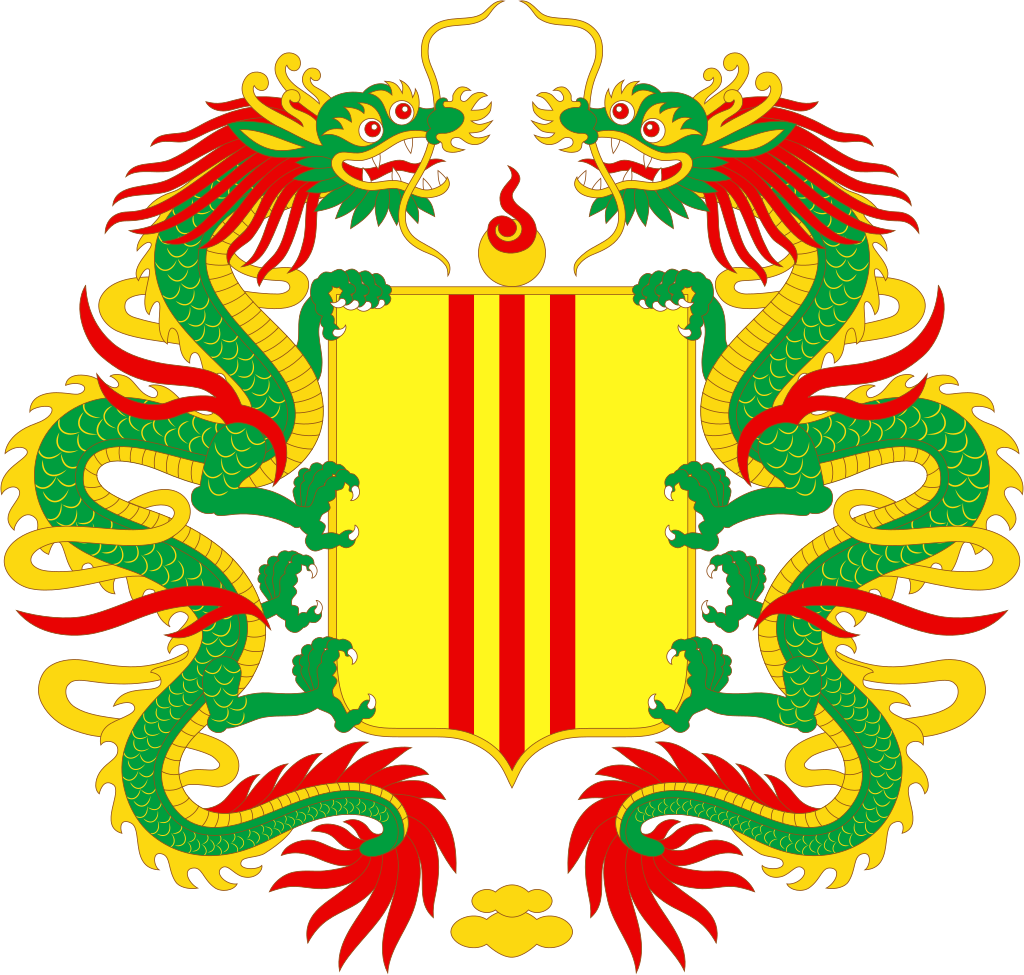
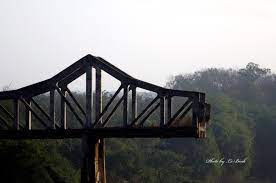

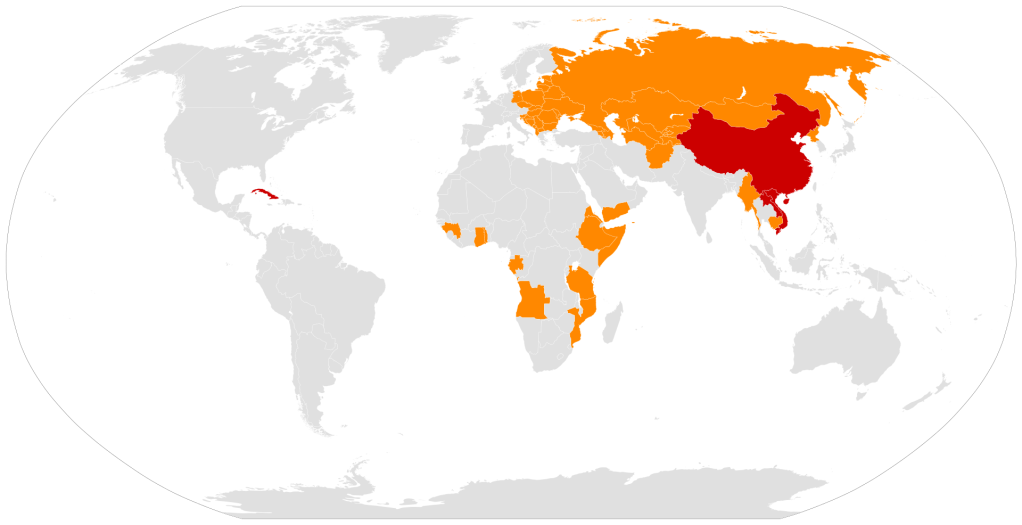
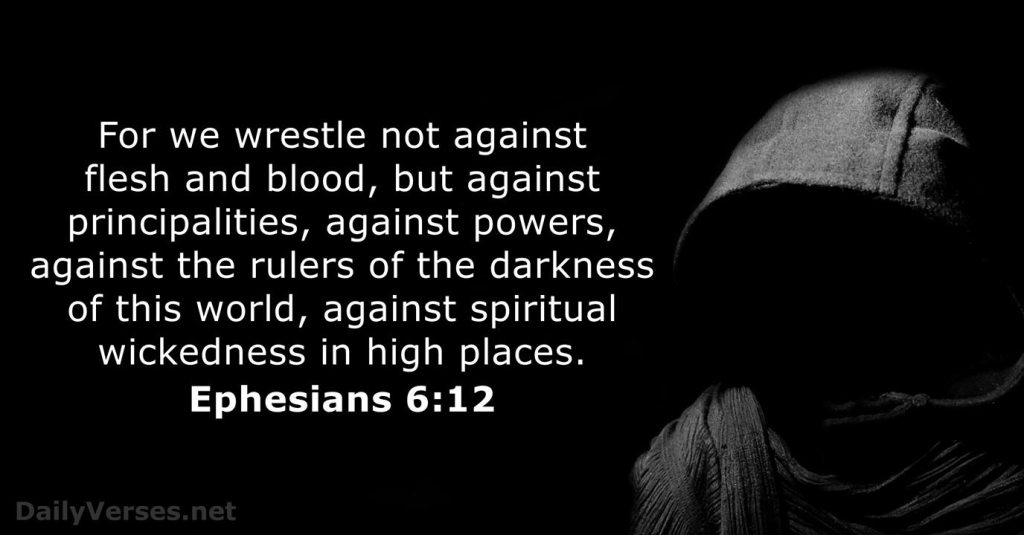


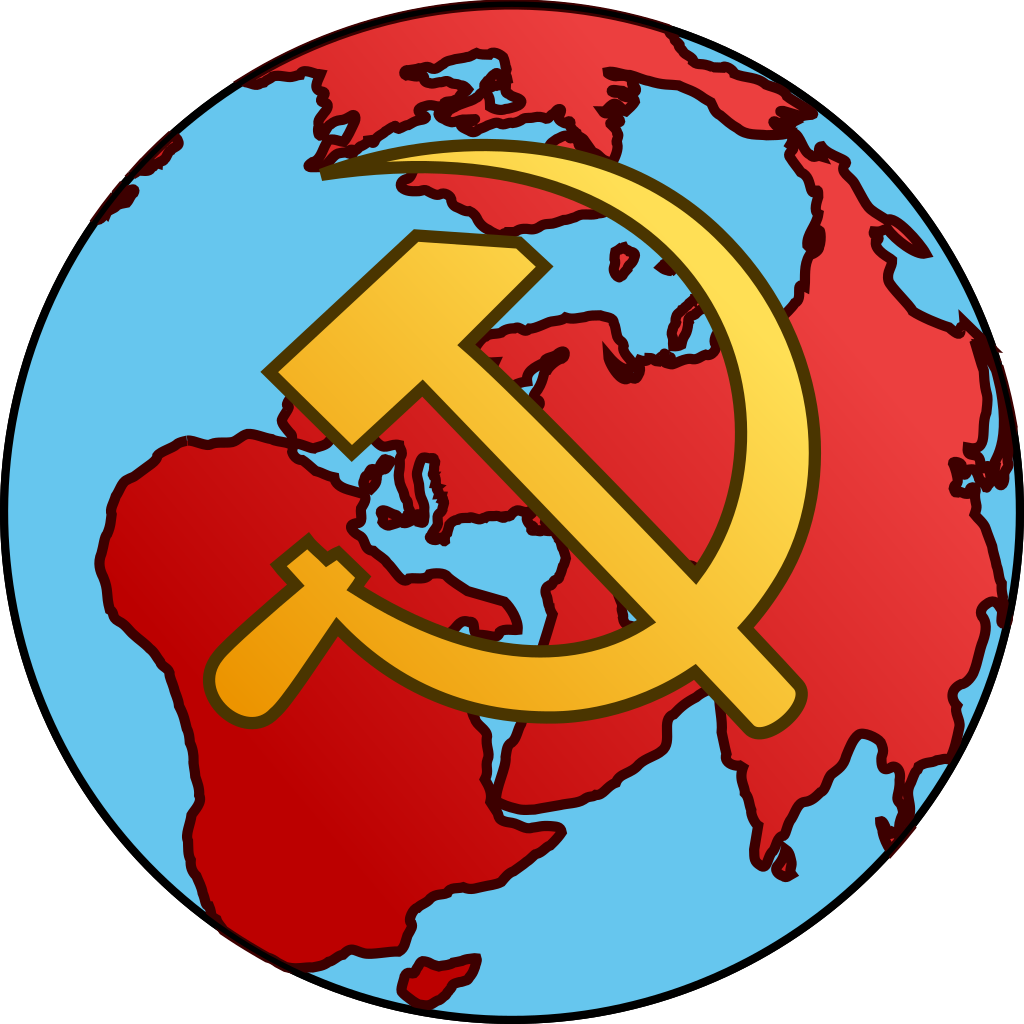
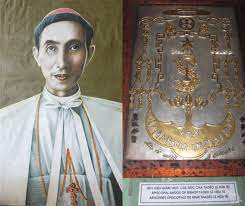
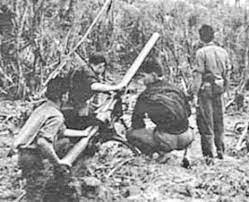
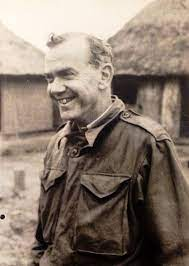
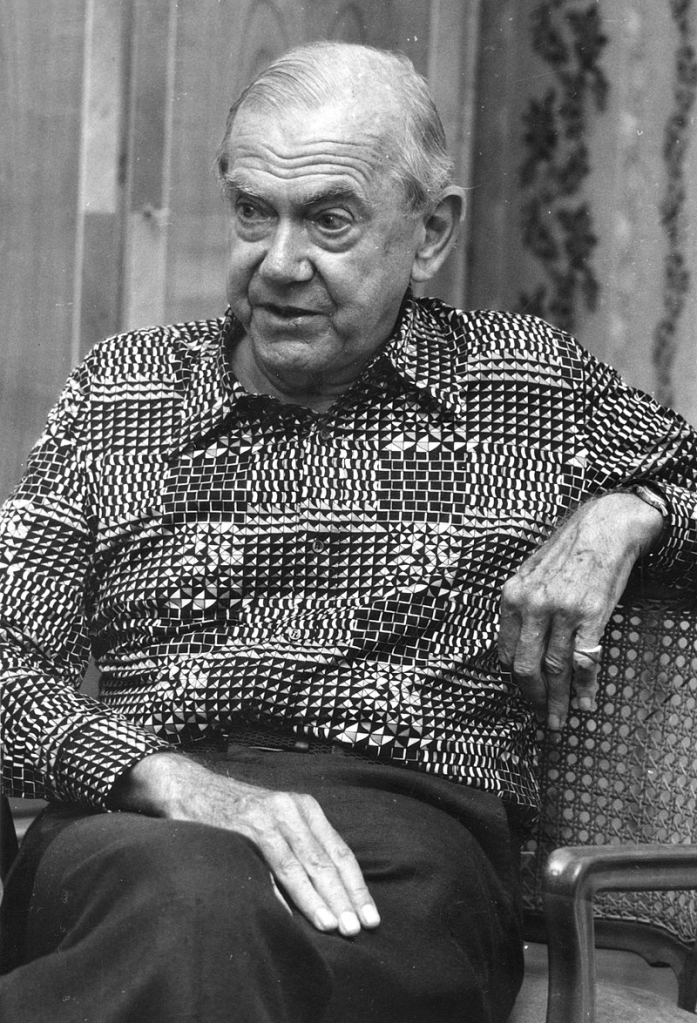



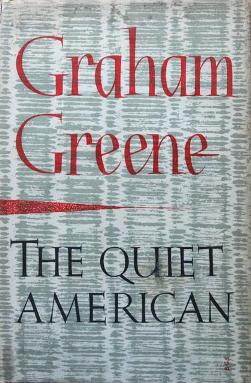
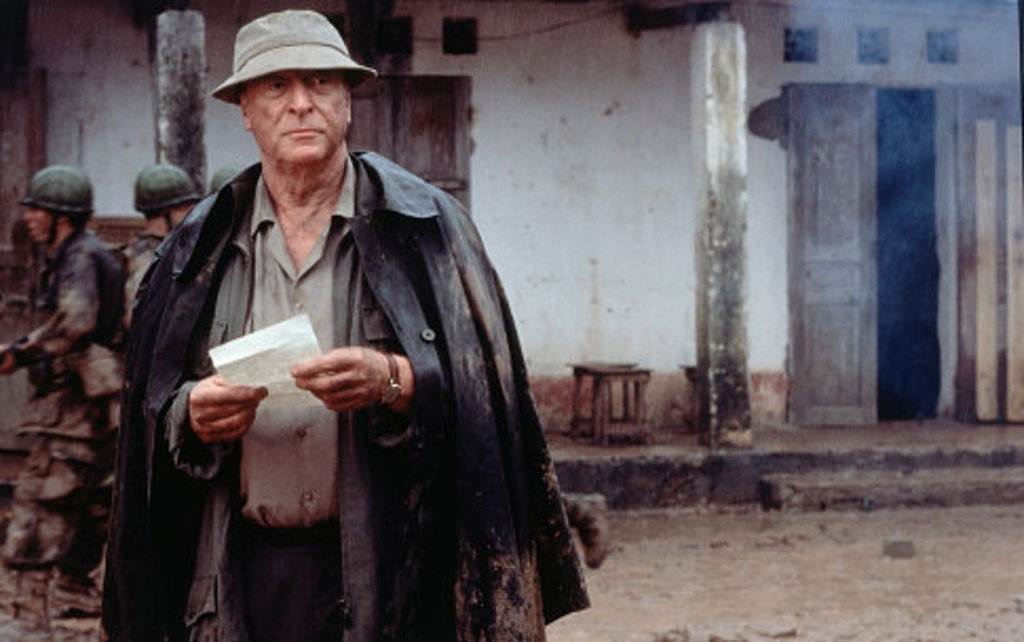
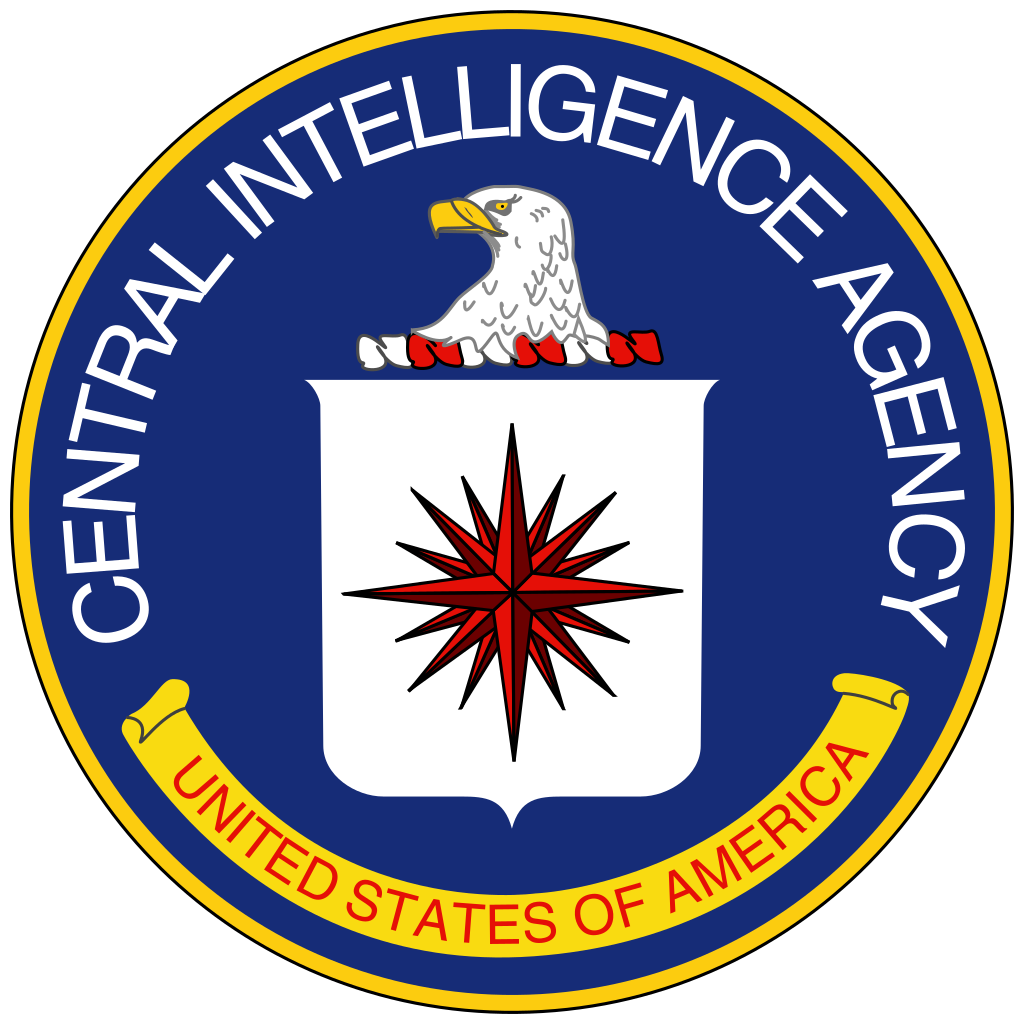
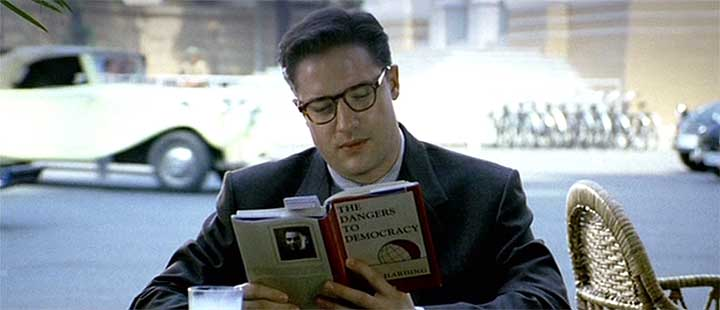
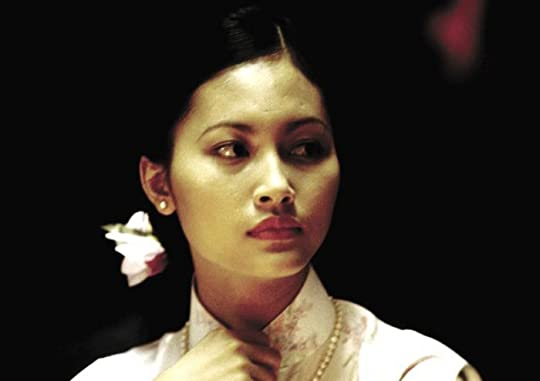

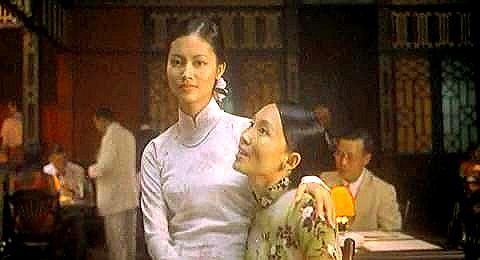
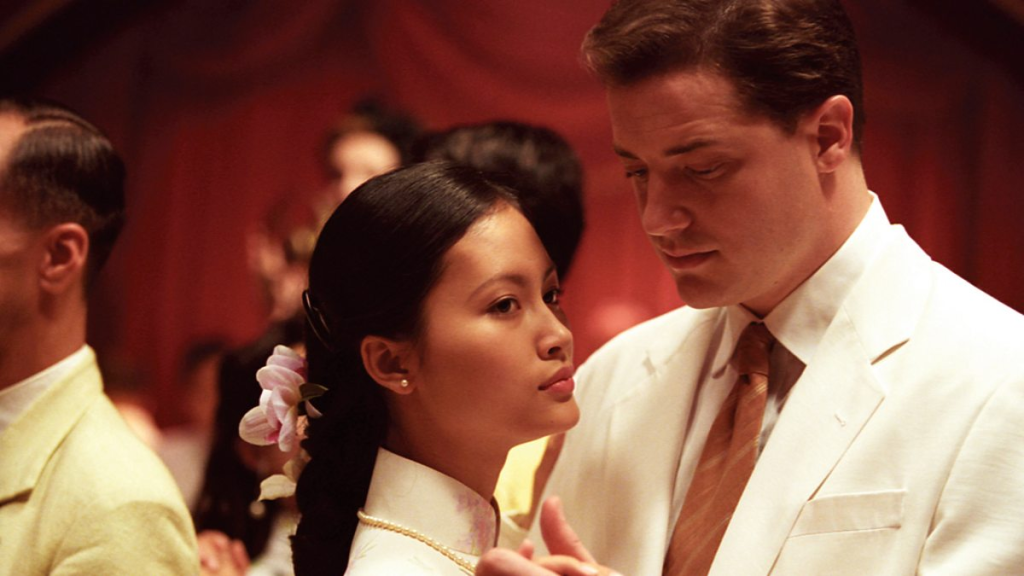
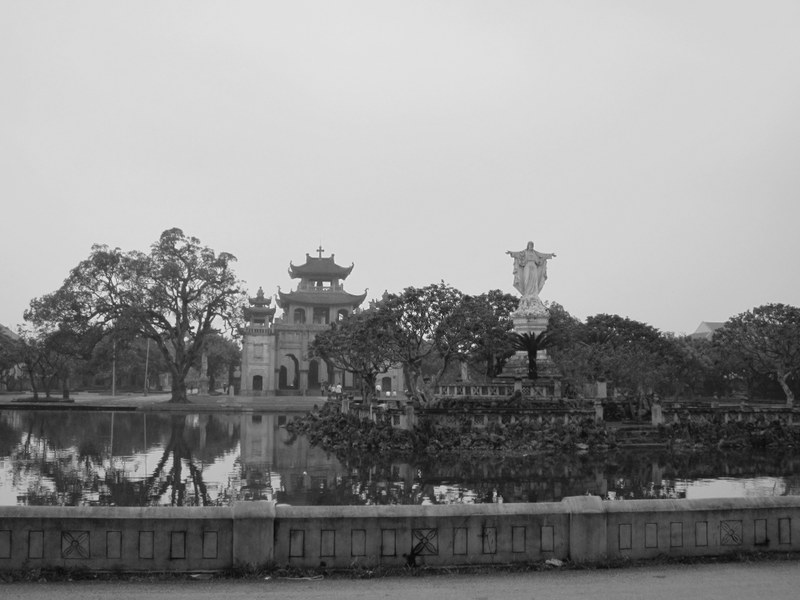
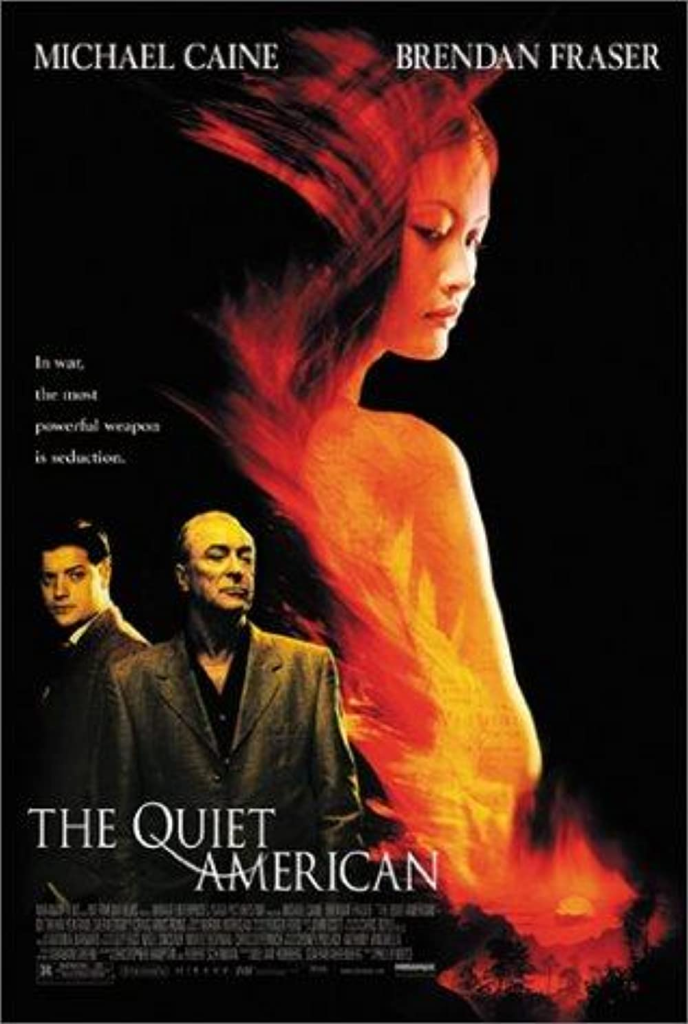

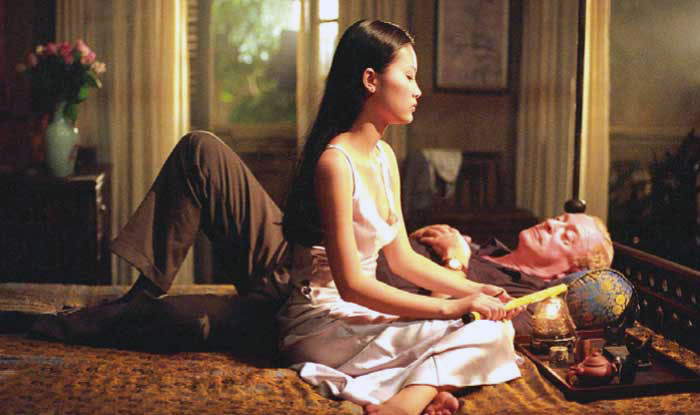

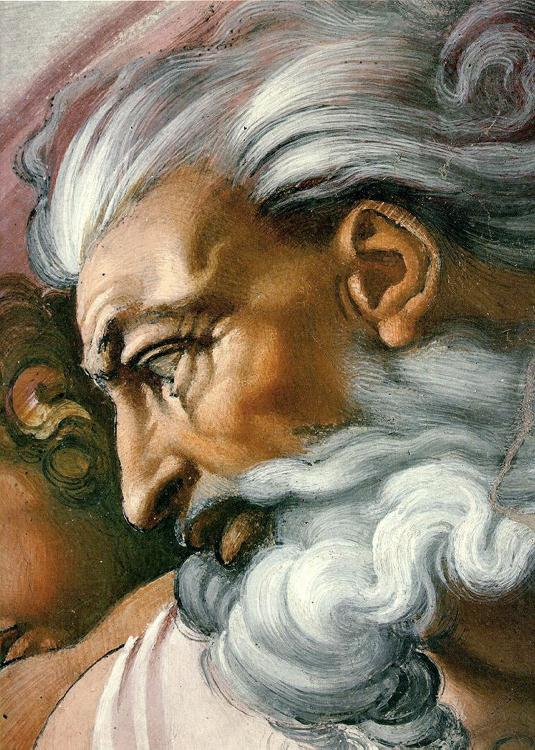
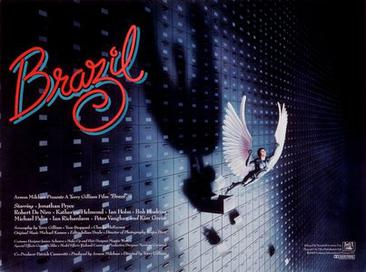
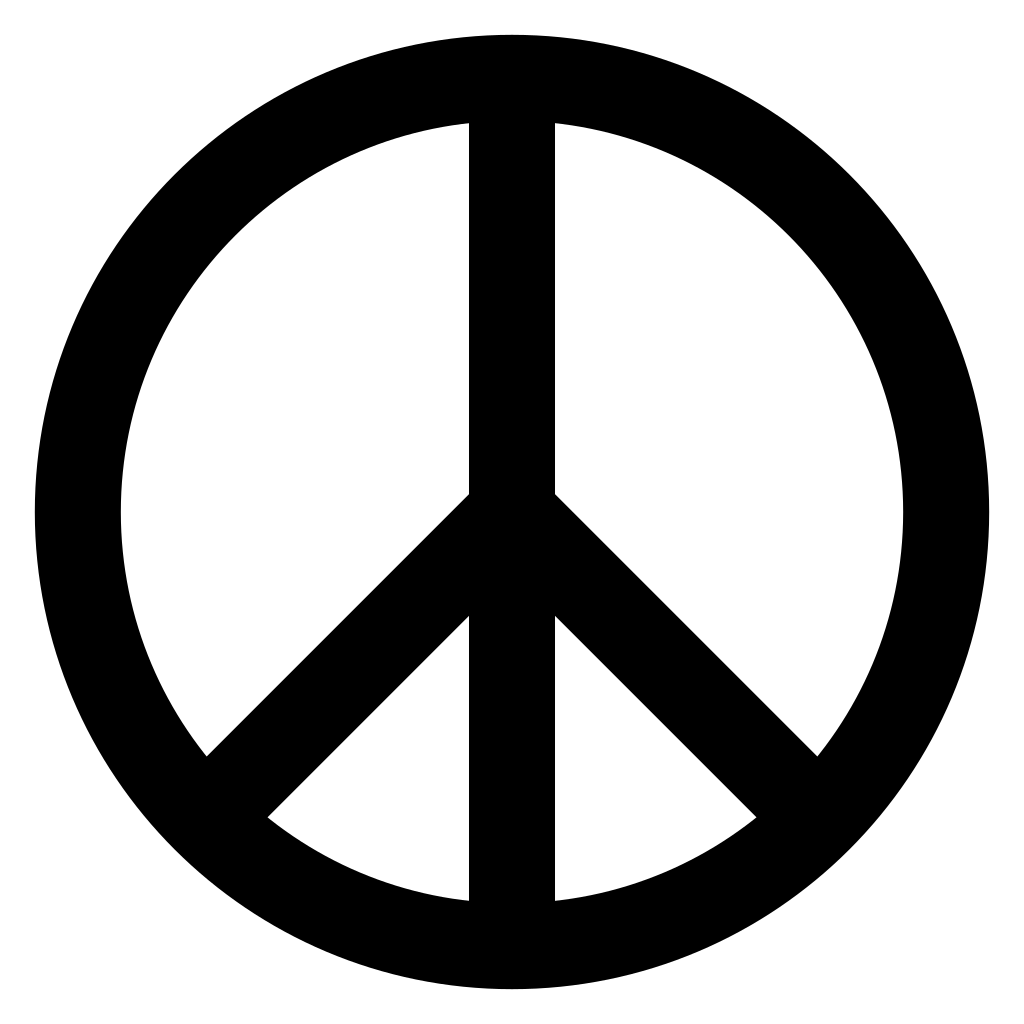
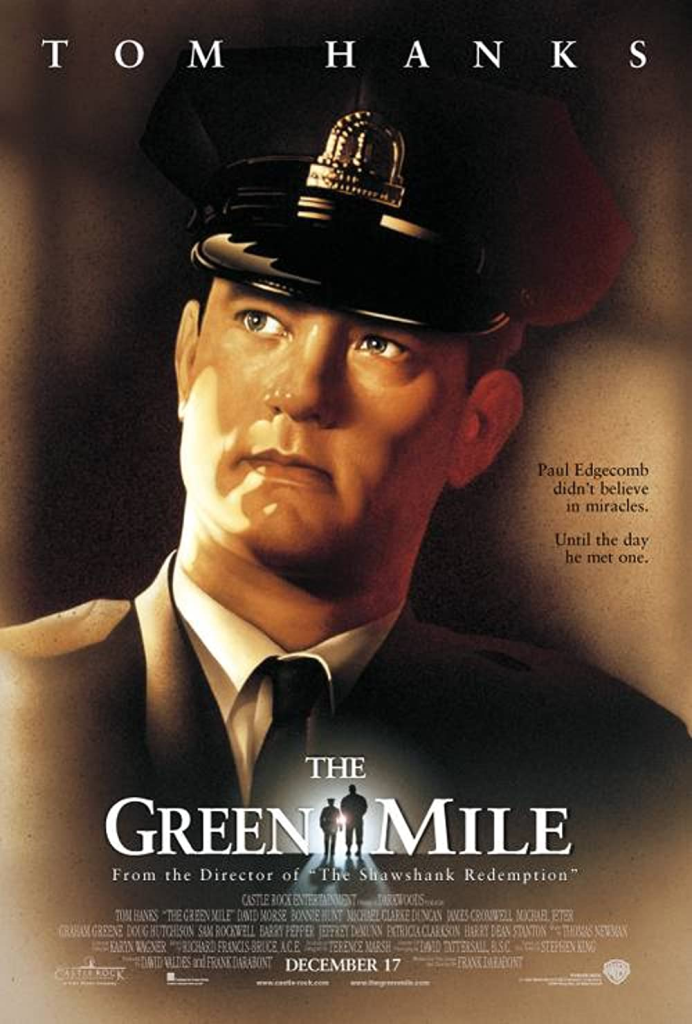
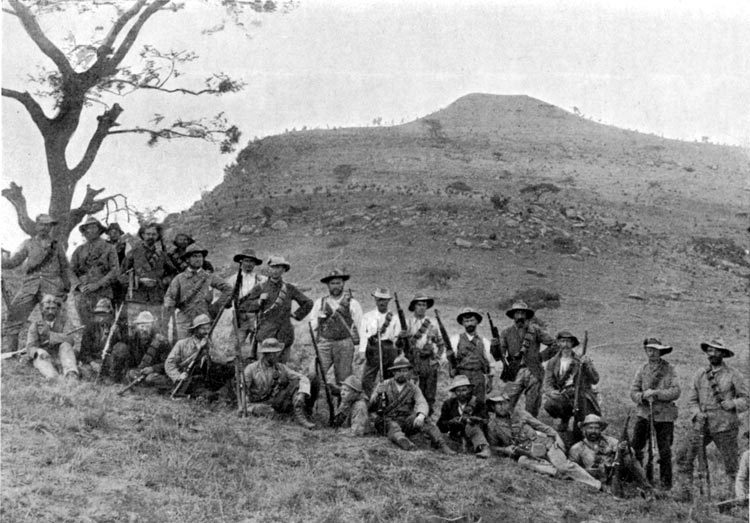

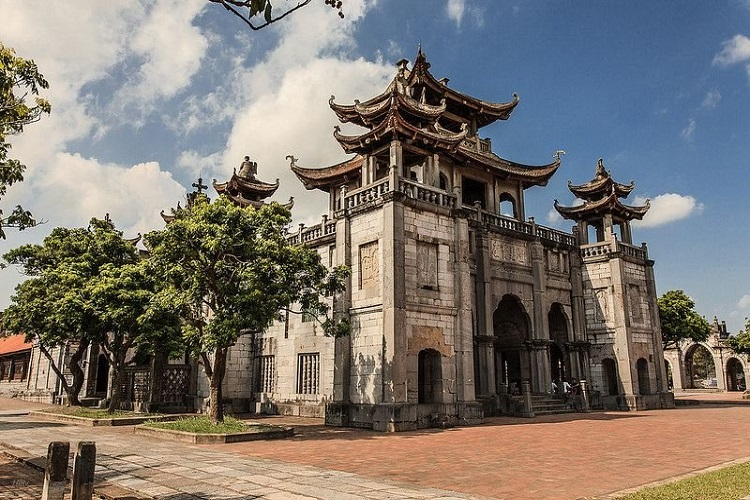

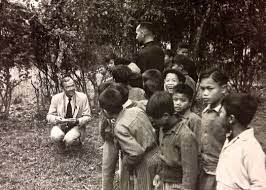
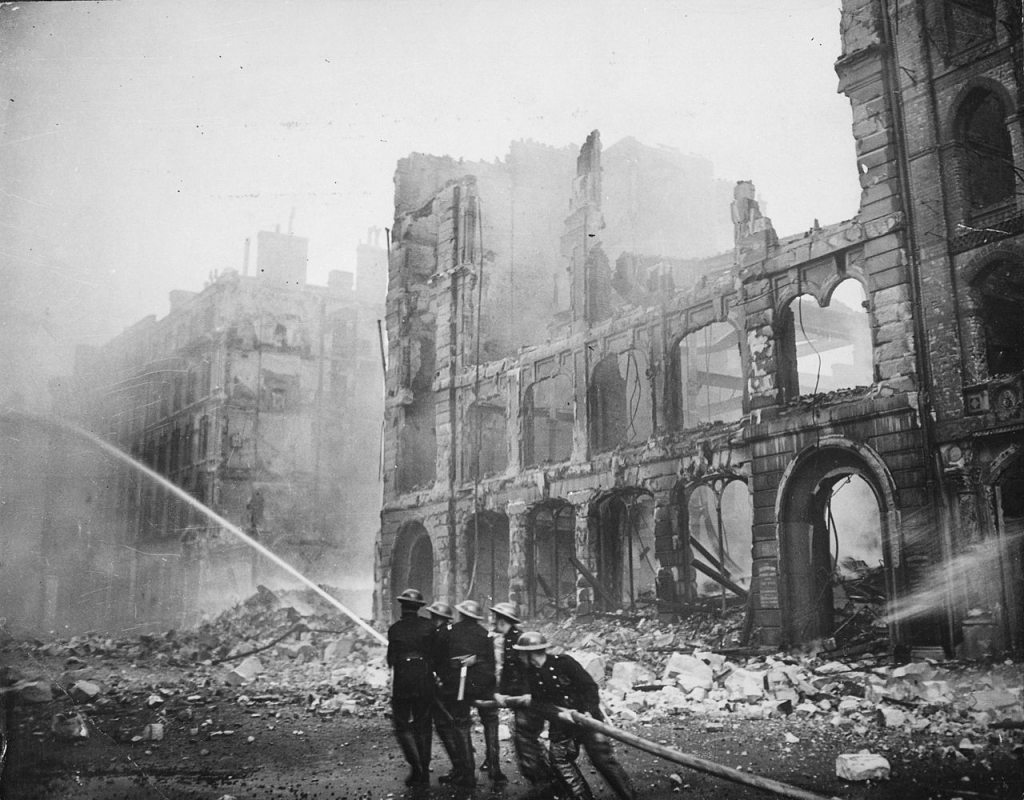
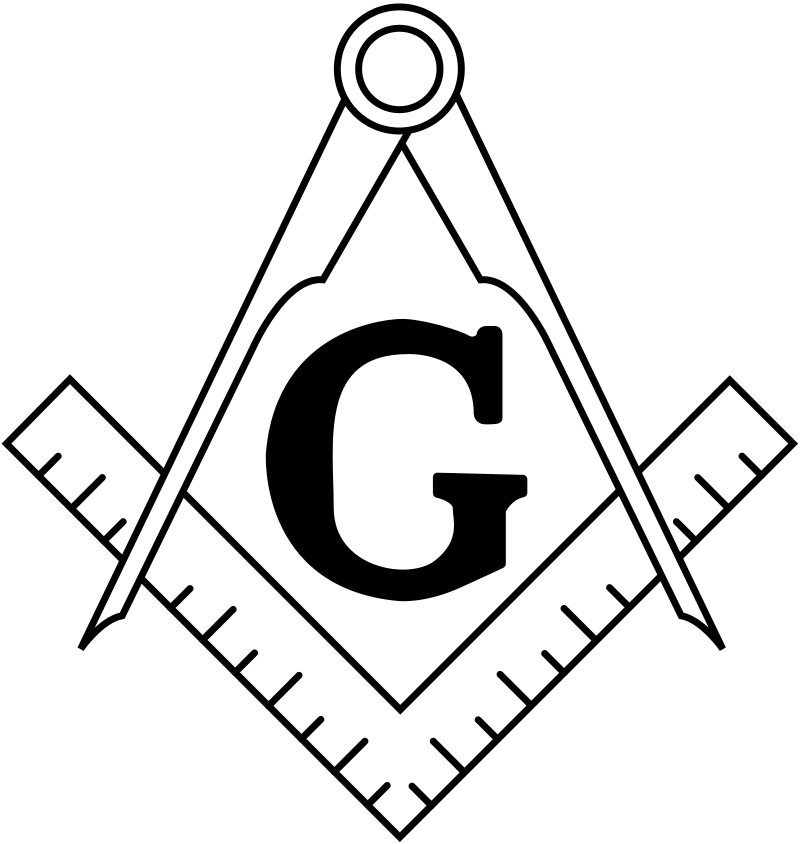
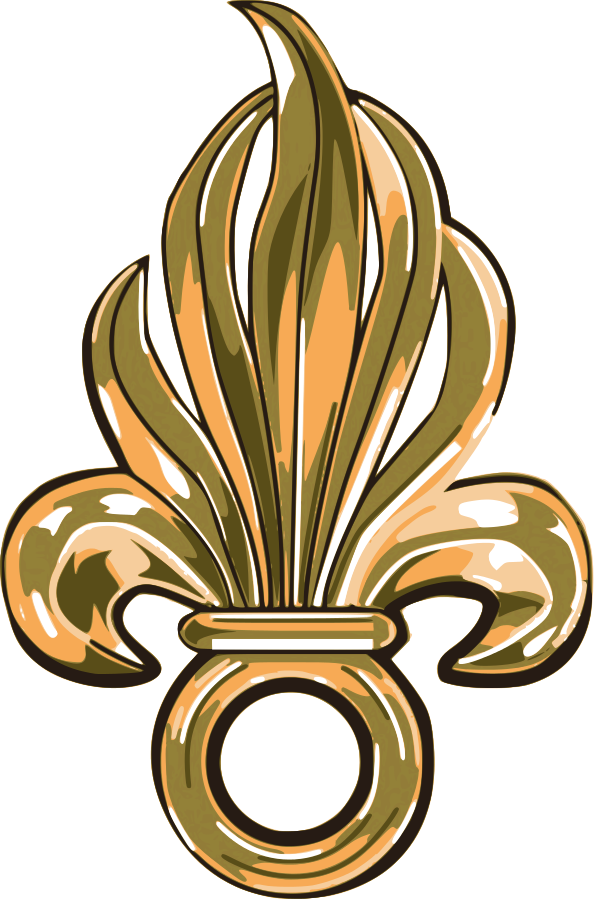

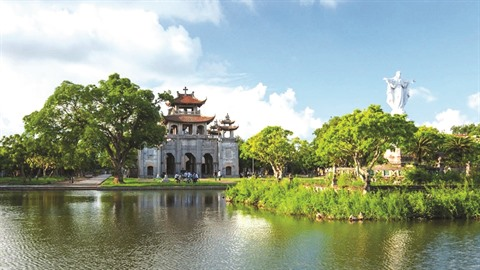


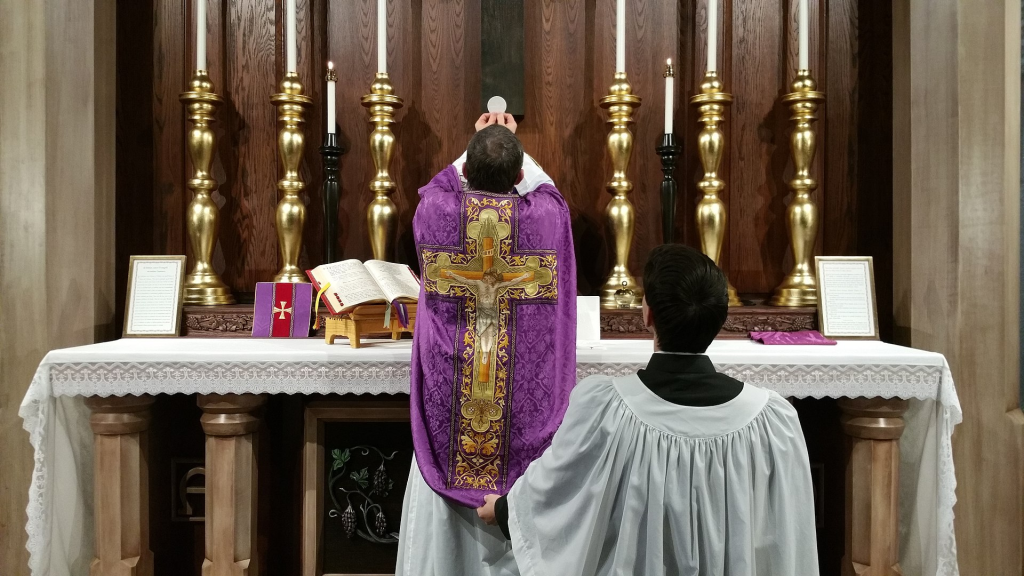
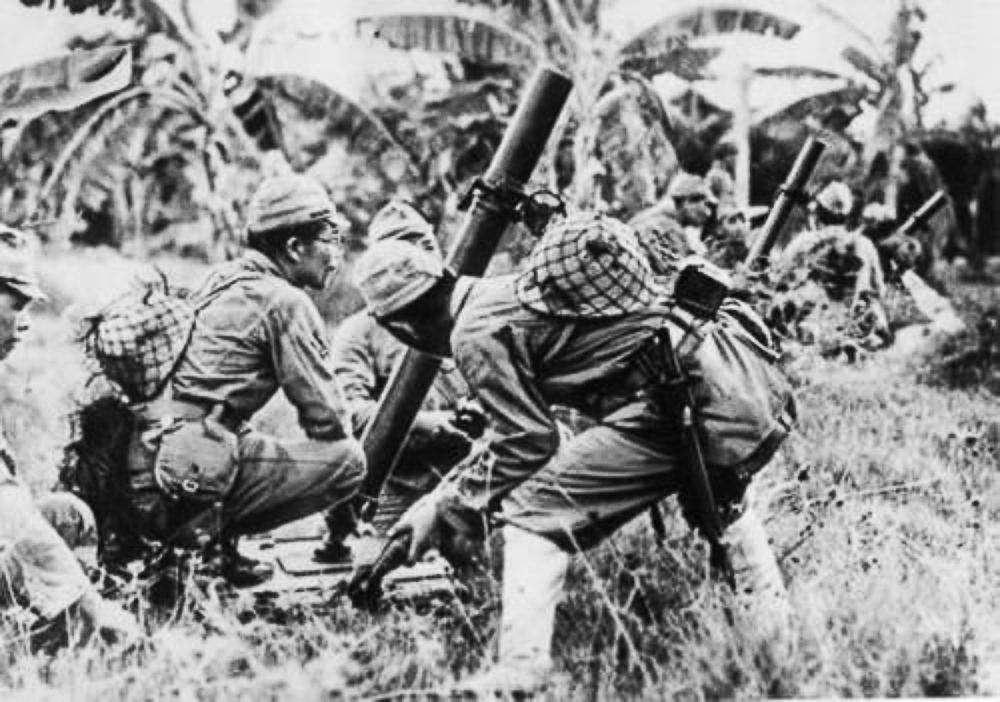

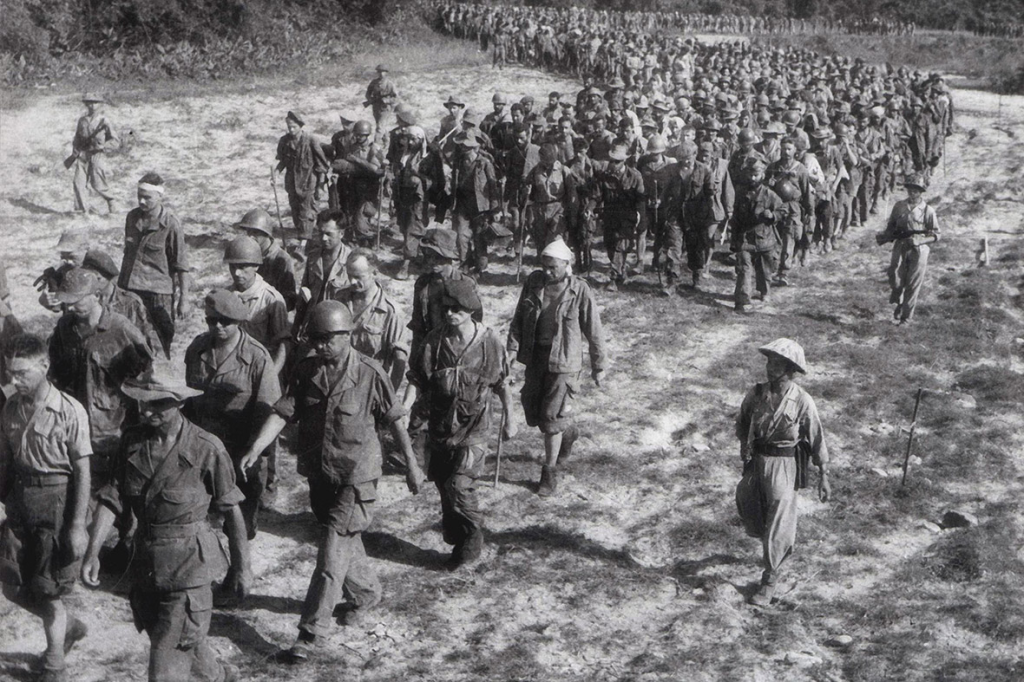

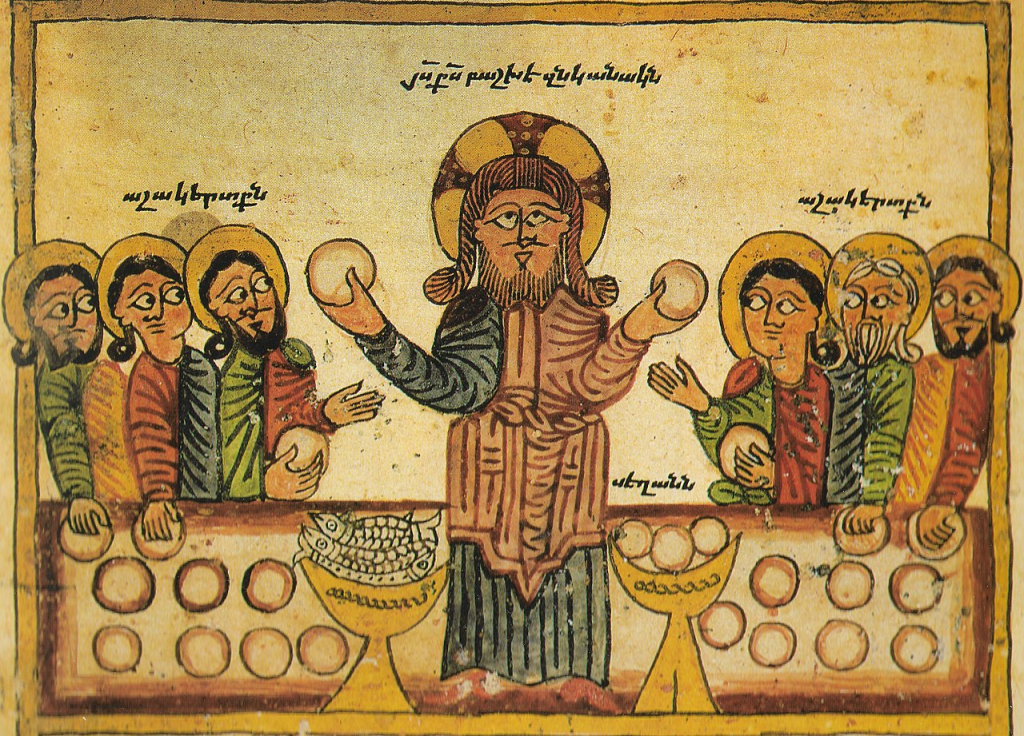
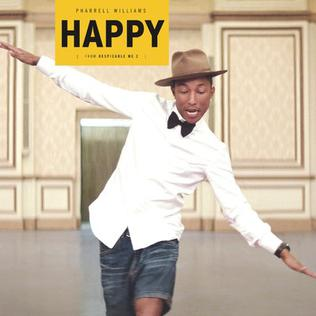

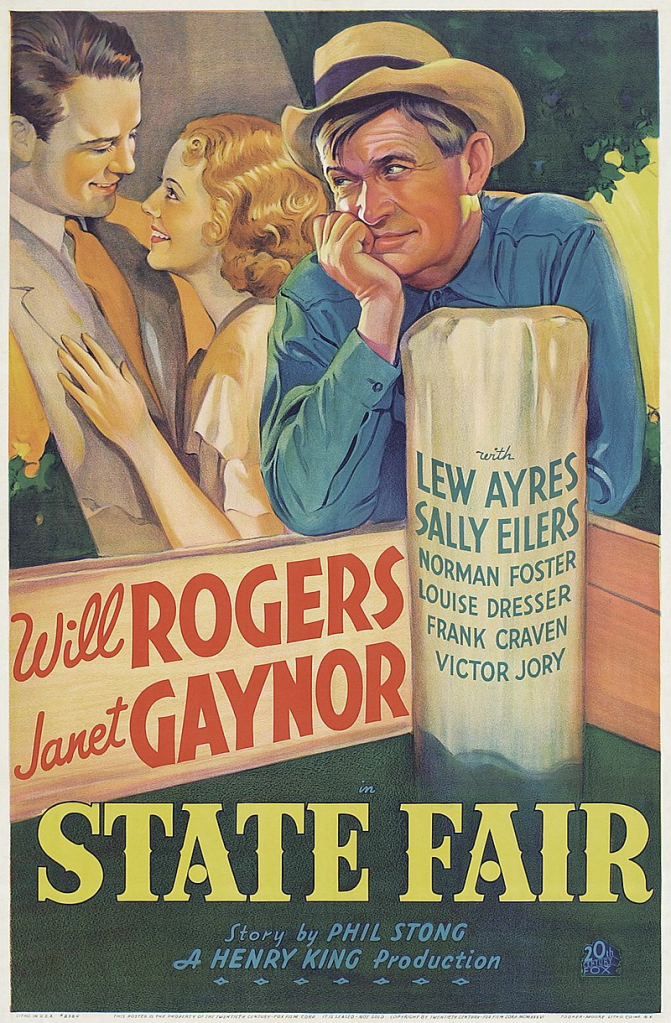
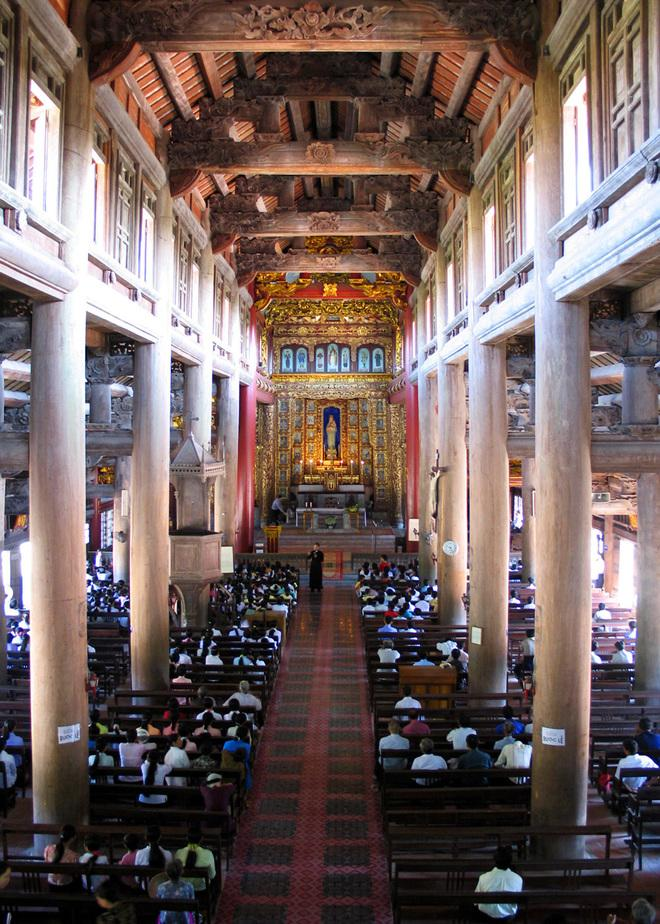

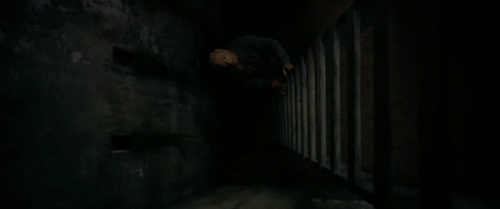



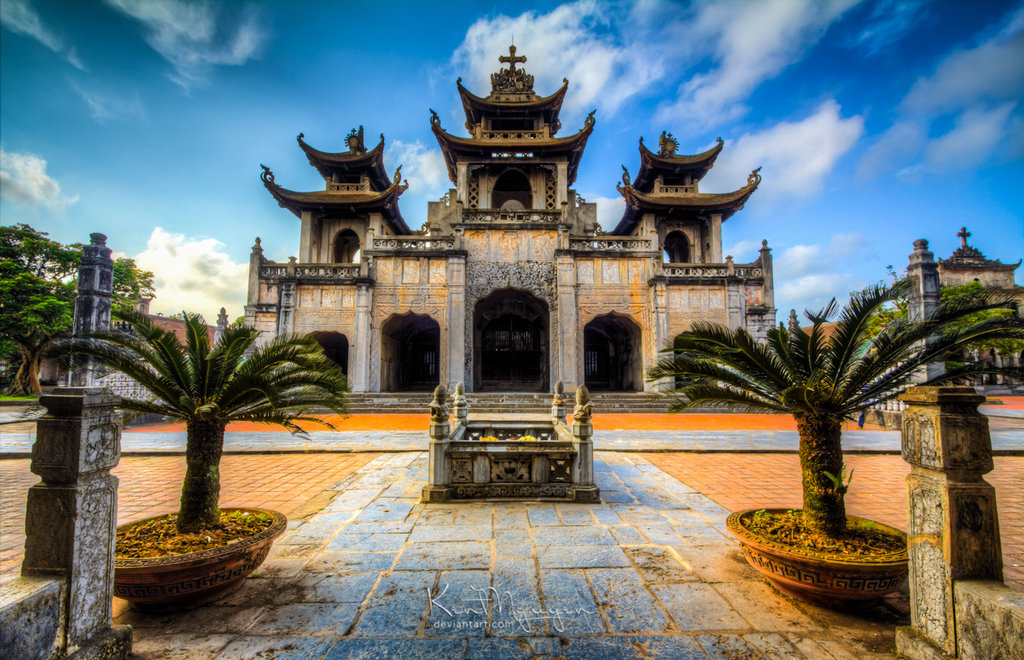

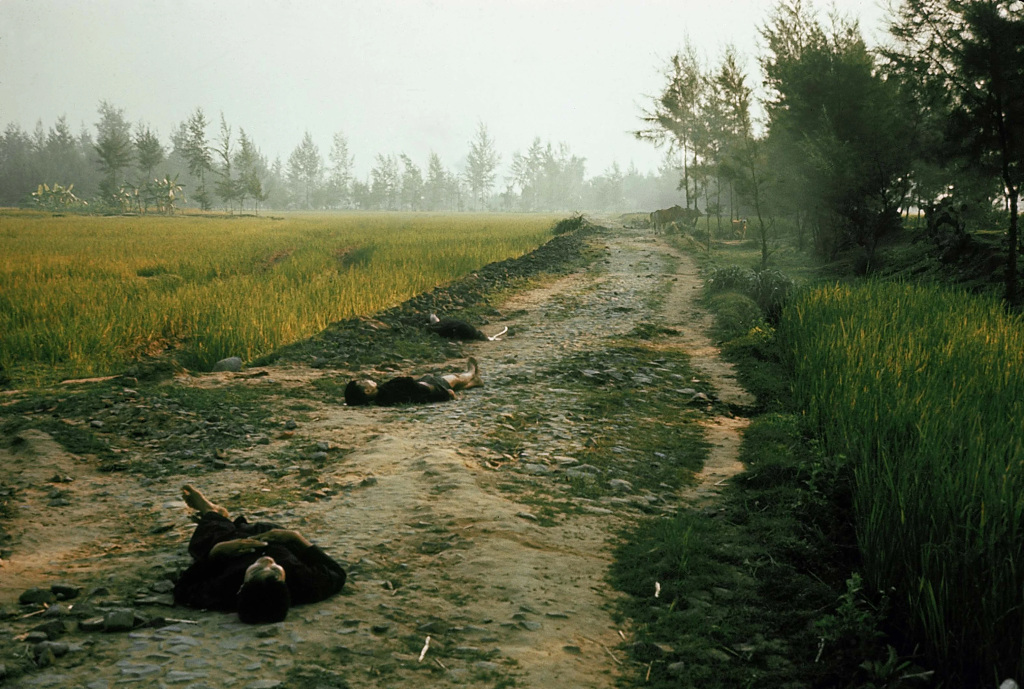

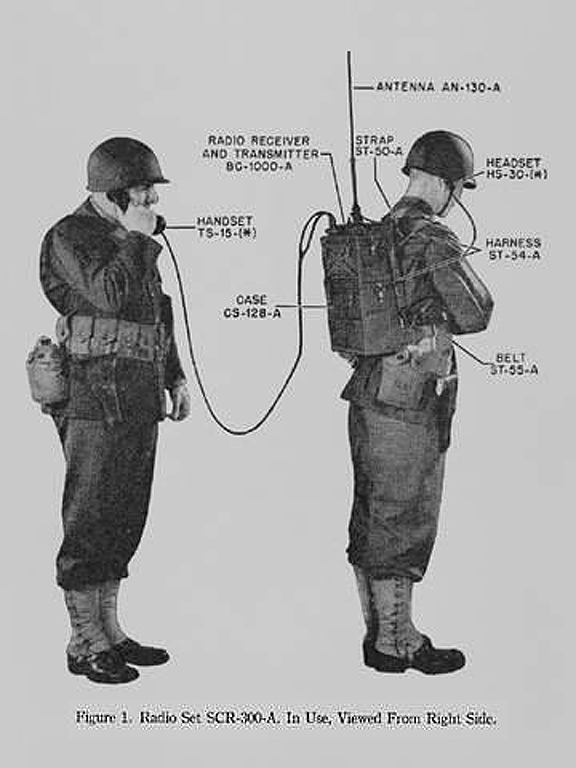

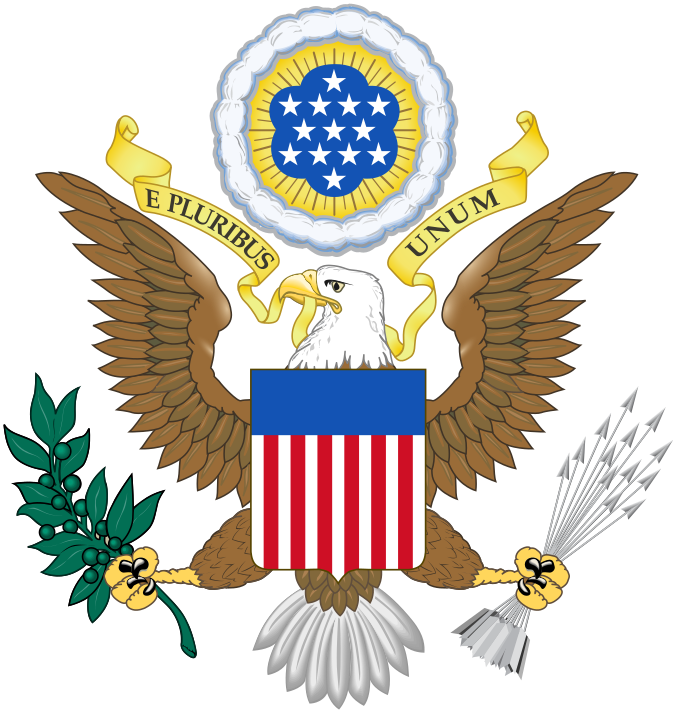
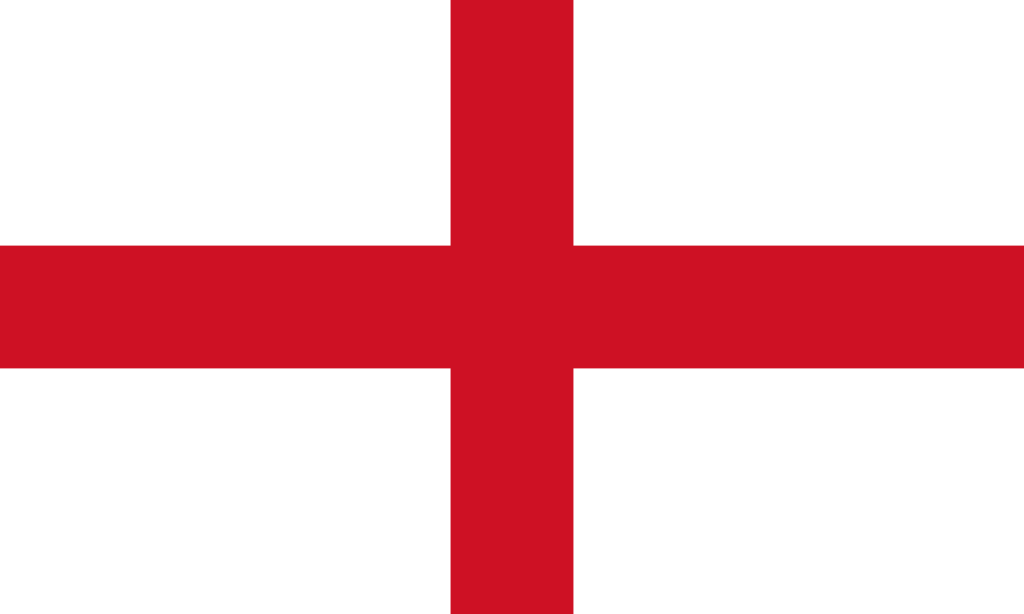
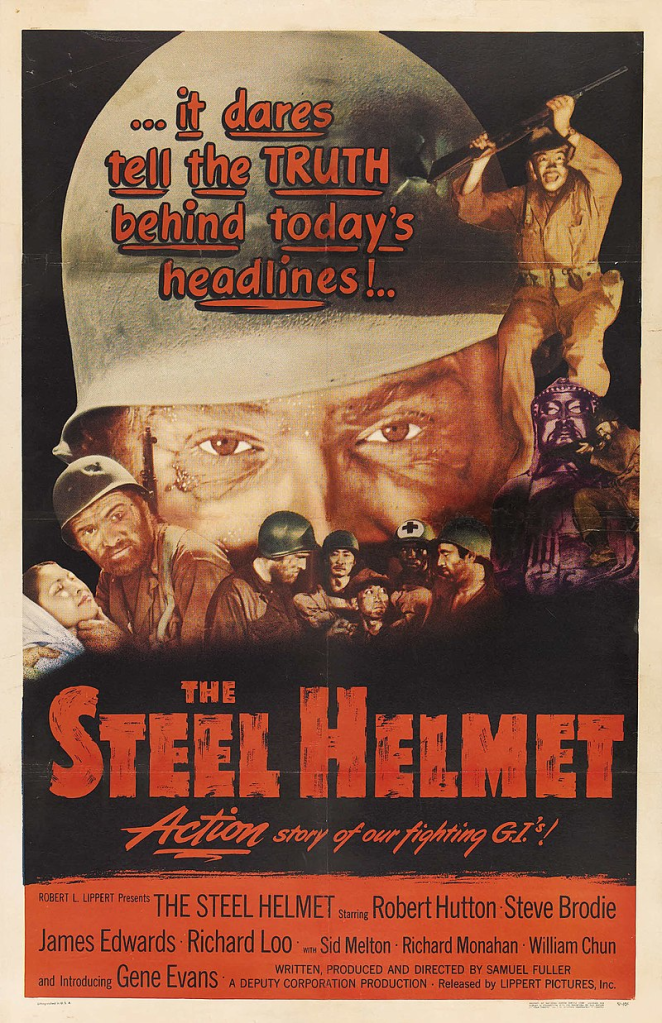
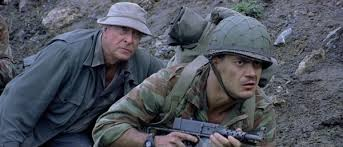

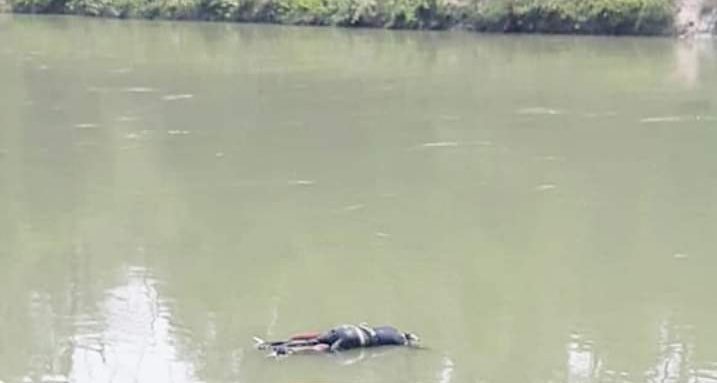
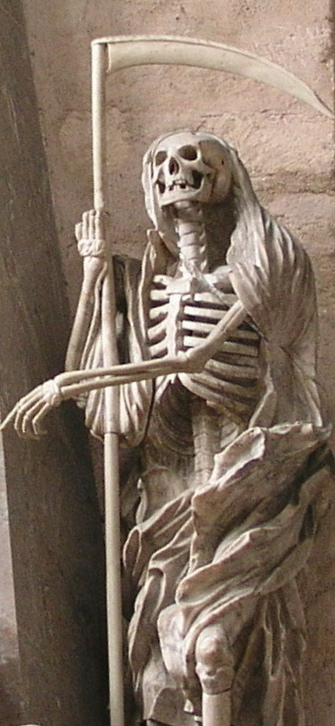
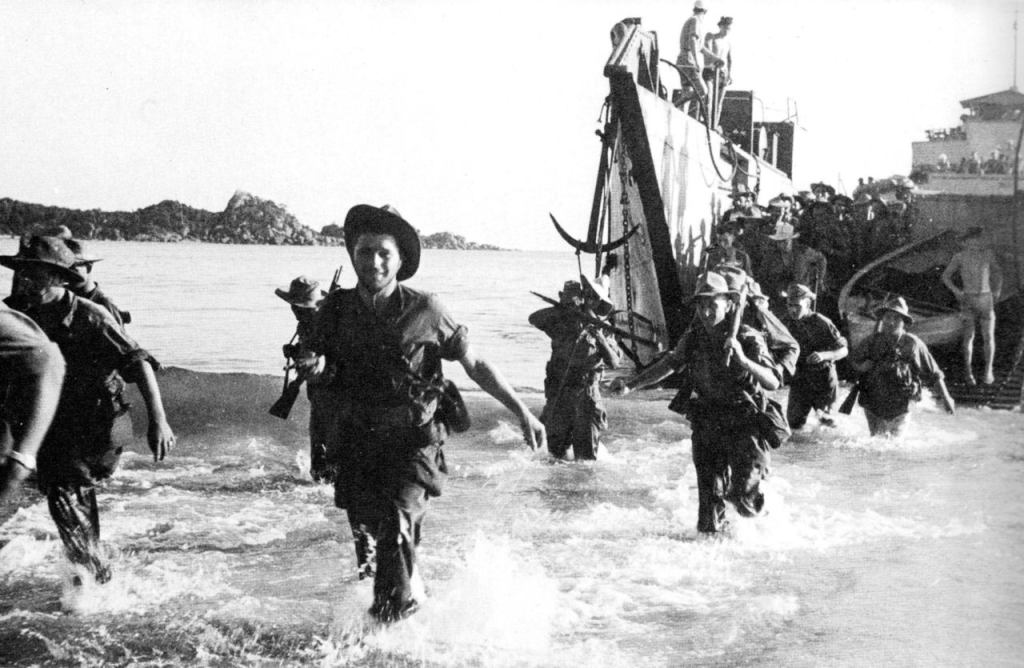

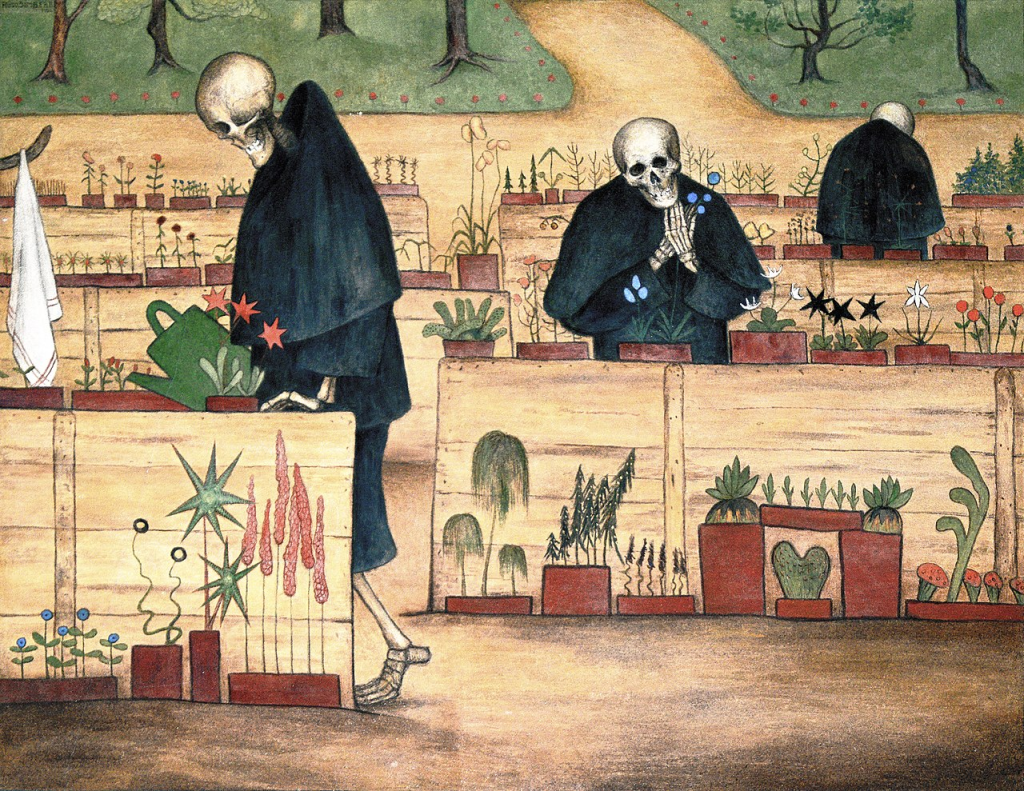




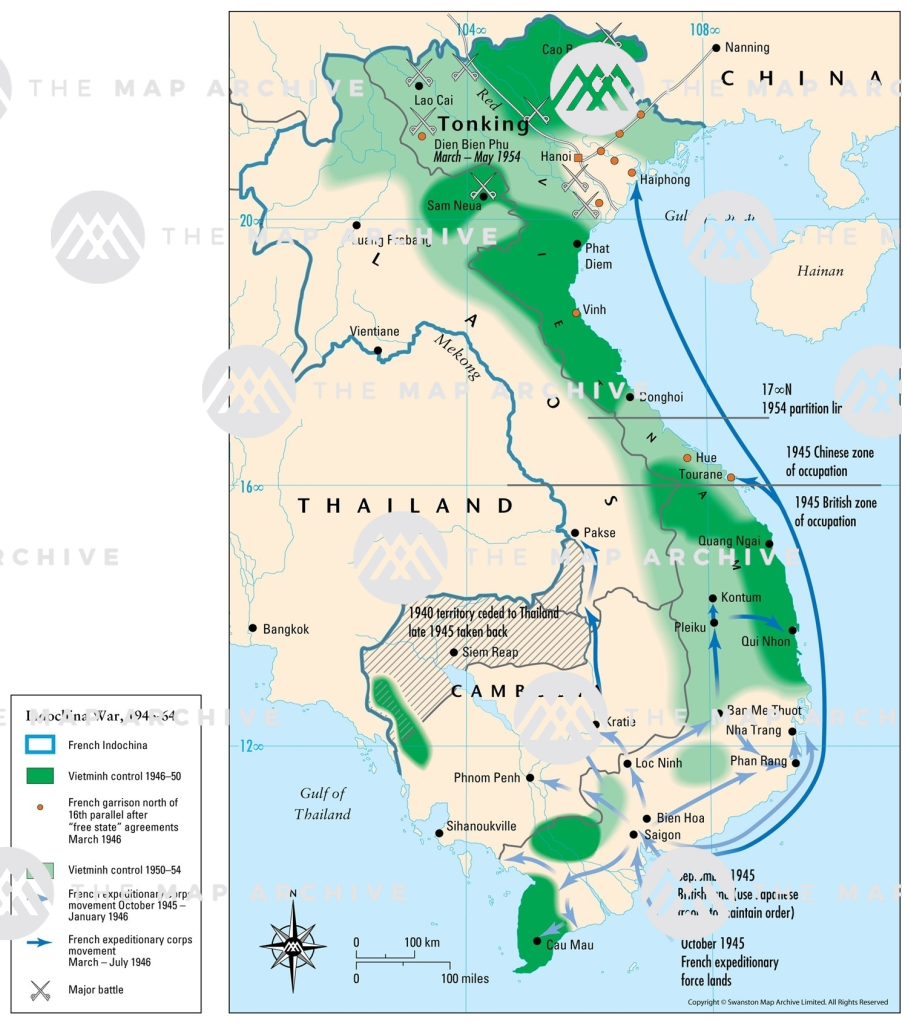

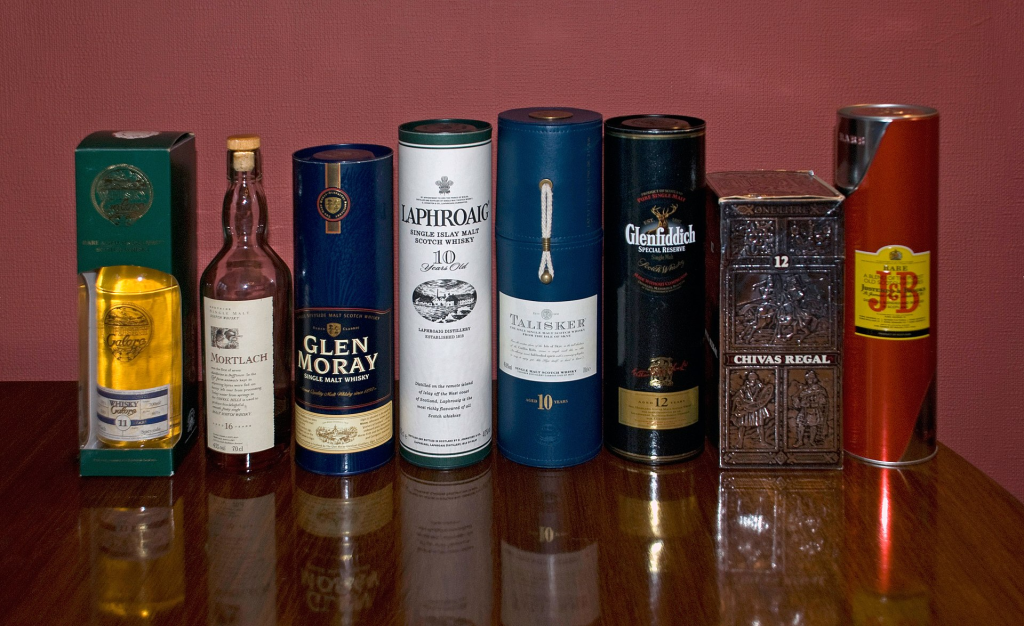


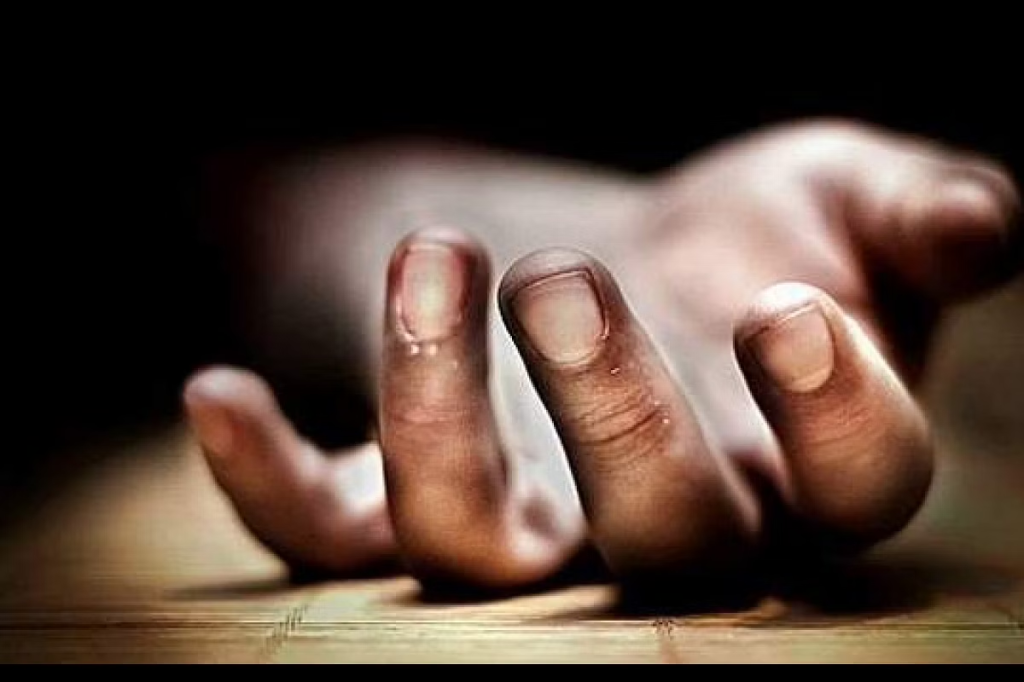
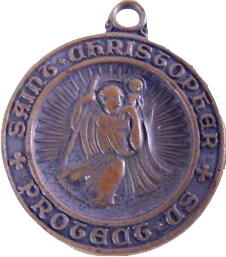
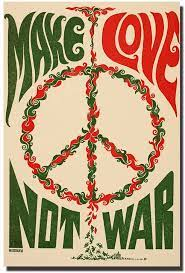
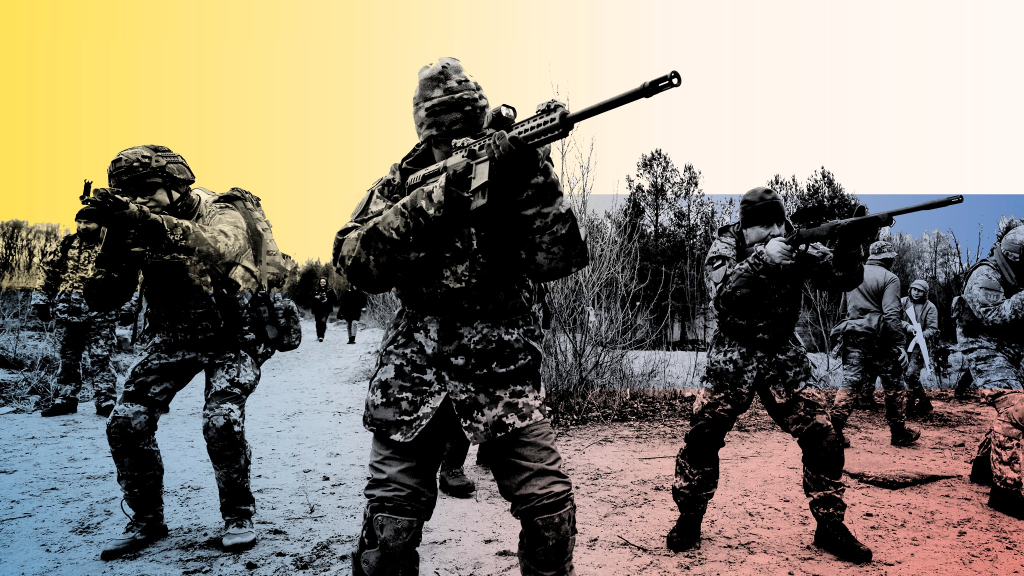


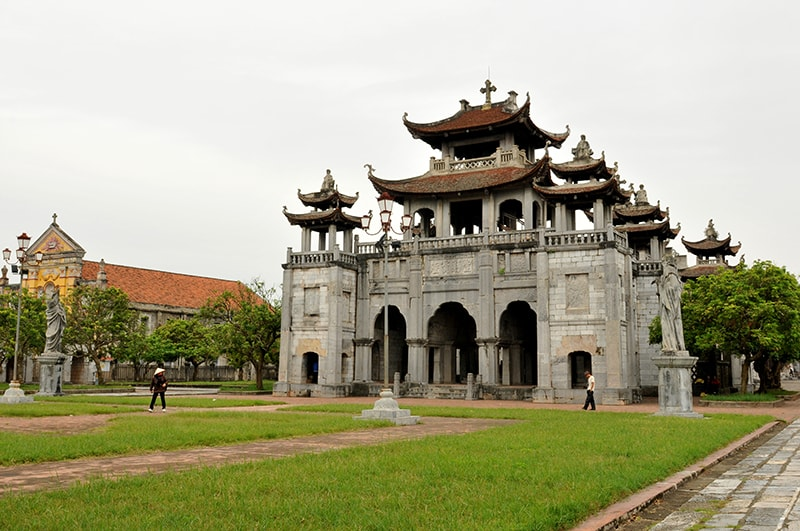
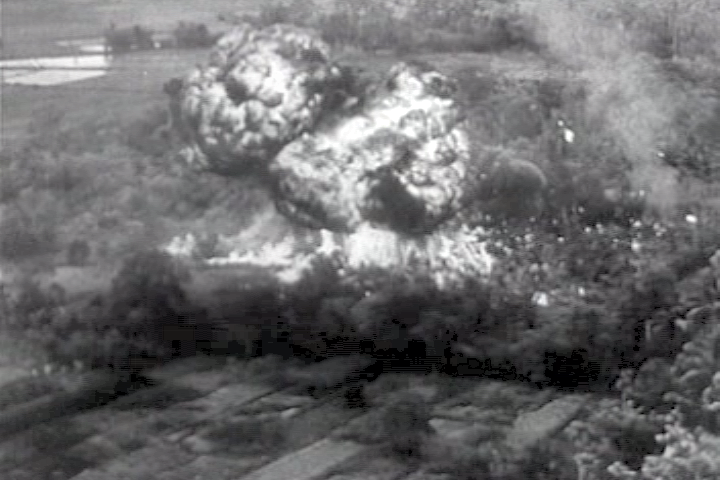
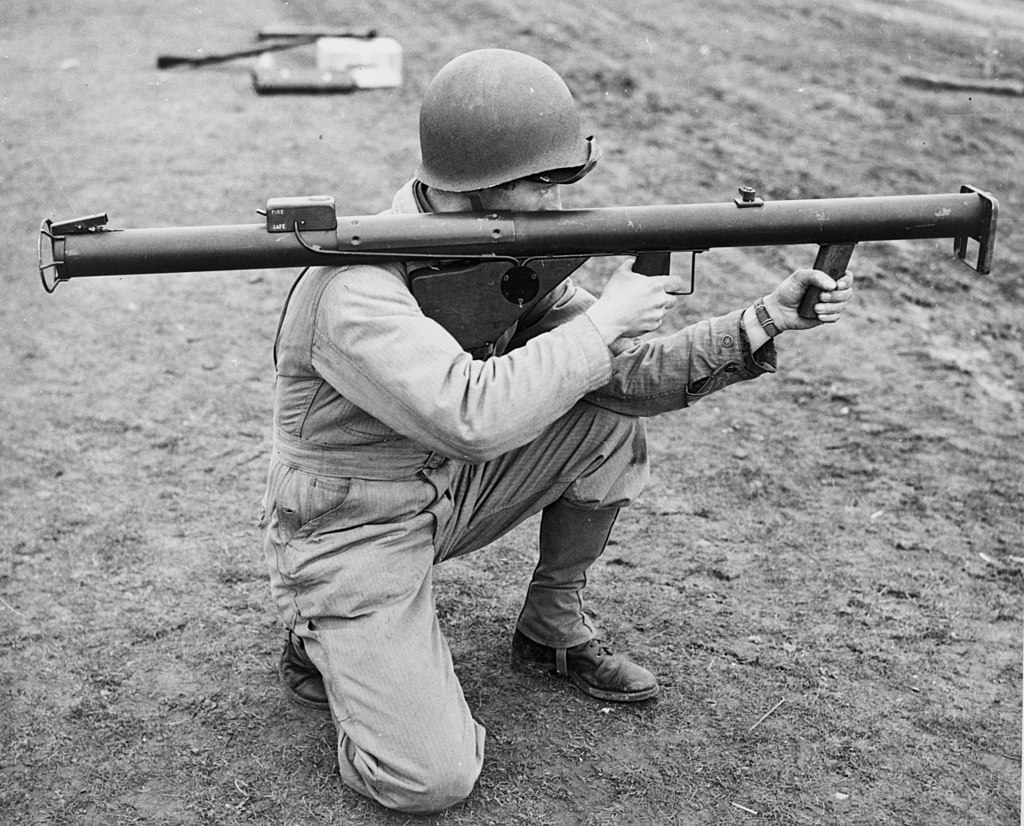

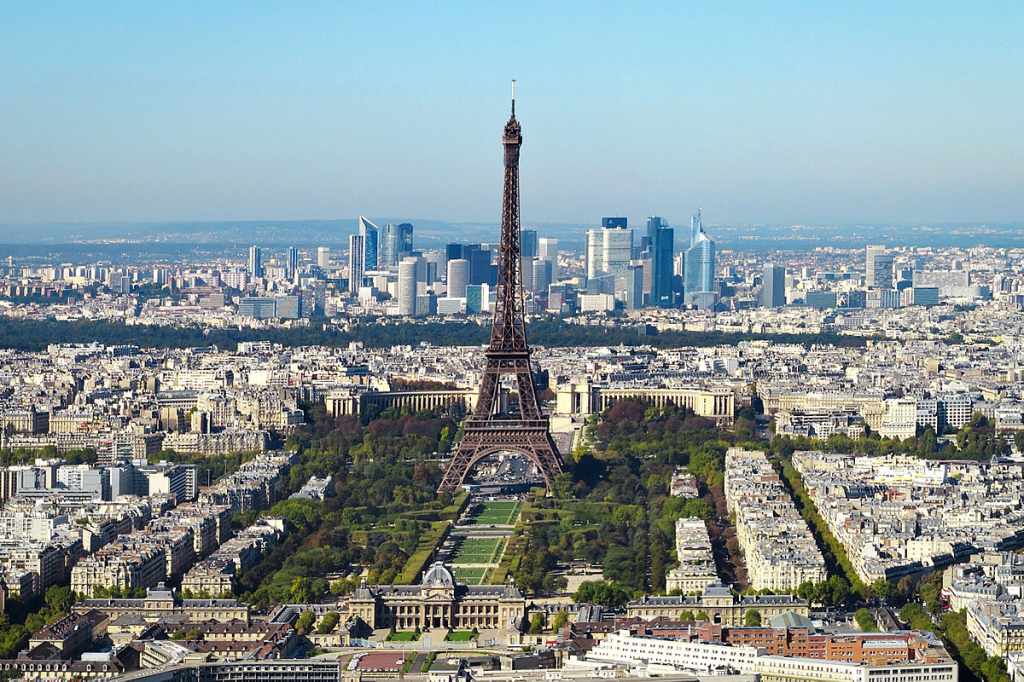
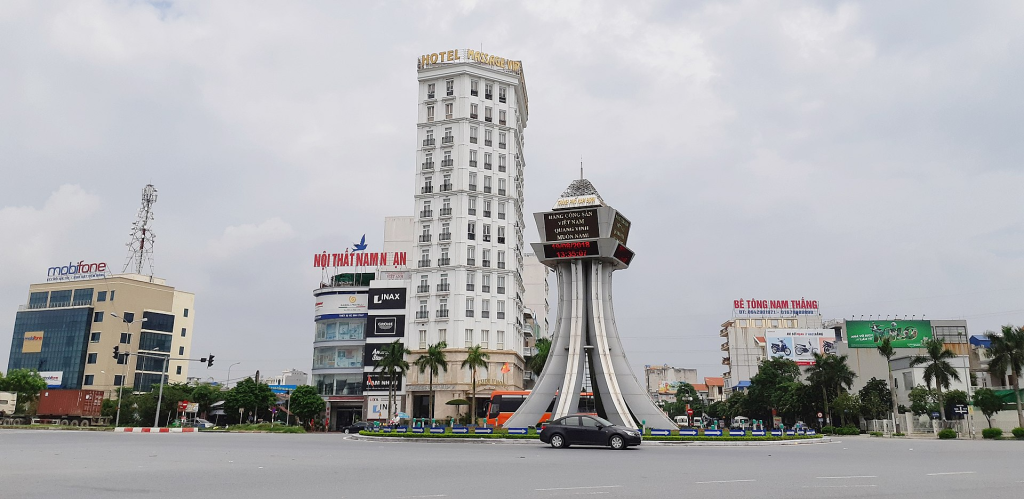




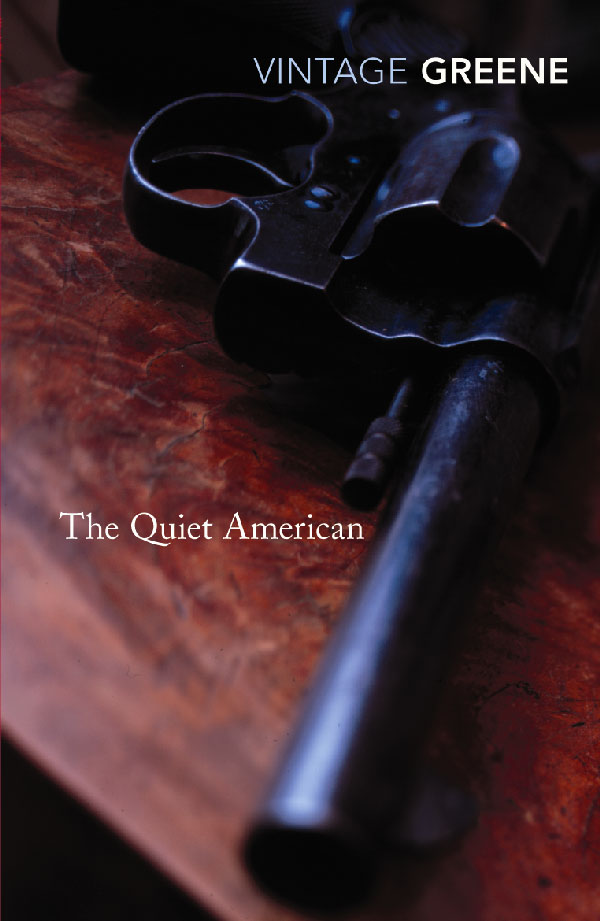

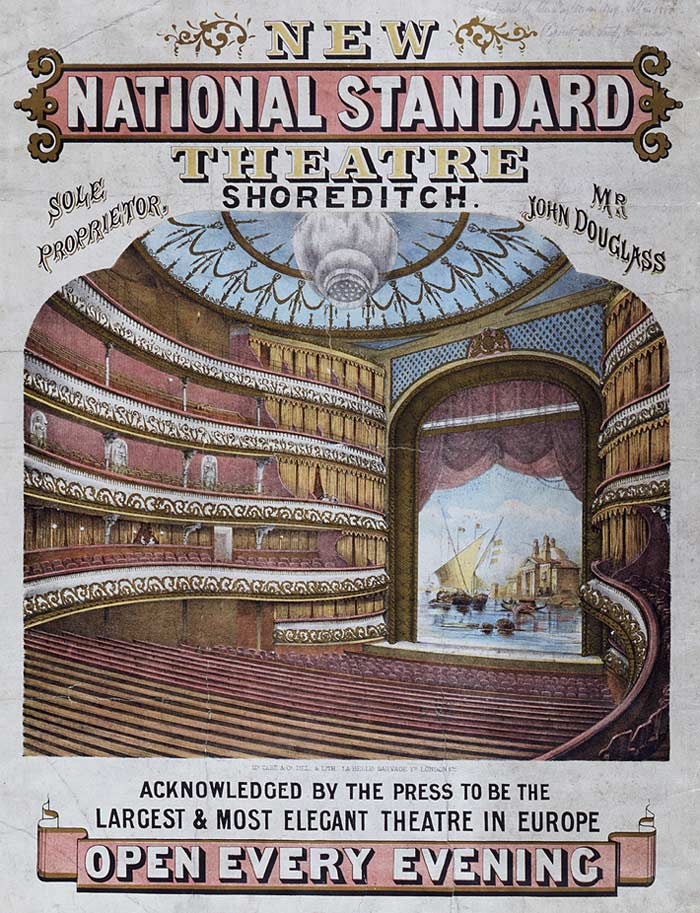

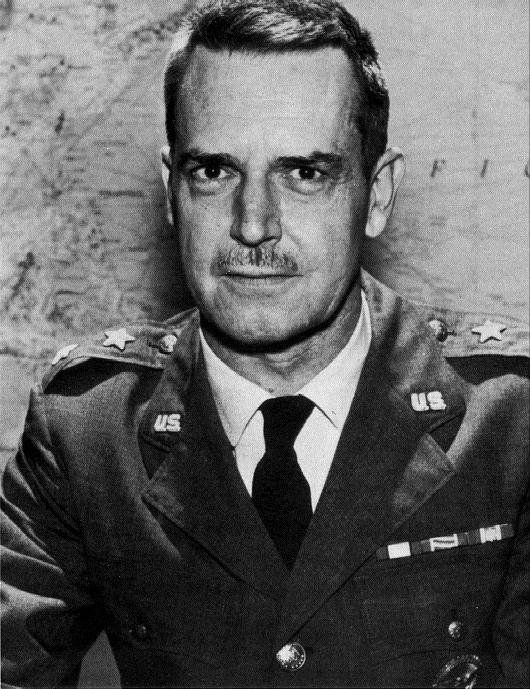


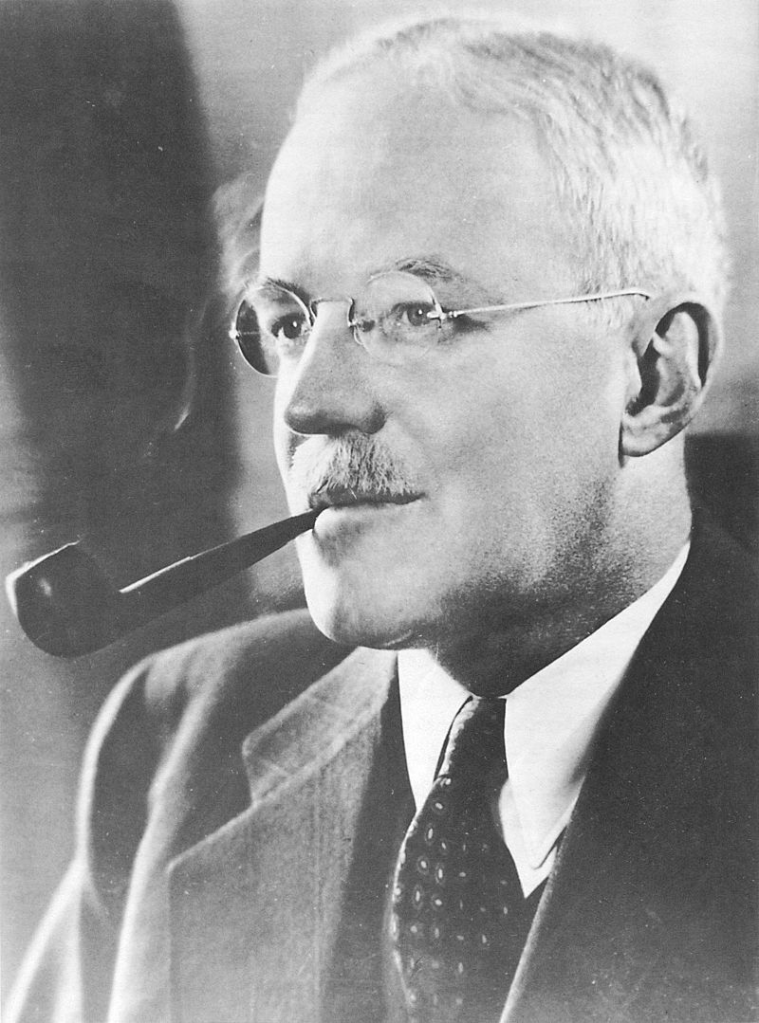
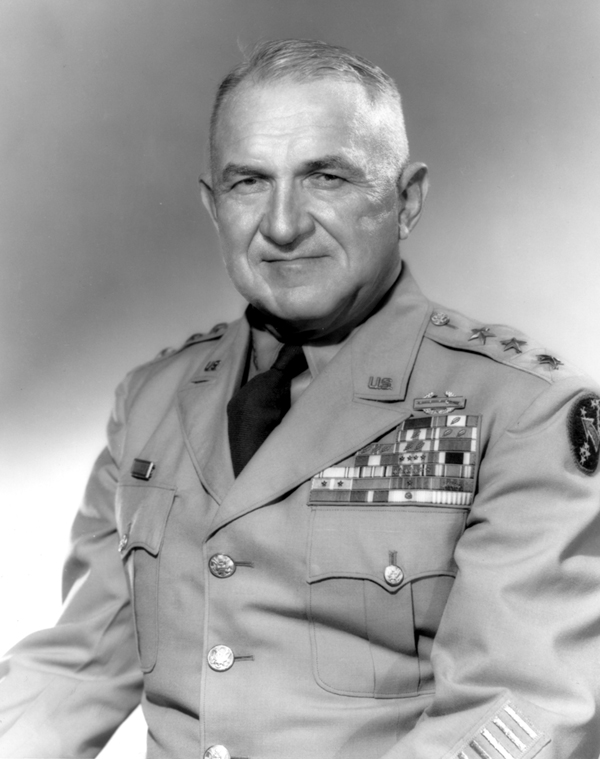
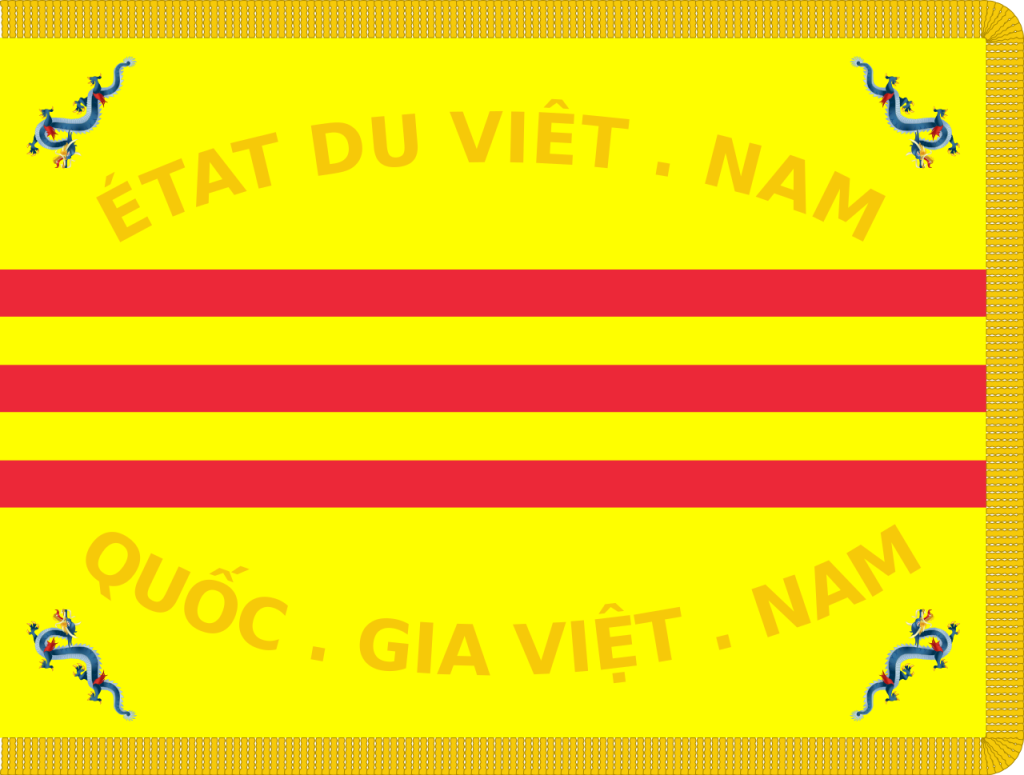
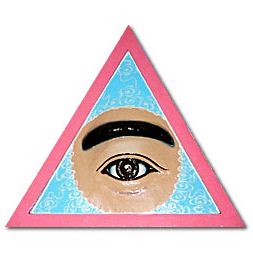

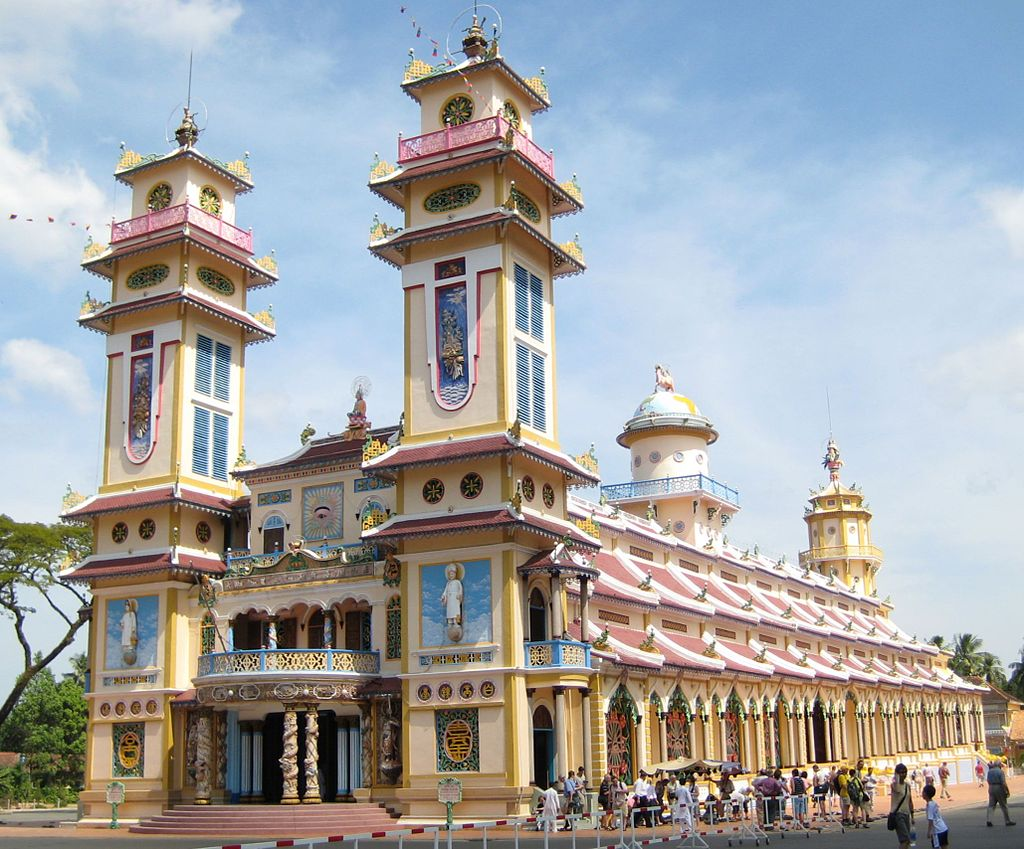


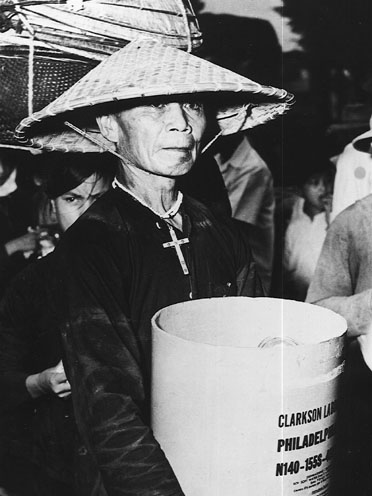
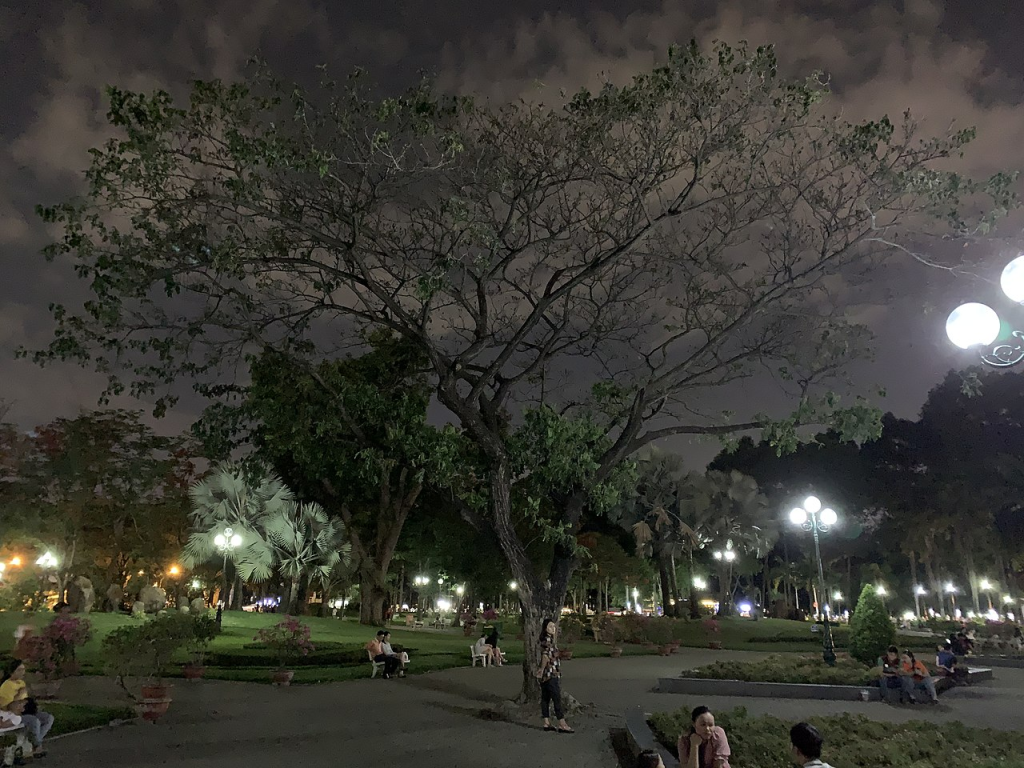
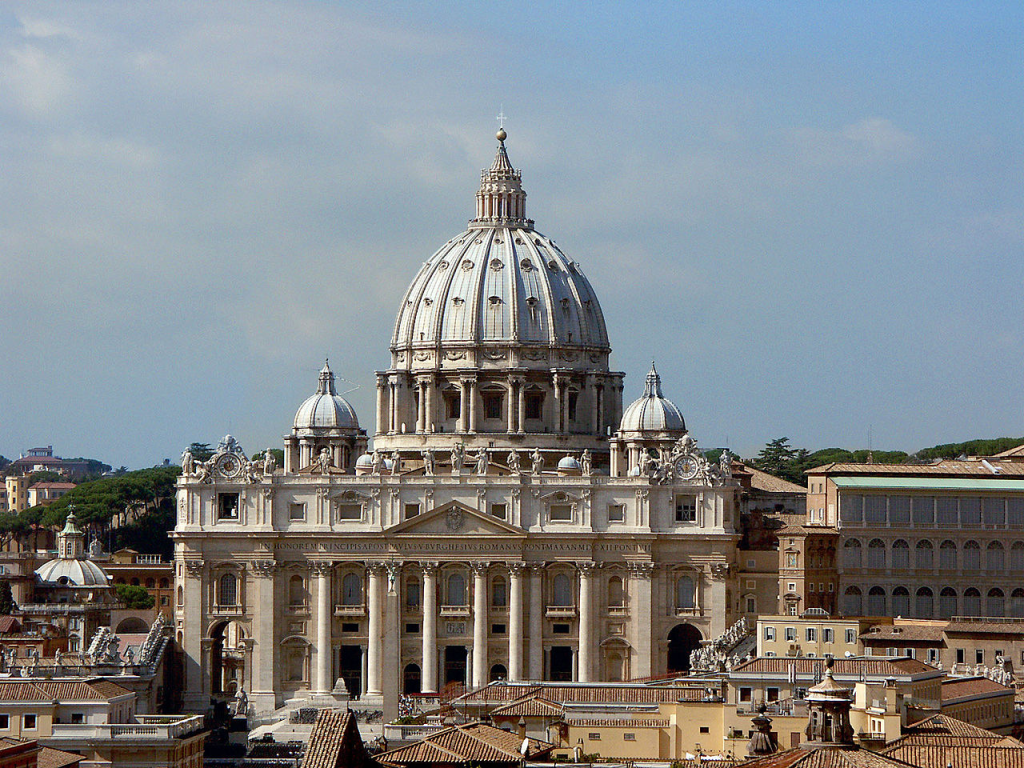
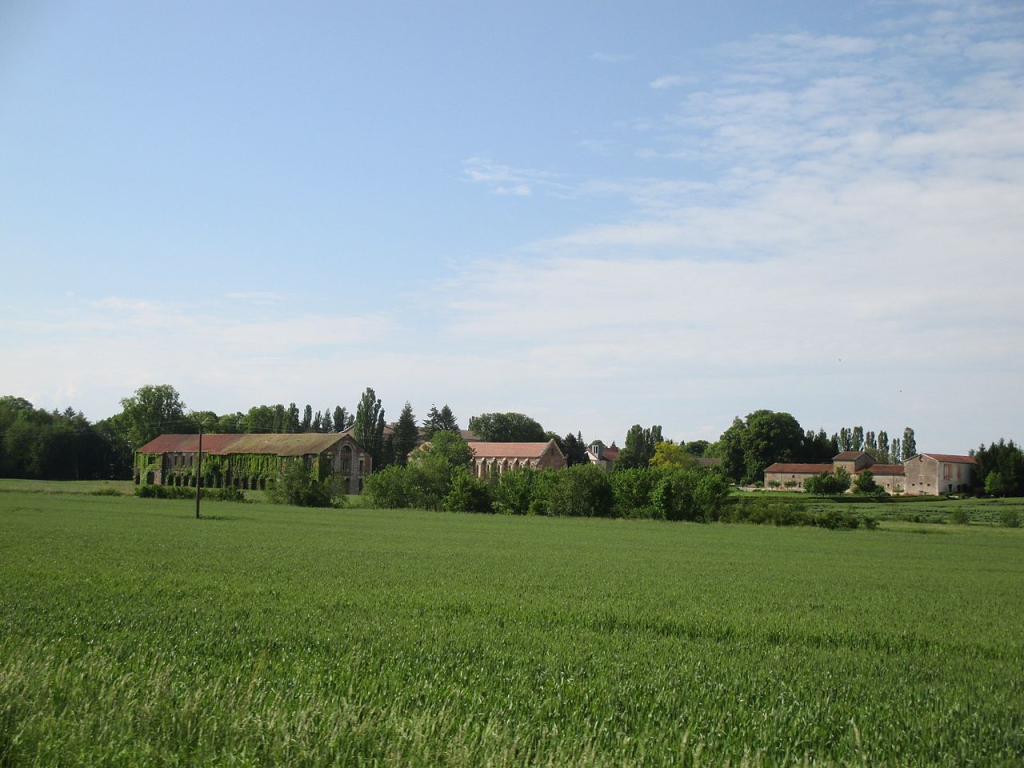

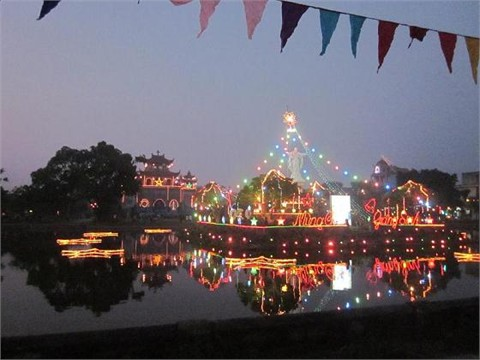


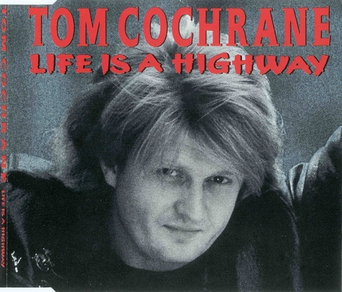


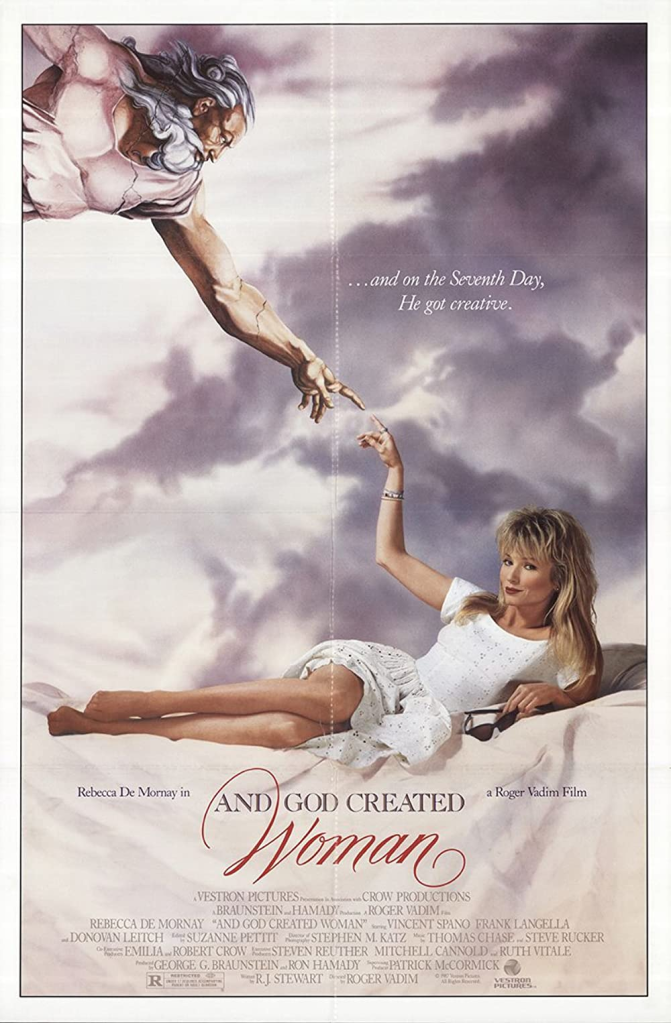

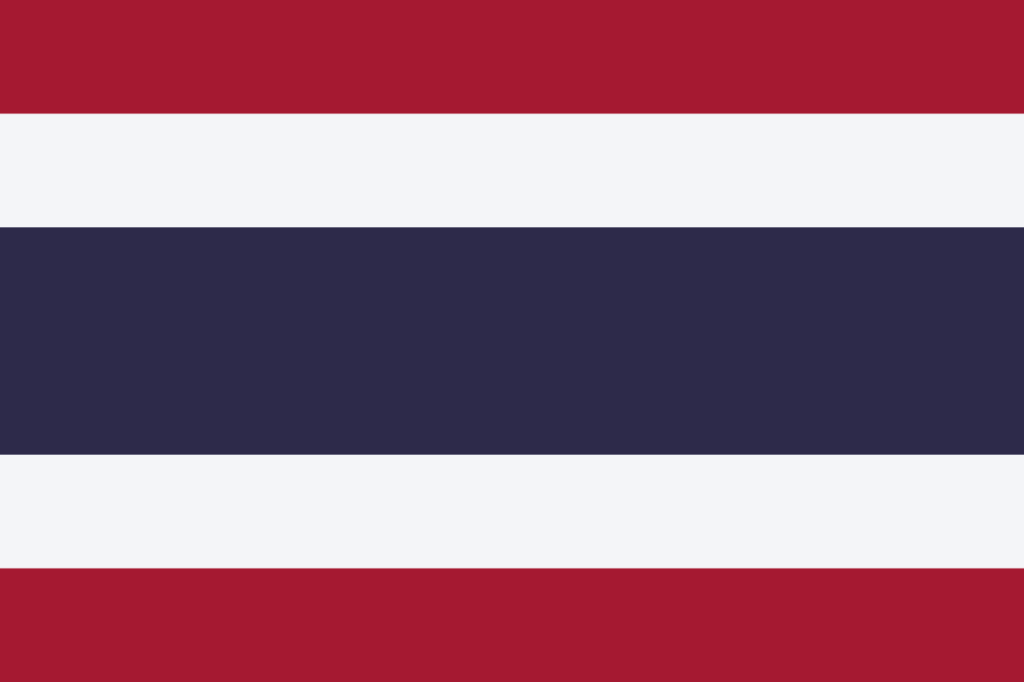
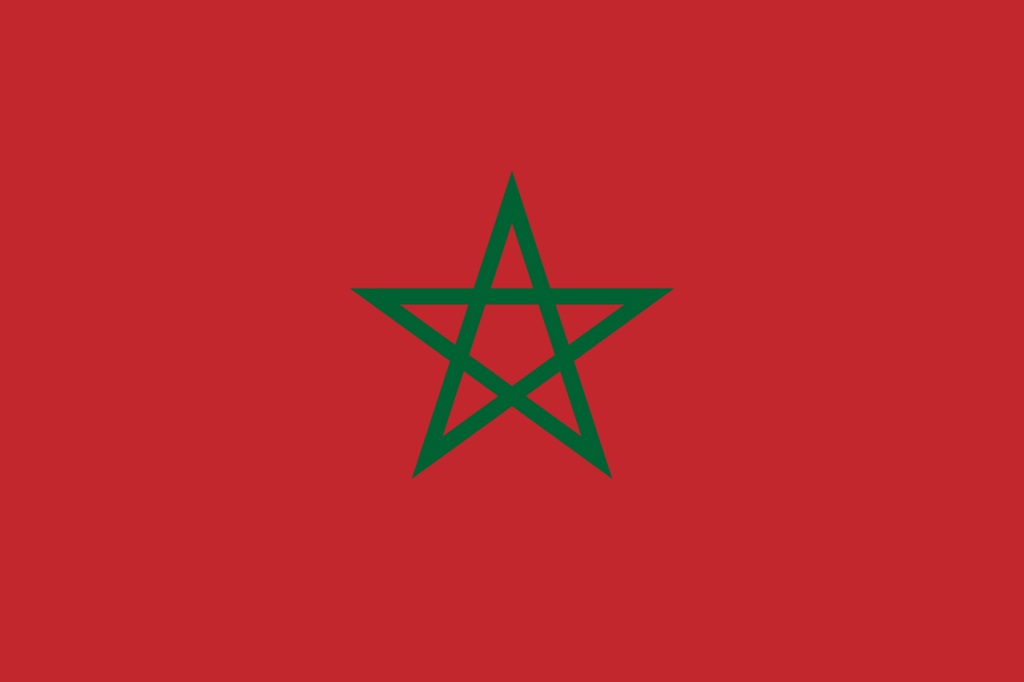
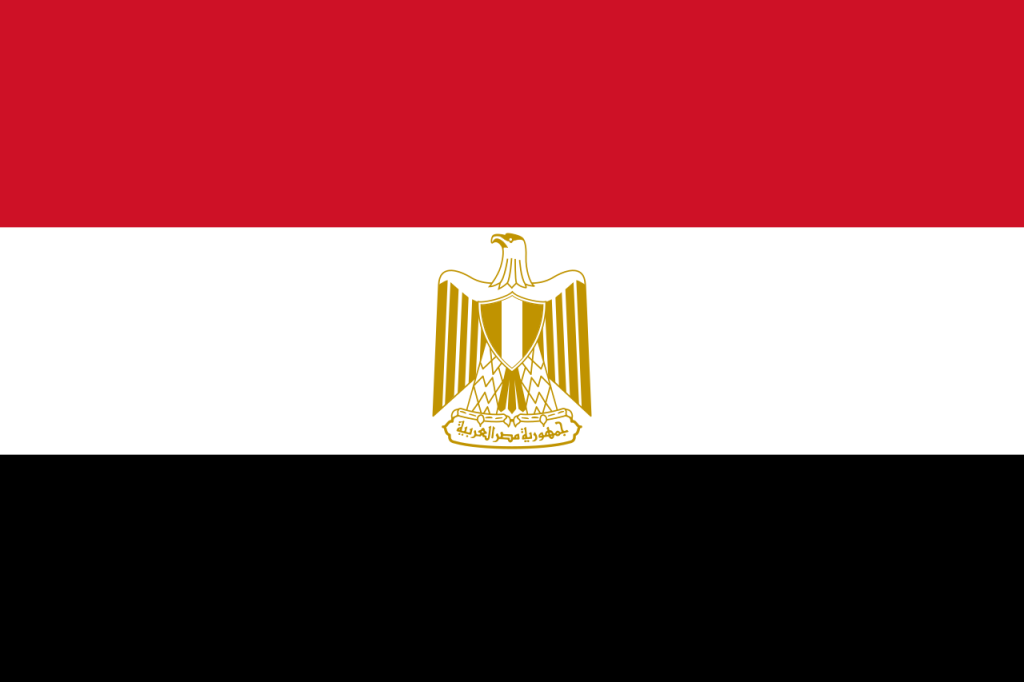



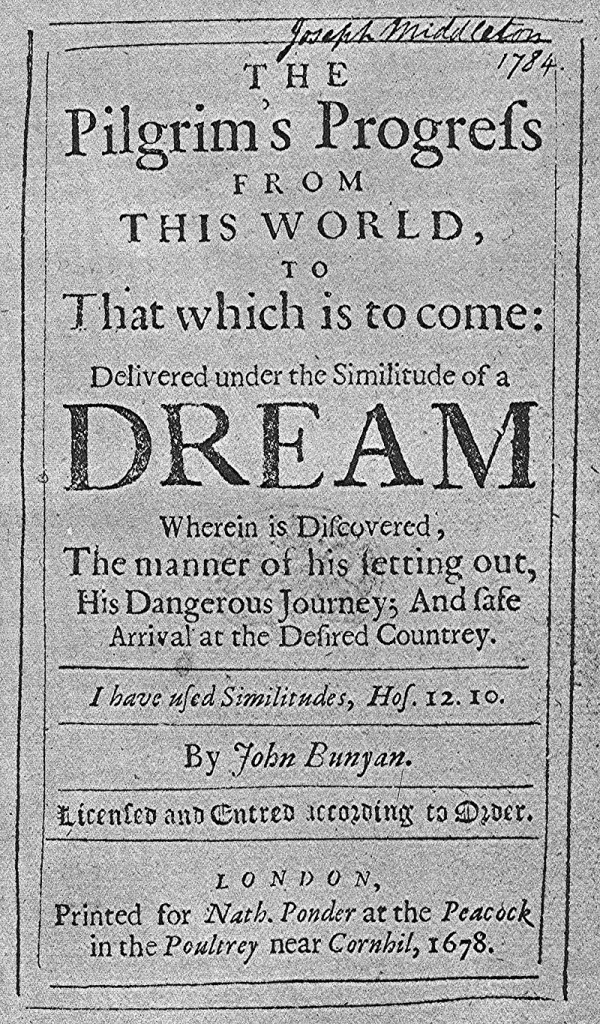
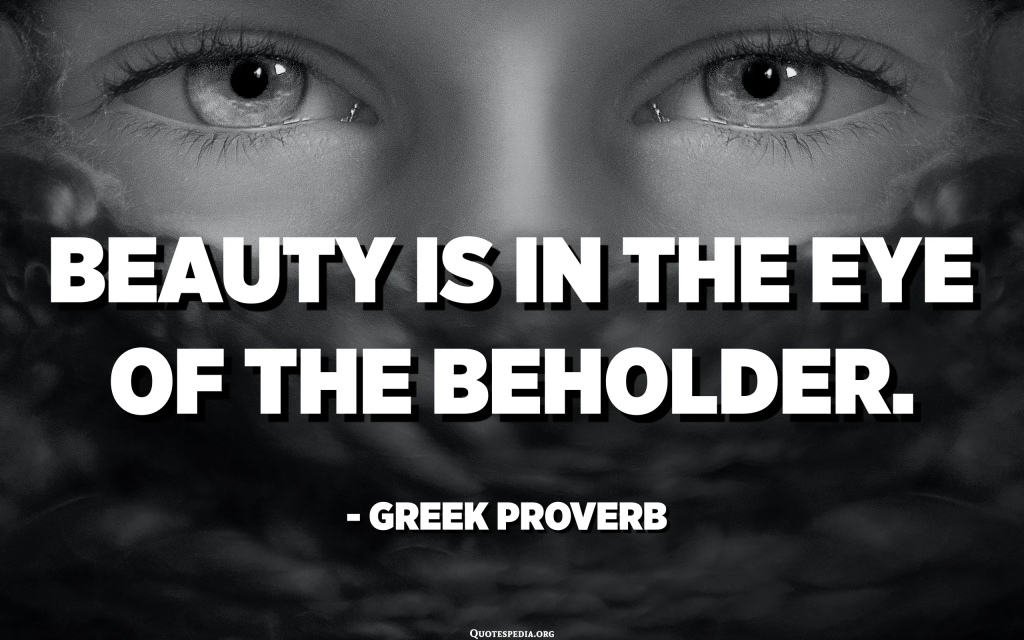
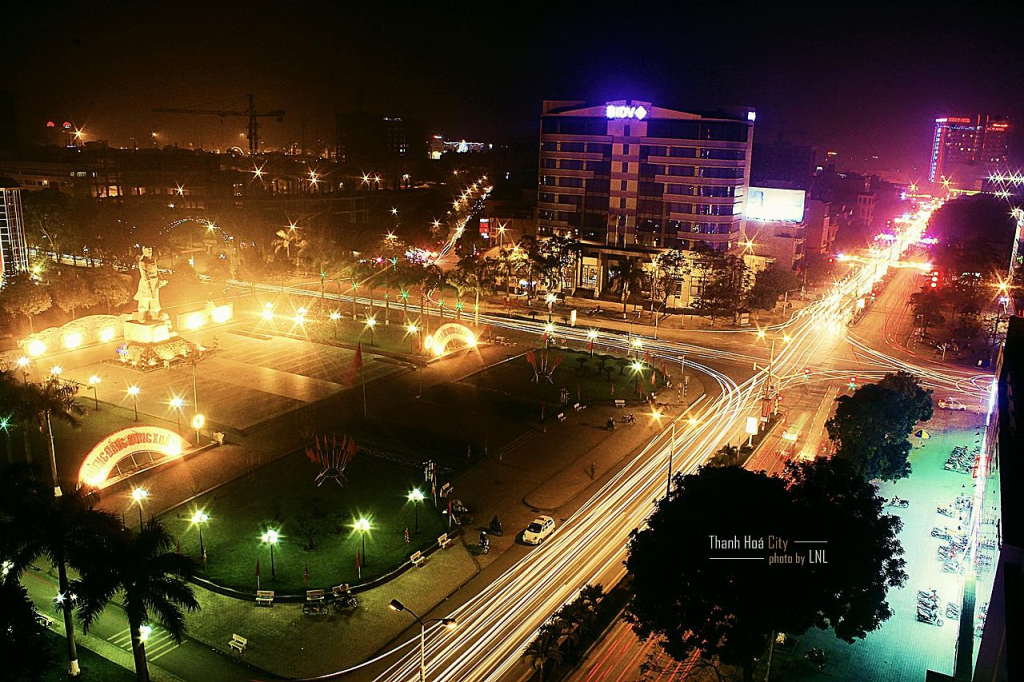
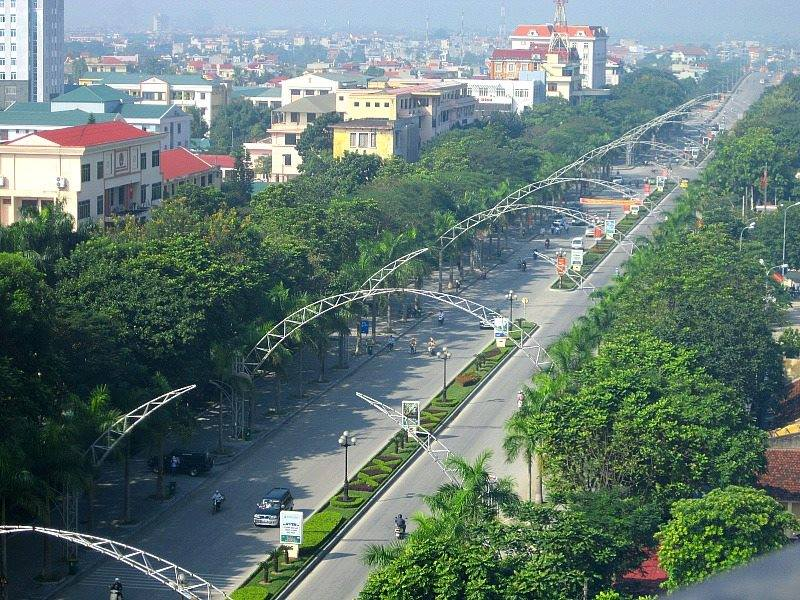
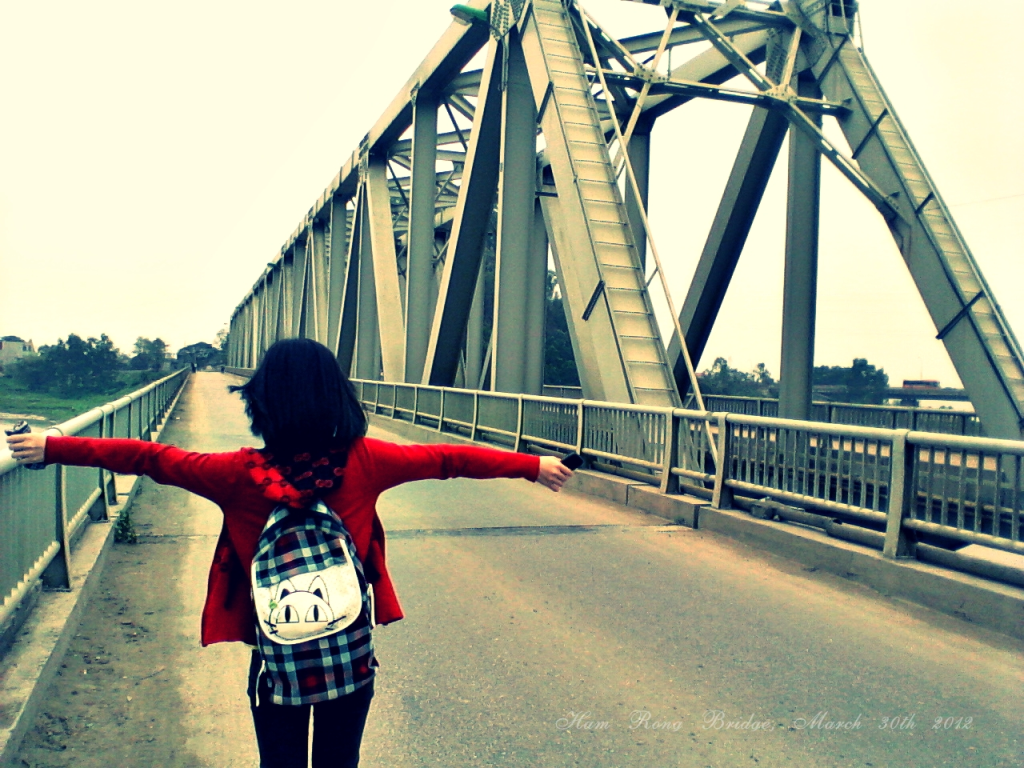


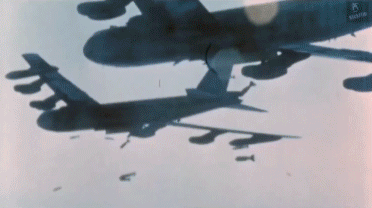
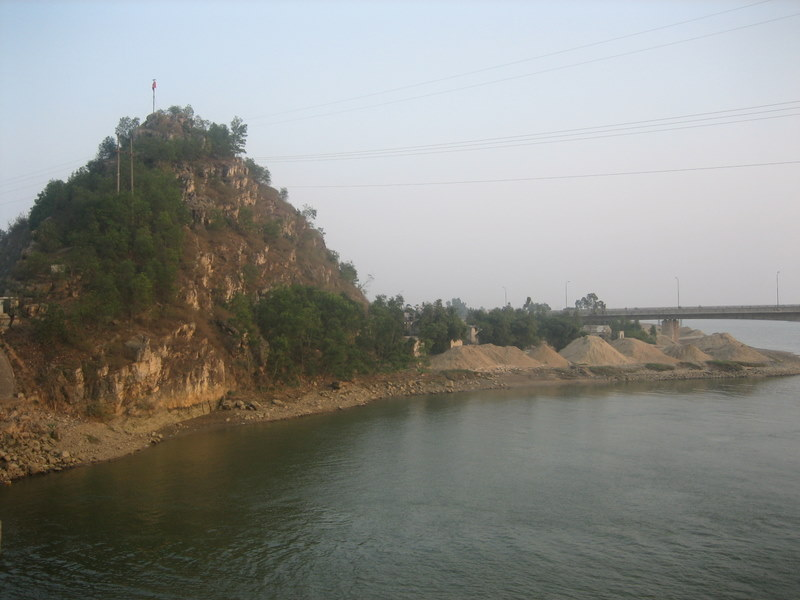

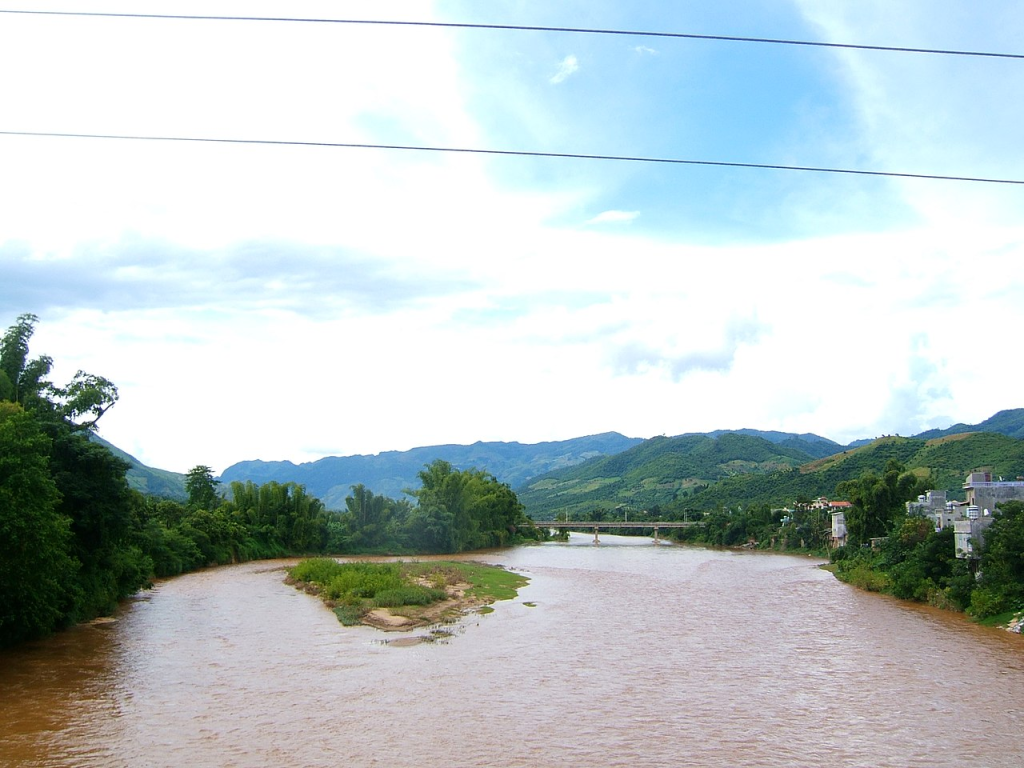

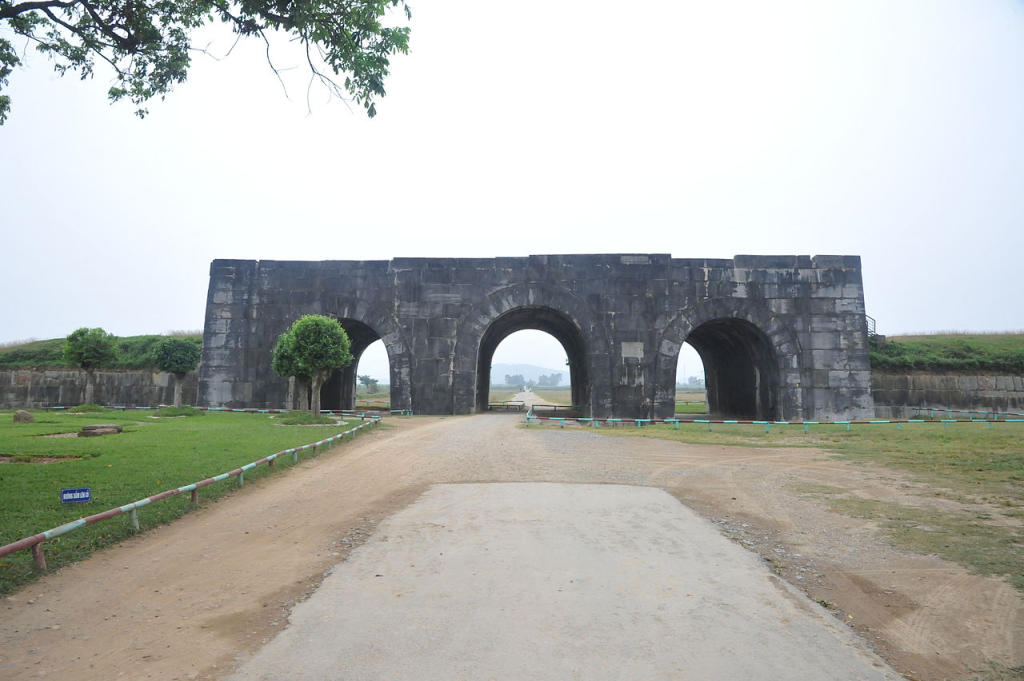

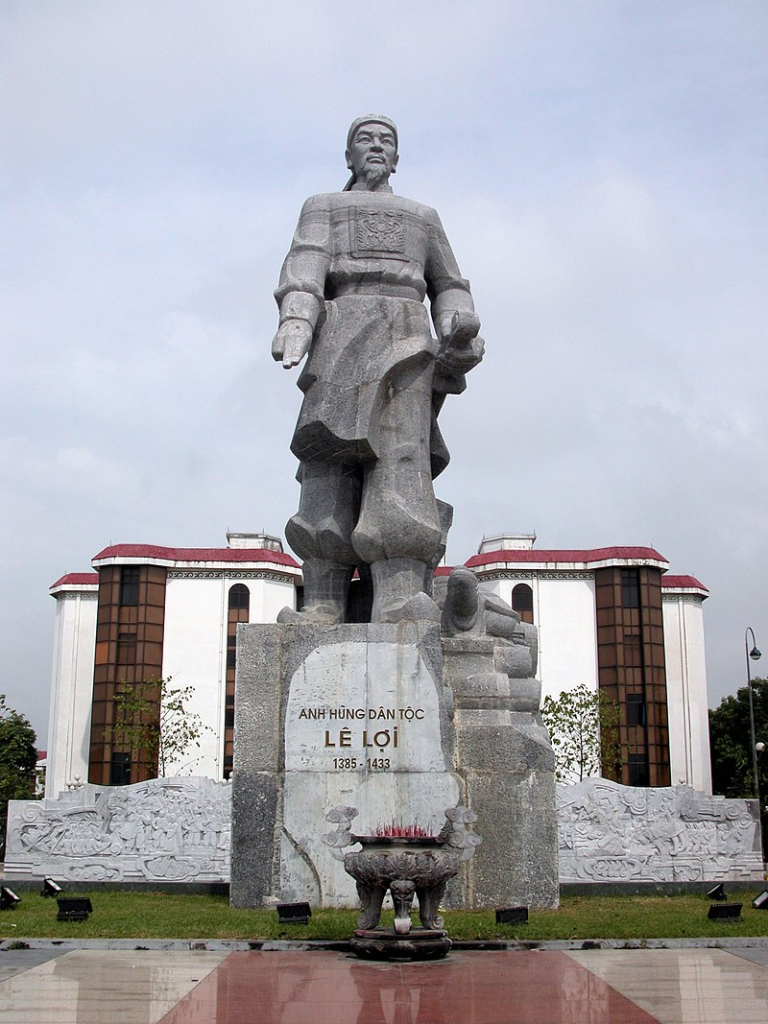
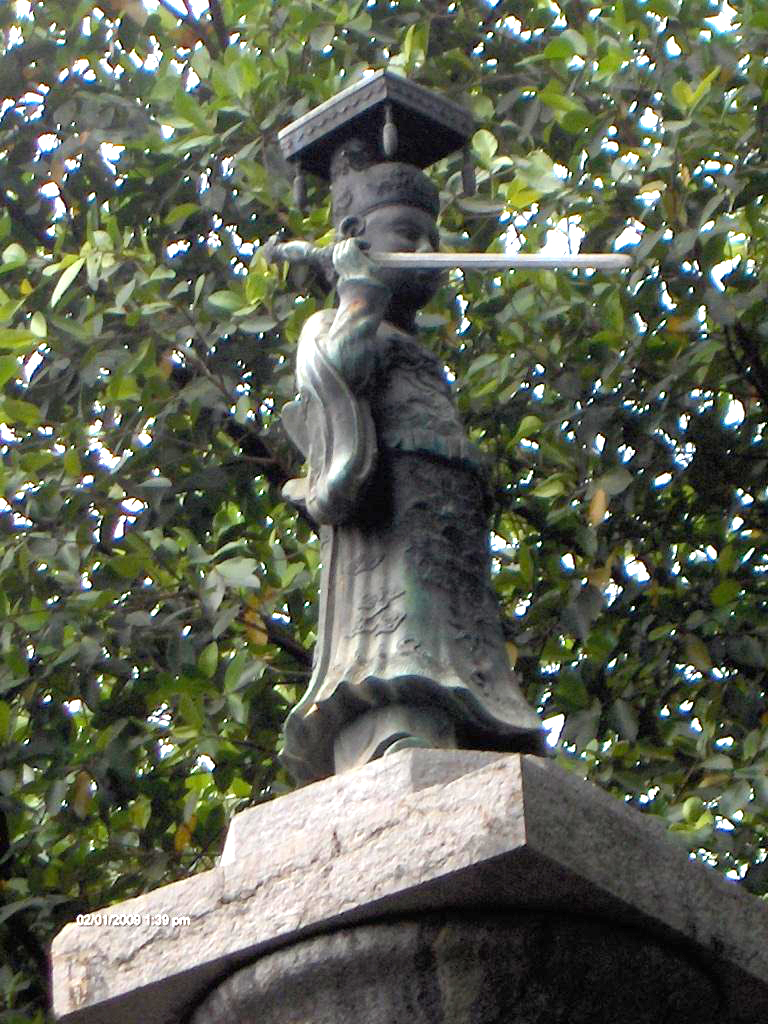
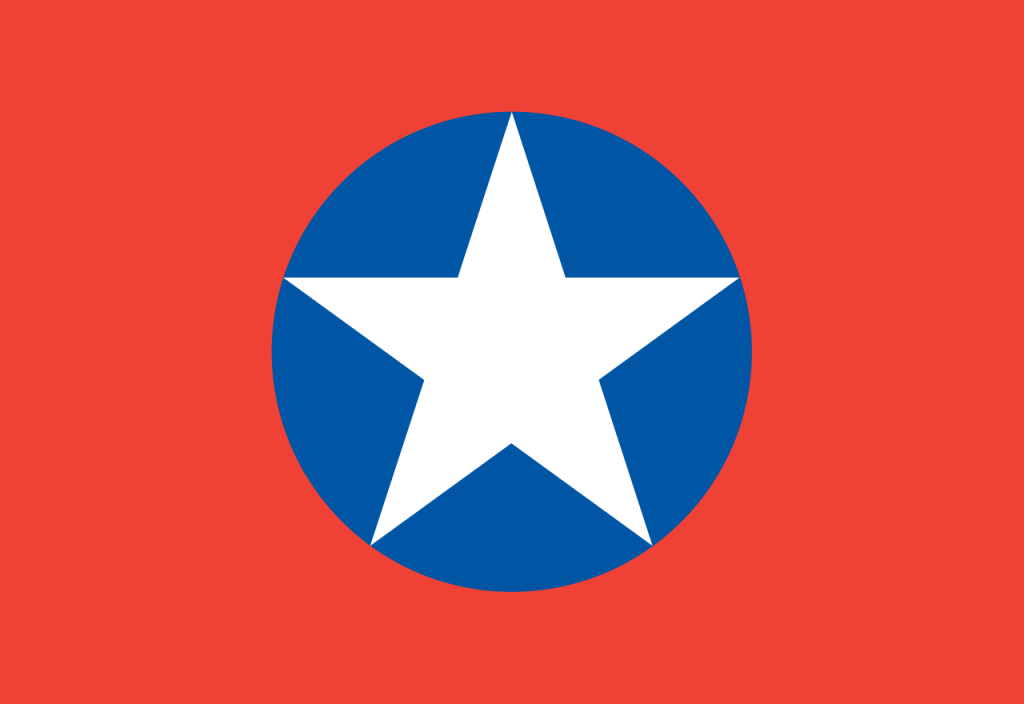
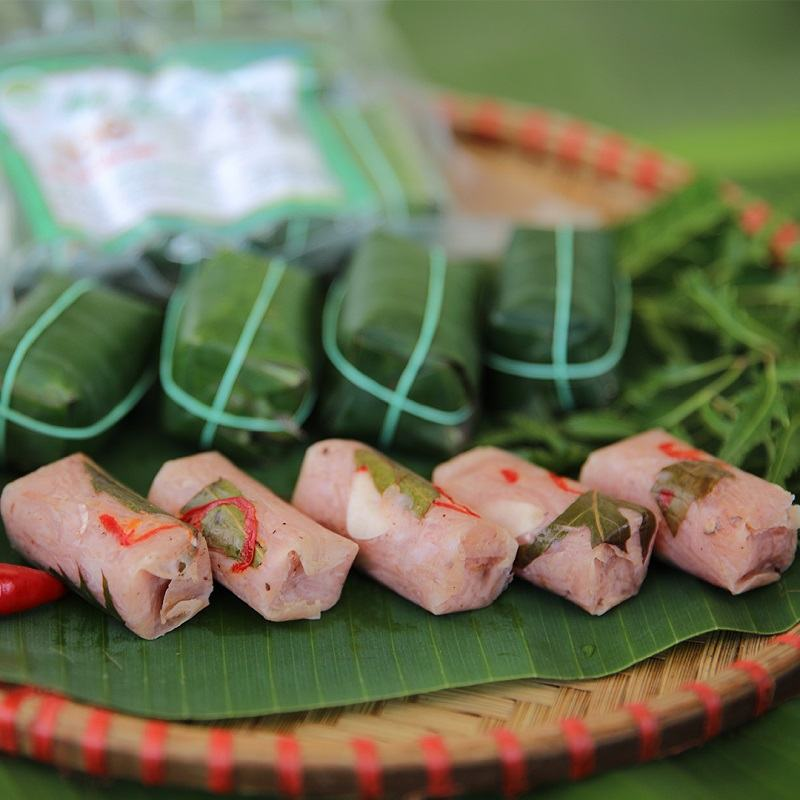
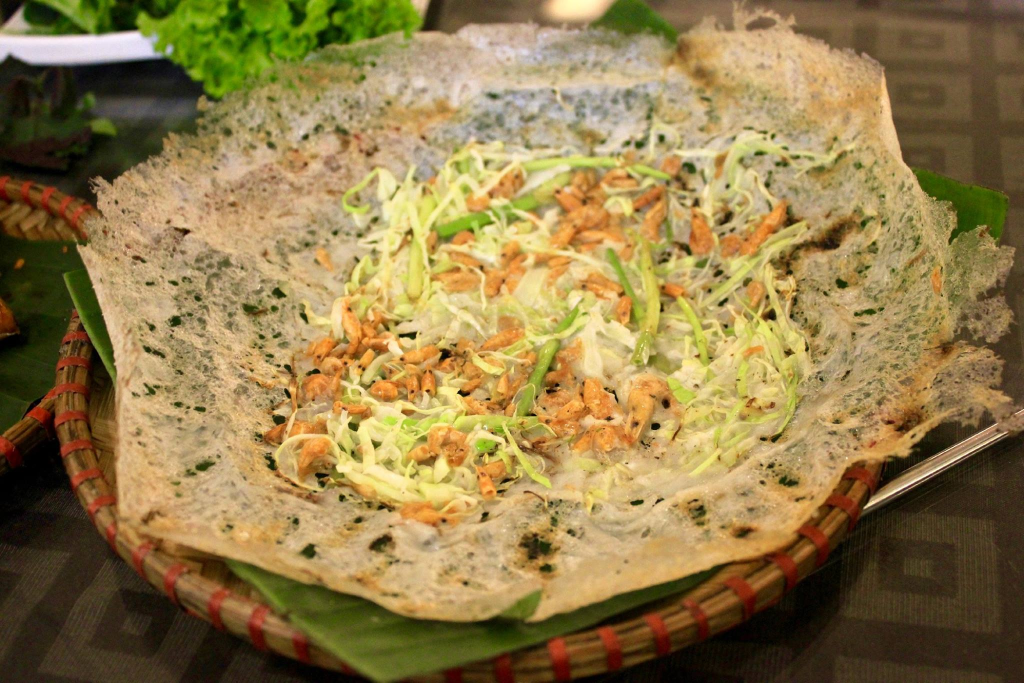
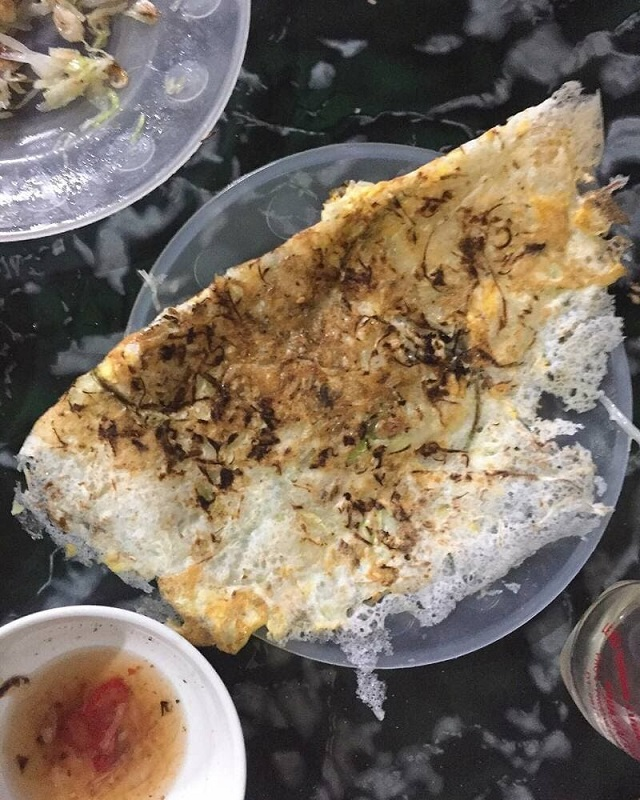



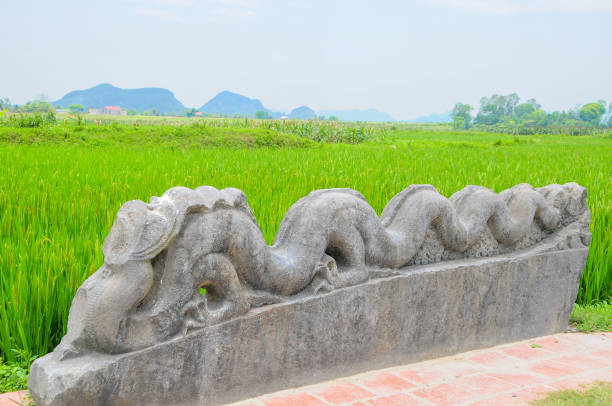
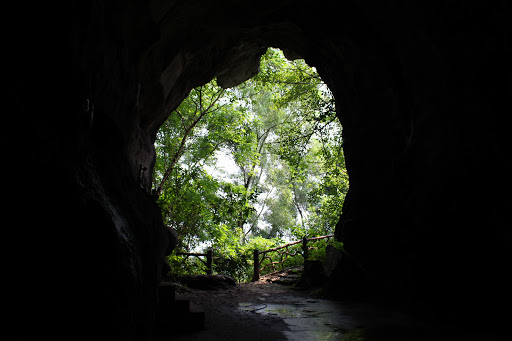
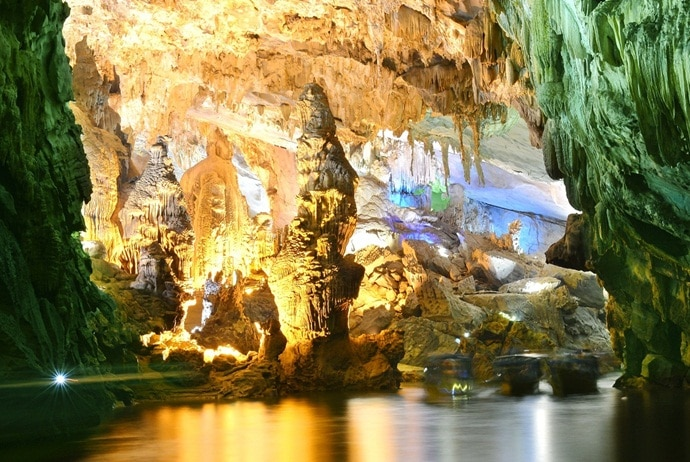

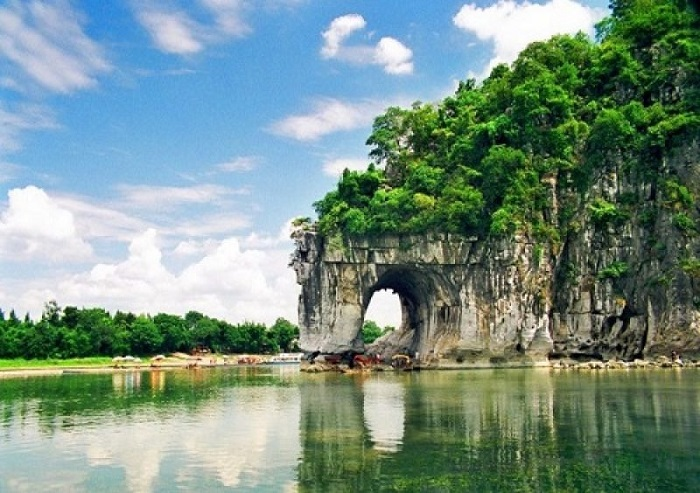

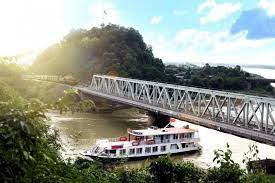

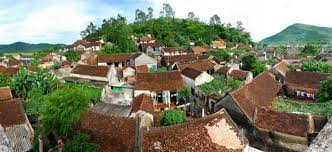
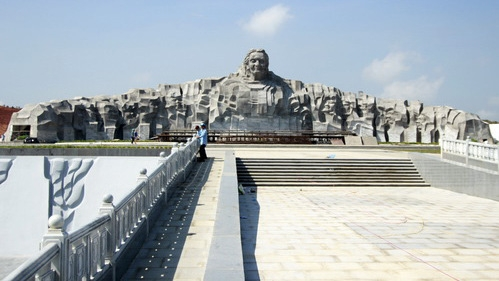
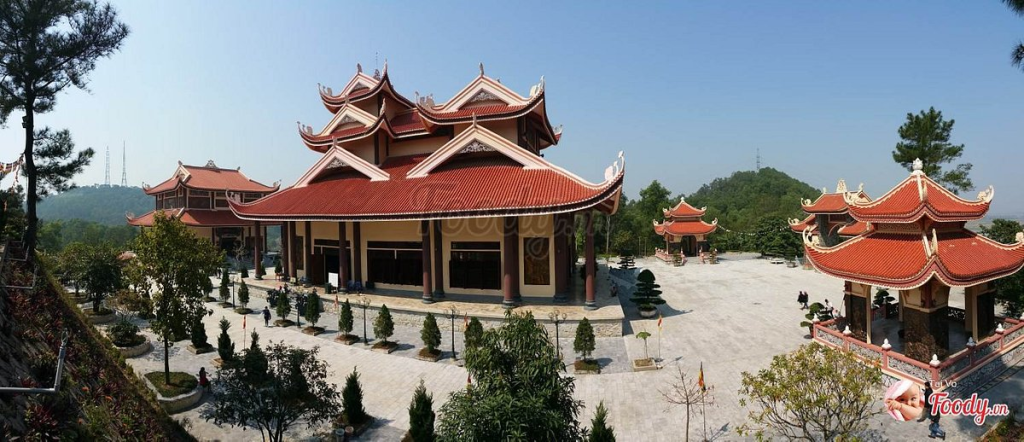
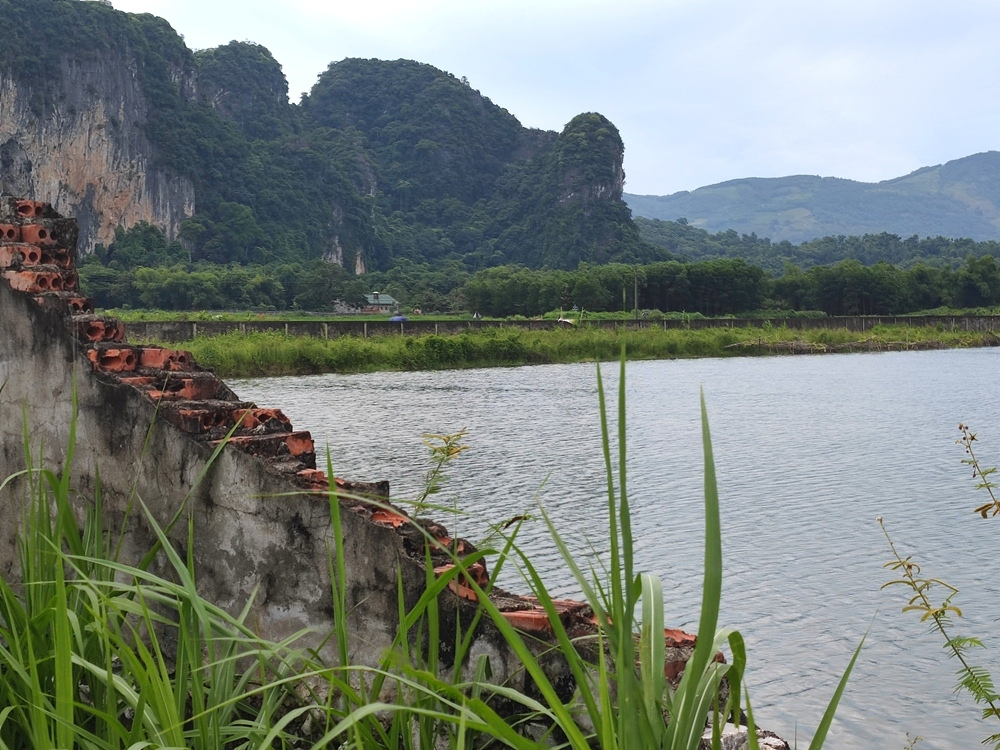
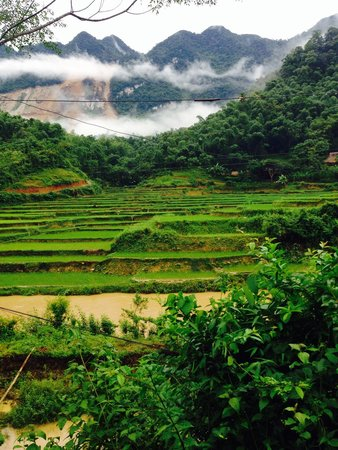



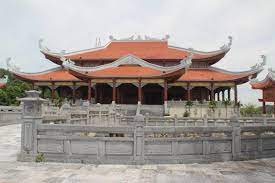

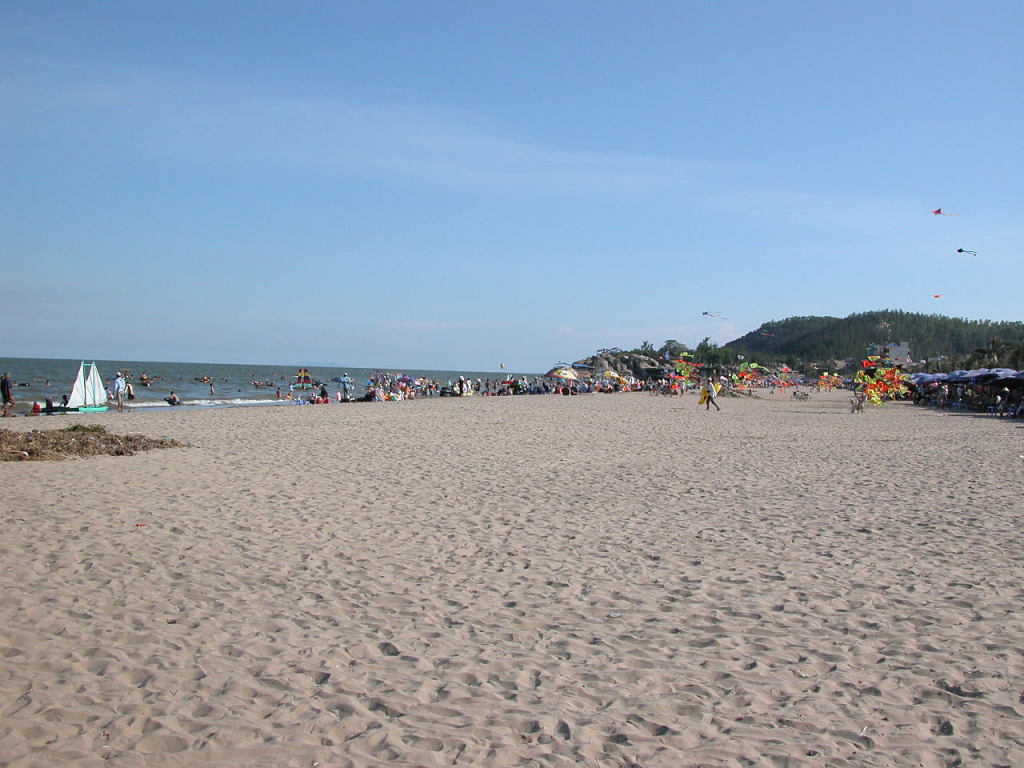
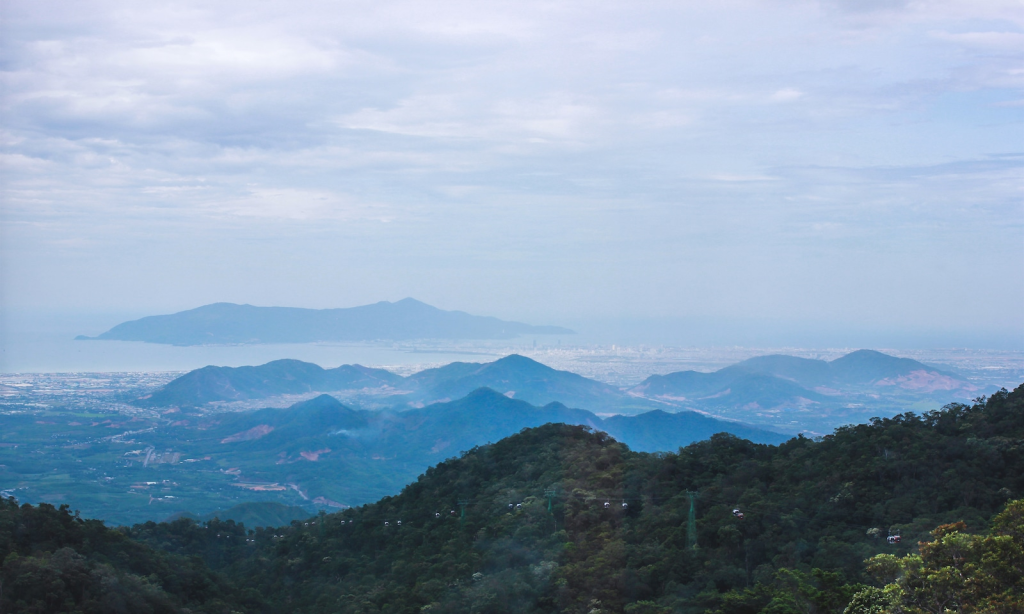
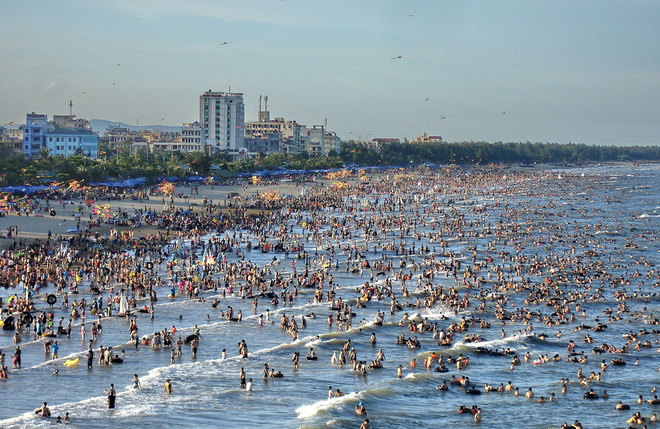


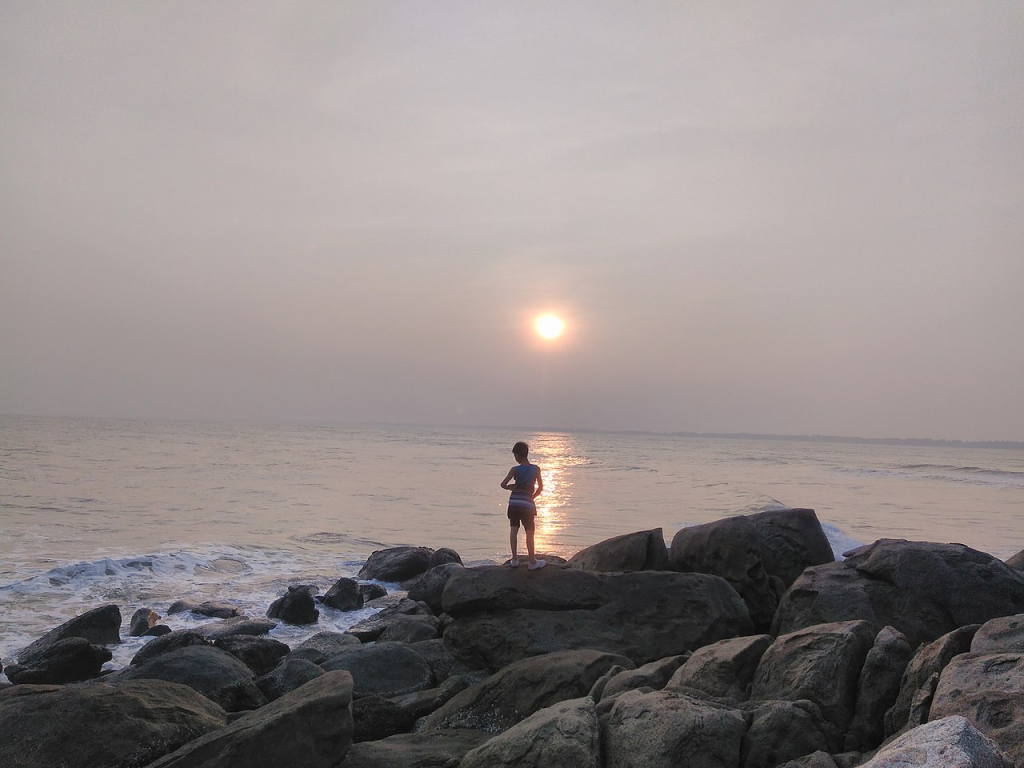
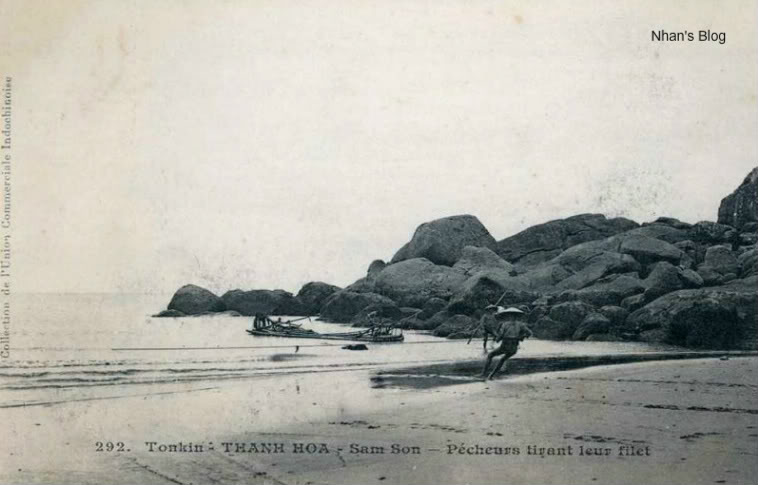
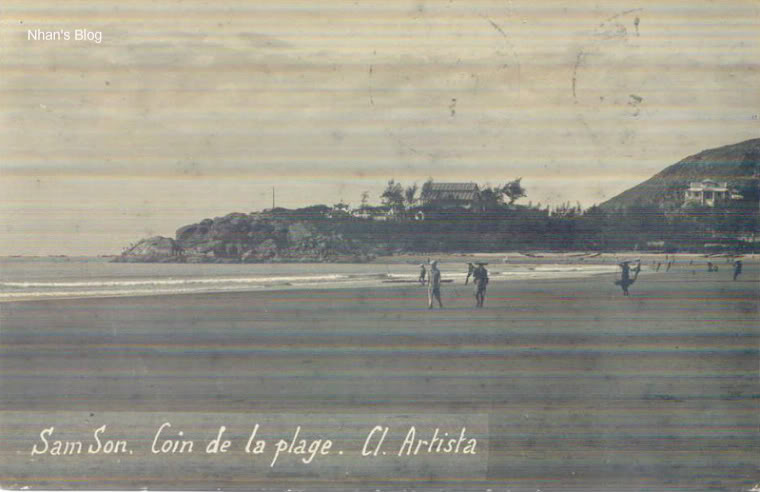
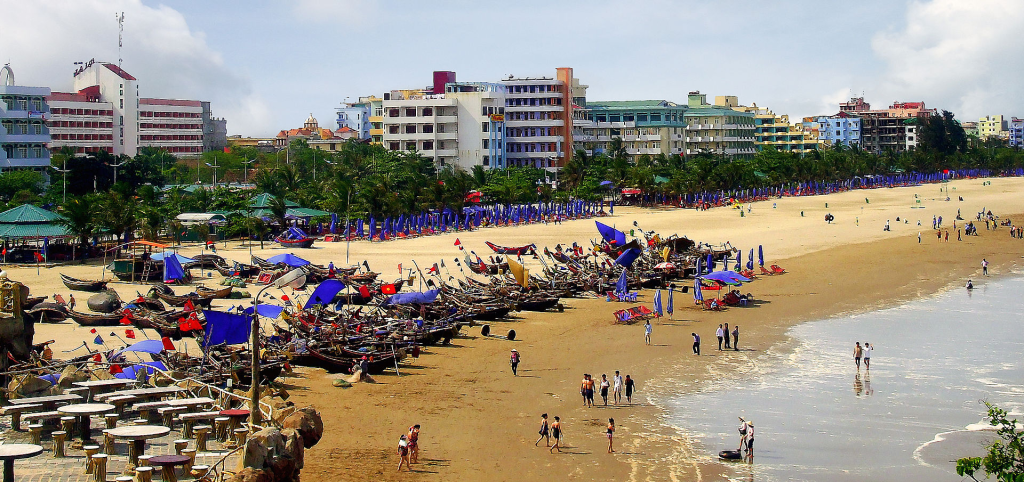
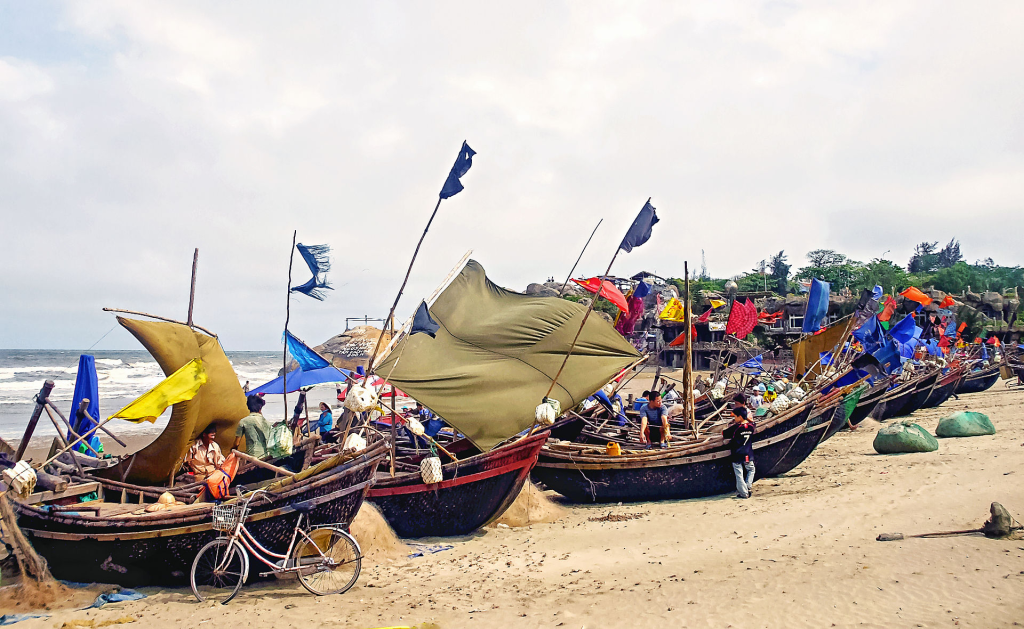


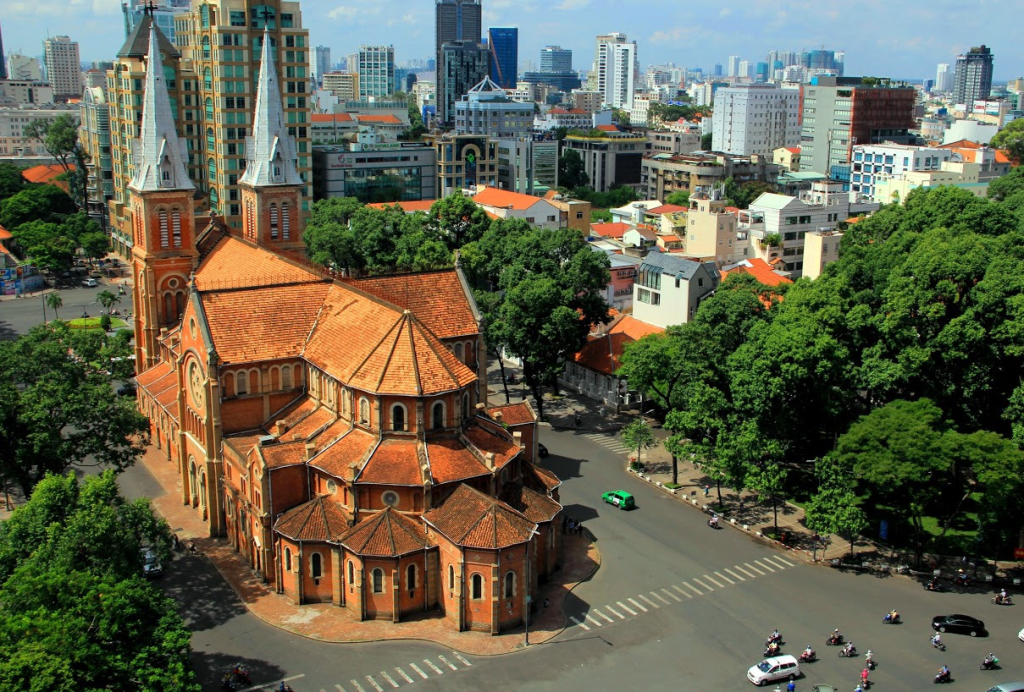





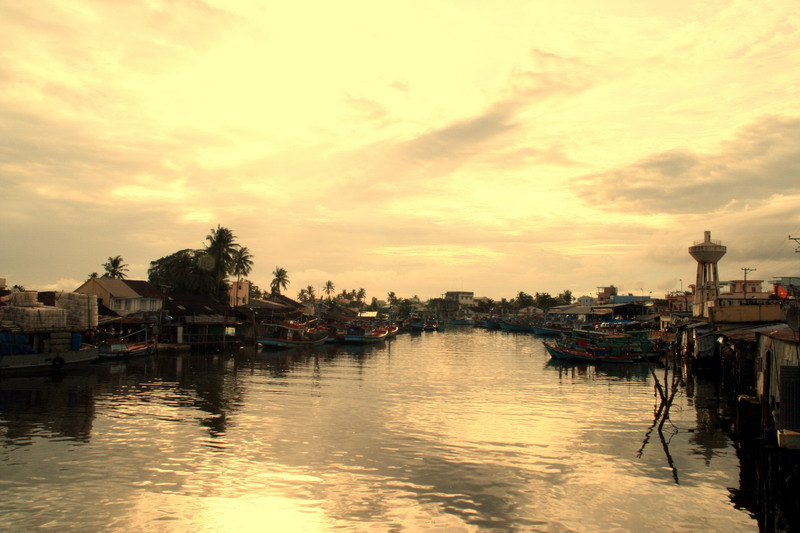

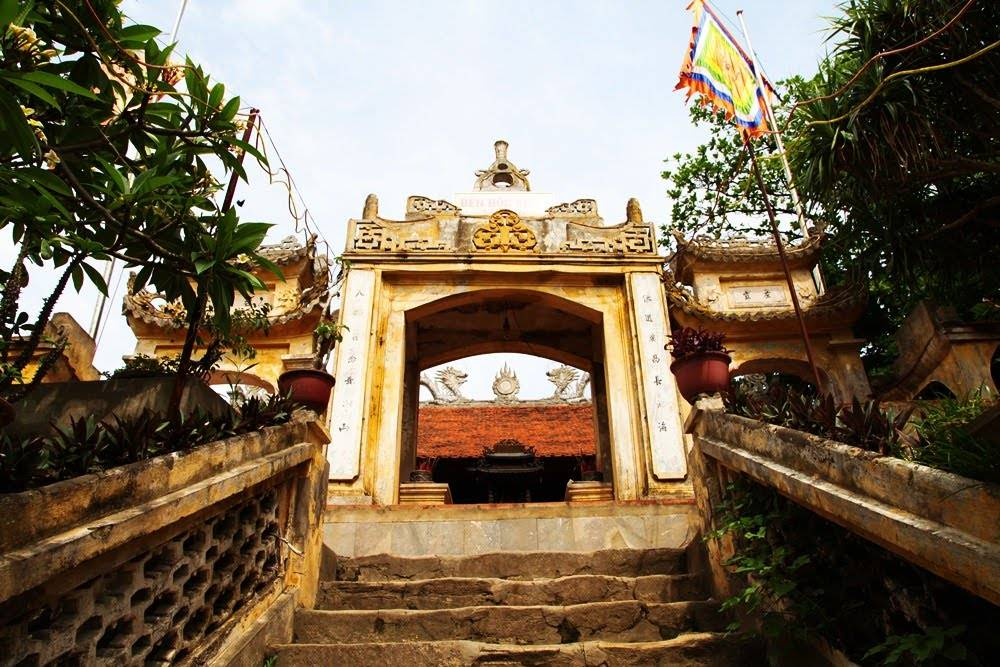
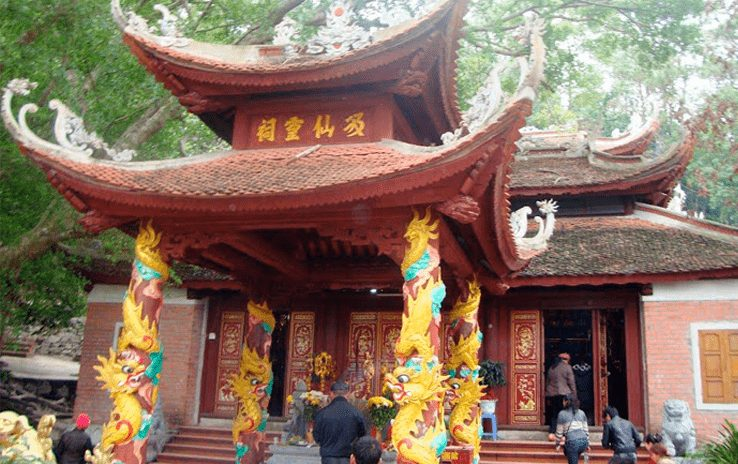
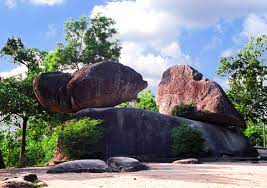
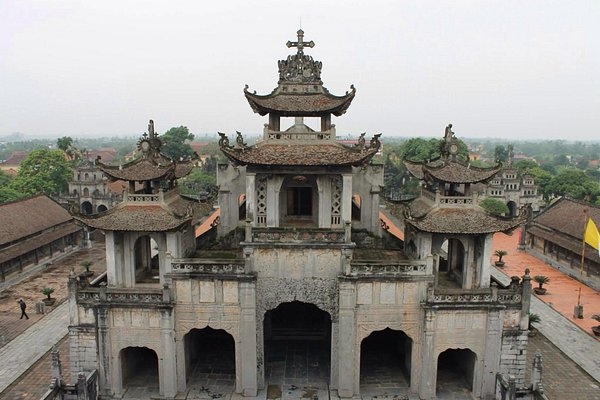

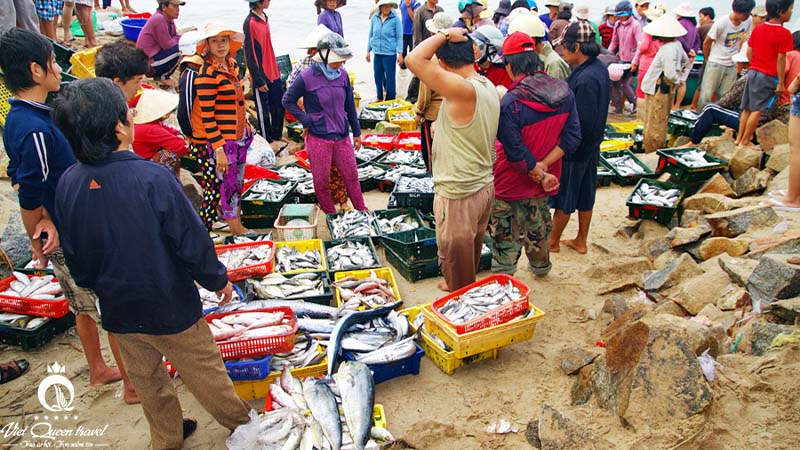

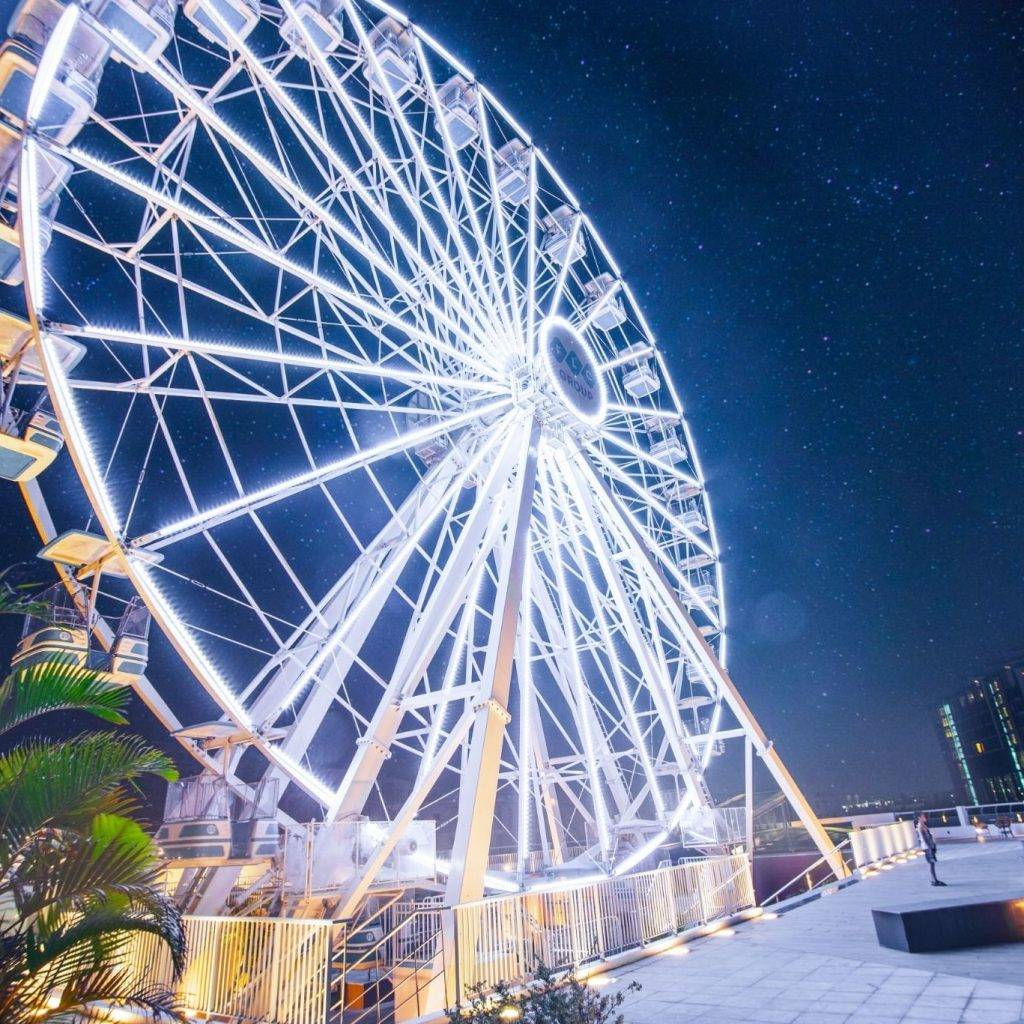
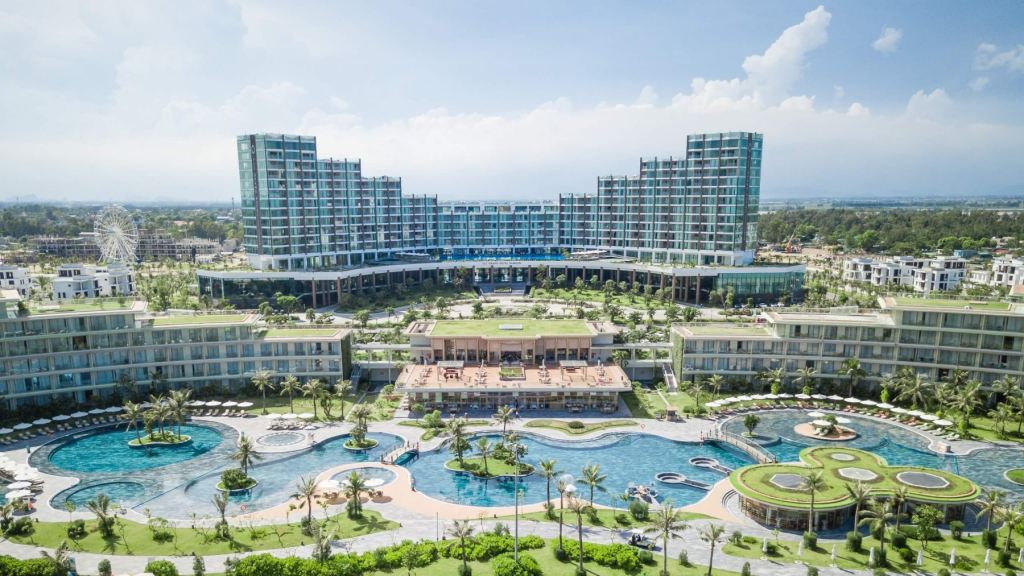
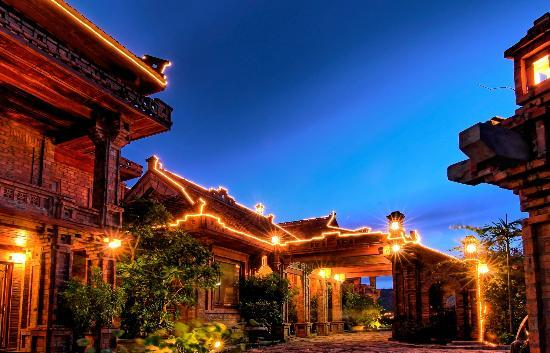

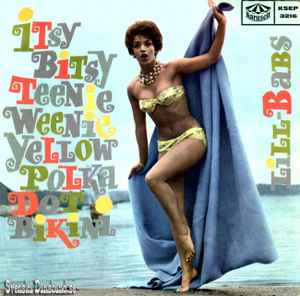



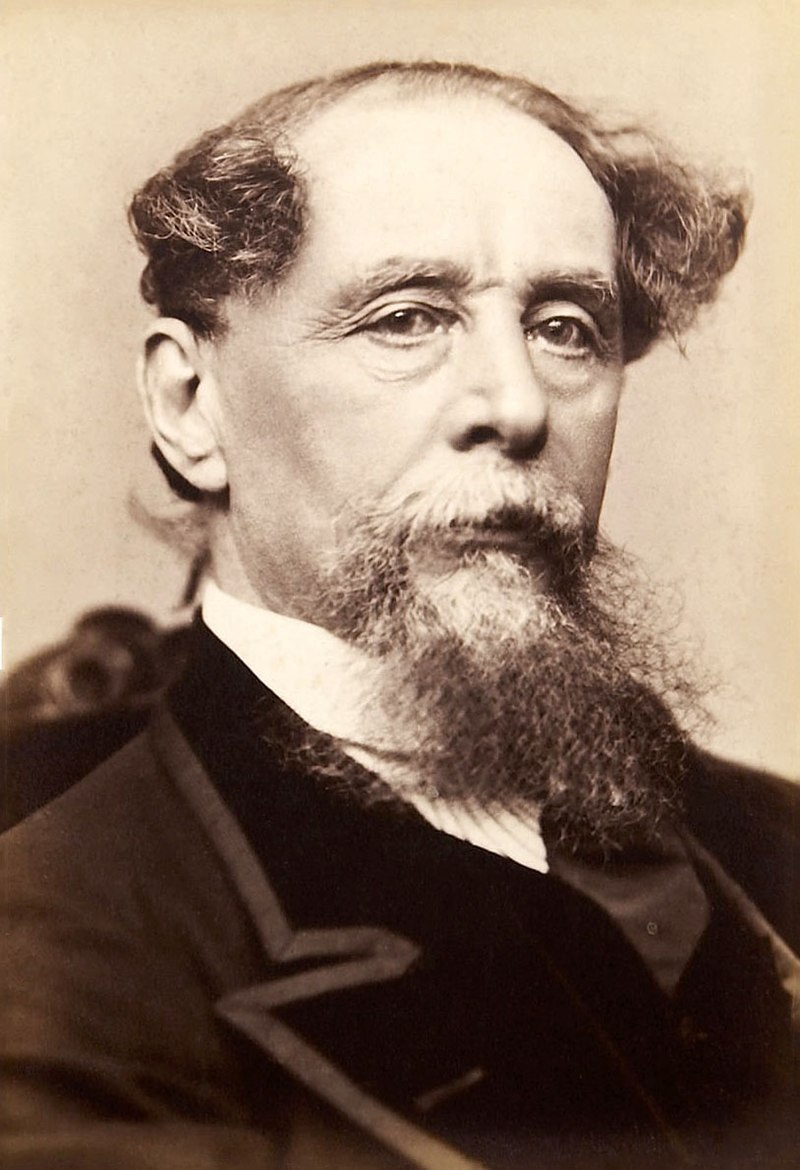

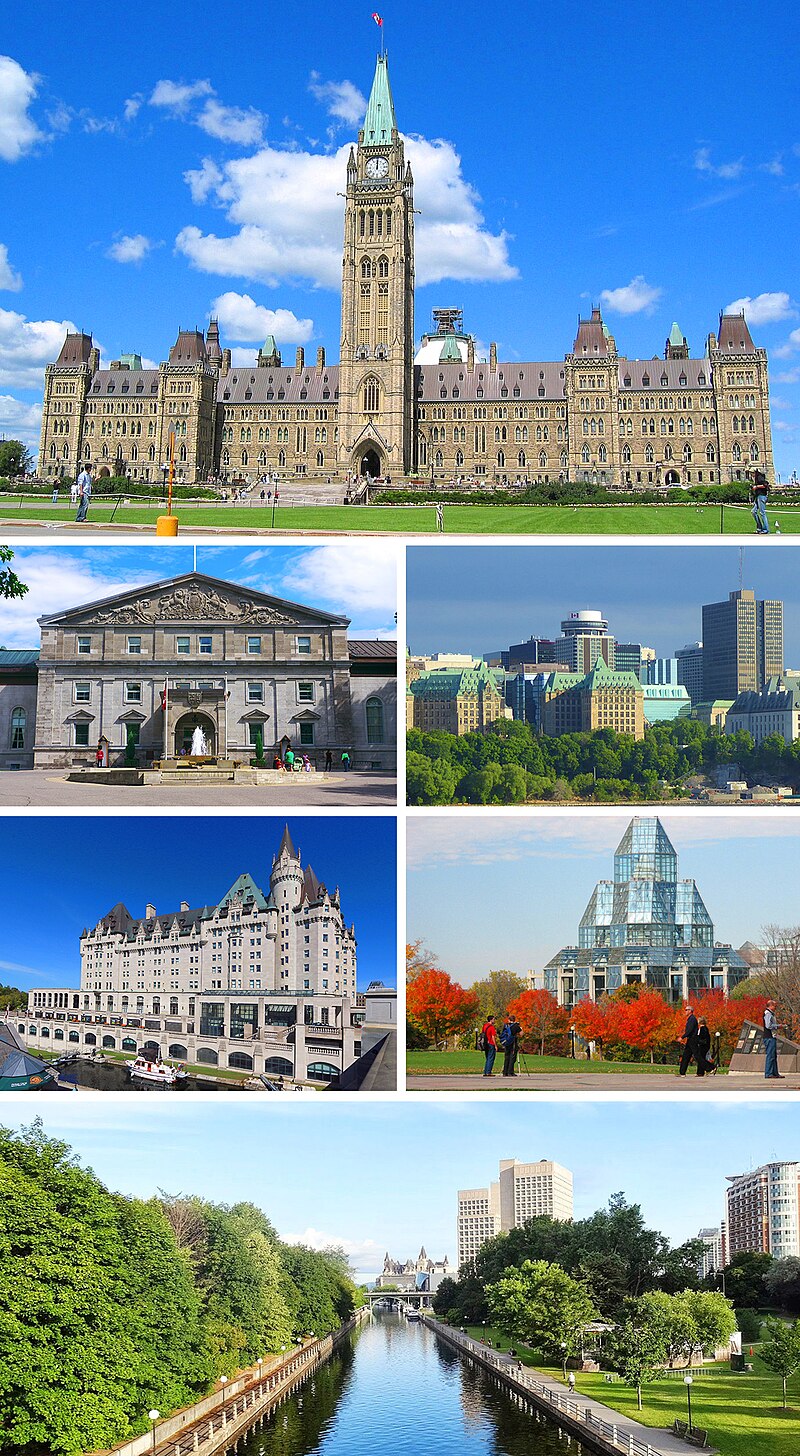


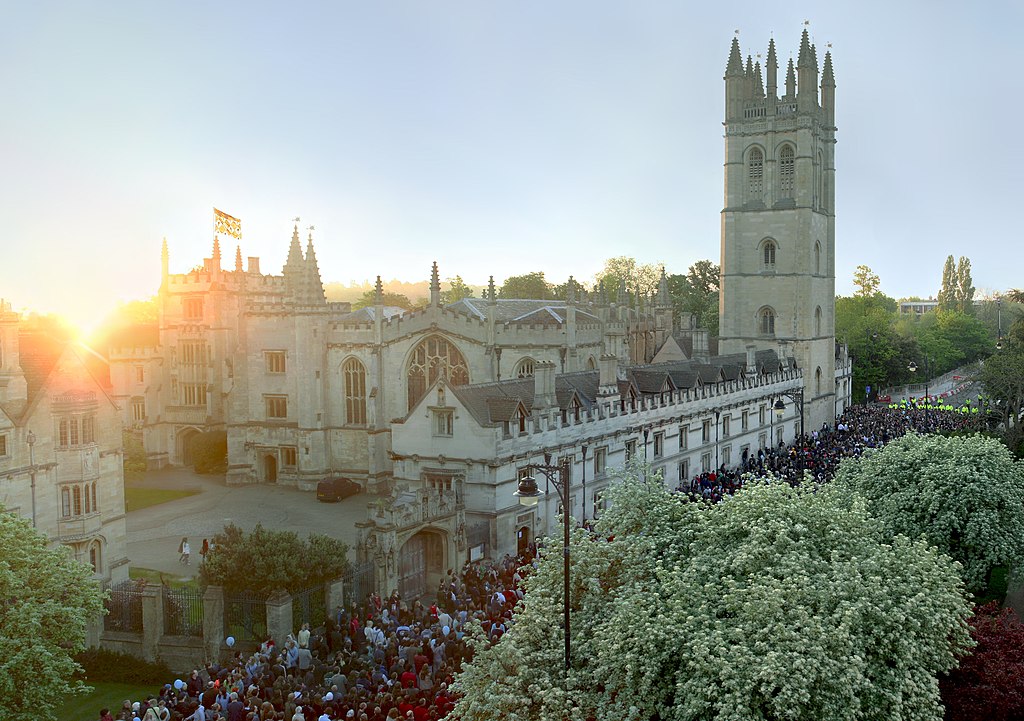

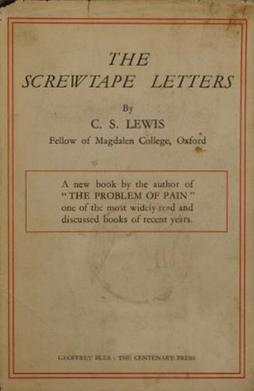






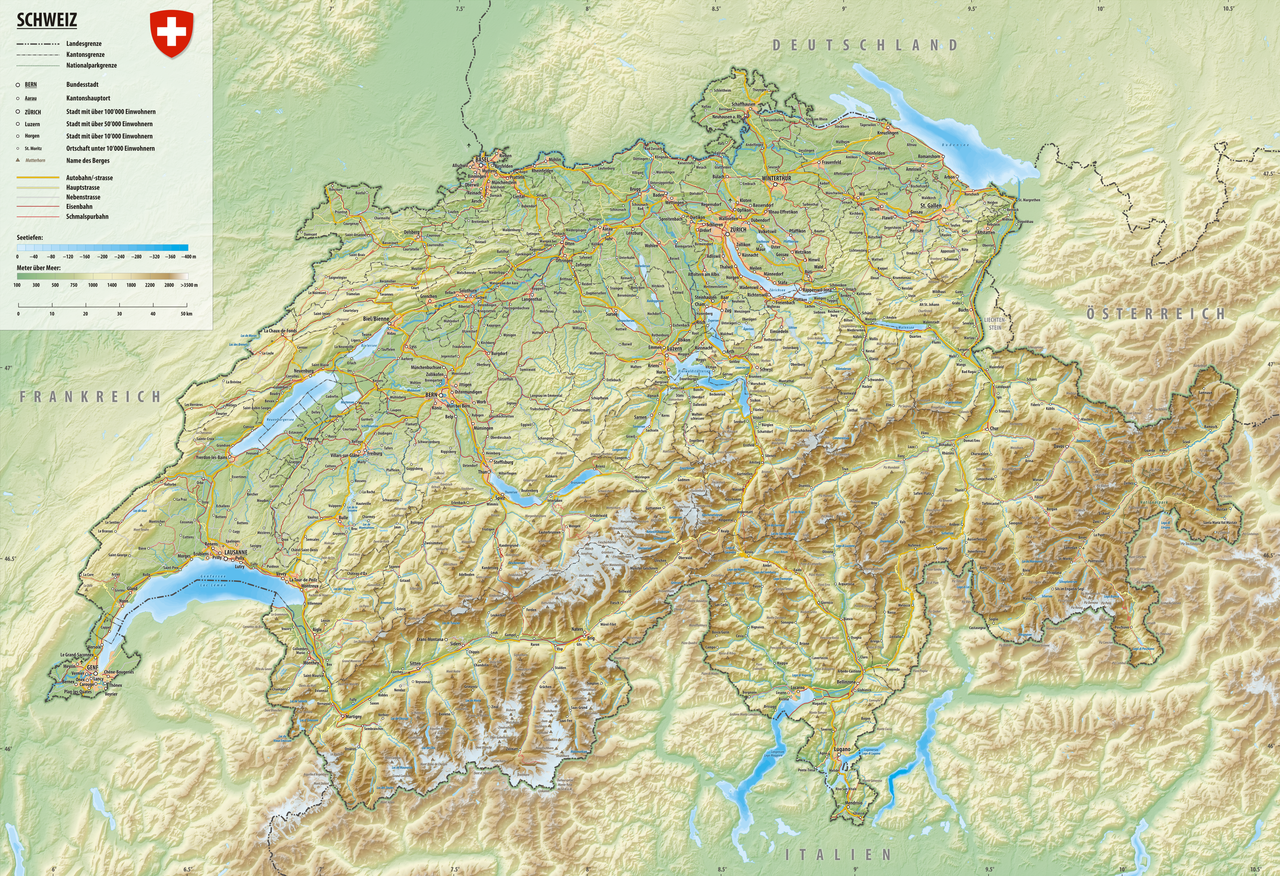
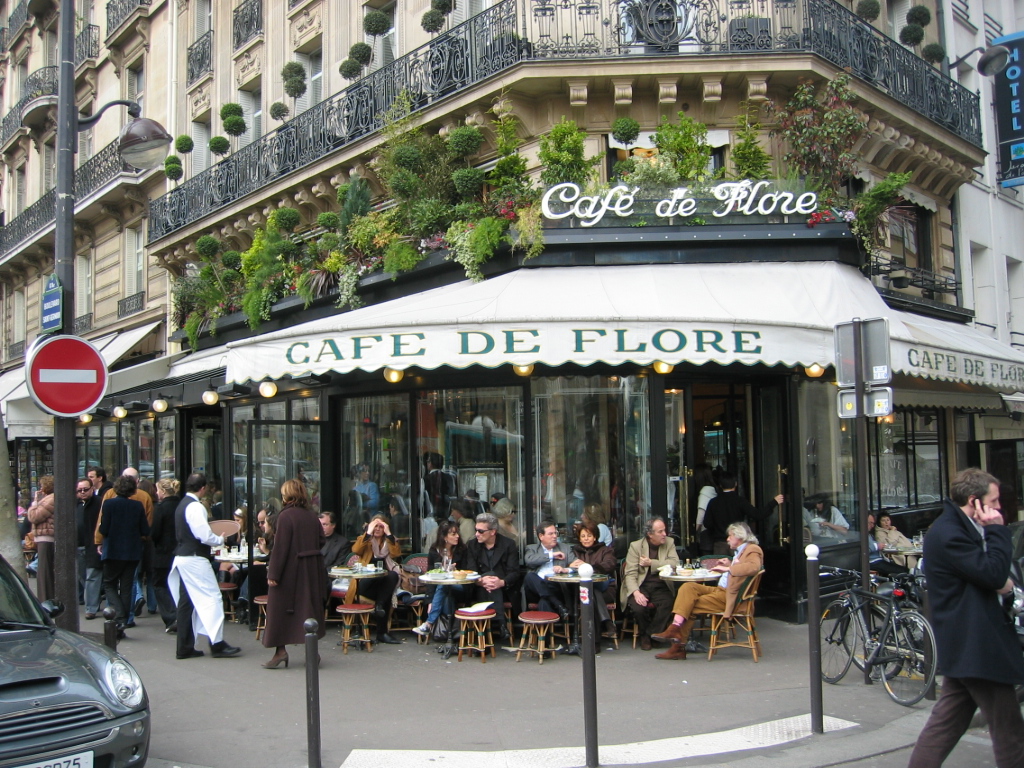


:format(jpeg):mode_rgb():quality(90)/discogs-images/R-3499969-1458956533-7155.jpeg.jpg)




:format(jpeg):mode_rgb():quality(90)/discogs-images/R-13722924-1567864239-6989.jpeg.jpg)
